
THE OCTOPUS ISLANDS MARINE PROVINCIAL PARK FATHER’S DAY FEATURE BUYING A BOAT WITH DAD REST & RELAXATION 5 PUGET SOUND MARINE PARKS WHAT’S THAT RACKET! TENNIS & PICKLEBALL COURTS OF THE SALISH SEA WEST COAST POWER & SAIL SINCE 1968 THE CENTRAL COAST SINGLE-HANDING A Practical Guide to JUNE 2023
 By Marianne Scott
By Sam Burkhart
By Marianne Scott
By Sam Burkhart
Ladysmith Maritime Society update, D’arcy Island mooring buoys installed, Monaro makes a move GALLEY Sweet Dreams and Strawberry Squares


 By Roxanne Dunn
By Roxanne Dunn
Buying a Boat with my Father
 By Nadia Dale
By Nadia Dale
JUNE 2023 - 3 JUNE
52 WHAT’S THAT RACKET! 10 boater friendly tennis/pickleball courts in the Salish Sea
ISSUE PASSAGES
LETTERS
By David Dossor EVERY
CURRENTS
REFLECTIONS
56
FAVOURED TACK
60 THE FISHING
BOARD
114 COCKPIT CONFESSION
ON THE COVER Octopus Islands Photo: Bartek Wernicki 30 38 44
THE
The Wednesday Night Refresh By Alex Fox
FIX The Future of Salmon By Tom Davis 64 ON
POWER Helmsman 43E Pilothouse By Peter A. Robson
Lonely in Laura Cove By Gordon Currie
PASSAGES
THE AFTERGUARD EDITOR Sam Burkhart editor@pacificyachting.com

ART DIRECTOR Arran Yates
Thanks Dad!
Getting into boating isn’t always easy. I regularly see people in local online boating groups asking if anyone needs crew on their boats, and not just for racing. People are looking for cruising experience any way they can get it. I see other new boat owners asking if anyone is willing to come down and show them the ropes, figuratively and literally. Thankfully, most of these requests are met with eager responses from people more than willing to offer their time and knowledge to help ease new boaters into the lifestyle.
I was fortunate to be born into a boating family. My dad moved to the West Coast from the American Midwest, lured by the romance of the Pacific Ocean. Once settled in Vancouver he started crewing in local round-the-cans races, before moving on to racing in Swiftsures and round Vancouver Island races. I have a Vancouver Sun press clipping from 1969 with a picture of two “shivering sailors.” He and a friend made the news when they capsized their dinghy off Spanish Banks in the winter and were rescued by a passing tug. Apparently, the ordeal didn’t put an end to my dad’s sailing dreams and eventually he bought a boat of his own—a 26-foot sailboat he kept in False Creek.
My first memory on the boat is delivering it from Vancouver to Otter Bay on Pender Island. It was then that my love for boating really began. Our family summers were spent cruising around the Gulf Islands—visiting ma-
rinas that are still favourites today and dropping the hook in quiet anchorages (that are mostly still quiet). In my mind there is no better way to spend a summer and I wouldn’t have those memories without my mom and dad.
But if you spend enough time on a boat, accidents are going to happen and the greatest lesson my dad taught me was to keep calm when things around you are not going to plan. It must have been late summer or early autumn and we were anchored in Royal Cove on Portland Island. The forecast was for light wind, but the wind that night was anything but light. When we started dragging anchor my dad made the decision to clear out and head across Satellite Channel to the docks at Fulford Harbour. In my memory we could barely hear the engine over the wind, but I don’t remember being scared. I knew dad would take care of everything.
When my brother and I were older my dad retired from sailing and passed the boat on to us. Thanks to years of watching him handle the boat, we were confident taking it out on our own and we cruised as far north as Toba Inlet. We rarely ran aground.
Not everyone is lucky enough to grow up on the water with a dad who is willing to pass along his boating wisdom. If your dad helped you become the boater you are today don’t forget to thank him on June 18th. And the next time someone asks for advice, pass along what you’ve learned.
–Sam Burkhart
COPY EDITOR Dale Miller
AD COORDINATOR Rob Benac
DIRECTOR OF SALES
Tyrone Stelzenmuller 604-620-0031 tyrones@pacificyachting.com
ACCOUNT MANAGER (VAN. ISLE) Kathy Moore 250-748-6416 kathy@pacificyachting.com
ACCOUNT MANAGER Meena Mann 604-559-9052 meena@pacificyachting.com
PUBLISHER / PRESIDENT Mark Yelic MARKETING MANAGER Desiree Miller GROUP CONTROLLER Anthea Williams
ACCOUNTING Angie Danis, Elizabeth Williams
CONSUMER MARKETING Craig Sweetman CIRCULATION & CUSTOMER SERVICE Roxanne Davies, Lauren McCabe, Marissa Miller
SUBSCRIPTION HOTLINE 1-800-663-7611
SUBSCRIBER ENQUIRIES: subscriptions@opmediagroup.ca
50%
4 - JUNE 2023
SUBSCRIPTION RATES One year Canadian and United States: $48.00 (Prices vary by province). International: $58.00 per year. Editorial submissions: Submissions may be sent via email to editor@pacificyachting.com or via mail with a self-addressed, stamped envelope. Queries are preferred. The publisher assumes no responsibility for lost material. From time to time, we make our subscribers’ names available to reputable companies whose products or services we feel may be of interest. To be excluded from these mailings, just send us your mailing label with a request to delete your name. Printed in Canada
undeliverable Canadian address to Circulation Dept. 802-1166 Alberni Street Vancouver, BC V6E 3Z3 Canada Contents copyright 2023 by OP Media Group Ltd. All rights reserved. ISSN 0030-8986 802-1166 Alberni Street Vancouver, BC, Canada V6E 3Z3 Tel: (604) 428-0259 Fax: (604) 620-0245
Return
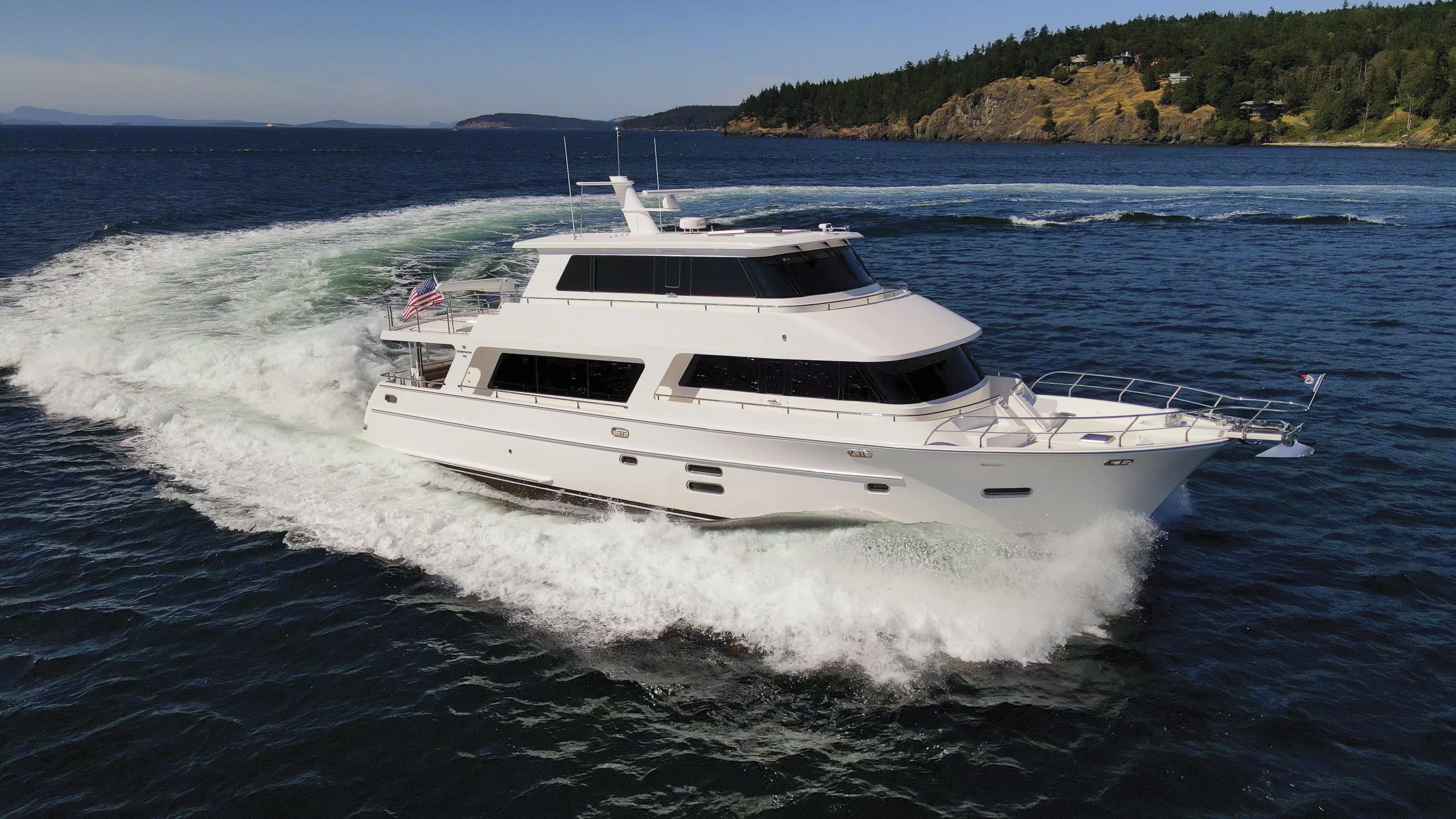
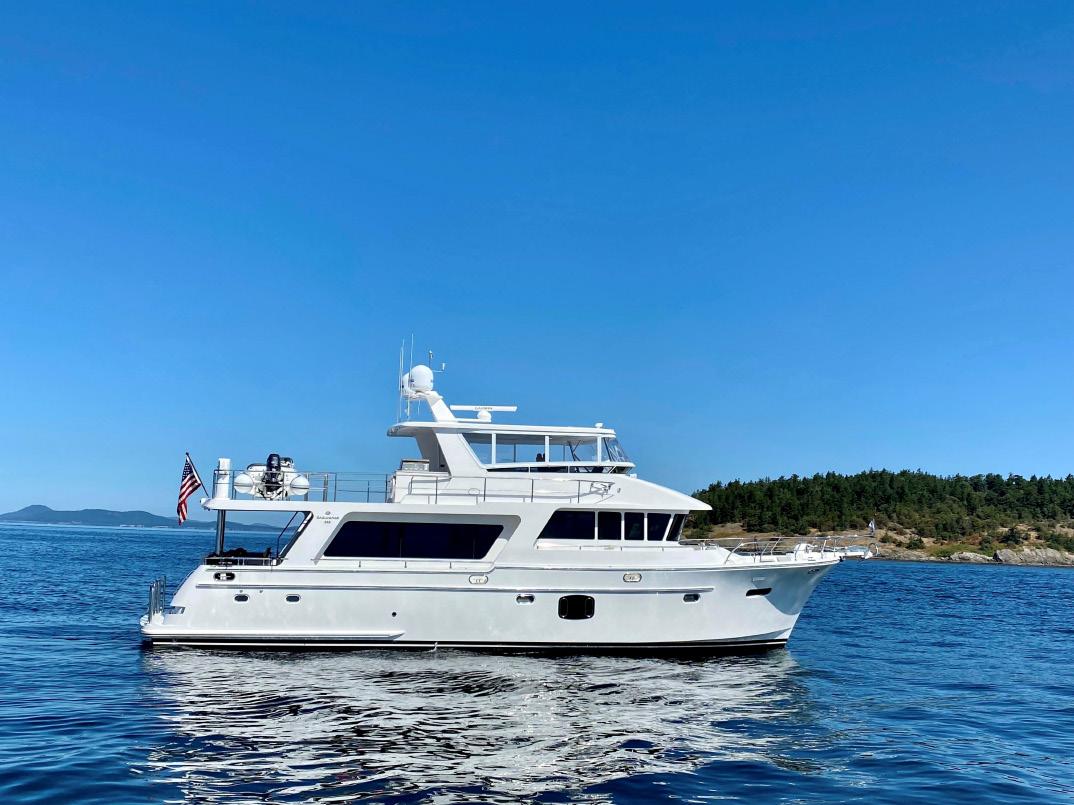
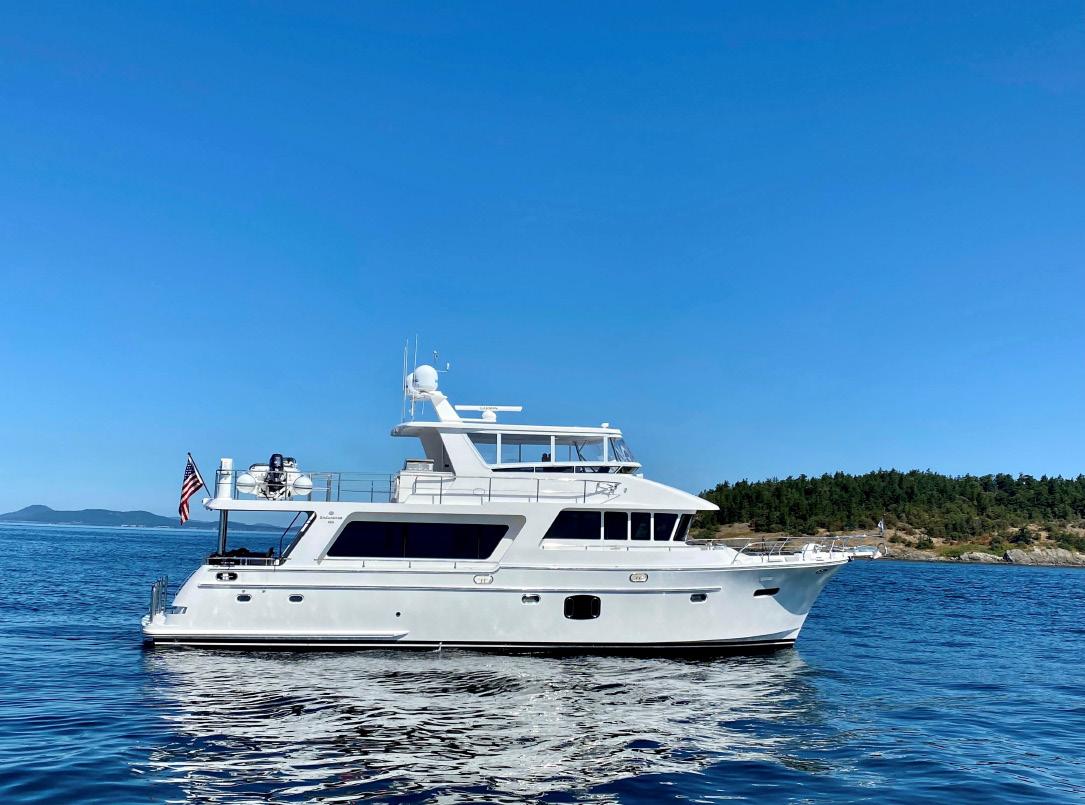


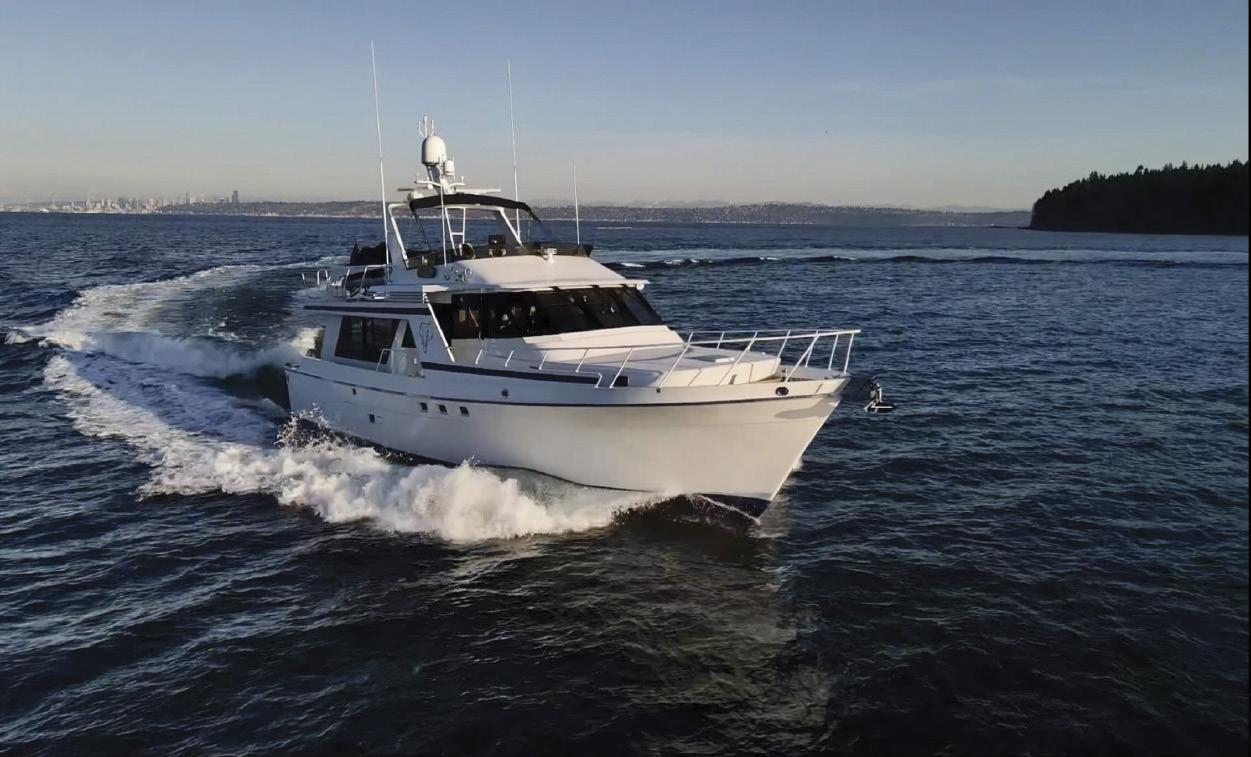
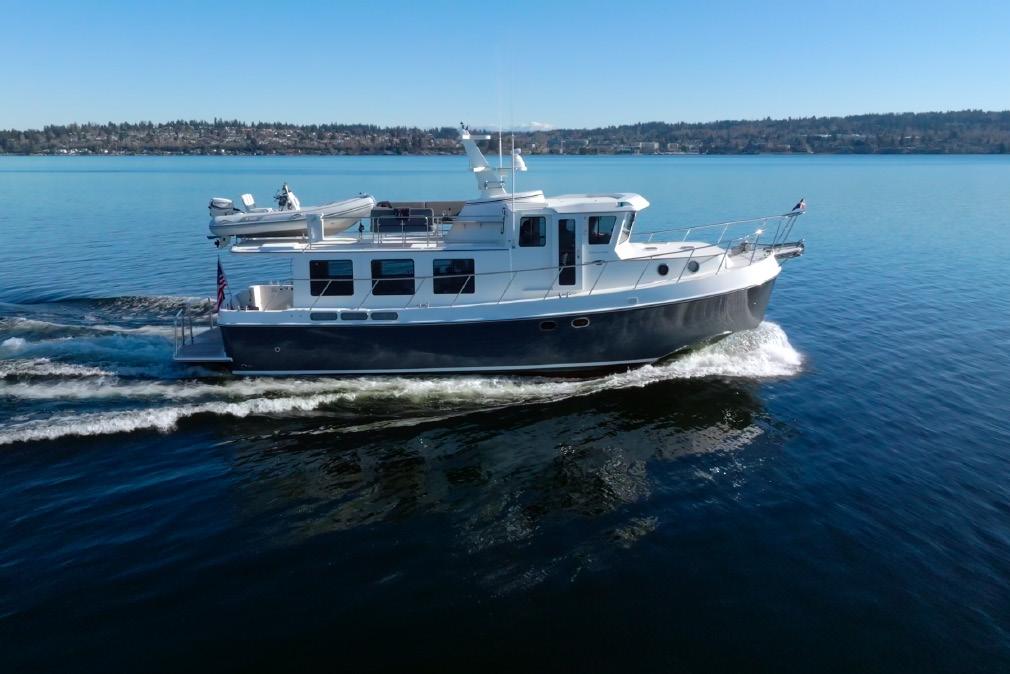
63’ Nordlund 1990 YOUR EXCLUSIVE HAMPTON & ENDURANCE PACIFIC NW DEALER 65' Endurance 2017 & 2020 49’ American Tug 2016 4 Stateroom / 6 Head Layout • New 20’ Beam Forward Galley • Aft Deck & Skylounge Day Heads Open Main Level • Full Crew Quarters New Master Double Sink Layout 901 FAIRVIEW AVE N #A150 | SEATTLE, WA 98109 SEATTLE@HAMPTONYACHTGROUP.COM | 206.623.5200 | WWW.HAMPTONYACHTGROUP.COM SOLD • ORDER YOURS TODAY More Listings Available at Our Docks
LETTERS
LEFT HANGING
I admit I am a snowbird, leaving the great Northwest for a sunny winter respite. One of my joys is to return to all the copies of PY that have accumulated in my absence. A case in point is the “Season’s Greetings” PASSAGES story in December, featuring your new student. When the outboard would not produce coolant water, what happened? You put on your mechanic’s hat and googled videos for a solution. A great idea when you have access to wifi. You had me on the edge of my chair waiting for the ‘toothpick up the drain hole’ solution, or the ‘pull the hose off’ to see if the engine was pumping water, but you left me hanging. Remember the COCKPIT CONFESSION story, (Good Seamaritan) about the rescue of a boater in Active Pass losing both engines due to a closed air vent that was never reopened after refuelling. Simple things. Try them first.
—Greg Mason
Hi Greg,
I’m glad you were so invested in the story! I couldn’t agree more when it comes to engine maintenance: Start simple. The first thing I try when the outboard isn’t producing coolant water is clearing the outlet. In the past I’ve used bits of wire, a sailmaker’s needle, a toothpick and a slim finishing nail—whatever is at hand. If this gets the water flowing then we are back in business. In the case of my “student” the issue was beyond our amateur abilities and the professionals were brought in to replace the impeller.—Eds
LADYSMITH STORM WARNING
The Ladysmith Maritime Society (LMS) recently learned that the Crown Water Lot Lease DL2016 held by the Town of Ladysmith, and operated by the Ladysmith Maritime Society, is being transferred to the Stz’uminus First Nation. LMS has existed for 37 years. A letter from the Town of Ladysmith dated April 11, 2023 has confirmed the society’s eviction by December 31, 2023. LMS is ordered to remove its assets by year’s end. Just like that! The lease was originally dated to 2029. Within a week this has evolved into a hairball of litigation and the usual political pandering and parochial confusion. It is part of the First Nations reconciliation process instituted by our provincial government. This, however, is a pre-emptive strike.
The marina has 168 individual moorage slips, 960 feet of guest moorage and several privately-owned boat houses. There is metered power and domestic water on all the docks. LMS also has an outstanding clubhouse which provides guest washrooms and laundry facilities, meeting rooms, a restaurant and a dining area. There is also a sanitary pump-out system on the guest dock. It is a world-class facility, well known throughout the Pacific Northwest as a group rendezvous destination. That calendar for this year is almost completely blocked-in with reservations. It is used as a rest stop for provisioning and visiting the shops, restaurants and pubs of our lovely little town which boasts an award for the “Finest Mainstreet in Canada.” LMS is a gateway to the community and a
prime asset for the entire downtown. LMS hosts several public events throughout the year and makes it clear that the marina is part of the general community. The marina provides a small museum and offers harbour tours in restored vintage boats. There are also features especially for children. The entire facility has evolved as something which LMS is eager to share with everyone. The thousands of hours of volunteer labour, pride and love are clearly not for exclusive use of select local boat owners. The provincial grant that LMS was receiving to expand the floating museum and also commission a First Nations artist has been returned because of the society’s uncertain future. That’s $320,000 lost from community infrastructure and local tourism development.
Mr. Ray Gauthier, CEO of the Coast Salish Development Corporation [CSDC] is quoted as asking why the society would resist an aggressive sudden assault on their endeavour which has proven to be a model of what happens when people work together. He would do well to study what they have achieved. It is incredible that those who represent the leadership of political entities, both the Town of Ladysmith and the local First Nations, should demonstrate such crass ignorance of basic protocols. Doesn’t reconciliation encompass mutual satisfaction and goodwill? The LMS, simply wants to maintain its role as the jewel of Ladysmith Harbour. For the time being, they continue to welcome you to our marina and our town.
—Fred Bailey
6 - JUNE 2023
06/2023
Send your letter, along with your full name, and your boat’s name (if applicable), to editor@pacificyachting.com. Note that letters are selected and edited for brevity and clarity.
WE WELCOME YOUR LETTERS
VANCOUVER ISLAND’S LARGEST MARINE DEALER
VANCOUVER ISLAND’S LARGEST MARINE DEALER






























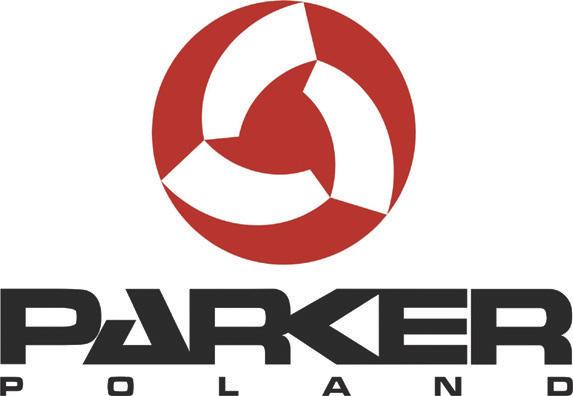
Over 36 Years in Business
Over 36 Years in Business
OVER 80 BOATS & 150 INFLATABLES
OVER 80 BOATS & 150 INFLATABLES
OVER 40 YEARS IN BUSINESS
IT’S A BOAT SHOW EVERY DAY AT SHERWOOD MARINE CENTRE!
IT’S A BOAT SHOW EVERY DAY AT SHERWOOD MARINE CENTRE!
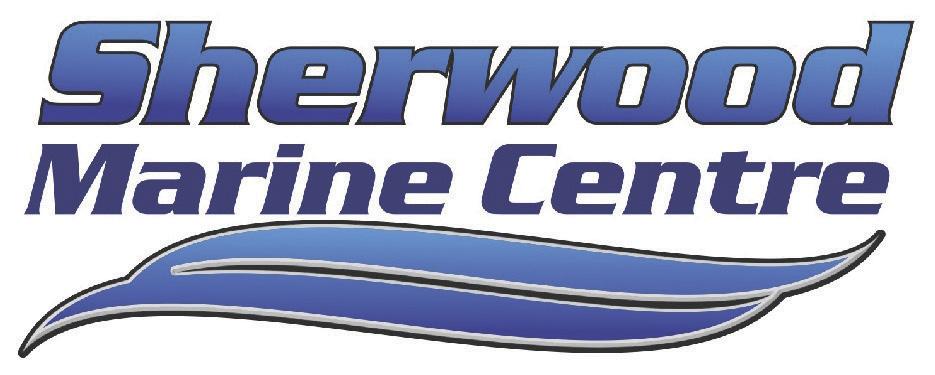
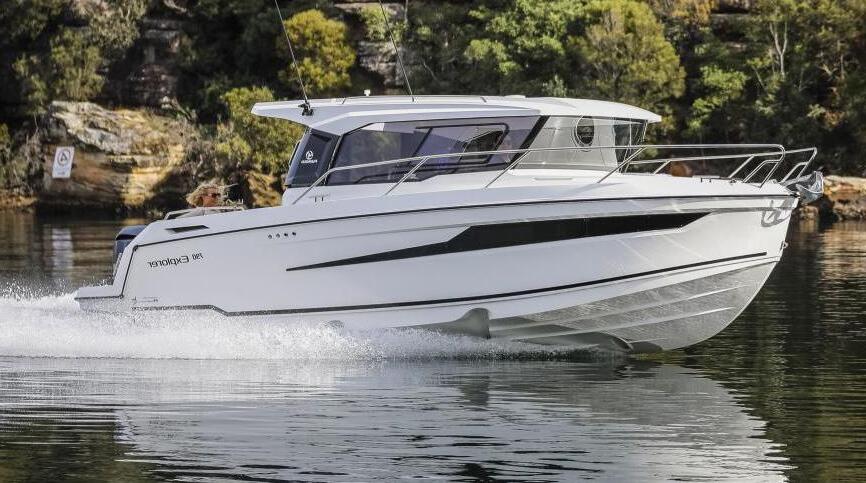
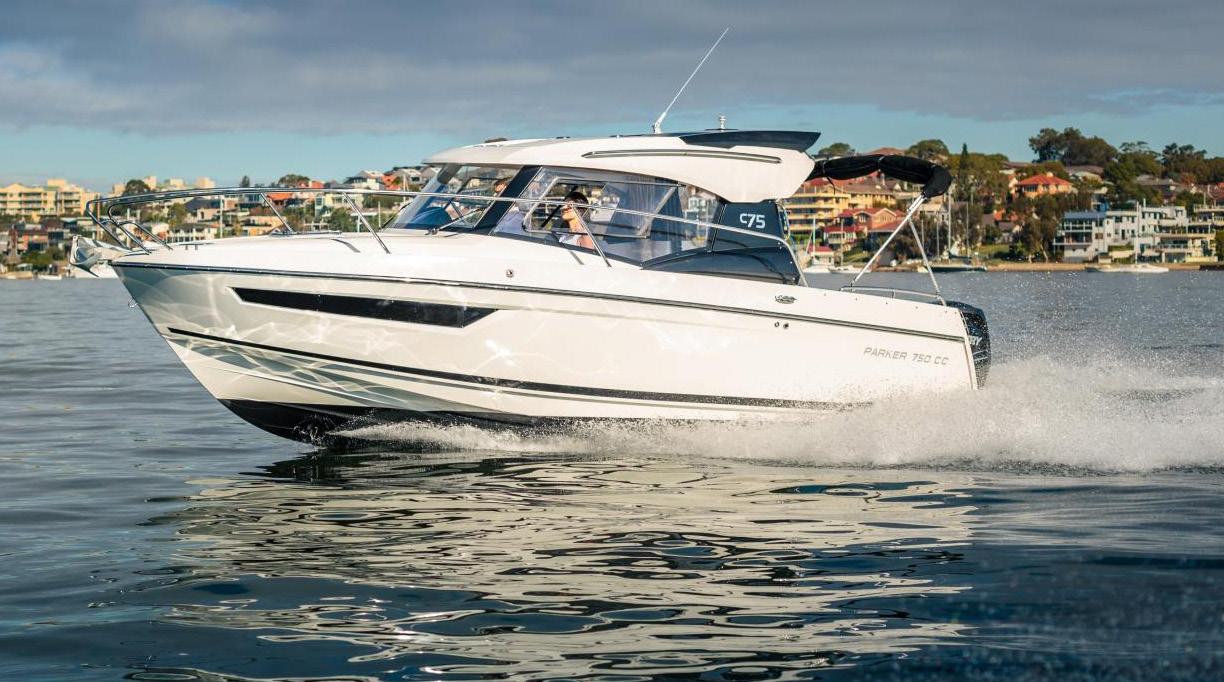
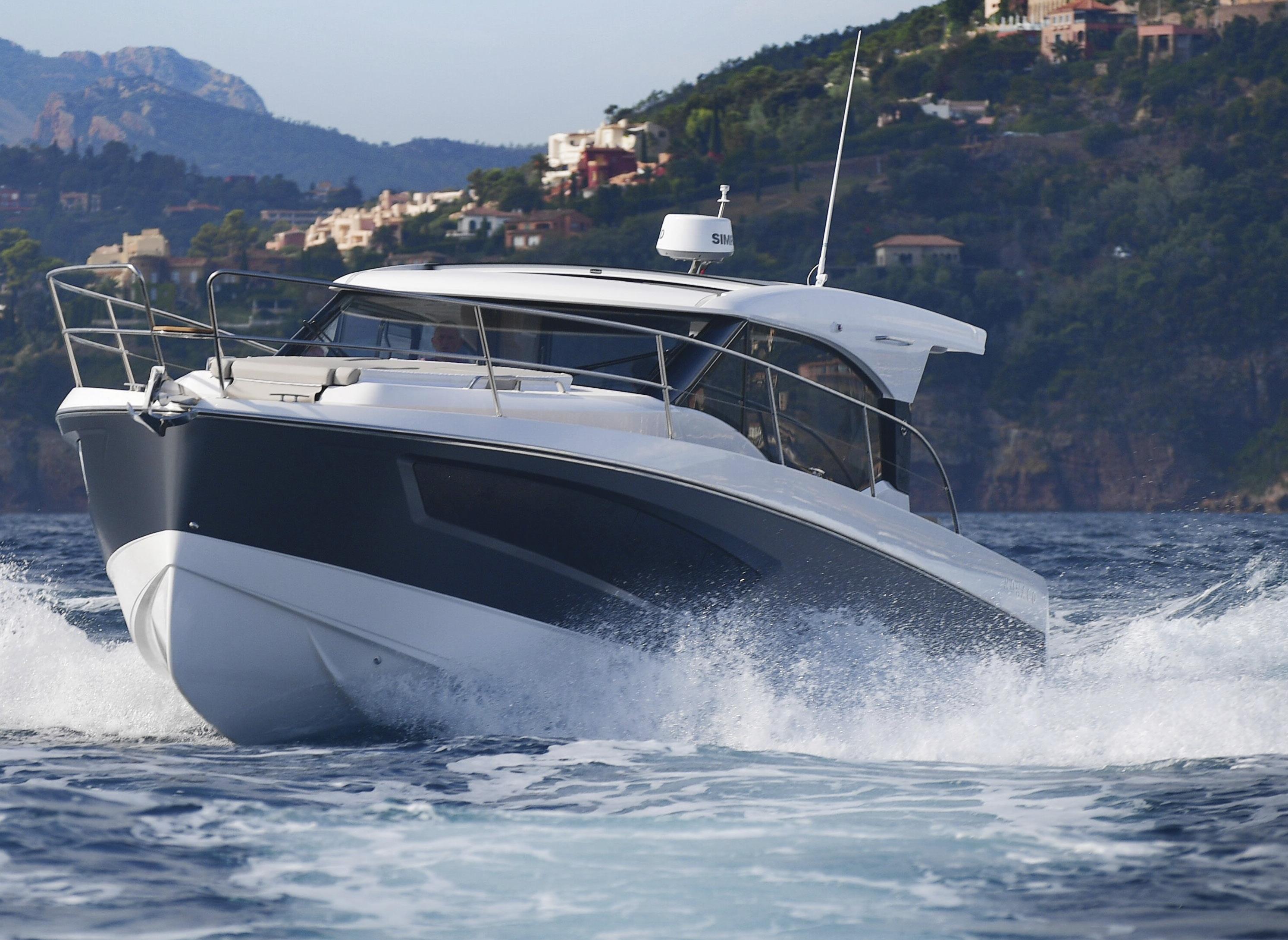
LOTS OF BOATS, INFLATABLES, AND TRAILERS IN STOCK















6771 OLDFIELD ROAD (OFF KEATING X RD) 250.652.6520 | 1-877-652-6979 BOATS | OUTBOARDS | TRAILERS | ACCESSORIES | SERVICE LIFE’S BETTER ON A BOAT VISIT SHERWOODMARINE.COM PROUD TO BE YOUR WEST COAST PARKER POLAND DEALER 6771 OLDFIELD ROAD, VICTORIA, BC - TOLL FREE: 1-877-652-6979 - SHERWOODMARINE.COM Find Us On Facebook
IN STOCK
6771 OLDFIELD ROAD, VICTORIA, BC - TOLL FREE: 1-877-652-6979 - SHERWOODMARINE.COM Find Us On Facebook
IN STOCK
WE ENCOURAGE CURRENTS SUBMISSIONS
In September 2022, a new reconciliation agreement between Stz’uminus First Nation (STN) and British Columbia set out a plan that provides $10 million over five years to support Stz’uminus-led remediation in areas of Ladysmith harbour with the goal of supporting the Nation’s land acquisition and management plans within the harbour. Not long afterward, the Ladysmith Maritime Society (LMS), a non-profit organization that manages and operates Ladysmith Community Marina, was informed by the Town of Ladysmith that they need to vacate the site and remove their infrastructure by the end of December 2023.
Richard Wiefelspuett, executive director of LMS, told Pacific Yachting that the Ladysmith Maritime Society fully supports reconciliation and the transfer of the water lot (which

has not yet occurred) to the Stz’uminus First Nation. He also believes the interests of all parties are best served with a strong working relationship between SFN and LMS. However, the society’s current agreements to use the water lot and the town’s current lease weren’t set to expire until 2029, and a new operating arrangement between SFN’s Coast Salish Development Corp. and the society has not yet been reached.
The complex but important work of reconciliation that includes LMS (which, according to the BC Boating Association, may play out between other marinas and Nations across the province) will be precedent setting. This is all the more reason to work through the process in a slow and methodical way, to ensure that everyone’s rights are respected says Wieflespuett.
8 - JUNE 2023
This is a local news-driven section. If something catches your attention that would be of interest to local boaters, send it along to editor@pacificyachting.com. CURRENTS 06/2023
NEWS
MARINA
CURRENTS
The Future of the Ladysmith Maritime Society is in Question as Water Lease Shifts to Stz’uminus First Nation
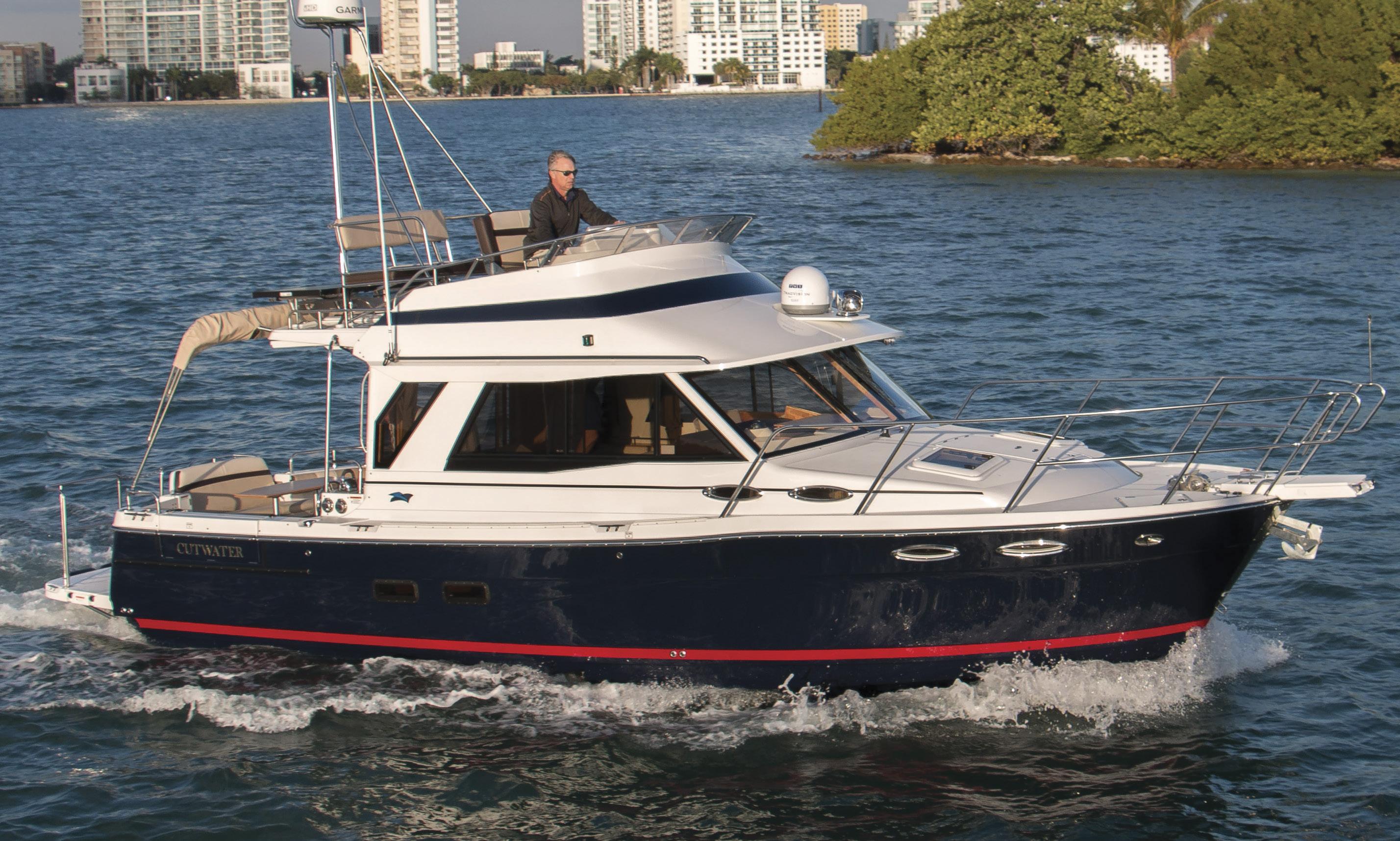



5410 Argyle Street, Port Alberni, BC Canada (Vancouver Island) Cell: 250-720-1376 | 250-724-5754 | 1-877-283-BOAT (2628) sales@portboathouse.com | www.portboathouse.com THE CUTWATER C-30 CB
THE R-29 CB PORT BOAT HOUSE PBH
THE CUTWATER FLEET INCLUDES THE FOLLOWING MODELS: C-24, C-24 WA, C-28, C-30 S, C-30 CB, C-32 & C-32 CB THE RANGER TUGS FLEET INCLUDES THE FOLLOWING MODELS: R-23, R-25, R-27, R-29 S, R-29 CB, R-31S, & R-31 CB
The water lot in question has $5 million worth of docks and other infrastructure, which have been added over the years through donations and grants and worked on by volunteers. According to Wiefelspuett, it’s also a thriving community hub; and is home to multiple liveaboards and provides annual and transient moorage to a wide range of locals and visitors. A recent open house hosted by the society attracted an estimated 800 people—and while LMS had few answers, their presentation reiterated their support of the water lot transfer and the hope that it can be done

in a way that respects their rights as a society.
Stz’uminus First Nation chief John Elliot also met with Ladysmith mayor Aaron Stone and Kelly Daniels, president of LMS to discuss the issues. Chief Elliot, who was recently reelected along with a new council, told Pacific Yachting that the Nation would need a little more time to get caught up in order to get the right information out to the community.
This is a developing story and Pacific Yachting will continue to stay in touch with the stakeholders.
—Diane Selkirk
Mooring Buoys Installed at D’Arcy Island
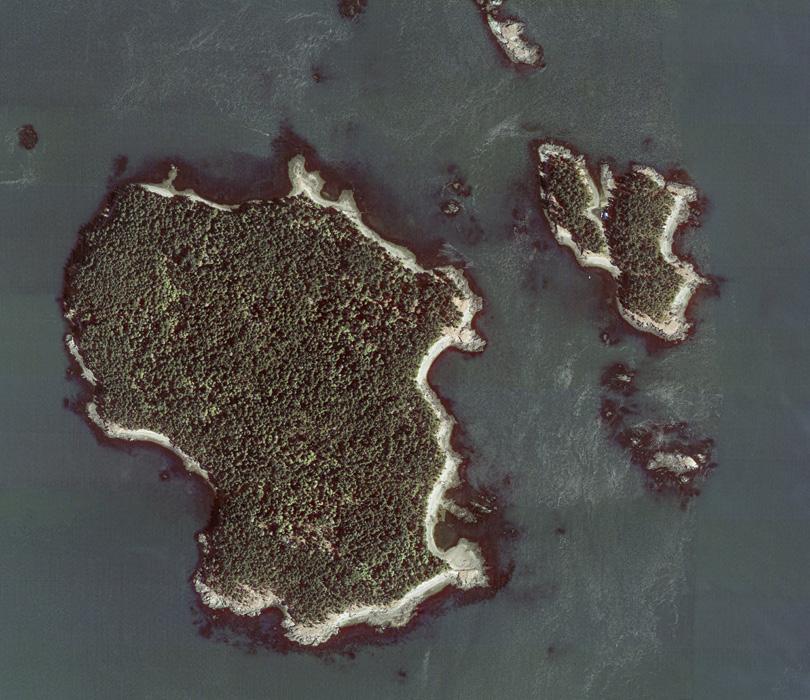
Two new mooring buoys have been installed in the Gulf Islands National Park Reserve in the vicinity of D’Arcy Island, which lies between Sidney and Victoria in Haro Strait. Once a leper colony 100 years ago—it now invites visitors ashore to explore its interesting but sad past. These mooring buoys will enhance access as the anchoring is difficult due to rocks and kelp with tidal currents and winds complicating matters. Day visitors may tie up free of charge while visiting.
The BC Marine Parks Forever Society (MPFS) has funded this project which has been fulfilled by Parks Canada. The MPFS has existed for 30 years and has contributed to the acquisition of desirable anchorages that have expanded the system of marine parks in BC that we enjoy today. Additionally, the MPFS has enhanced environmental protection and improved safety by installing stern tie pins in many Salish Sea anchorages. Go to bcmpfs.ca for more information on the MPFS. Visitors to Gulf Islands National Park Reserve can get information at pc.gc.ca/pn-np/bc/gulf
10 - JUNE 2023 06/2023
MARINE PARKS
D’Arcy Island
Mooring Buoys
Quarter-inch-thick hull. Eight-foot-wide bottom. Pair this boat with twin engines, and you have the recipe for safety that professionals and family fisherm



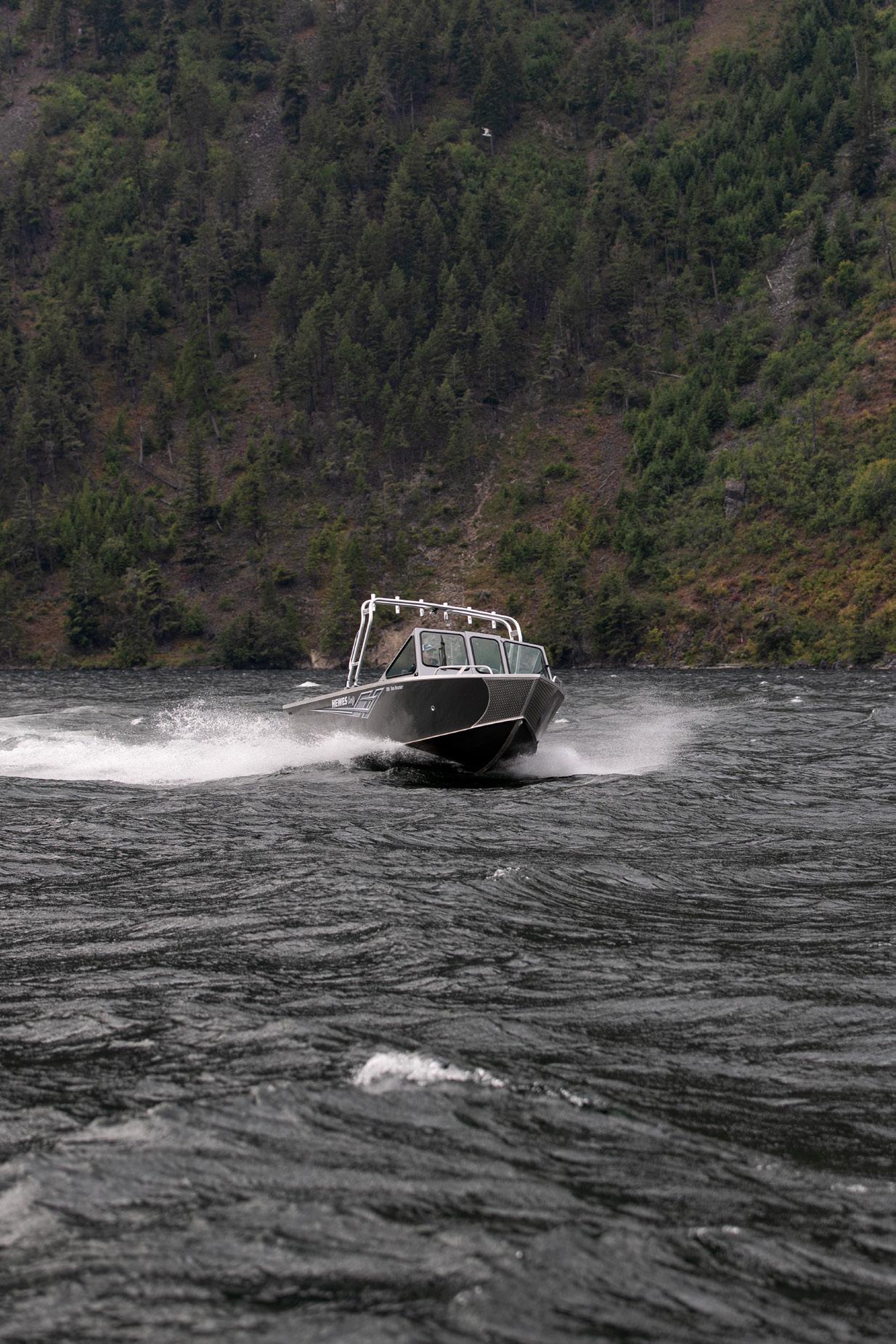
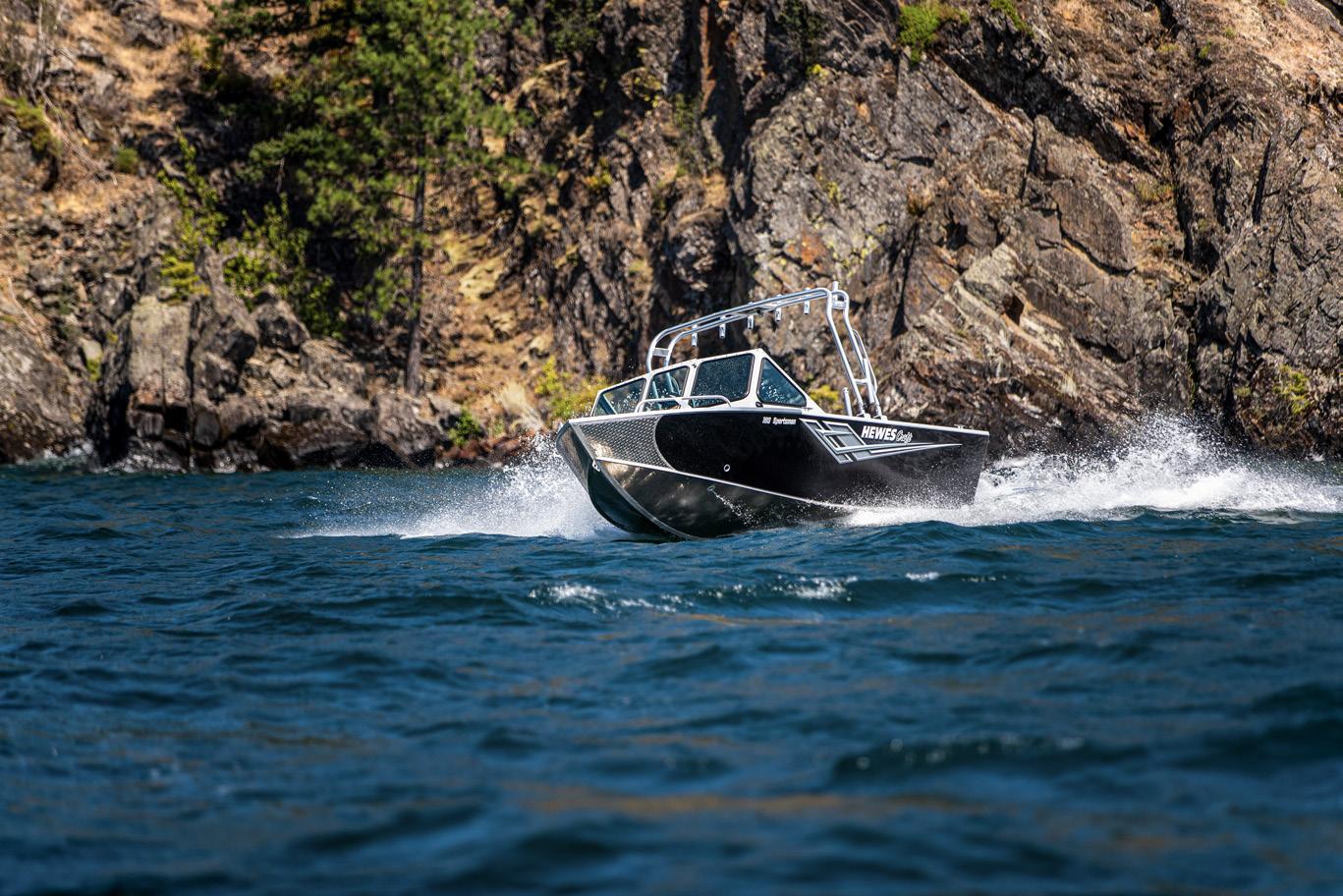
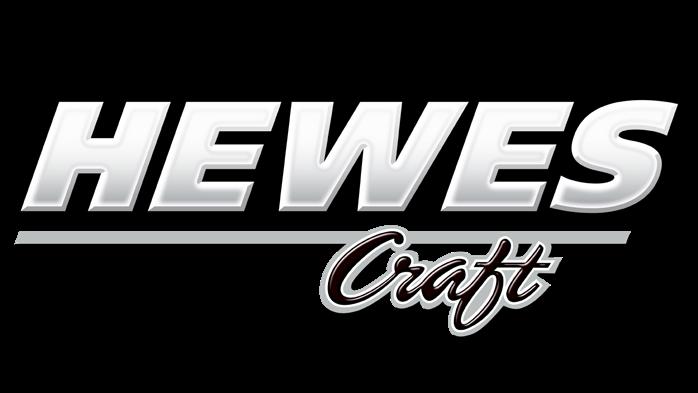


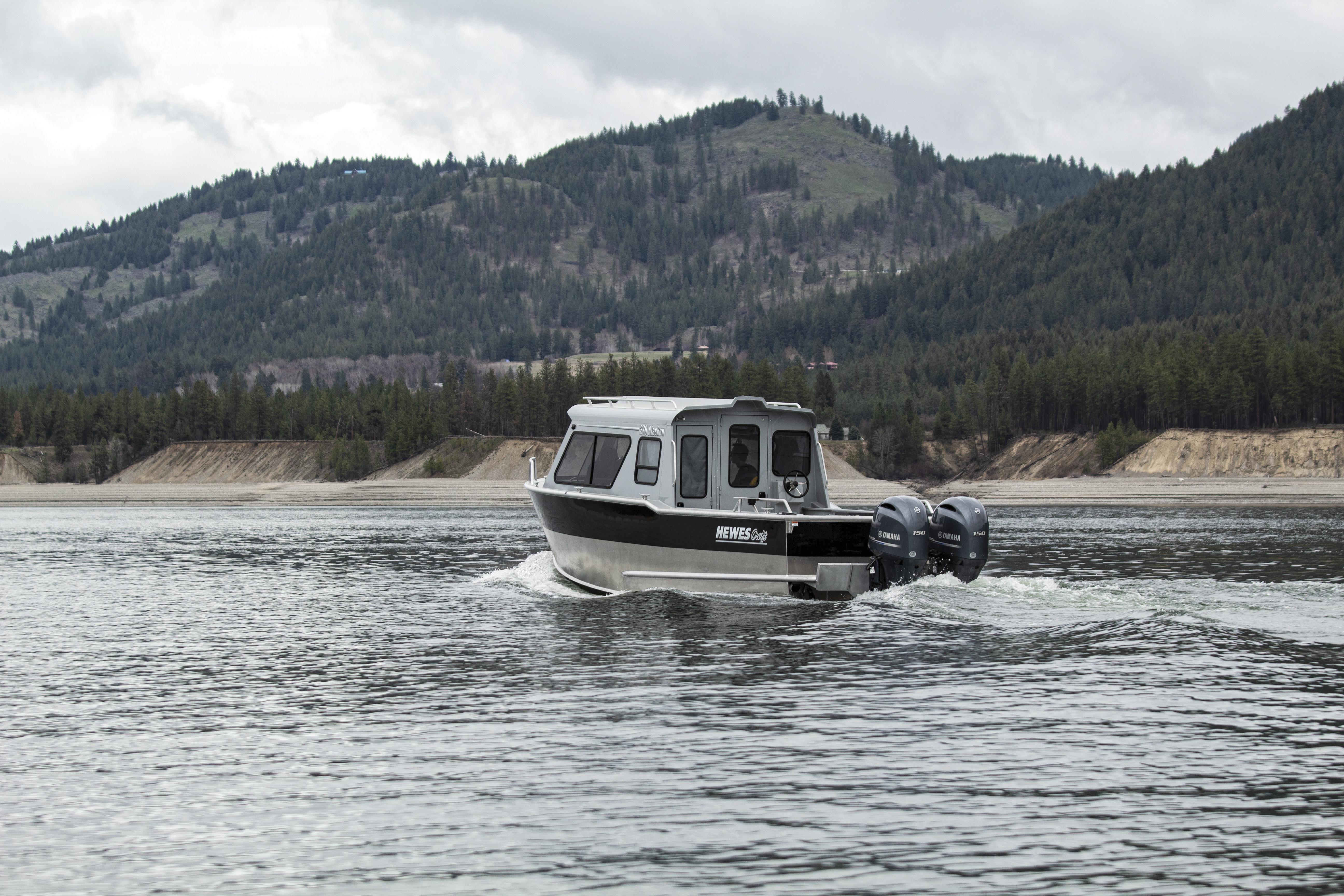
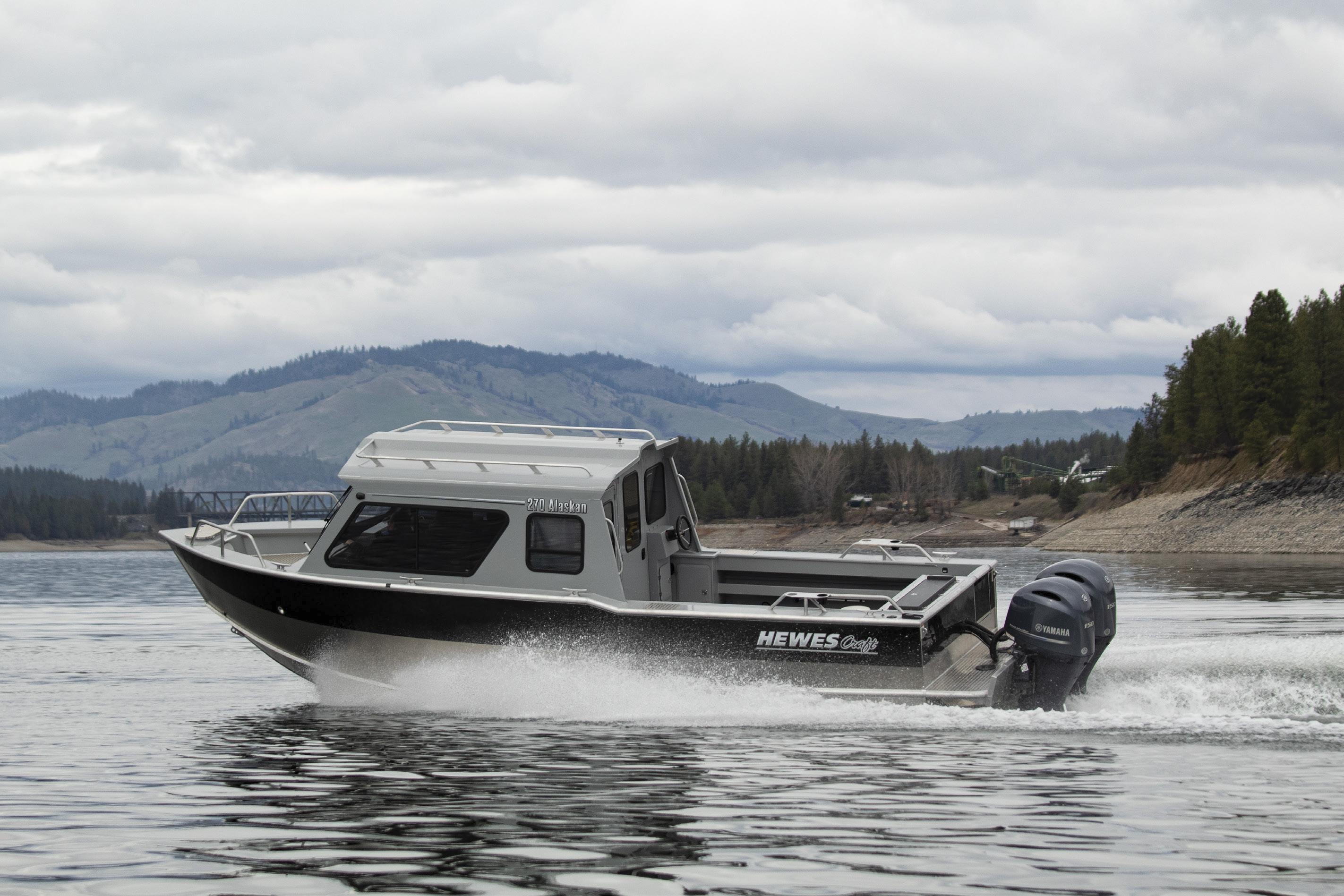

ALASKAN 250
270
|
1462 Mustang Place Port Coquitlam, BC V3C 6L2 Phone: 604.461.3434 Open Tuesday-Saturday 9:00AM
Closed Monday& Sunday
- 5:30PM
Sea Runner Pro V
Monaro Makes a Move
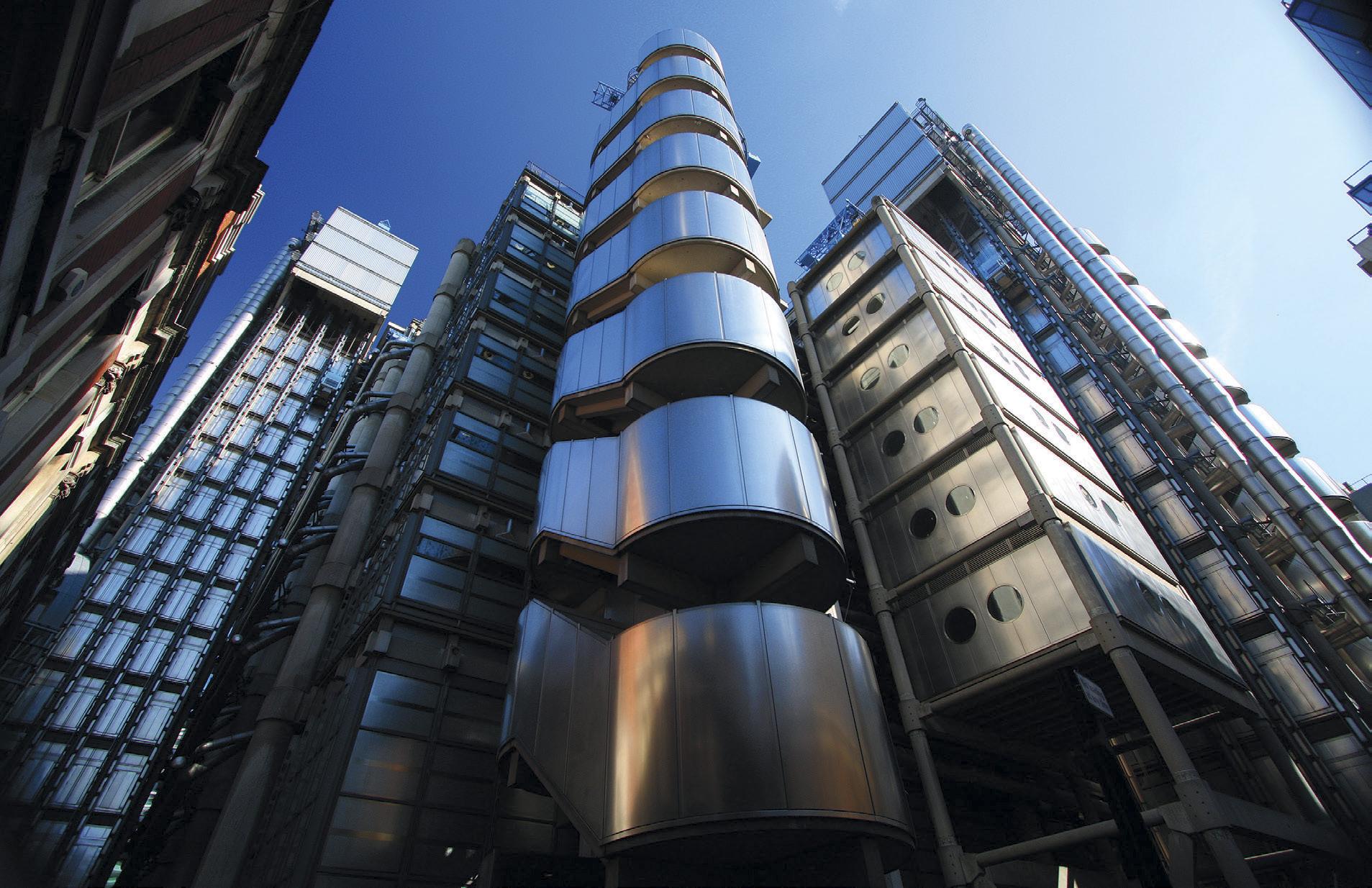
Local powerboat builder, Monaro Marine, has a new location. It had been in its current location in Richmond since 1995. It will now be operating its business out of the Bridgeview Marine building on River Road in South Delta. The new location is smaller than its recent address and there will be a more compact range of equipment.
Monaro began operations in 1975 when owner and founder Dan Parker decided to build a quality boat for a very select market. Boat buyers soon recognized the quality and design of Monaro boats and over the years they
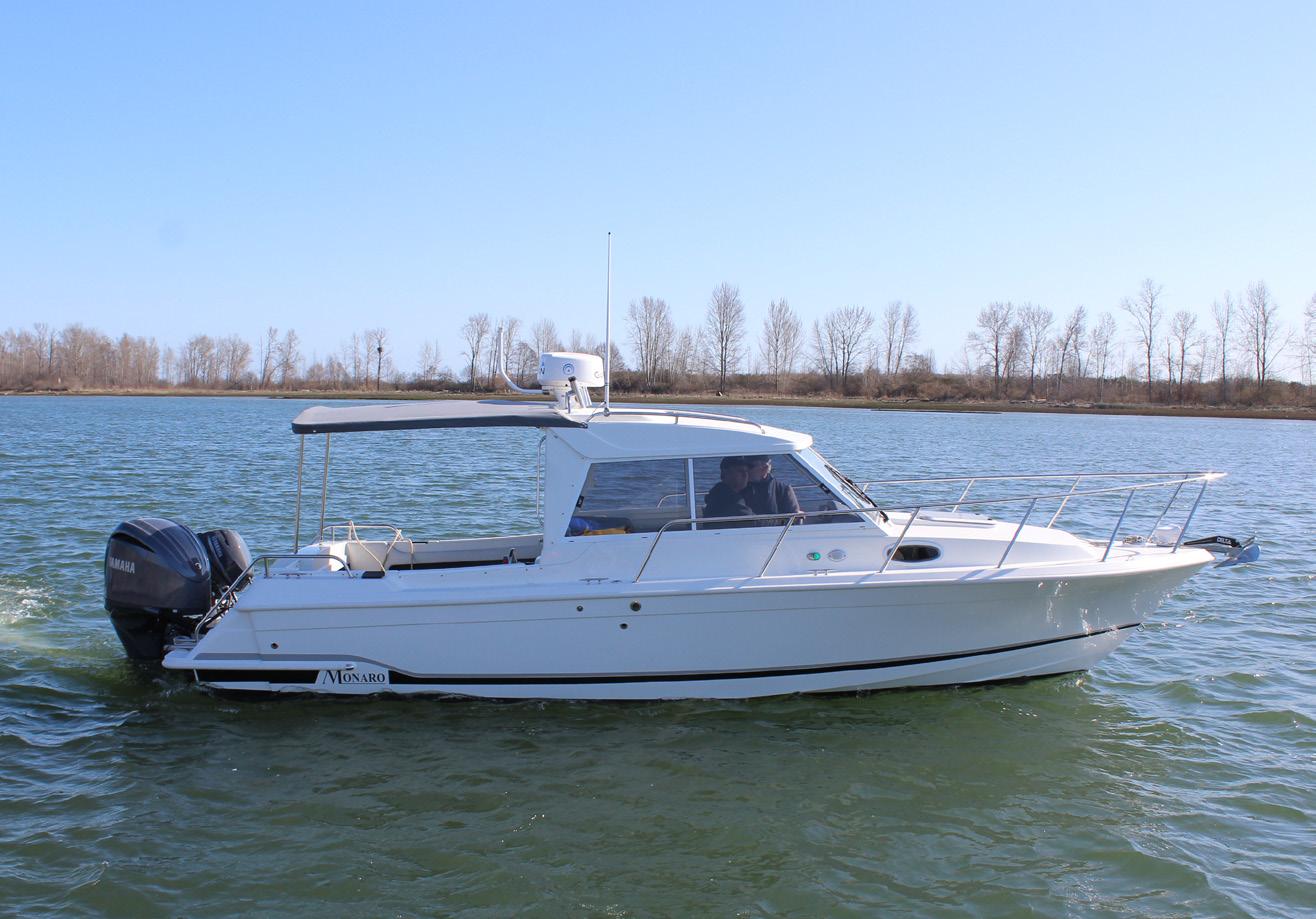
went from well-built 21-footers to larger and more sophisticated models up to extended versions of the various models. The company has built many boats during its years in business, specifically 21, 24, 25, 27 and 29-footers, including hardtop and convertible versions of most models. Many soft-top models have been converted to hard tops over the years. That process will continue and Dan will still be available to consult
with boat owners requiring upgrades, modifications and input on boat design and equipment.
The Monaro line of boats includes a couple of very special models. For example, a 24-footer and a 27 were built for a client in the Arctic. The 27 was delivered by way of a trip all the way up the Mackenzie River to the Northwest Passage and beyond to Resolute Bay.

12 - JUNE 2023 06/2023
PHOTO: DANIEL JONSSON
NEWS
Dan Parker, going into semi-retirement, is handing over the management and running of the business to his son Brad who has been involved with the manufacture and sale of Monaros for about 17 years. He has a civil engineering background and will continue to be involved in design and new technology. To that end, he utilizes a CNC machine for the design and cutting of components used in the structure of the boats. The system focuses on a number of elements including modifying the dash, especially where, for example, engines are upgraded.
Existing owners are invited to make arrangements to visit the new facility when changes and improvements are needed in their boats. Monaro is one of the few fibreglass boats still being built in Western Canada. There is a basic launch ramp near the new office loca-

tion alongside the Fraser River.
As a former owner of two Monaros, a 21 and then a 27, my wife and I have cruised the coast extensively, including multiple circumnavigations of Vancouver Island and trips to the south end of Puget Sound and as far north as Ketchikan, Alaska.


Our Monaros never let us down. We tried to avoid rough conditions but the boats handled the rough seas very well and were among the finest makes of boats we used on the coast and tested for Pacific Yachting. Much of their usage throughout BC and Washington waters was also for the purpose of gathering material from the marinas and anchorages for my series of cruising guides.
The Monaro 27 we owned was also used as a Pacific Yachting vessel, especially to cover events over the years.
—Peter Vassilopoulos

Summer Racing Calendar
Swiftsure
May 27–29




Lasqueti Island Regatta
June 2–4

SIN Regatta
June 30–July 2
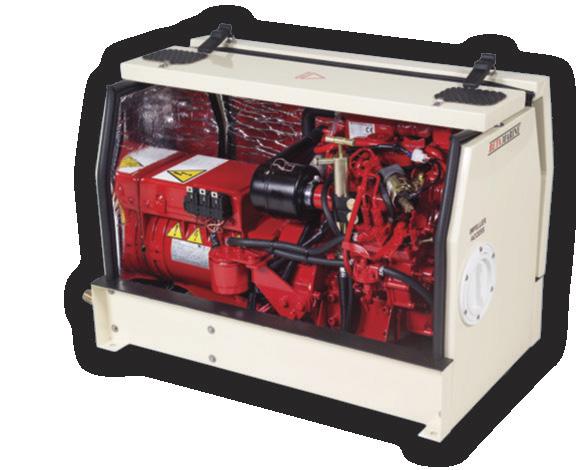
Gibsons Regatta
July 22–23
Cow Bay Regatta
August 5–6
Maple Bay
September 1–3

CRASH Regatta
September 15–17
JUNE 2023 - 13 RIGGING FABRICATION OFFSHORE OUTFITTING OFFICIAL DEALER FOR BENETEAU, CATALINA & JEANNEAU PARTS Lifelines, halyards, clutches and other efficient, new equipment. Check out the many advances in safety gear in stock. We replace old rigging and repaint masts efficiently. Home of the ‘Shoreline Reel’ 1629 Columbia St., North Vancouver, BC At Entrance to Lynnwood Marina 604.988.3052 sales@pro-tech.bc.ca BETAMARINE 250-655-4543 | betacanada@shaw.ca www.betamarinecanada.com CANADA HIGH QUALITY ENGINES AND GENERATORS At Gartside Marine Engines Ltd. 6 REASONS TO BUY A BETA • Unbeatable value • Superior engineering • Designed for easy servicing • Custom tailored packages • 5 year warranty • Expert technical support
New Builder on the Block
THE EVOLUTION PREMIUM PERFORMANCE
Readers may be familiar with Kelowna-based 5th Element Metal Fabrication. They have been building and refitting aluminum boats for five years. Last November, president Mike Burkinshaw started building marine-grade aluminum tenders under the brand name Fish Whistle Watercraft. These squared off, utilitarian styled boats have been turning heads at recent boat shows. Fish Whistle’s largest offering is the 12-foot
FW151. This is an off-set console boat with fully integrated systems including steering, fuel gauge, three-position DC panel, auto/off/manual bilge switch and double USB/12-volt power socket. The 151 features a 14.5-gallon welded aluminum fuel tank under the bow seat, a large storage/anchor locker in the bow, four davit lifting points and a bow mounted fuel fill point. Said to be “nearly indestructible” these West Coast-ready boats are an interesting alternative to your standard RIB.

fishwhistleboats.com
New BC Marine Parks Forever Society President Announced
After 17 years as director of the BC Marine Parks Forever Society, and the last 12 as president, George Creek has retired from the society as an officer and director. The new president is Jim Phillips who previously held the position of secretary. Jim is a seasoned boater who is familiar with the BC Coast and has a varied commercial marine background. Jim can be reached at jimphillipsvanisle@gmail. com. For more informaion go to bcmpfs.ca.
V10 Verado outboards shift your expectations performance feels like. They come to power, propelling you forward to sensational smooth, quiet and refined, they deliver only Verado outboards can provide.
Mercury engines are made for exploring.

14 - JUNE 2023 06/2023 Sidney, BC | 250-656-2639 INA MARINE Victoria, BC
INLET MARINE Port Moody, BC
LA MARINE Port Alberni, BC
250-723-2522 LUND AUTO & OUTBOARD LTD. Lund, BC | 604-483-4612 MADEIRA MARINE 1980 LTD. Madeira Park, BC | 604-883-2266 M&P MERCURY SALES Burnaby, BC | 604-524-0311 MONTI’S MARINE & MOTOR SPORTS Duncan, BC | 250-748-4451 ROD’S POWER & MARINE LTD. Tofino, BC | 250-725-3735 SEA POWER MARINE CENTRE LTD. Sidney, BC | 250-656-4341 VECTOR YACHT SERVICES LTD. Sidney, BC
| 250-474-2448
| 604-936-4602
|
| 250-655-3222
MERCURY 5.7L V10 350 AND 400HP
INDUSTRY NEWS
CURRENTS
EVOLUTION OF PERFORMANCE
ADVENTURE AWAITS. FIND YOURS.
MERCURY AVATOR ™ 7.5E ELECTRIC OUTBOARD
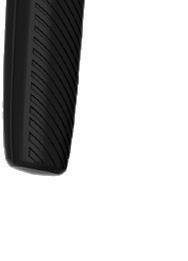
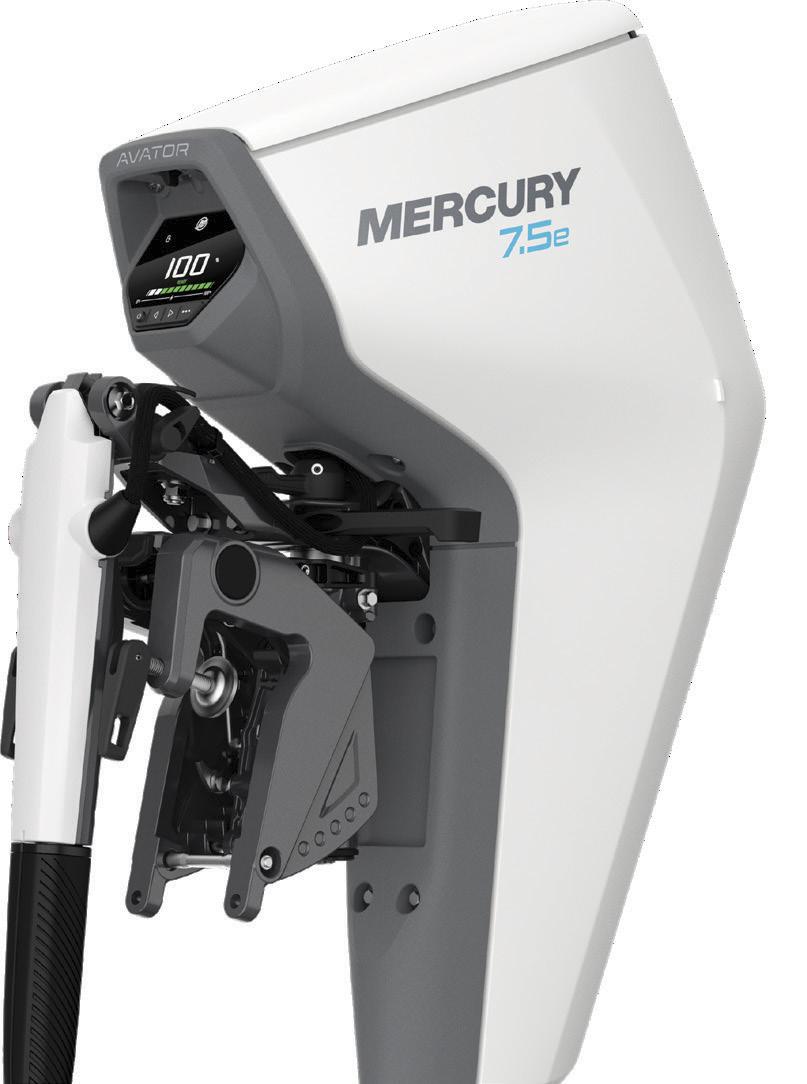
What if every journey began with the push of a button? Where would you go? With the Mercury Avator 7.5e electric outboard, all you need is a destination. Its portable design and quick-connect battery will have you ready for the water, no matter where adventure takes you. Avator is intelligent, all-electric propulsion, designed to make exploring effortless.
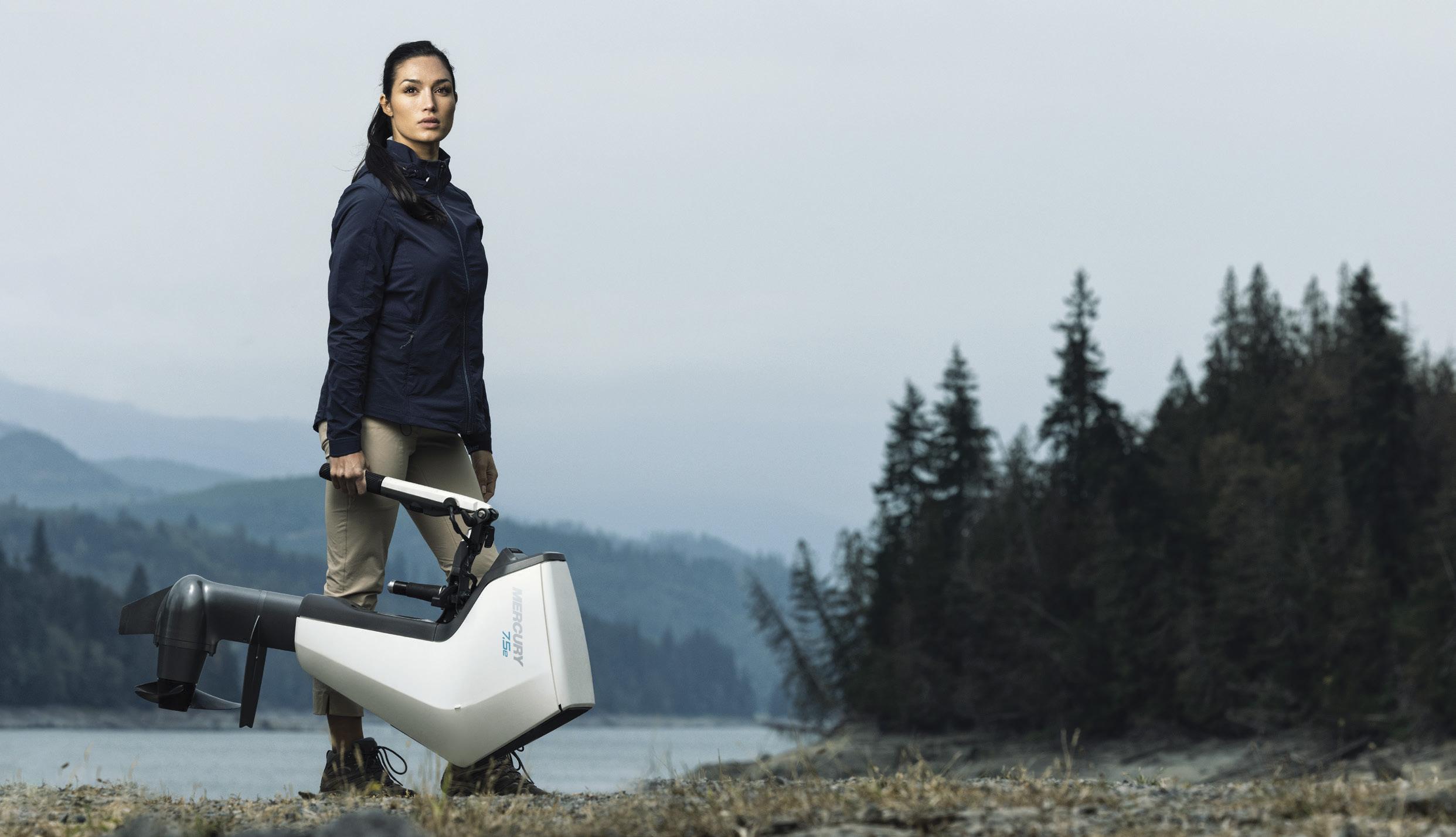
expectations of what high-horsepower to life with impressively responsive sensational top speeds. Exceptionally deliver an unrivaled driving experience exploring. So are you. Go Boldly.
Let your journey begin with Mercury Avator.
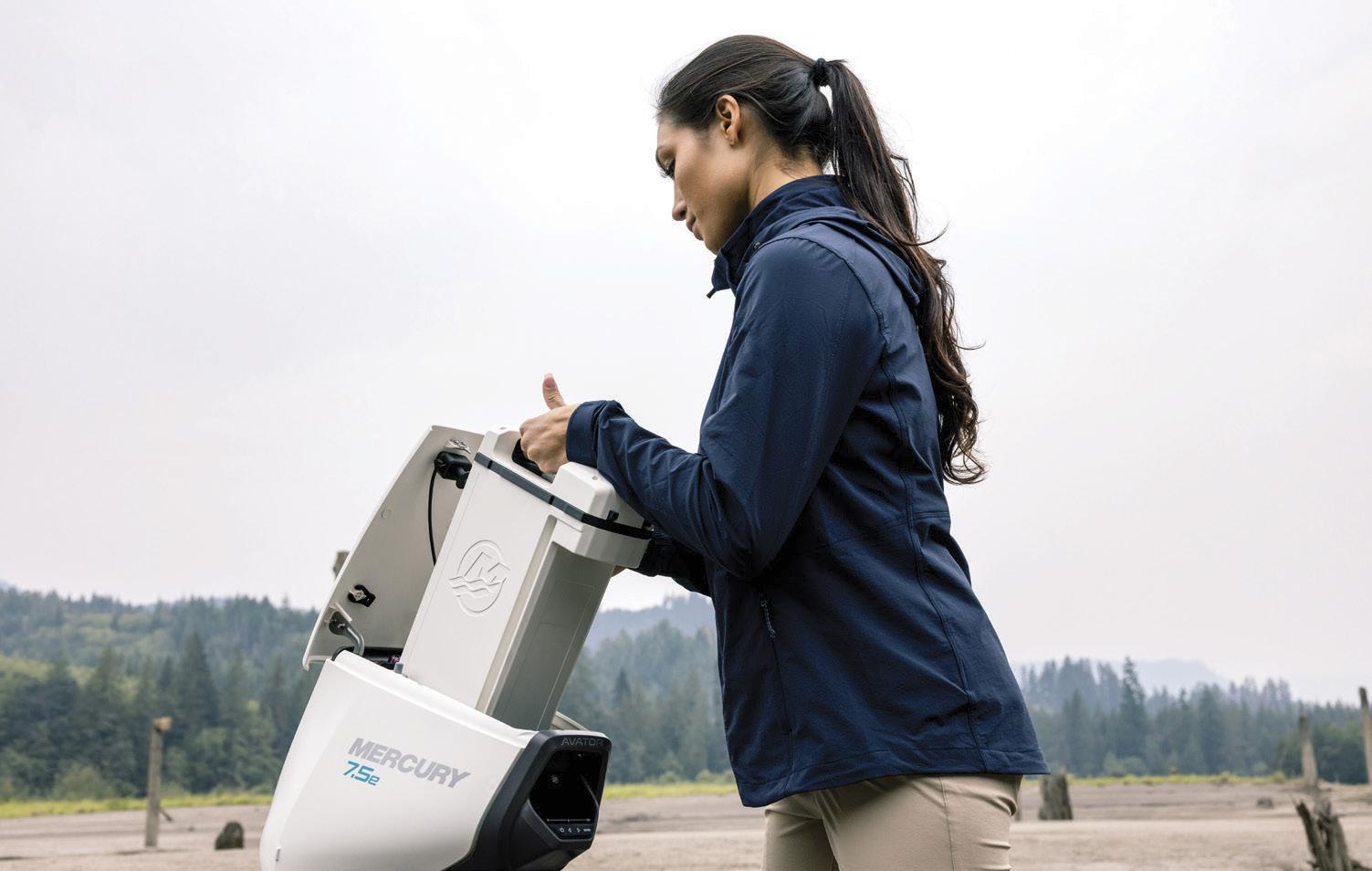
MercuryMarine.com/V10
MercuryMarine.com/Avator
400HP VERADO ®
Book Review
Alone in the Great Unknown, One Woman’s Remarkable Adventures in the Northwestern Wilderness, Harbour Publishing, 2022, $26.95

While her husband David was busy preparing their newly-refurbished sloop, Resolute, to fulfil a lifelong dream to sail around the world, Caroll Simpson suddenly had another idea.
“Why don’t we buy a wilderness lodge that just went up for sale and learn how to live off grid in Northern British Columbia?”
It took a little convincing, (actually quite a bit of convincing), since David had long dreamed of sailing far away from their home on Whidbey Island in Washington. But he and Caroll soon fell in love with the large log home and four cosy cabins nestled in old growth forest on the shores of Babine Lake.
After tragedy struck, Caroll was left to single-handedly manage the lodge. Alone in the Great Unknown, a true story, is Caroll’s take on loving life, working hard and following your dreams. Her book charts the course of a grand adventure. And as someone who has visited the Pacific Northwest many times, I can attest to the area’s great beauty, and also to the many dangers lurking in its dark woods.
Caroll faces off against grizzlies, sudden storms, and belligerent loggers determined to harvest the giant trees on the edge of her property. Her whiteknuckle account of fully-loaded logging trucks playing “chicken” with her while barreling down narrow logging roads will keep you riveted to the page. She braved numerous challenges, and I can’t help thinking that if she had a motto it must have been: feel the fear
and do it anyway.
Caroll frequently hosted serious fishers, both Canadian and American, who paid her well to fish in the many pristine lakes surrounding her wilderness lodge. Her book will appeal to readers from both those countries, as she marks distances both in miles and kilometres.
I learned much reading this book, including information I hope I never use. For instance, what to do if a wild marten goes berserk in your bathroom! With tears in your eyes, you may have to dispatch the critter to the great beyond with a well-aimed bullet.
Caroll Simpson is a very capable woman, and a very skilled writer. She will captivate readers with the excitement and the adrenaline rush of living and working in the great unknown. Her book proves that when you have to rely on your strength, ingenuity and perseverance, anything is possible.
—R.M. Davies
BRITISH COLUMBIA
ANCHOR MARINE
Victoria, BC 250-386-8375
COMAR ELECTRIC SERVICES LTD
Port Coquitlam, BC 604-941-7646
ELMAR MARINE ELECTRONICS
North Vancouver, BC 604-986-5582
GLOBAL MARINE EQUIPMENT
Richmond, BC 604-718-2722
MACKAY MARINE
Burnaby, BC 604-435-1455
PRIME YACHT SYSTEMS INC
Victoria, BC 250-896-2971
RADIO HOLLAND
Vancouver, BC 604-293-2900
REEDEL MARINE SERVICES
Parksville, BC 250-248-2555
ROTON INDUSTRIES
Vancouver, BC 604-688-2325
SEACOAST MARINE ELECTRONICS LTD
Vancouver, BC 604-323-0623
SEACOM MARINE LTD Campbell River, BC 250-286-3717
STRYKER ELECTRONICS
Port Hardy, BC 250-949-8022
WESTERN MARINE CO
Vancouver, BC 604-253-3322
ZULU ELECTRIC Richmond, BC 604-285-5466
16 - JUNE 2023 06/2023
WWW.FURUNOUSA.COM
CURRENTS
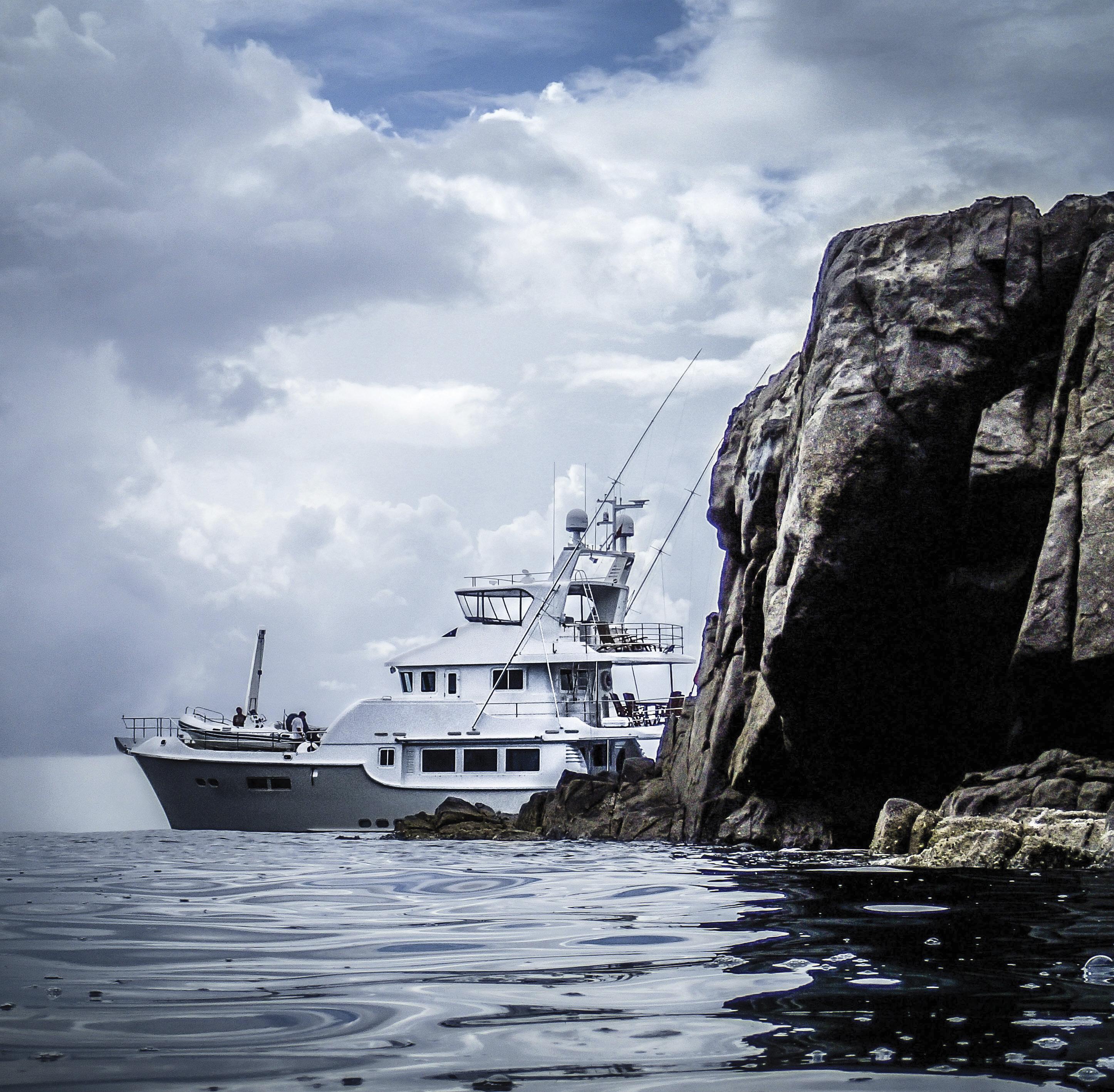
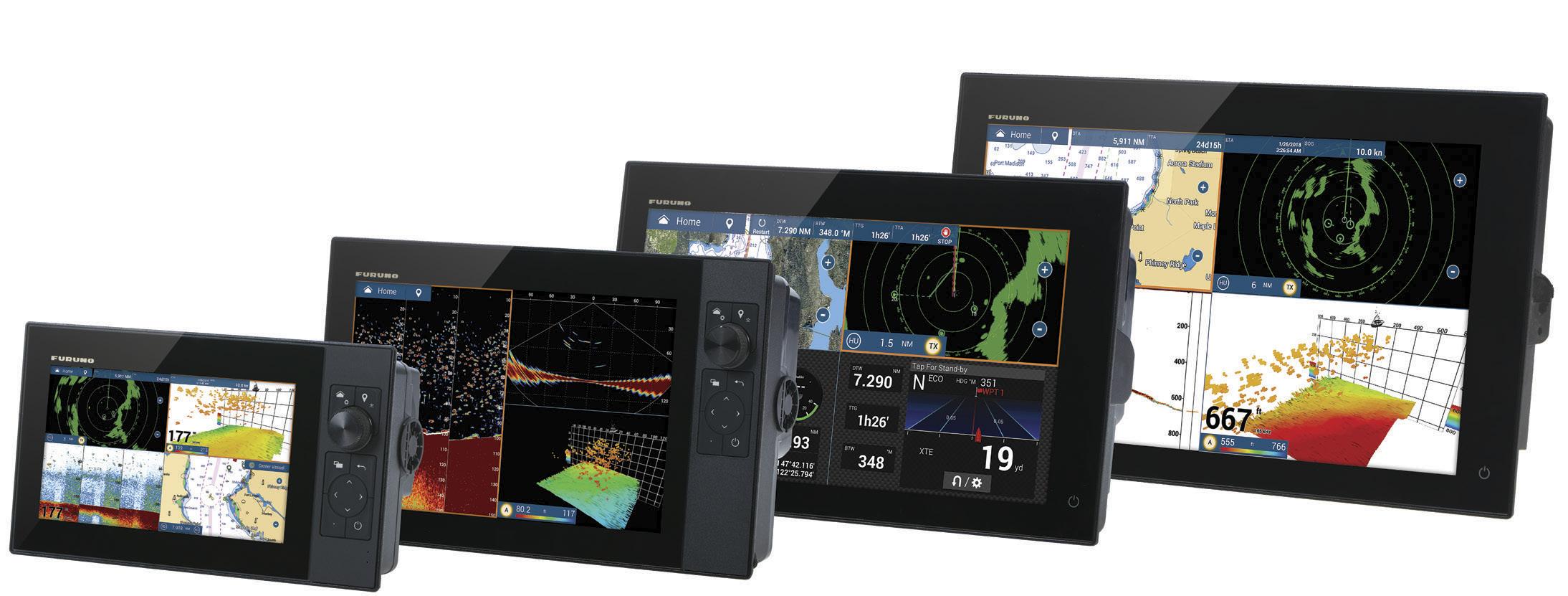
*Requires external sensor TZT9F 9" Hybrid Touch IPS Display TZT12F 12" Hybrid Touch IPS Display TZT16F 16" Multi Touch IPS Display TZT19F 19" Multi Touch IPS Display GET LOST. Because wherever you choose to explore, we have the power to get you there & back. Lightning fast Multi Touch MFDs Free Worldwide Weather Forecasts Preloaded US Coastal Raster/Vector Charts Auto Acquire 100* AIS Targets NXT Radar Target Analyzer™ Alerts You To Hazardous Targets Challenge your horizons with confidence & the power of Furuno, guiding you each step of the way. Get the whole story at NavNet.com Go on a power trip with
Electric Saildrives Have Come a Long Way
Saildrives are relatively common on modern sailboats and offer an alternative to traditional shaft-driven inboards. They have both advantages and disadvantages when compared to standard shaft drives. Saildrives consist of an engine mounted aft, above a fixed or steerable drive leg mounted through the hull with a fixed or folding propeller on the bottom end.
One advantage of electric saildrives is the ability to charge the batteries while under sail. One of the companies manufacturing electric saildrives is Finland-based Oceanvolt. These are complete inboard propulsion systems. The company offers four 48-volt models—6, 8, 10 and 15 kW for vessels from 10 to 15 metres in length, with the latest model, the HighPower ServoProp 25, expected to be on the market in late 2023.
When sailing under wind power, the force of the water causes the propellor to spin backwards. The force of that spinning propeller can be utilized to recharge a vessel’s batteries by the motor acting as a generator. The process is called hydro-regeneration. In the case of a standard fixed propeller, its blades are not very efficient because they are not ideally shaped for regeneration. In contrast, ServoProp’s 25 kW model comes with a 23-inch-diametre variable pitch prop with blades that can rotate through 360 degrees. Software controls the pitch automatically to achieve optimal power genera-
tion and power output. This results in improved efficiency in both propulsion and electricity generation modes. The ServoProp 25 is capable of generating three kW at eight knots. That power can be used to charge the lithium-Ion batteries and power onboard electronics, making a yacht capable of being energy self-sufficient and potentially eliminating the need for a generator.
The ServoProp 25 can switch between propulsion mode to regeneration mode with the push of a button. A digital display shows the saildrive’s operating mode, the amount of generated power, RPM and time remaining until the batteries are fully charged.
ServoProp claims that it builds the most powerful hydro generators on the market and that in propulsion mode, the motor can output 25 kW continuously. The company says this is equivalent to the performance of a 75-horsepower combustion engine with approximately 1,100 pounds of instant thrust torque.
And of course, electric motors have the advantage of quiet operation, the lack of toxic emissions and ease of maintenance. The Oceanvolt electric saildrives have an added benefit of having both closed circulation cooling and lubrication. They can be installed with the propeller facing forwards or backwards.
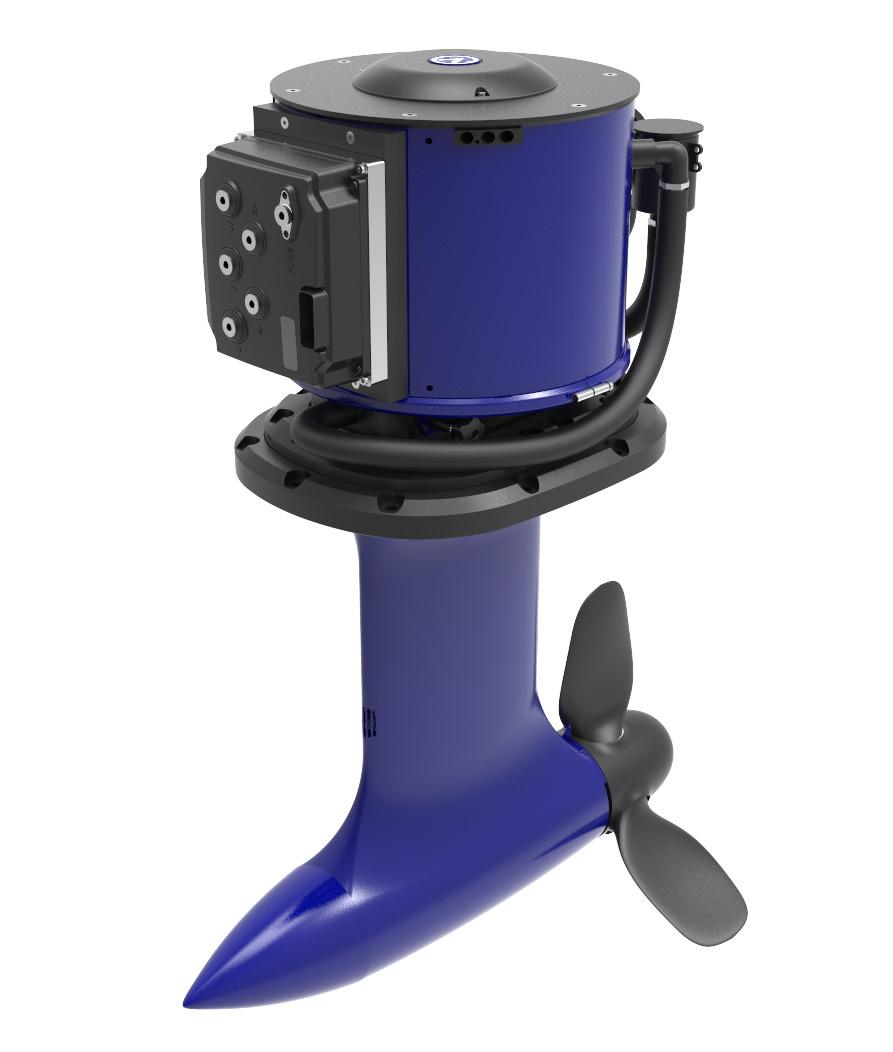
The 190-kilogram saildrive is suitable for boats up to 70 feet in length and weighing up to 25,000 kilograms. Many production electric boat models are already available with Oceanvolt saildrives as a standard or optional propulsion. Visit oceanvolt.com.
—Peter A. Robson
Summer of Fun at Page’s Resort and Marina
Page’s Resort has announced the return of the Fire Truck Grill to the lawn at Page’s Inn on Silva Bay. This food truck favourite offers flame grilled meats and seafood from the same proprietors as Gabriola’s Woodfire Restaurant. Access the food truck via the dinghy dock if not moored at Page’s Marina.

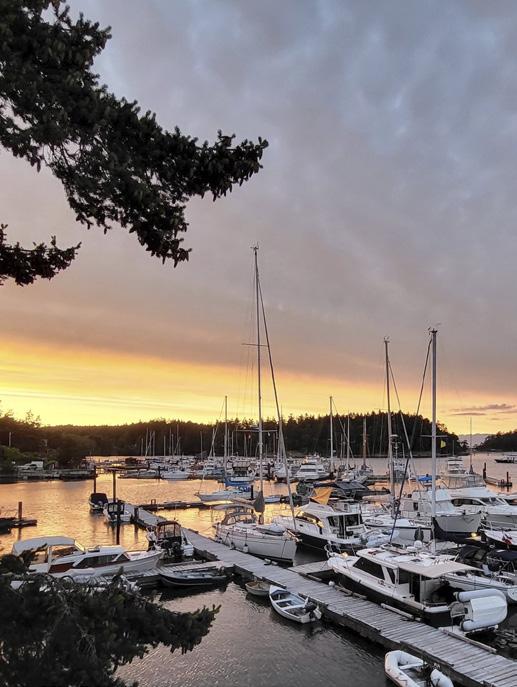
In addition to the food truck, Page’s is once again hosting the Silva Bay Market. Held every Sunday from 11:00 to 15:00, this farmers market offers artwork, veggies and baked goods paired with local musicians and fun events for the whole family. The market is pet friendly so it’s a great way to spend a summer afternoon.
Finally, Page’s is sharing the work of local artists at the Pier Gallery Artists Collective. Here you can find the work of over 25 local artists overlooking the bay at Page’s Inn.
For more information go to pagesresort.com.
18 - JUNE 2023 06/2023 NEWS
CURRENTS
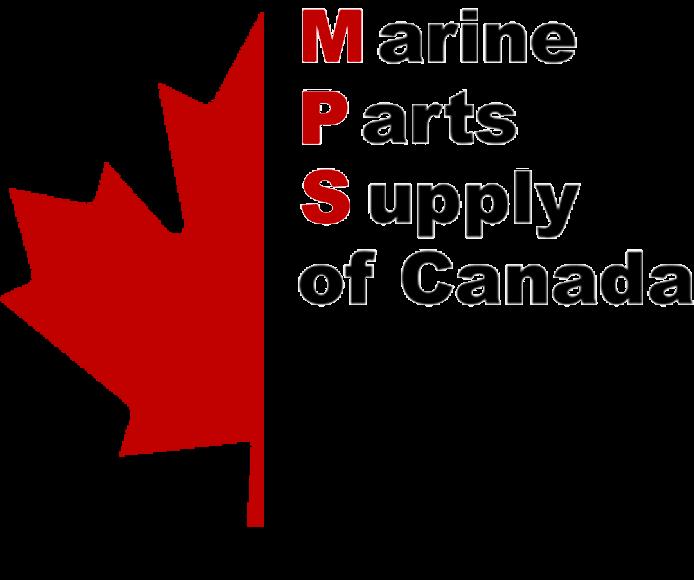








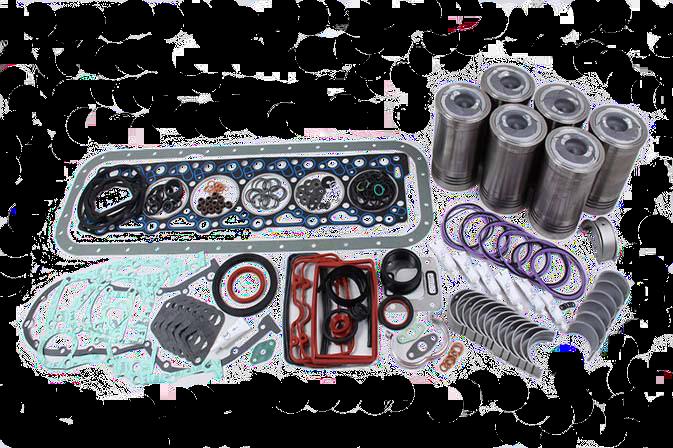

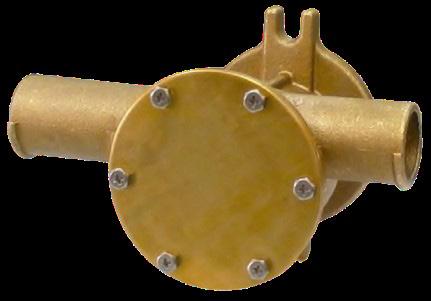


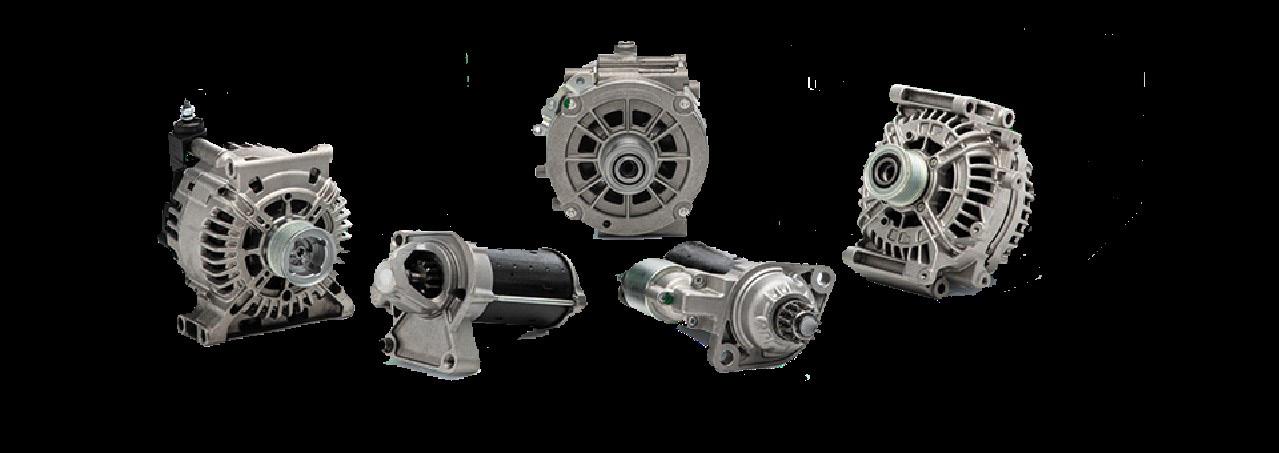

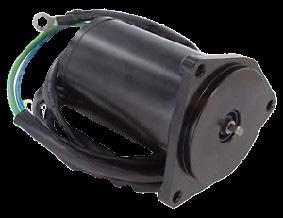
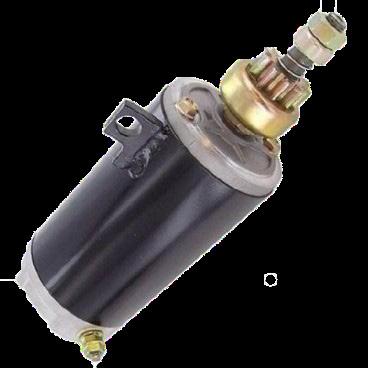

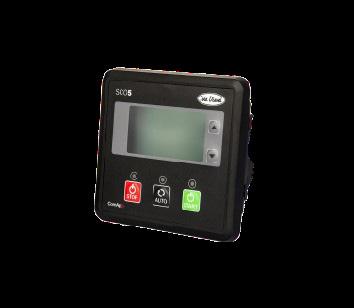
Output 3.2KW Weight 211 LBS Size 24 IN x 16 x 20 Base engine Yanmar Super Compact Generators The 4 GSACH from Sole Complete with -Closed cooling system -Sound shield Dealer inquiries welcome The best prices on : Starters Alternators Power trim motors Solinoids Ignition All makes and models Huge inventory From filters to total rebuild kits Water Pumps Complete Waterpumps for all makes and models as well as -Repair kits -Impellers -Seals Starters, Alternators, Power Trim motors & solenoids V Volvo Penta Replacement par ts Dealer inquiries welcome Dealer inquiries welcome Dealer inquiries welcome 100S IN STOCK IN STOCK CALL TODAY! IN STOCKNOW 1 100S IN STOCK
BY ROXANNE DUNN
Sweet Dreams & Strawberry Squares
Celebrate the start of summer with this sweet strawberry treat
Sit, cold and wet on my fingertips, as if I’d never felt it before. The morning breeze slips past my face, cool and fresh. Wisps of fog thread through tall evergreens that stretch up the steep hillside. The sun’s early rays reach over the rim of Todd Inlet and the fog shimmers like silver.
This same scene repeats itself every day, in Poets Cove, Ladysmith, Fulford Harbour and many other peaceful Pacific Northwest bays.

Sweet dreams are made of this: gradually awakening to the sound of water lapping against the hull.
I pull on a warm robe and head to the galley for a cup of strong, hot coffee. Out on the deck, the dew has left a mist of tiny bubbles on varnished handrails. I thrill to the feel of
Sweet dreams are made of this: majestic mountains rising above the sparkling sapphire sea. Picture Mount Baker as seen from Sucia Island, Sidney or Port Townsend. Picture snowcapped ranges cradling quaint towns at their feet; places like Howe Sound, Comox, Barkley Sound,

20 - JUNE 2023
Kim La Fave
COLUMN GALLEY
This Summer, Enjoy the Journey


Spend your time being there not getting there, with quick and convenient flights connecting across B.C.’s coast and Seattle. Award-winning service, flexible fares, and unmatched frequency to the locations you love, flying with Harbour Air is simply the best way to travel the West Coast. Wherever you want to be, we can get you there.

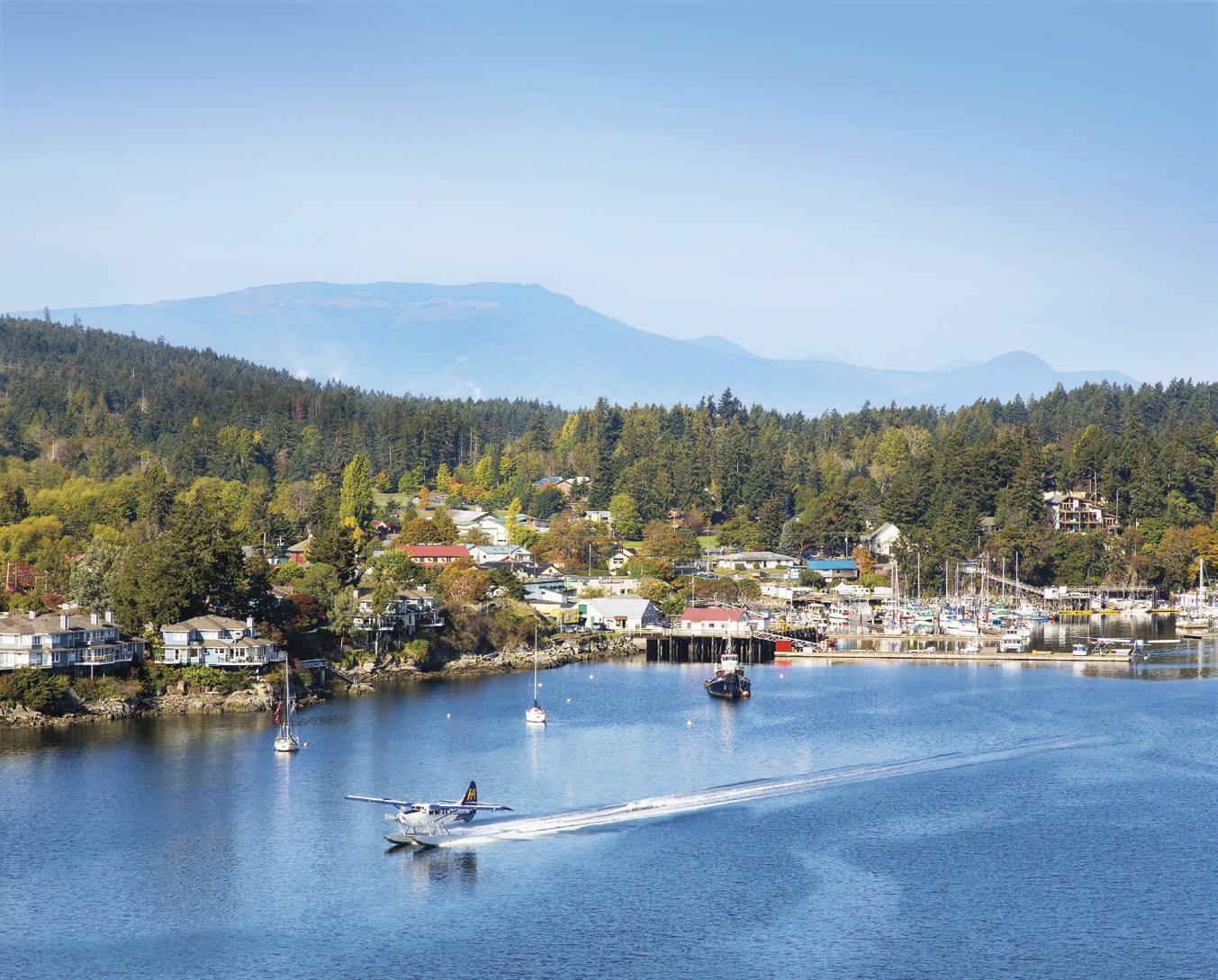
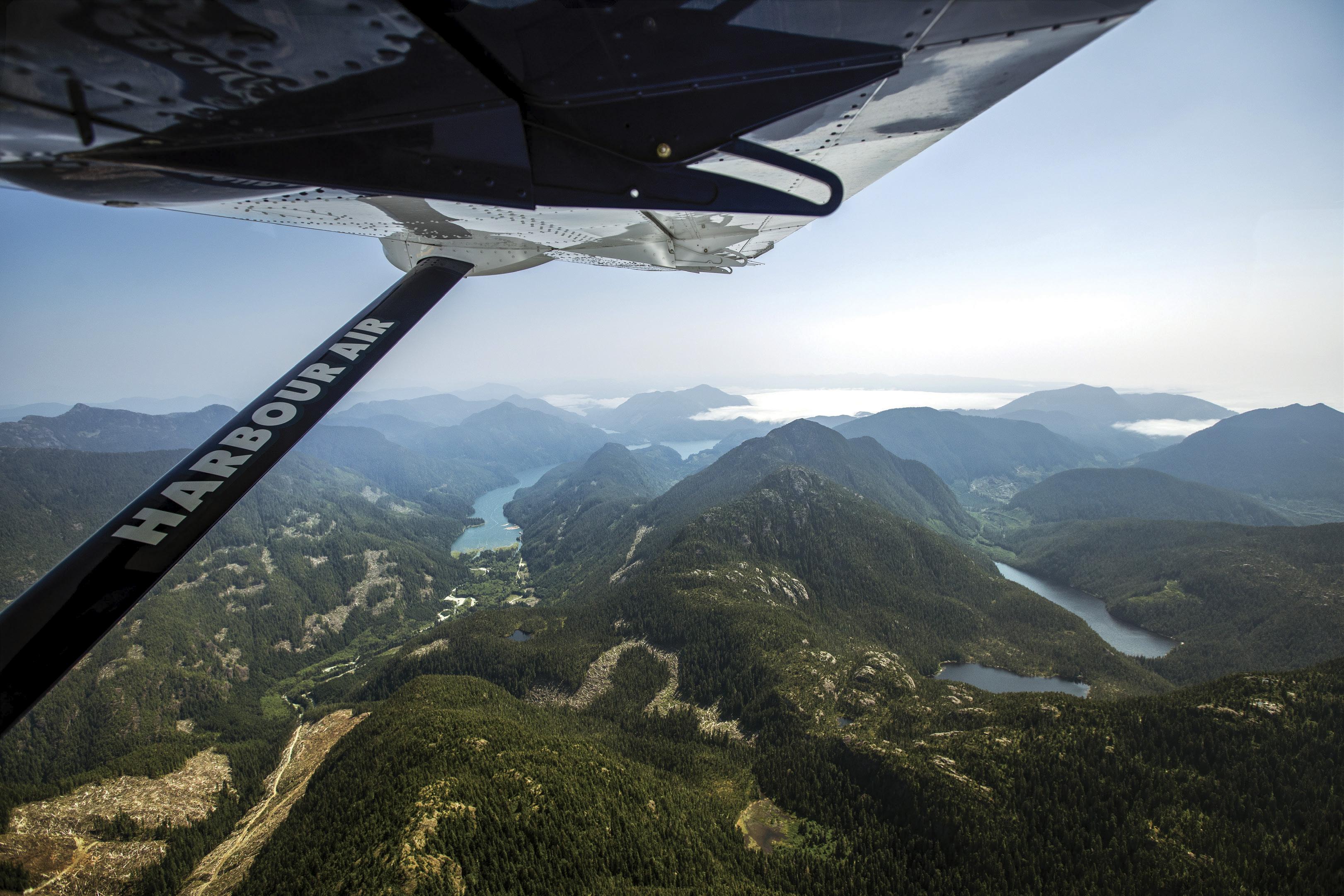
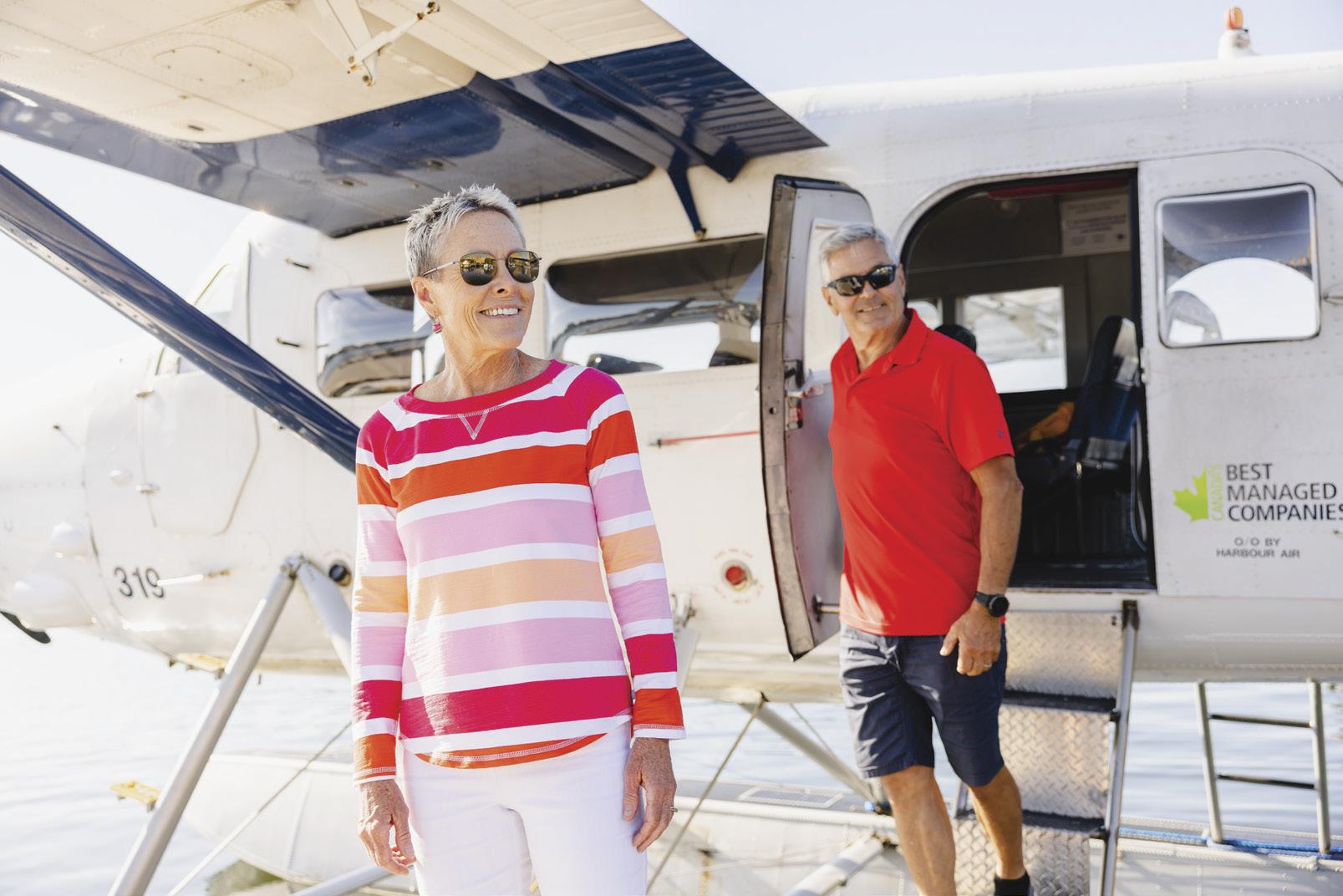

HARBOURAIR.COM | 1.800.665.0212 SCHEDULED FLIGHTS | SCENIC TOURS | PRIVATE FLIGHTS
La Conner or Poulsbo. Anywhere we are in the Gulf or San Juan islands, there’s a quiet inlet nearby, and the ability to spend even one day drinking in its beauty is a gift. In fact, it is many gifts.
Nature refreshes our spirits and calms our minds. In the spring, it calls to us to break out of our winter molds, to go now before summer is truly here, to bask in the stillness, to warm our hands around a cup of coffee or tea or hot chocolate and drink in the beauty of the Salish Sea and its surroundings.
Sweet dreams are made of this: lingcod, halibut or salmon reeled in and dressed to grill, or crab pots laden with Dungeness crabs, ready to be cooked and cracked open. These gifts of the sea marry well with a crisp farmers market salad, simply seasoned and dressed. Add a crusty bread slathered with butter or dipped in olive oil with garlic and herbs, and dinner is ready. And almost all of it is made with fresh local ingredients.
Sweet dreams are made of this: evening walks when the setting sun casts long shadows on beaches, prairie trails and forest paths. Each of these environments offers treasures, some obvious and some hidden.
On the beach, it’s enough to stroll along, listening to the sound of the waves, but a shining pebble or beach glass or a cast-off shell that once was home to some small creature will catch your eye and beg to be put in your pocket. Sometimes, an eagle will soar overhead and land on a rocky outcropping. And in shallow bays, herons may fish in the shallows.
On a meadow pathway, you may see flashes of yellow as a goldfinch flits by. Often, it will be followed by another. Swallows swoop acrobatically about, snatching flying insects
and carrying them back to their nests to feed their growing young. And if you’re lucky, you may spot a harrier falcon or short-eared owl hovering low over the prairie grasses. Near patches of scrubby brush, handsome red-winged blackbirds, small warriors in determined defense of their nests, may buzz about your head and hustle you out of their territory.
Along the edges of forests, cedar waxwings with their distinctive black masks, yellow-tipped tails and waxy red wingtips flock from tree to tree. As they search for berries, they keep in touch with a constant, highpitched, trilling call. Inside the forest, you may hear but not see Townsend’s or yellow-rumped warblers. These small insect eaters have a wide vocal range but build their nests high in the conifers and are difficult to spot.
So, too, in each habitat, you may find terrestrial creatures who guard their young and labour from first light until dark to provide for them.
From morning to night, I want all my senses to be tuned in. I don’t want to miss anything. At the end of each day, back on the boat, it’s good to pause and reflect, to burn the beauty of it into memory. This exact day with this exact combination of events will never come again. Sweet dreams are made of this.
And this: a super easy, delicious dessert my mother used to make, apparently without effort, while she put together dinner for our family of seven, with extra for a guest or two. It features strawberries, which are never better than they are at this time of year, but any berry or combination of berries would work. And although I have yet to try it, I suspect a combination of rhubarb and strawberries would be, as my mom would say, the cat’s pajamas.
Tastes Like Summer Strawberry Bars
Shortbread Crust with Strawberries and Brown Sugar & Oatmeal Topping
Makes enough for one
23 x 23-centimetre (9 x 9-inch) pan, 12 bars
INGREDIENTS
Ingredients for crust and topping:
•1 1/3 cups flour
•5 tablespoons powdered sugar
•1/2 cup + 3 tablespoons butter
•3 tablespoons brown sugar
•1/4 cup oatmeal
Ingredients for strawberry layer:
•454 grams (1 pound) strawberries
•1 tablespoon granulated sugar
•1 teaspoon orange zest
METHOD
1. Preheat oven to 175◦C / 350°F
Make the bottom layer:
2. Blend or sift flour and powdered sugar together.
3. Cut in butter using pastry blender or food processor.
4. Remove 2/3 cup and set aside.
5. Press remainder into well-buttered pan.
6. Bake for 15 minutes.
Make the topping:
7. Return reserved portion to work bowl.
8. Mix in brown sugar and oatmeal. Make strawberry layer:
9. Wash, hull, and cut strawberries into quarters (or smaller if berries are large.)
10. Gently mix in sugar and orange zest.
11. Spread strawberries over bottom layer.
12. Sprinkle topping over fruit layer.
13. Bake for 25 to 35 minutes more, or until fruit is cooked and top is golden.
14. Enjoy alone or with ice cream.
22 - JUNE 2023
COLUMN GALLEY




LOCAL BOAT INSURANCE OFFSHORE INSURANCE SPORT BOAT INSURANCE COMMERCIAL INSURANCE MARINE | HOMEOWNERS | COMMERCIAL FOR ALL YOUR MARINE INSURANCE NEEDS dolphininsurance.com PH: 1.604.261.9200 ○ 1.800.460.0619
REFLECTIONS
Buying a Boat with my Father

The never-ending project that brought us closer together
STORY & PHOTOS BY NADIA DALE
“Stop moving around!” I shout. I am suspended in a bosun’s chair, as high as the main halyard can hoist me, about 30 feet above the deck. The sling-like
Schair has pockets for tools, which I filled with a few essentials. Dad stands on deck, spotting me, making sure the line holding me is securely fastened. Each time he takes even the smallest step, the boat sways, the masthead lurches a metre to one side and my stomach drops. I grip the mast tighter with my thighs, as though riding an airborne horse, and wait for the mast to steady.
I belayed the fear by focusing on the task at hand. Our windvane had recently detached from the top of the
mast, luckily landing on deck instead of in the river. With a hand-winch and pulley, Dad hoisted me up to the top of the mast to survey the problem and unscrew the windvane holster so we could re-fasten the vane. Inch by inch, I crept up the mast, Dad’s laboured breathing audible all the while. The process was comically slow.
At the top, I awkwardly reached a wrench above my head and blindly unscrewed the bolt, removed the attachment, and then attempted to reinstall the windvane. The bolt wouldn’t go
24 - JUNE 2023
COLUMN
Dad takes his turn at the helm.
back in. After several failed attempts, it was evident the threaded hole was stripped, and the repair was impossible with the tools I had on hand. I called below to be let down the mast.
It was now a race against time—we had three days to ready the boat for our first big voyage. Since November, we had been tied up at Britannia Shipyards in Steveston, but our lease at the dock was about to run out. We only had until the end of the month to get the boat ready, and after that, she would be moored in a quiet cove in the Gulf Islands with no amenities.
DAD DREAMT OF owning a sailboat for as long as I can remember. He loves to tell the story of his first ever sailing trip. When he was 10, his father took him and his brother across the strait to circumnavigate Salt Spring Island in a small plywood sailboat. He frames this trip as one of his favourite childhood memories with his father.
“I still can’t believe dad took us on that trip,” he’ll marvel, after recounting the adventure. “A plywood sailboat with no electronic navigation or life jackets. Can you imagine?”
This epic childhood sailing adventure was certainly a formative experience for him. It sparked an interest in boats and eventually he built a career in the maritime industry, first working in the shop at Zodiac Hurricane, and ultimately designing rigid-hull inflatables for the company. Naturally, when he had a child of his own, he was eager to pass on his love of the sea.
I GREW UP in and around boats, spending summers zipping around the Gulf Islands in a small rigid-hull inflatable. We fished, set prawn traps, swam off the boat. I was just as enamored by the ocean as my dad. At 16, I spent eight months attending school aboard a traditional tall ship, sailing around the world. I learned the meaning of elbow grease and fell hopelessly in love with sailing. Throughout university, I spent my summers working
VERSATILE ALUMINUM BOATS
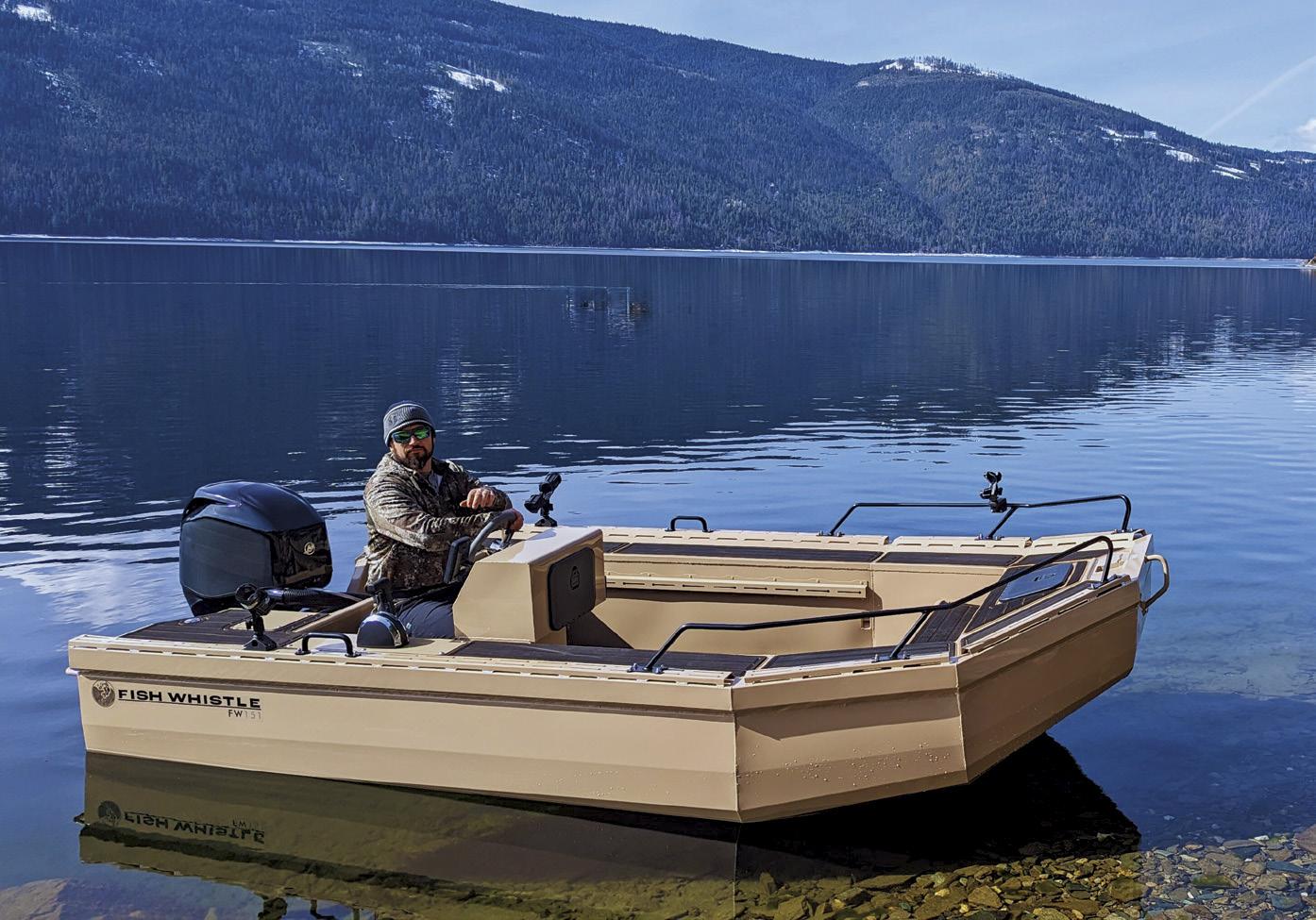
“Lasts longer than you do”
DURABLE — LIGHT (300-685lbs) • UNSINKABLE (Load Cap.1450lbs+PLUS) SUPER STABLE — STAND ANYWHERE • LENGTHS 8’6” to 17’6” WIDTH 5’ to 8’
Fishwhistleboats.com



JUNE 2023- 25
MARTIN MARINE LOCATED AT 1176 WELCH STREET, NORTH VANCOUVER, BC 604-985-0911 | Toll Free 1-866-985-0911 | info@martinmarine.ca NORTH VANCOUVER’S CHANDLERY
CANADIAN MADE
on tall ships. The longer I worked on ships, the more I realized I wanted to own my own sailboat one day. I was happiest on the water, but desperately wanted to be a better sailor. All my experience on tall ships involved other people making the decisions, navigating, fixing the engine and so on. Why hadn’t I taken the time to learn everything I could when I was younger? I decided it wasn’t too late.

For a long time, dad and I exchanged links to sailboat listings. At first, it was just for fun, but the hobby evolved into something more serious. After two years of searching, we found her: a Haida 26 built by Mayhew and Strutt in Victoria, in 1968. In her time, the Haida 26 was known for being a robust little boat, capable of blue water sailing as well as coastal cruising. In their heyday, a handful of these boats even sailed around the world. We were nervous about buying such an old vessel, but she is a well-designed, sturdy cruiser in good shape, with beautiful
teak rails, a comfortable cockpit, and a classic, cobalt blue hull. We eagerly signed the ownership papers and hull #9 was ours.
WE MOVED HER to her temporary home in Steveston where we were able to secure a short-term moorage at the historic Britannia Shipyards. She was a splash of colour against the grey and brown backdrop of the wintry river. We had only four months to get her cleaned up, cleared out and ready to sail across the Strait of Georgia. The first thing to go wrong was the motor. Unfortunately, I am not mechanically minded, but I was determined to change that. I eventually realized that what I lacked wasn’t mechanical knowledge, but confidence. Once I got the hang of starting our 9.9 Mercury, I began to feel better about my skills. We made sure to run her periodically before the big crossing, aiming to be proactive, rather than
reactive, boat owners. One day I went down to the boat on my own, with the intention of checking on her and running the motor for a few minutes. It was December, and the boat was encased in ice where the river had partly frozen. I swept snow off the deck before climbing gingerly aboard. I did my usual rounds and then proceeded to start the Mercury. She made a kicking sound but didn’t roar to life. I tried again—nothing. I called Dad. I could feel him rolling his eyes over the phone as he slowly talked me through the steps.
“That’s exactly what I did,” I protested, my certainty ebbing. It turned out the starter button was corroded, so we replaced it. The next time I went out to warm up the engine, again, she didn’t start. Was I cursed? I wondered, Or just incompetent? This time we pulled the motor out, had it completely serviced, and haven’t had trouble since. Knock on wood.
26 - JUNE 2023
COLUMN REFLECTIONS
Iwalani tied up at the Britannia Shipyard docks.
INITIALLY WHEN WE bought the boat, each of us thought we were doing the other a favour. Dad believed I wouldn’t be able to swing it financially, nor did I have the knowledge and experience to buy a boat solo (this is true). I believed I was the one doing him a favour, because I knew how much he wanted a sailboat, and I also knew he wouldn’t make it happen on his own (this is also true). So, there we were, both selflessly pursuing our sailing dreams. The more time we spent together on the boat, the more I felt our relationship shift. It was the first time since becoming an adult that I no longer felt like I was the child and he, the parent. We were co-captains, equal partners in this venture.
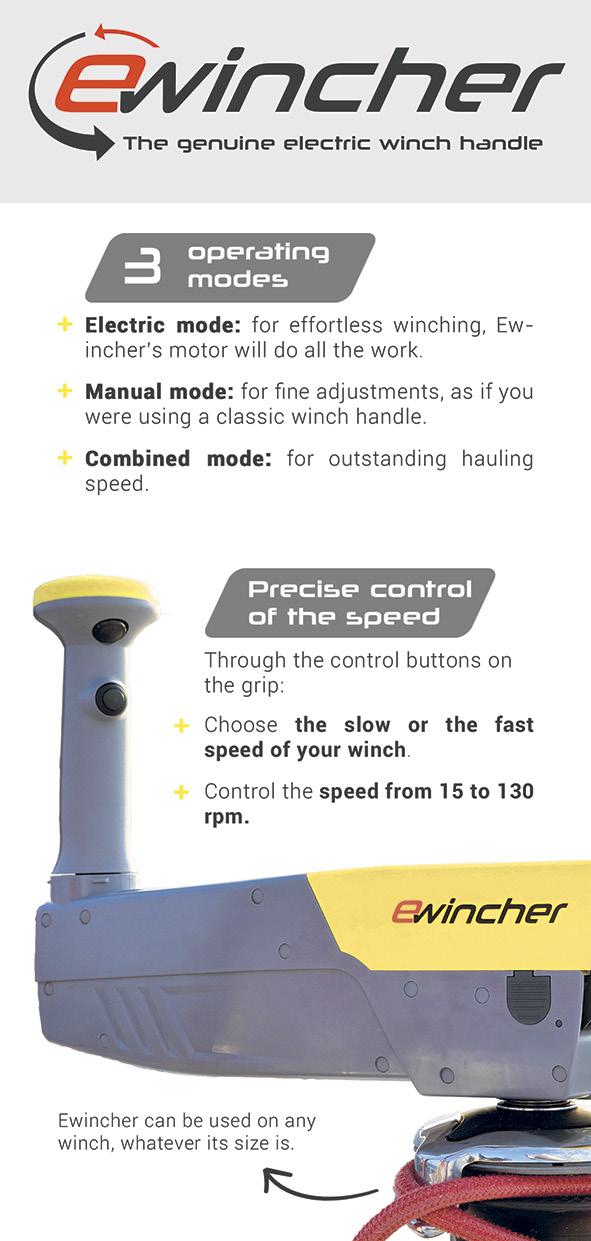
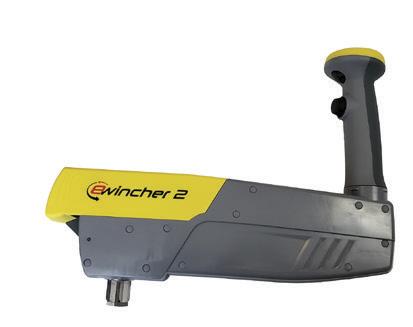
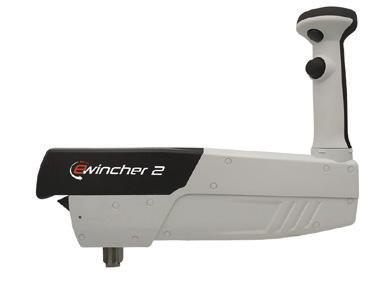
ONCE THE ICE in the Fraser melted, and the temperature down at the river was bearable, we set to work. We wanted to keep her at anchor in a sheltered cove in the Southern Gulf Islands for the warmer months, close to friends and family who could keep an eye on her.
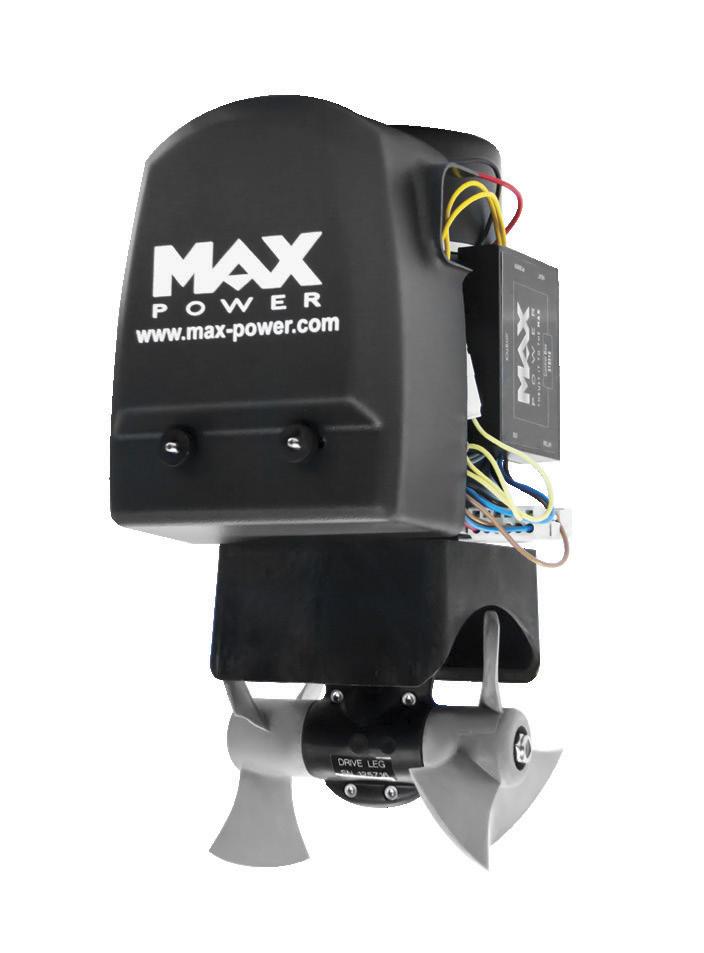
WE SPENT SEVERAL days, first making a checklist, then going through each item. Buying the boat, we inherited a huge amount of rigging and spares. We had to sort through and decide what was needed on the vessel, what we could store for future use and what we could get rid of. We combed through boxes of rags, bedding, rope, tools and tubes of (some-
what mysterious) goop.

I had been feeling guilty about the fact that Dad was going down to the boat much more frequently than I was, since I was working full time and he was retired. I realized my guilt was unnecessary when we headed down for a big workday and clean out. It turned out Dad’s visits to the boat were a lot more about chatting with passersby than working. While I sped through my todo list, he happily wandered around, stopping periodically to check on nearby vessels and chat with their owners. In short, Dad progressed through the list at a much slower pace.
While he worked on the outside of the boat, I concentrated my efforts below deck. We made piles: discard,

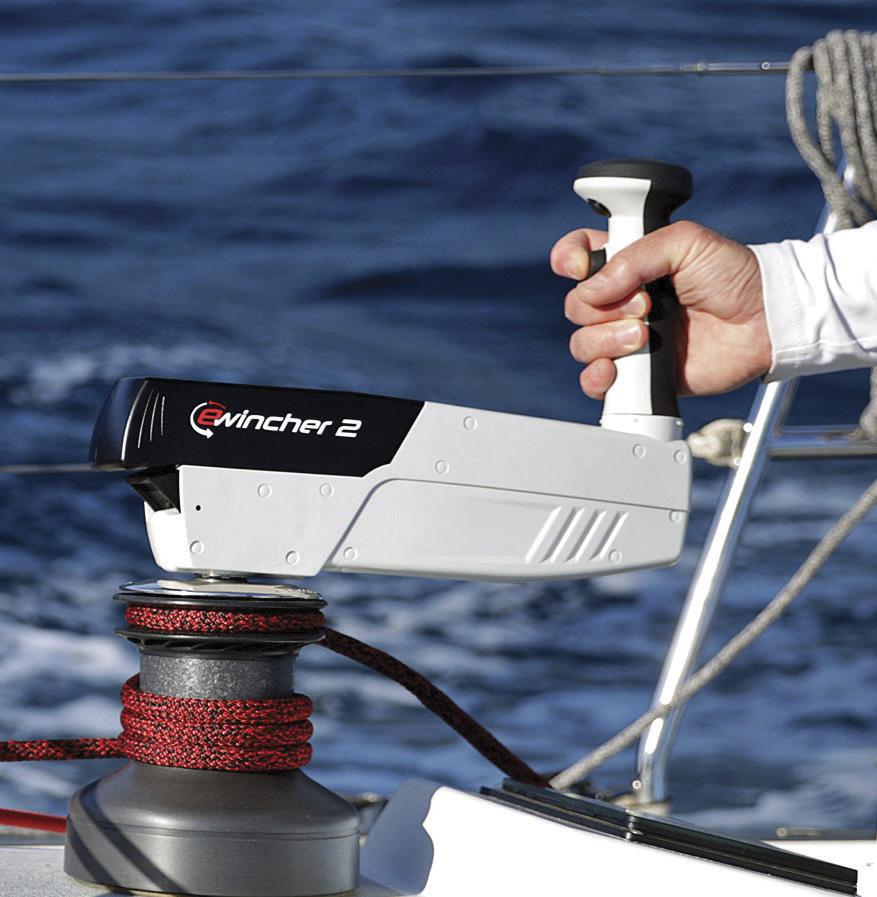
JUNE 2023- 27
8194 Ontario Street, Vancouver Ph 604 325-5233 1-800-324-0414 victory-products.com ewincher.com VICTORY PRODUCTS $ 2,795 00 • Higher Speed • Greater Torque • 15% Longer Run Time NEW Ewincher 2 Less expensive than a single electric winch Provides full assistance to all of your winches CONTROL
MAX
Corrosion free composite drive legs eliminate the need for anodes
Drive legs are pre-filled with oil and then sealed for life for zero maintenance
Tunnels are made of GRP max-power.com Distributed by Dealer Inquiries Welcome Ph. 1 800 324-0414 Fax. 604 325-5233 sales@rekord-marine.com rekord-marine.com Rekord Marine Enterprises Model #CT-45 for 20’ - 34’ Boats Other Models / Parts / Accessories Available $ 1,780.
TO THE
Bow & Stern Thrusters •
•
•
recycle, keep. Dad was keen to save a few of the cleaning tasks for next season, but I insisted we do it all. We scrubbed every inch of the boat we could reach, filling and refilling buckets, wiping down every surface, sweeping, vacuuming, power-washing, treating the wood. After several days of hard work, we were finally ready to set sail.
WE DEPARTED STEVESTON early on a chilly spring morning, brimming with excitement. Dad insisted I steer her out of the harbour. He was eager to see me take charge, and equally eager to instruct me. Though I appreciated his encouragement, he needed frequent reminders to stop telling me what to do because, “I’ve got it, Dad.”
We motored along the river in the company of a few fishing boats who were heading out for their daily catch. As soon as we left Sandheads and entered the strait, the fog rolled in. We lost all concept of where we were. Dad took over steering and I set the main
sail and the jib, then turned navigator. Within what felt like minutes, the fog was so dense the land, the sea and the sky blended into one.
“Dad, south is that way,” I said, indicating he needed to change course. He was steering us eastward when we needed to be heading due south.
“Are you sure? I could swear we’re headed south.”
“Do you want to look at the chart yourself?”
He corrected course. Five minutes later, I had to prompt him to correct again. A Scotch mist had descended, and the fog was disorientating. Though the sails were up, we kept the motor chugging along. We were happy to be making six, sometimes seven knots, but we had a long way to go, and it was crucial we reach Active Pass before the tide turned.
THERE WAS STILL no land in sight. Occasionally, we spotted a dot in the distance—a cargo ship or fishing vessel, it was hard to tell—but mostly, we were
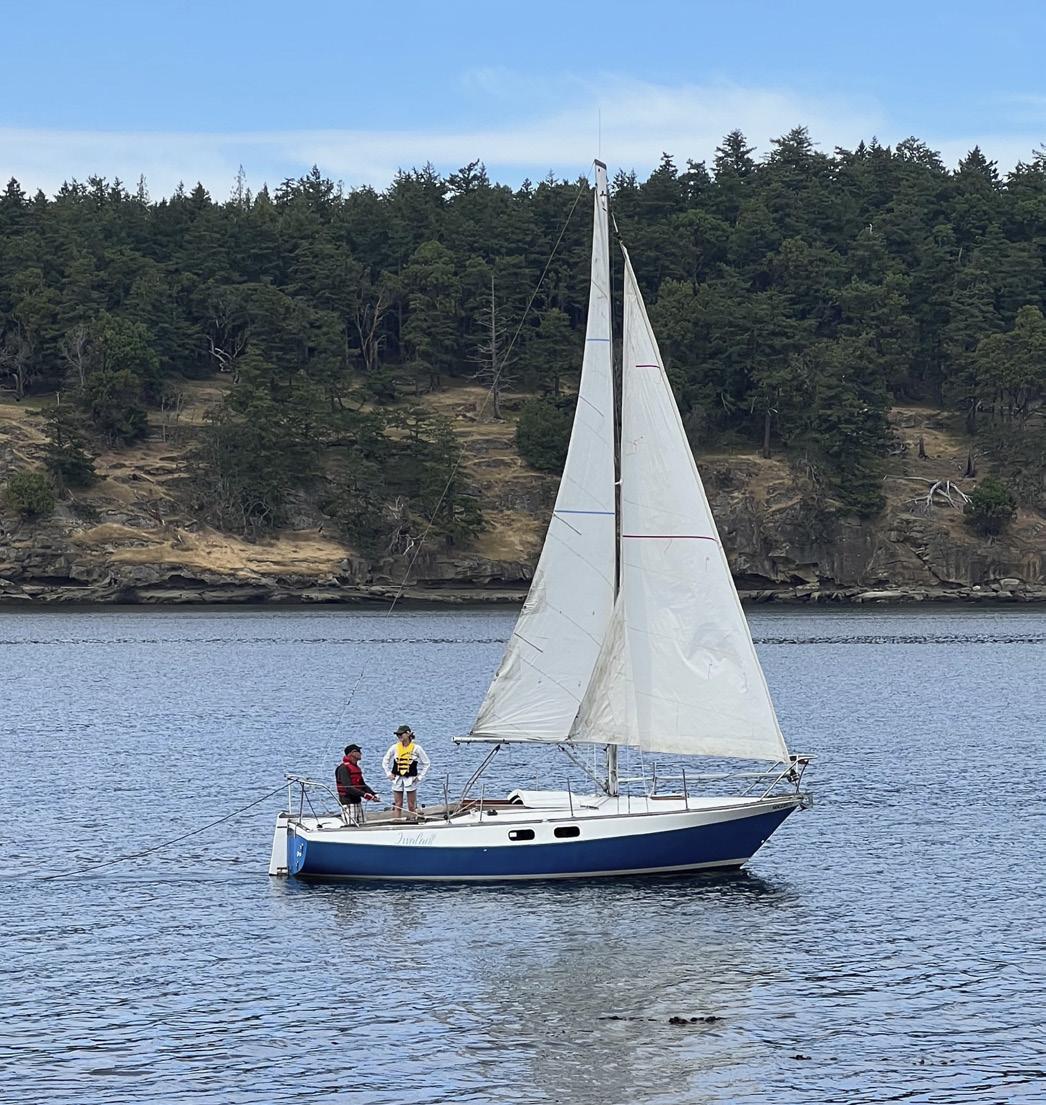
completely alone, the fog thick and quiet. We were entirely reliant on our instruments and navigation equipment as our instincts had proven useless. Then it began raining harder. We were already damp and chilled from the fog, but the rain made it worse. Despite layers of wool and waterproofing, our teeth chattered.
“Why don’t you grab the thermos?” Dad said. “I made hot chocolate.” I grinned with delight, suddenly feeling six years old again.
I slid down the companionway and reached for the cooler, rifling through the contents until I felt the familiar shape of Dad’s old Stanley thermos. Pouring the hot chocolate was challenging, given the swaying of the boat in the somewhat choppy strait. The hot liquid warmed us up from the inside. I poured myself a second, then a third, just so I could hold the warm cup in my hands. We kept our eyes glued to the horizon, on the lookout for Gossip Island, which supposedly was directly ahead. It wasn’t until we were almost upon its coastline that the island’s shape emerged out of
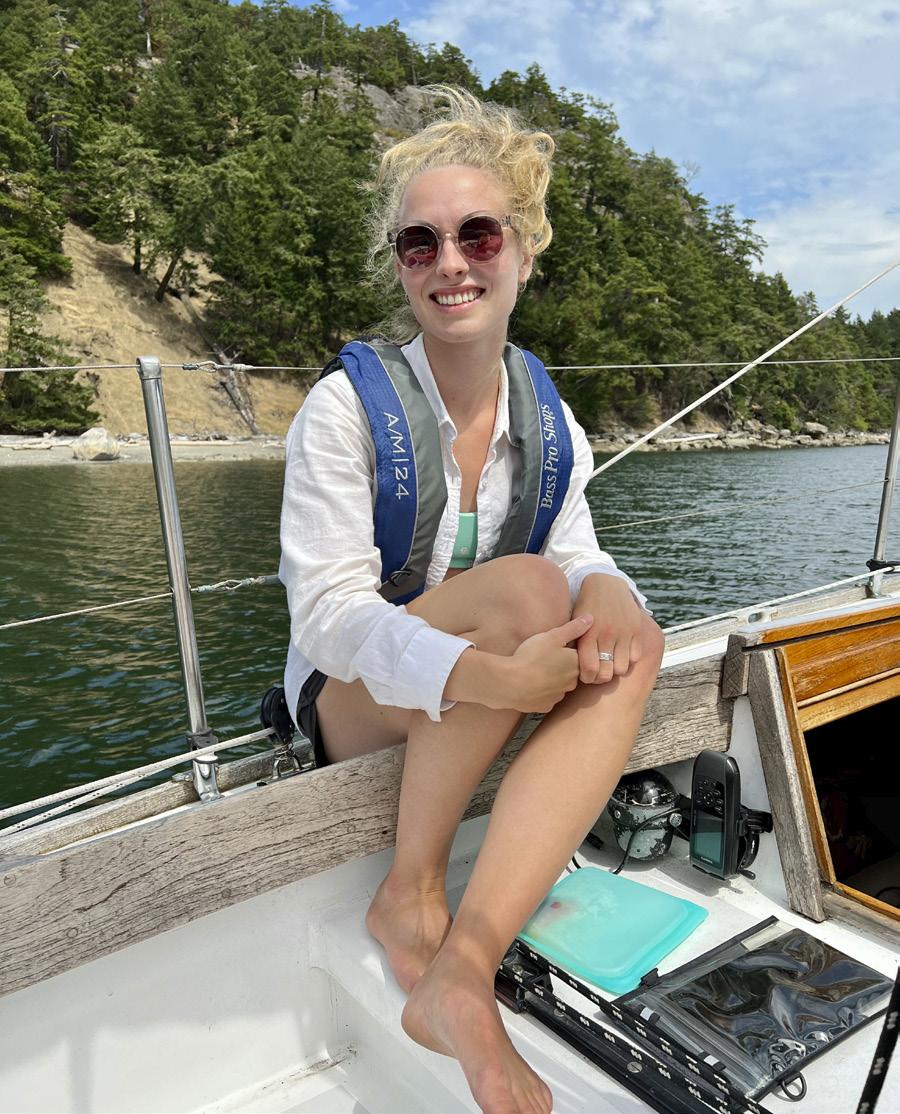
28 - JUNE 2023 COLUMN REFLECTIONS
Buying a boat with my dad has brought us closer together.
the fog. We sailed around Gossip and stayed close to the coast of Galiano Island through Active Pass.
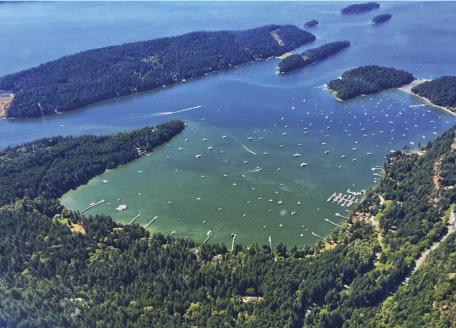
Once in the pass, the fog turned to a fine mist, and we had a better view of our surroundings. It was a classic, wet, west coast day. The weather steadily dampened. Despite the hot cocoa, we felt chilled to the bone. We hugged the coast of Mayne Island through Navy Channel, pointing out hidden beaches, breathtaking walls of sandstone and bald eagles poised on the gnarly branches of Garry Oak trees. I was elated. I couldn’t believe we were finally sailing our own boat in the Gulf Islands.
We had been motor-sailing for five hours, when at last, the wind died. We took in sails and chugged along for the last leg of the journey. Stiff and shivering, relief washed over us as we finally tied up to our mooring buoy. Later, I overheard dad telling a friend: “It was one of the best days of my life.” I felt the same.
OVER THE YEARS, I’ve learned a lot about boating from my dad. It turns out I had been paying more attention than I thought. Every trip on the boat gets a little easier. We spent last summer daysailing, anchoring for family picnics and we even took off for a few days, just the two of us, to explore a few nearby anchorages. We visited Saturna, Galiano, Wallace, Thetis, Prevost and Salt Spring. Each new anchorage brought new adventure.
I thought Dad and I would drift apart as I got older, but buying this boat has given us an excuse to spend more time together. We constantly have projects to work on and routes to plan. When we encounter a problem, we work through it, the two of us. How do we fix the engine cover? How can we stop the hatch from leaking? How should we prevent our mooring lines from chaffing? We talk, we troubleshoot, we figure it out. Whether he will ever stop lecturing me, and whether I will ever fully listen remains to be seen. In the meantime, we are together, on the boat, every chance we get.
We make getting out of boat ownership a breeze.

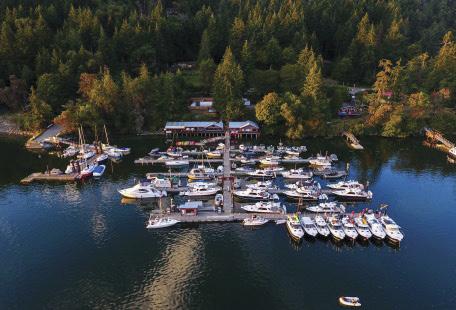
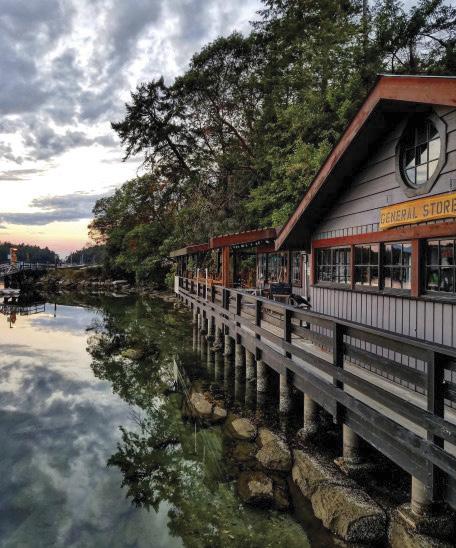


We make getting out of boat ownership
a breeze.
Donate your boat in support of our local community of sailors with disabilities and receive a tax receipt for its full market value.
Donate your boat in support of our local community of sailors with disabilities and receive a tax receipt for its full market value.
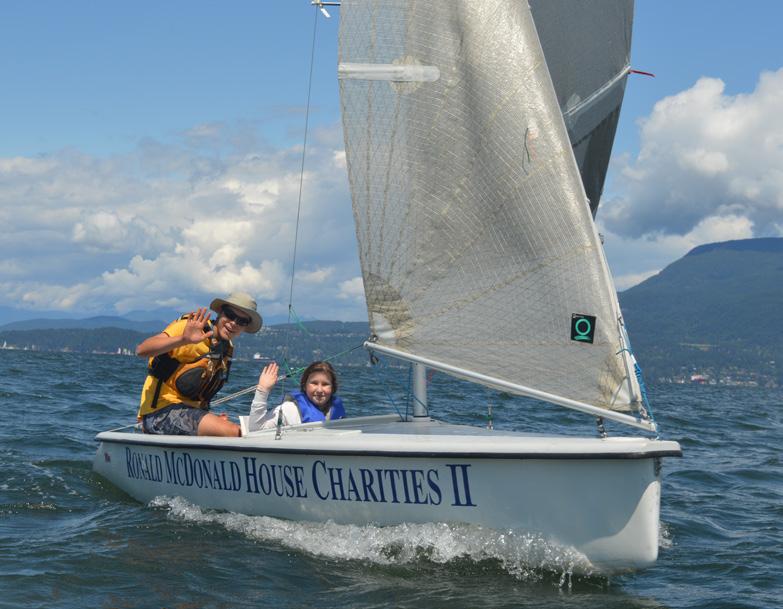
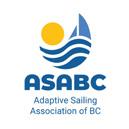





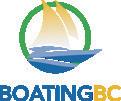






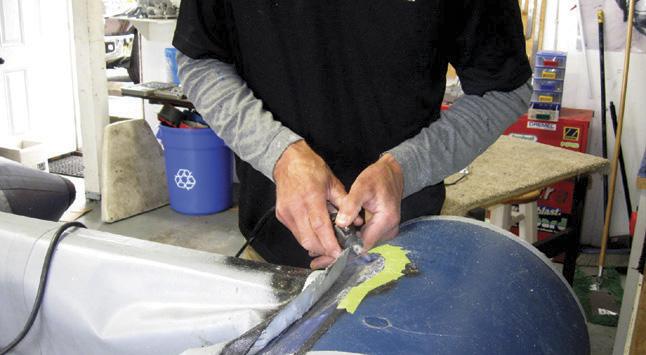
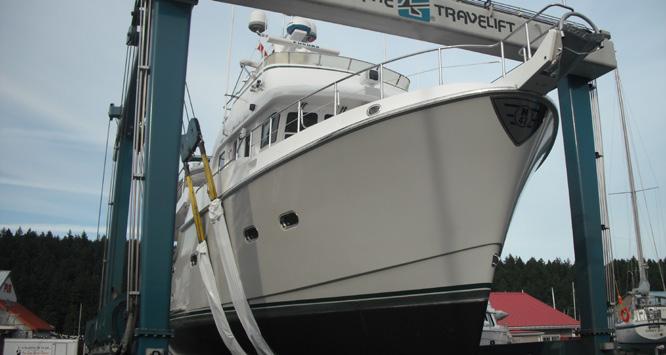
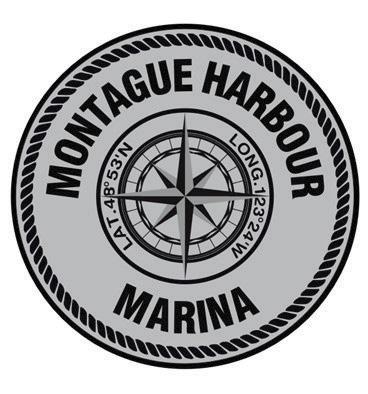
We call that a win-win.
We call that a win-win.


JUNE 2023- 29
GALIANO ISLAND, BC FIVE DINING OPTIONS MARINA & FUEL DOCK Transient Moorage May to September 30/15amp Power, Wifi & Garbage with Moorage Gasoline and Diesel RESERVATIONS HIGHLY RECOMMENDED GENERAL STORE & MARKET Coffee Shop, Ice Cream, Produce, Meat, Seafood, Fishing Gear, Bait, Ice, Books, Clothing & Gifts 250 539 5733 I INFO@MONTAGUEHARBBOUR.COM M info@nanaimoboatyard.ca - www.nanaimoboatyard.ca Central Vancouver Island’s Largest Boatyard - 1840 Stewart Ave., Nanaimo, BC - 250-716-9065 INFLATABLE REPAIRS VISIT OUR WELL-STOCKED MARINE CHANDLERY AUTHORIZED YANMAR DEALER & SERVICE CENTRE WE SUPPLY PARTS FOR: BENETEAU, JEANNEAU, LAGOON & HANSE YACHTS Nanaimo Yacht Services FULL SERVICE BOAT YARD
All boat sale proceeds directly support the Adaptive Sailing Association of BC Learn more at www.asabc.org/breeze
All boat sale proceeds directly support the Adaptive Sailing Association of BC
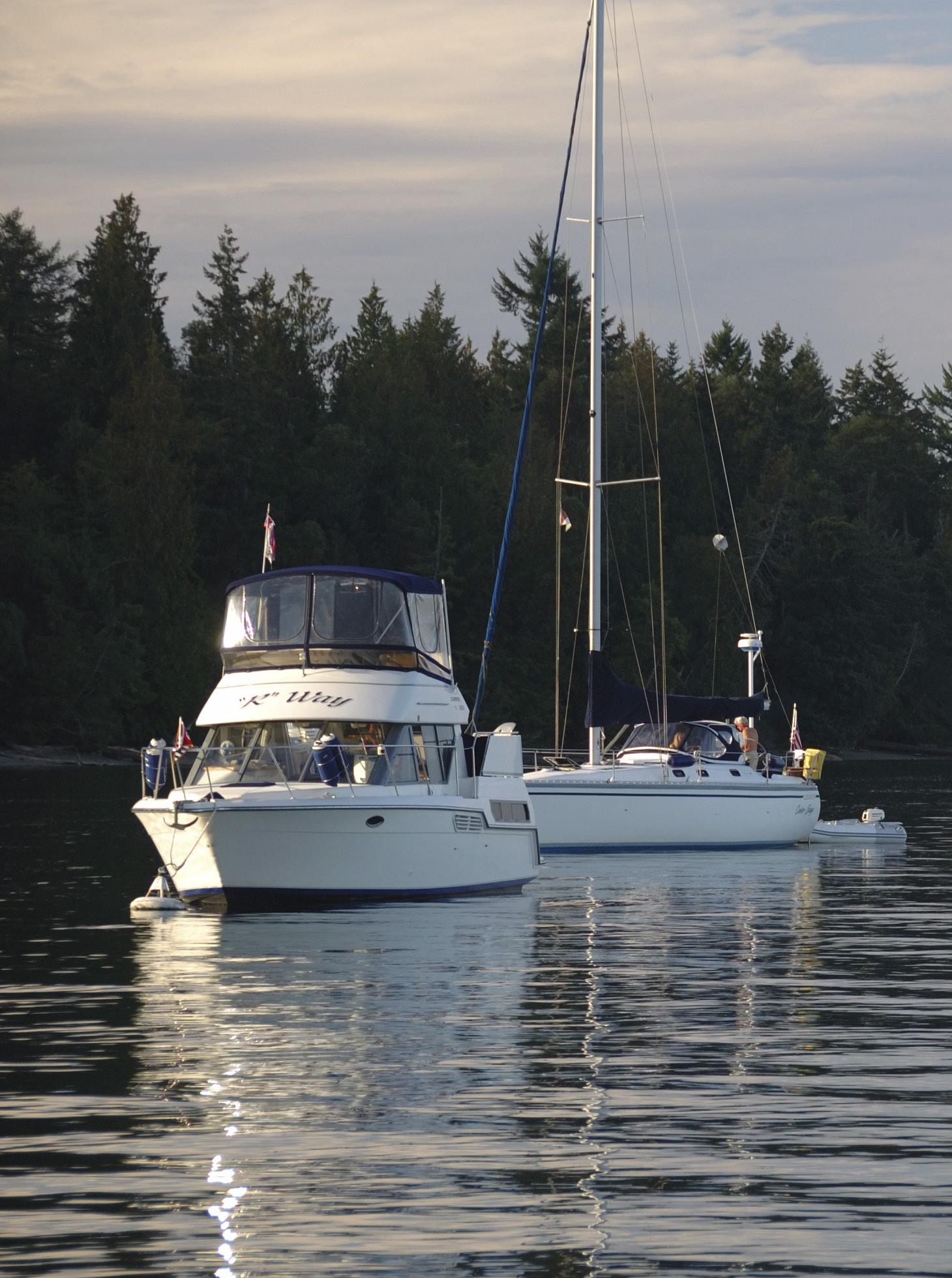 Boats at anchor in Penrose State Park.
Boats at anchor in Penrose State Park.
Five Favourite Puget Sound Marine Parks
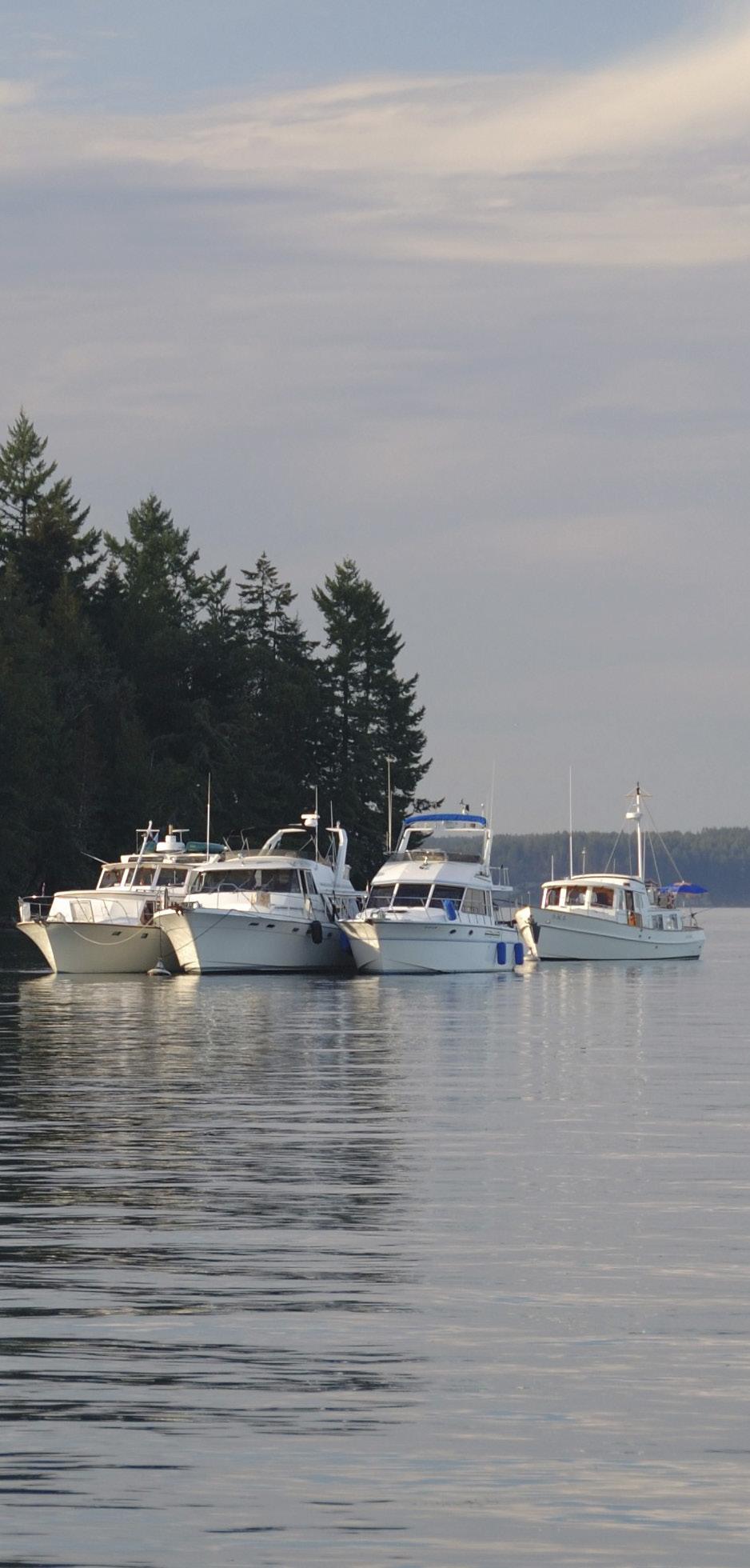
Relaxing escapes in one of the most spectacular cruising grounds in the world
STORY & PHOTOS BY DEANE HISLOP
WWith the day coming to a close, my wife, Arlene, and I reminisced about past visits to Hope Island State Marine Park. The sunset appeared like it had been painted in the sky. The mirror finish on Pickering Passage was reflecting all the brilliant shades of reds and oranges. We recalled a visit when we were dining alfresco, on the back deck, when two resident black-tail bucks slipped out of the forest to provide our evening entertainment as they wandered slowly up and down the beach.
We were halfway through a five-week cruise from our home port in Anacortes to Olympia at the south end of Puget Sound, and back. We had made the turn and were beginning to make our way back north. There are numerous state parks lining the shores of Puget Sound offering something for every crewmember. Our plans included visiting some of our favourites on our way home. Here are five of them.
JUNE 2023 - 31
DESTINATION
Hope Island (Mason County)
Located in the southern portion of Pickering Pass, between Squaxin Island and Steamboat Island, lies the undeveloped and unspoiled Hope Island. Only a few miles from the hustle and bustle of the state capital of Olympia, the serenity of the island and surrounding waters make for a relaxing escape.
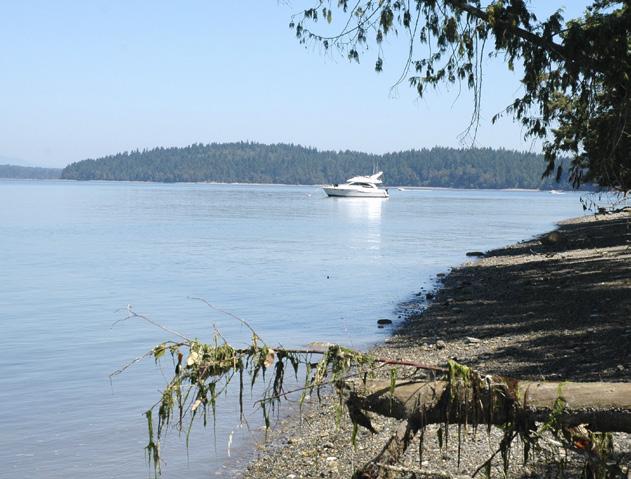
Although moored to a state buoy on this visit, on a previous visit all the park buoys were occupied. As a result, we discovered good holding bottom in 20 to 25 feet of water off the southeastern shore for anchoring. If you’re unfamiliar with the area, a review of the chart is suggested as there are some shallow areas extending out from Squaxin and the current runs swift at times.
On this visit we explored the island by hiking the well-maintained trails that crisscross the old-growth forest and strolled along the wonderful sand and gravel beach that frames the island on its south and west sides. Note that dogs are not allowed on the island due to the sensitive wildlife areas.
During the summer months a caretak-
er resides on the island in a small cabin, complete with windmill, fruit orchard and a magnificent view of Mount Rainier. Located on the south side of the island, the cabin was once the homestead of the previous residents of the island.
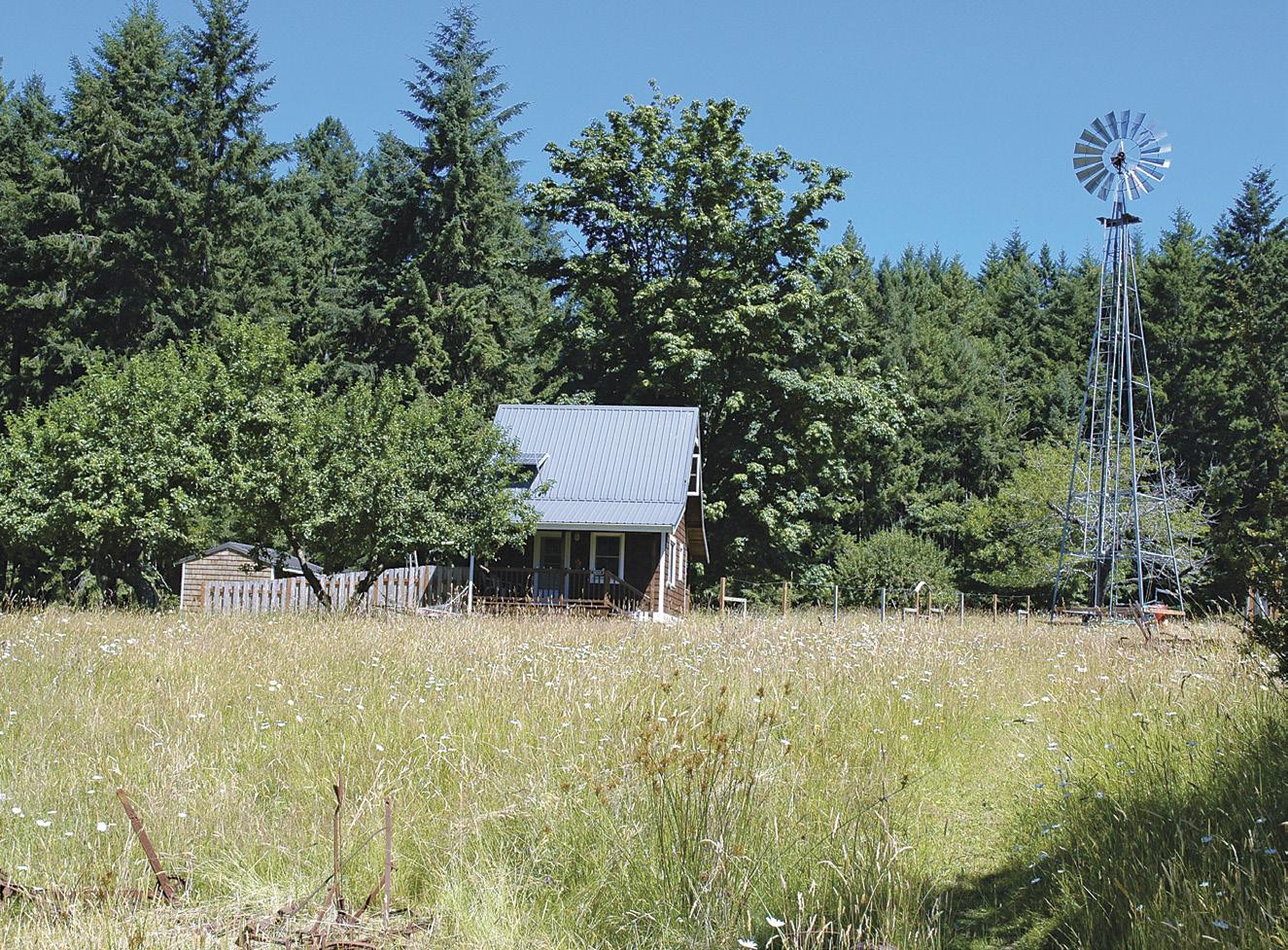
For our afternoon activity we rigged the spinning rods with an egg sinker and Dick Night spoon for some trolling for sea-run cutthroat along the island’s shoreline. Throughout Puget Sound fishing for cutthroats can be very productive. With a falling tide we were lucky enough to hook and release a half dozen fish. Cutthroat trout fishery in Puget Sound is a hook and release fishery, and these aggressive 12 to 18-inch fish are a tremendous amount of fun to catch on light spinning tackle or a fly rod.
2Jarrell Cove
The next morning, we set a course north up Pickering Passage, six and a half miles to Jarrell Cove, a favourite destination for many south sound boaters. Located at the northern end of Harstine Island, this cove is well sheltered in the worst of weather.
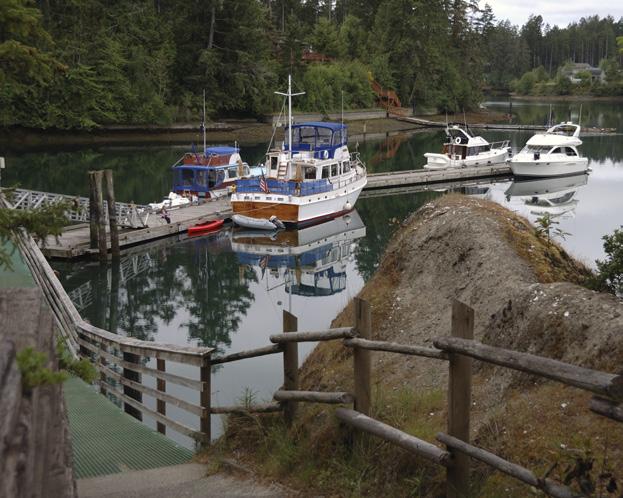
This is a wonderful moorage in the spring and fall. Thanks to the cove’s shelter and decreased water circulation, clear days can provide plenty of solar warming. More than once we have experienced ice on the docks in the morning and 21ºC water by mid-afternoon.
Although there was plenty of open space on the park docks when we arrived, we elected to tie up to one of the park buoys. When visiting the parks we tend to stay off the docks, preferring to leave them for boaters with children. The docks offer 30-amp power, a feature not found at many state parks.
When our homeport was Des Moines we spent many holiday weekends at Jarrell Cove, but the park can get a bit crowded during the spring and summer long weekends. Many boaters elect to take an extra day to arrive early to ensure moorage. Over the years that we visited regularly we often saw the same boaters year after year.
The only safe area for dropping the hook is near the mouth of the cove but it’s open to boat wakes from Pickering Passage. There is no safe anchorage inside the cove, due to lack of depth and swing room at low tide.
Jarrell Cove is a wonderful place
32 - JUNE 2023
1
The cabin located on the southern side of Hope Island has a magnificent view of Mount Rainier.
McMicken Island feels peaceful no matter how many boats are in the area.
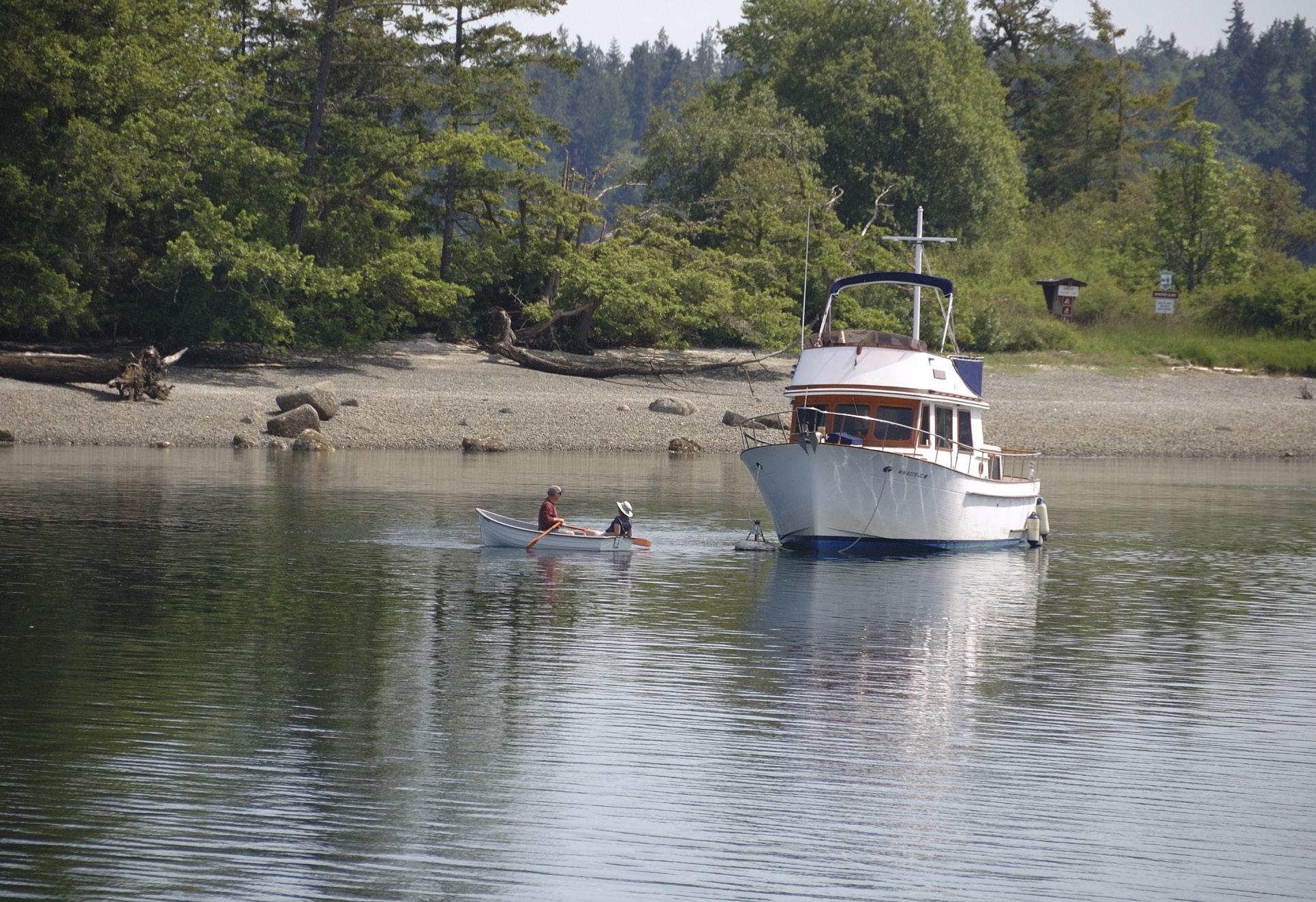
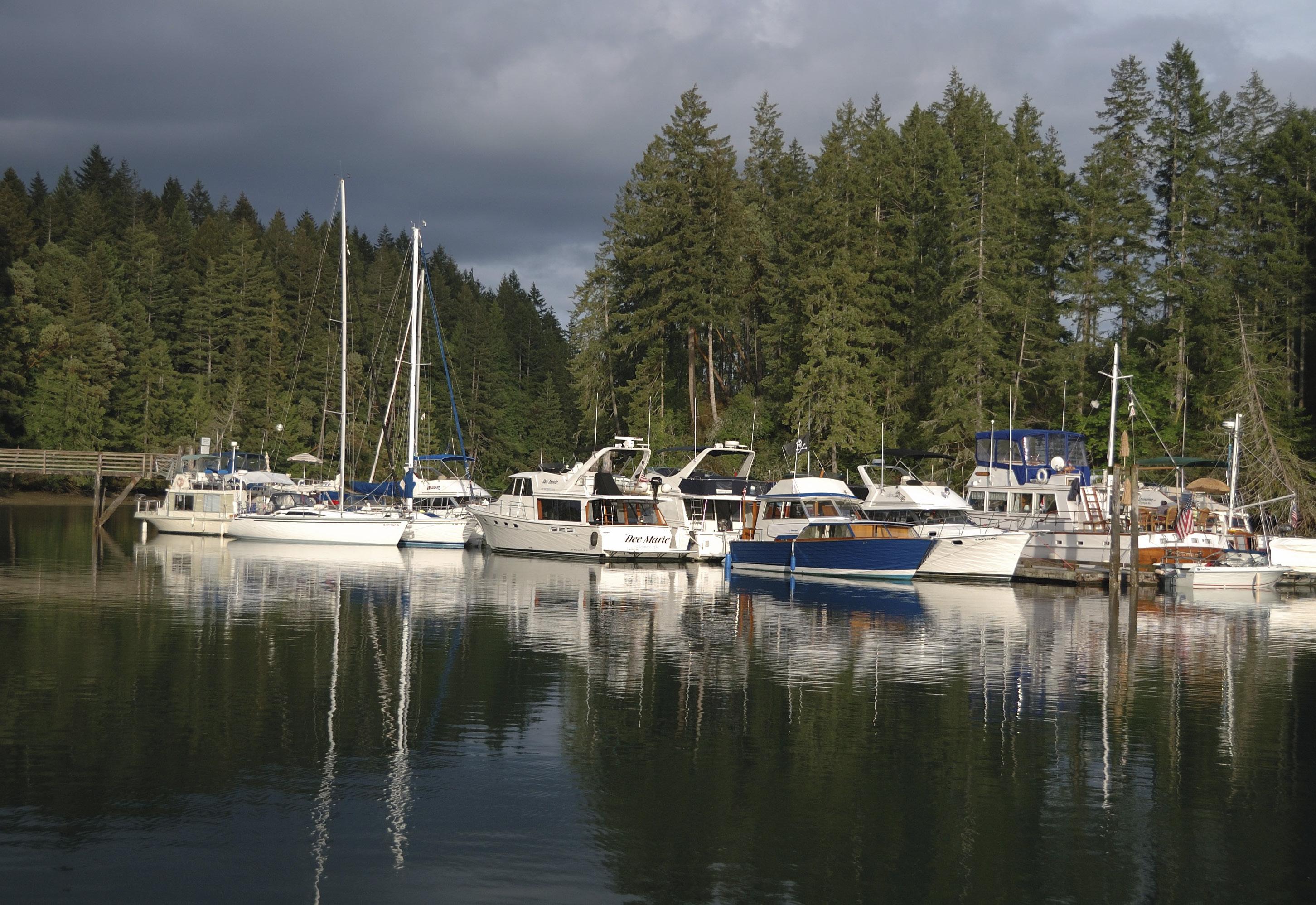
JUNE 2023 - 33
With great hikes and plenty of places to explore by dinghy, Jarrell Cove is a popular spot for good reason.
Jarrell Cove Activities
- 650 feet of dock
- 682 feet of moorage
- Diving
- Fishing
- Swimming
- Water Skiing
- Clamming
- Crabbing
- Oysters - 1.6 km Hiking Trails
- 1.6 km Bike Trails
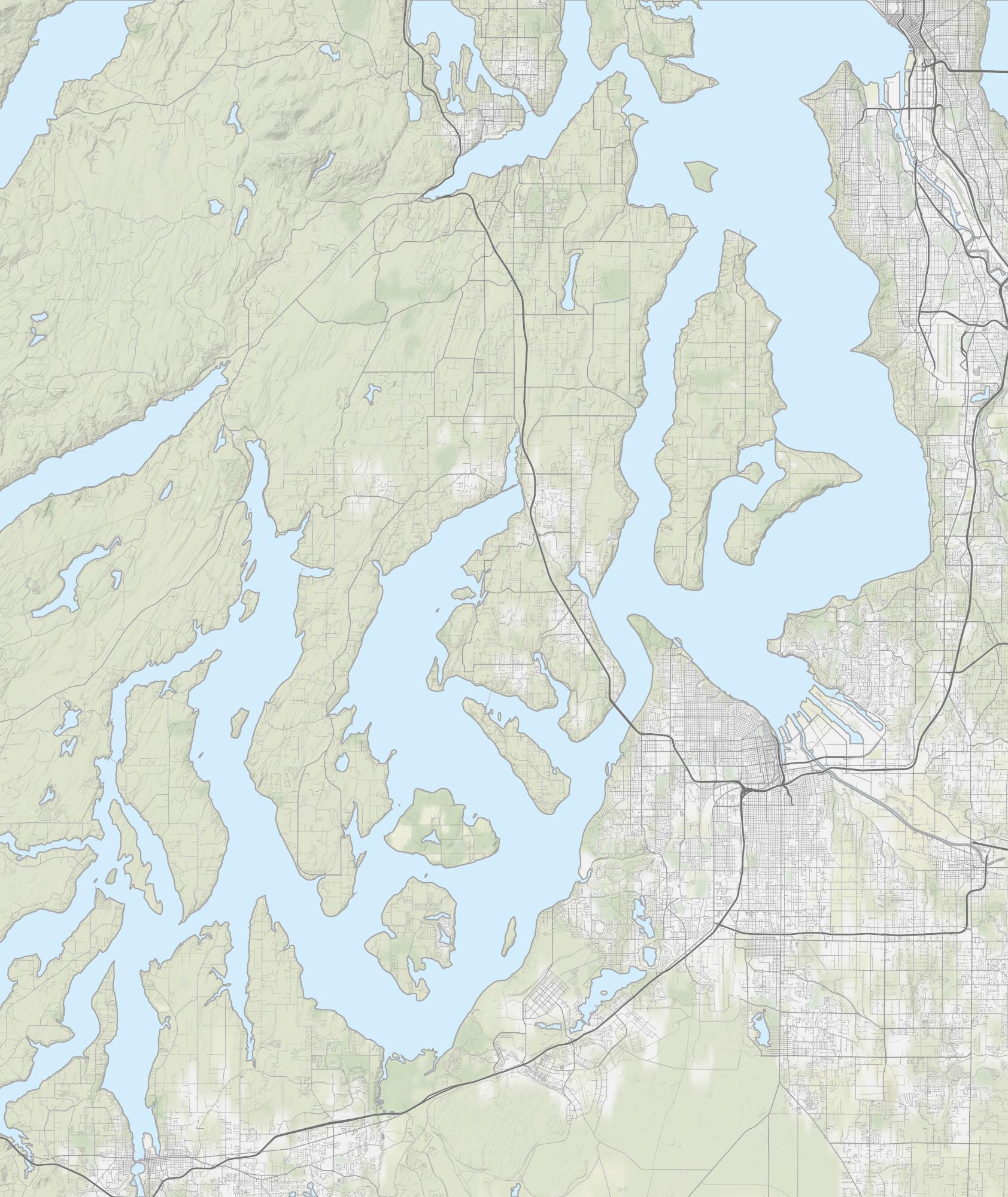
McMicken Island Activities
- Clamming
- Crabbing
- Oysters - 1.6 km Hiking Trails
Hope Island Activities
- Fishing
- Clamming - 3.2 km Hiking Trails
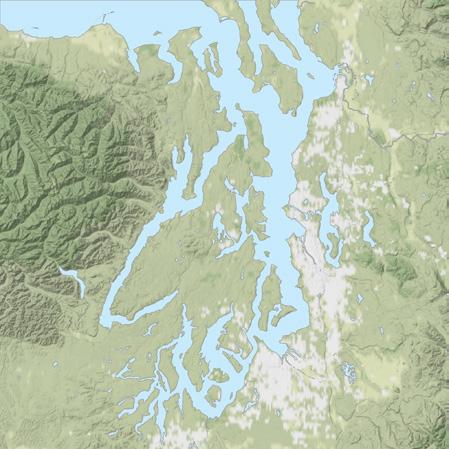
to lace up the boots and take a hike. There are trails throughout the park and miles of rural island roads to enjoy. It’s been our experience to see many of the island’s resident deer and other wildlife during our hikes.
We also enjoy exploring the shoreline by dinghy at high tide. The main cove continues about a quarter mile farther inland from the park, where a few homes and cabins line the shore. The smaller, secluded cove to the east of the park’s inner float is a beautiful spot to drift and take pictures of the wildlife. One of our traditions when visiting Jarrell Cove is an evening cruise in the dinghy.
There is a small marina and store across the cove from the park. The store and fuel dock are open from Memorial Day weekend (May 27–
29) through Labour Day (September 2–4). In the off-season fuel is available by appointment.
Blake Island Activities
- Diving
- Fishing
- Clamming
- Crabbing - 13 km Hiking Trails
- 12.5 km Bike Trails
Penrose Point Activities
- 158 feet of dock
- 270 feet of moorage
- Diving
- Fishing
- Swimming
- Water Skiing
- Clamming
- Crabbing
- Oysters - 4 km Hiking Trails
- 4 km Bike Trails
3McMicken Island
Around the northern end of Harstine Island and down the eastern shoreline is small McMicken Island Marine Park. The park has five mooring buoys but there is an abundance of anchoring spots sheltered from the prevailing southwest breeze with an excellent sticky bottom.
The anchorage is all about solitude. There is not a lot to do here and that’s why we like it. It tends to be very peaceful regardless of the number of boats
anchored in the area. It’s an excellent anchorage to just kick back, relax and let the day drift by.
McMicken is connected to the eastern shore of Harstine Island via a sand and gravel bar. During high tide the area appears as open navigable water between the two islands, but at low tide a 500-metre beach is exposed providing an excellent area to dig clams, pick oysters or beachcomb. For Arlene and me, one of life’s simple little pleasures is a nice pot of steamed clams, garlic bread and an ice-cold beverage for lunch or dinner.
There is a short trail on McMicken that leads to the high point on the island and a nice view of the anchorage and Case Inlet. But the most enjoyable part of visiting McMicken is its peacefulness.
34 - JUNE 2023
0 5 10 Nautical Miles
TACOMA OLYMPIA
Vashon Is.
Harstine Is.
Anderson Is.
McNeil Is.
Puget Sound Area of enlargement
4
Penrose Point
In the morning we were on the move again. Our cruise takes us around Devils Head through narrow Pit Passage into Carr Inlet and northwest to Penrose Point State Park. We consider Penrose to be one of our very favourite state parks within Puget Sound and we have spent many nights here.
The park offers plenty of moorage with a float in Lake Bay, three buoys on the west side of the park in Mayo Cove and another five buoys on the east side of Penrose Point.
Enter Mayo Cove with caution because there are twin shoals well offshore. One shoal extends northeast from Penrose Point and the second
lies 300 yards to the west of the point in Mayo Cove and extends a half-mile out from the beach. Give these shoaling areas a wide berth by staying toward the middle of Carr Inlet until you can clearly see Lakebay Marina before turning toward Mayo Cove. Both shoals offer great beachcombing at low tide.
If your destination is the park float, keep an eye on the sounder as you make your final approach. The channel is shallow and doglegs into the inner bay.
We prefer to stay on the east side of Penrose Point, for a few reasons. Here it’s common to see wildlife such as deer and fox on the beach or a bald eagle soaring overhead. On a clear day there is a beautiful unobstructed view of Mount Rainier and it’s usually a bit quieter than Mayo Cove.
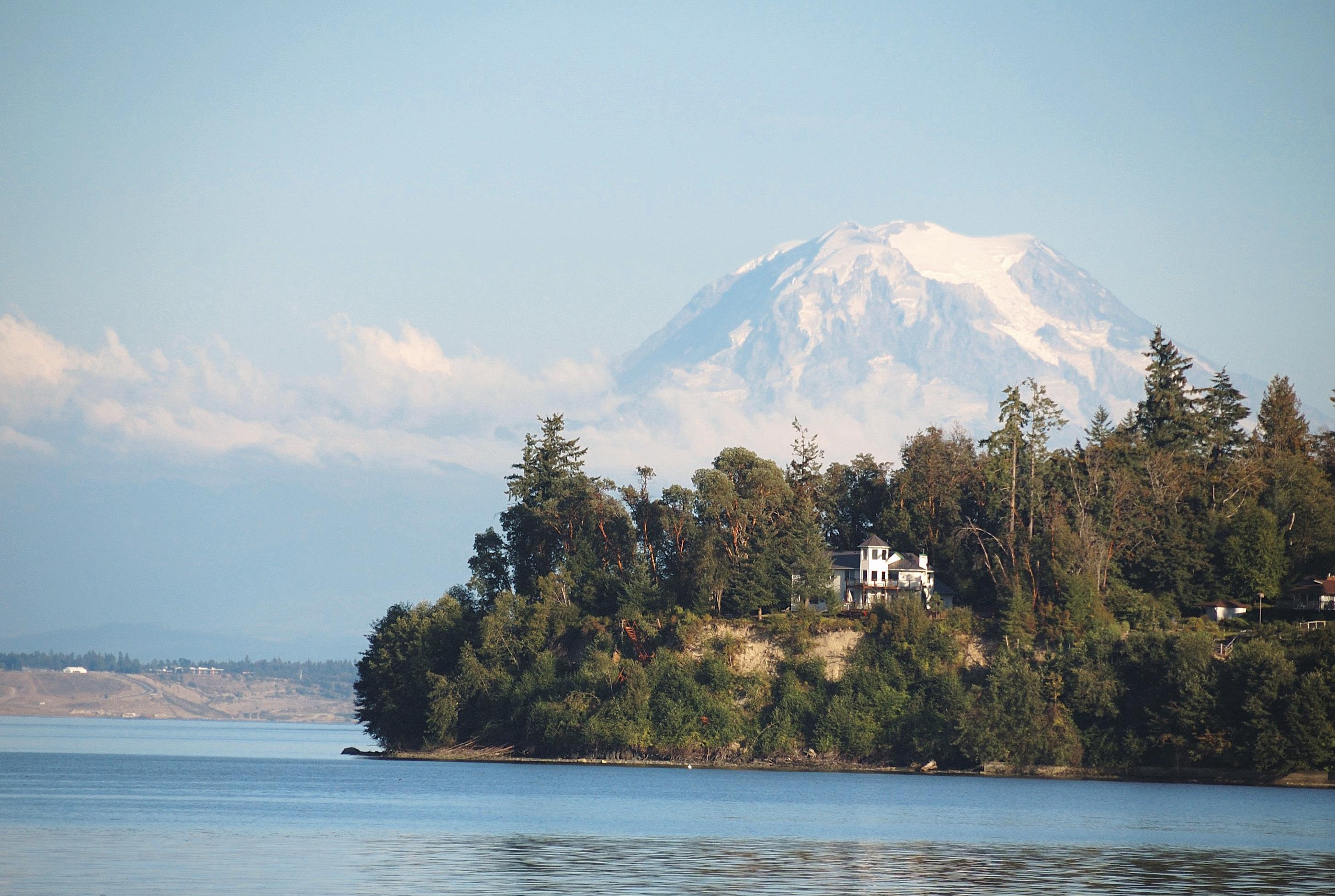
The buoys on the east side of the park were occupied when we arrived but it
wasn’t a problem because there is excellent anchorage at either end of the park buoys, with four to five fathoms over a mud and sand bottom. With the weather forecast calling for calm winds we set the hook north of the buoys for an unobstructed view of the mountain. Had the forecast called for a southerly breeze we would have dropped the anchor south of the buoys for more protection from the wind.
Once settled, we launched the tender and went ashore to pick up the trailhead which leads to miles of well-maintained hiking trails that wind through a mixture of fir and cedar with the forest floor covered with ferns and rhododendrons. In spring the hike is made even better with the wild flowers in bloom.
When in season, this is another park where visitors can forage for clams and oysters, and in years past we
JUNE 2023 - 35
You can’t beat the view of Mount Rainier from Penrose State Park.
have experienced good success. That evening, as the moon rose to the south, we were blessed with an out-ofthis-world sunset that turned Mount Rainier pink and made for one of those perfect Kodak moments.
5 Blake Island
East through Hale Passage and north via the Tacoma Narrows and at the north end of Colvos Passage is Blake Island. This is a marine park I’ve visited many times over the past 50 years, and it’s one of the most-popular park destinations for greater Seattle boaters. A breakwater protects a small harbour
on the east side of the island that offers shore power.
Our plans for this trip were to moor to one of the park buoys on the west side of the island. You see it was July 4, Independence Day, and the west side of the island would provide a view of the fireworks around Yukon Harbor. During the height of the boating season we have often opted to take advantage of one of the buoys west of the island. It’s a bit more peaceful and the view of the Olympic Mountains is spectacular.
The entire island is park land and provides another great opportunity for boaters to stretch their sea legs with miles of trails and beach to explore.
That evening after a dinner of barbecued ribs and all the fixings we kicked back with a cool beverage in hand and
WHEN YOU GO
State Park
Moorage Permits
State park moorage fees are inexpensive at $ 0.70 per/ft per night on a float, and $15 for use of a mooring buoy for a night. Boats larger than 45 feet are not permitted to moor on buoys, only docks and linear moorage. These fees also apply to rafted boats. If you’re planning to spend more than four or five nights a year at state park moorage, as we do, consider an annual moorage permit. The permit fee is $5 per/foot with a minimum of $60, and is good for either park docks or mooring buoys. For more information, visit Washington State Parks online at parks.wa.gov/ permits
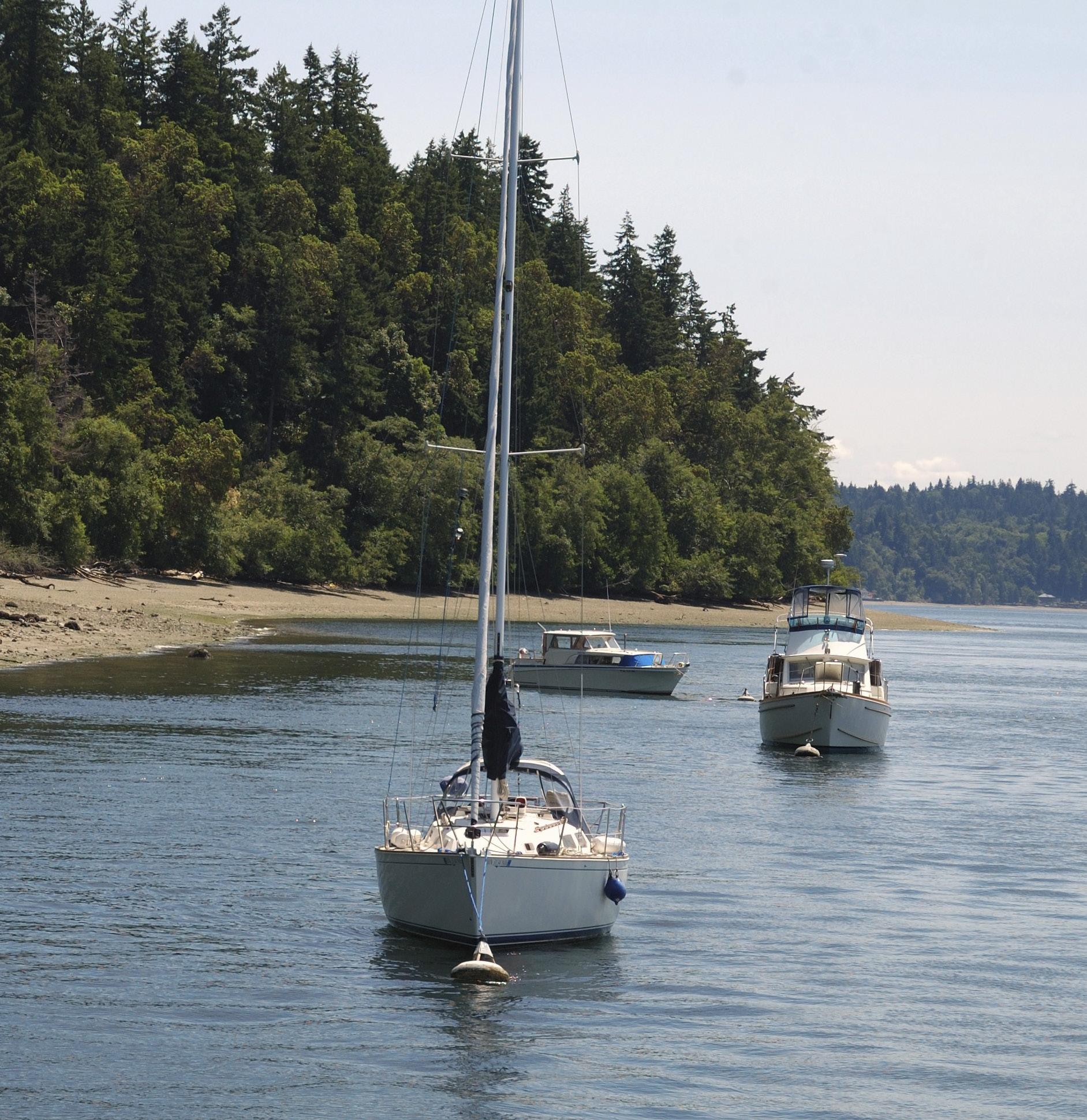
Seasons and Licenses
Before wetting a line or harvesting shellfish check out the Washington Department of Fish and Wildlife website for season and license information at wdfw.wa.gov.
witnessed a marvelous display of fireworks put on by the residents around Yukon Harbor.
Although our recent visits to our favourite marine parks were during early summer, these parks have a lot to offer in the offseason and the protected waters of Puget Sound can make for a great escape all year round. Over the past 110 years the Washington State Parks and Recreation Commission has established the largest state-managed mooring system in the United States, with more than 40 marine parks and more than 8,500 feet of public moorage. Take some time and explore Washington State’s marine parks and establish your own list of favourites. For information on planning your visit check out the Washington State Parks and Recreation Commission website at parks.wa.gov.
36 - JUNE 2023
Blake Island Harbor Marine State Park offers five miles of beach shoreline.
The Hot New Trend for Yachting 2023
STARLINK | The Hot New Trend for Yachting 2023
Starlink, which is available in the US and Canada, provides a cost effective, low-latency, high-speed internet connection, no matter their location.
The launch of SpaceX’s Starlink Maritime service has revolutionized the way users access the internet at sea. The service, which is available in the US and Canada, provides a cost effecitve, low-latency, high-speed internet connection, no matter their location.
Starlink has a significant impact on recreational boaters. This means that recreational boaters can stay connected to the internet, stream media, access social media, video conferencing and other online services just as they would on land.
Before Starlink, recreational boaters had limited options for internet connectivity while at sea. This means boaters no longer need to rely on expensive satellite services or cellular networks that may not work in remote locations. Thus, improving the user experience, allowing recreational boaters access even in harsh weather conditions. This not only improves their overall experience; and increases safety.
Recreational boaters can stay connected to the internet, stream media, access social media, video conferencing and other online services just as they would on land. No need to rely on expensive satellite services or cellular networks that may not work in remote locations. Thus, improving the user experience, allowing recreational boaters access even in harsh weather conditions. This not only improves their overall experience; and increases safety.
YCS clients who were early adopters in 2022 rave about their system and can’t imagine their cruising season without it now.
WE ARE HERE FOR YOU
For over a decade Yacht Care Systems has delivered dependable, first-class yacht care and preventative maintenance services.
WE ARE HERE FOR YOU
For over a decade Yacht Care Systems has delivered dependable, first-class yacht care and preventative maintenance services.

Our expertly trained staff are committed to maintaining your yacht with a full range of essential services that remove the worry and frustration from your boating experience and ensures that you will be spending more time cruising, and less time on the dock waiting on repairs.
Our expertly trained staff are committed to maintaining your yacht with a full range of essential services that remove the worry and frustration from your boating experience and ensures that you will be spending more time cruising, and less time on the dock waiting on repairs.
 By Sophia Betegh GM/COO, Brian Renix, Business Development Manager, and Alex Dale Manager Technical Services, Yacht Care Systems
By Sophia Betegh GM/COO, Brian Renix, Business Development Manager, and Alex Dale Manager Technical Services, Yacht Care Systems
Advertisement STARLINK |
Advertisement
BOUNTY of BROOKS
A small boat on a big adventure to Brooks Peninsula
By Jolie Shea
PHOTOS BY GREG & JOLIE SHEA
Ilook at the pile of camping gear topping our 21-foot zodiac and wonder how our dog is going to fit in. We are loaded to the gills with two paddleboards, a surfboard, a massive cooler of ice and provisions to last us eight days. It’s July and our destination is remote Brooks Peninsula Provincial Park, a water-access only park on the west coast of northern Vancouver Island. The last time we’d visited this special place was 16 years ago with our six-month old son Mowat on a circumnavigation of Vancouver Island on our 29-foot sailboat Dalua. We now have downsized to an inflatable, and teenage Mowat is at the wheel driving our boat as we prepare to disembark. Greg pays for trailer parking at the Fair Harbour mini store and my daughter Maese and I take our one-year-old whiteshephard-lab-cross, Newton, for a last-minute pit stop.
AS WE ENTER Kyuquot Channel, the motion of the open Pacific Ocean can be felt as we ply along this hazardstrewn coastline. Out into the expanse of Checleset Bay, waves explode on the offshore reefs, even with this perfect weather window of decreasing northwest winds and low swell. Greg keeps in radio contact with our friends Given
and Courtney on our buddy boat Oyster and their two girls We agree to rendezvous in two hours off Jackobson Point in the southern “armpit” of Brooks Peninsula and check out First Beach’s surf conditions for landing. Thirty miles to the northwest lies a hazy horizon of land. Sea Otters bobbing in the water punctuate our passage.
Jutting out into the Pacific is the anomaly of Brooks Peninsula. Extending 10 miles south from Vancouver Island, it partly escaped freezing over in the last ice age and is home to rare species of plants associated with glacial refugium. We like cool plants, but it is Brook’s impressive white sand beaches, surf and treasure hunting we’ve come for! Glass balls are the “Holy Grail,” but we have also heard a rumour that a cargo shipment of Yeti coolers was lost at sea and we’re going on the hunt.
First Beach looks like a surf landing, so we motor around the corner to Second Beach, which is protected by a group of islets. If it’s too rough, we can always drop anchor in protected Columbia Cove, but it’s not a good campsite. Second Beach looks tropical with its white sandy shores and aquamarine waters Greg drops the anchor and I jump in.
38 - JUNE 2023
RIGHT: Our companion boat, Oyster, in our anchorage at Second Beach, Brooks Peninsula.
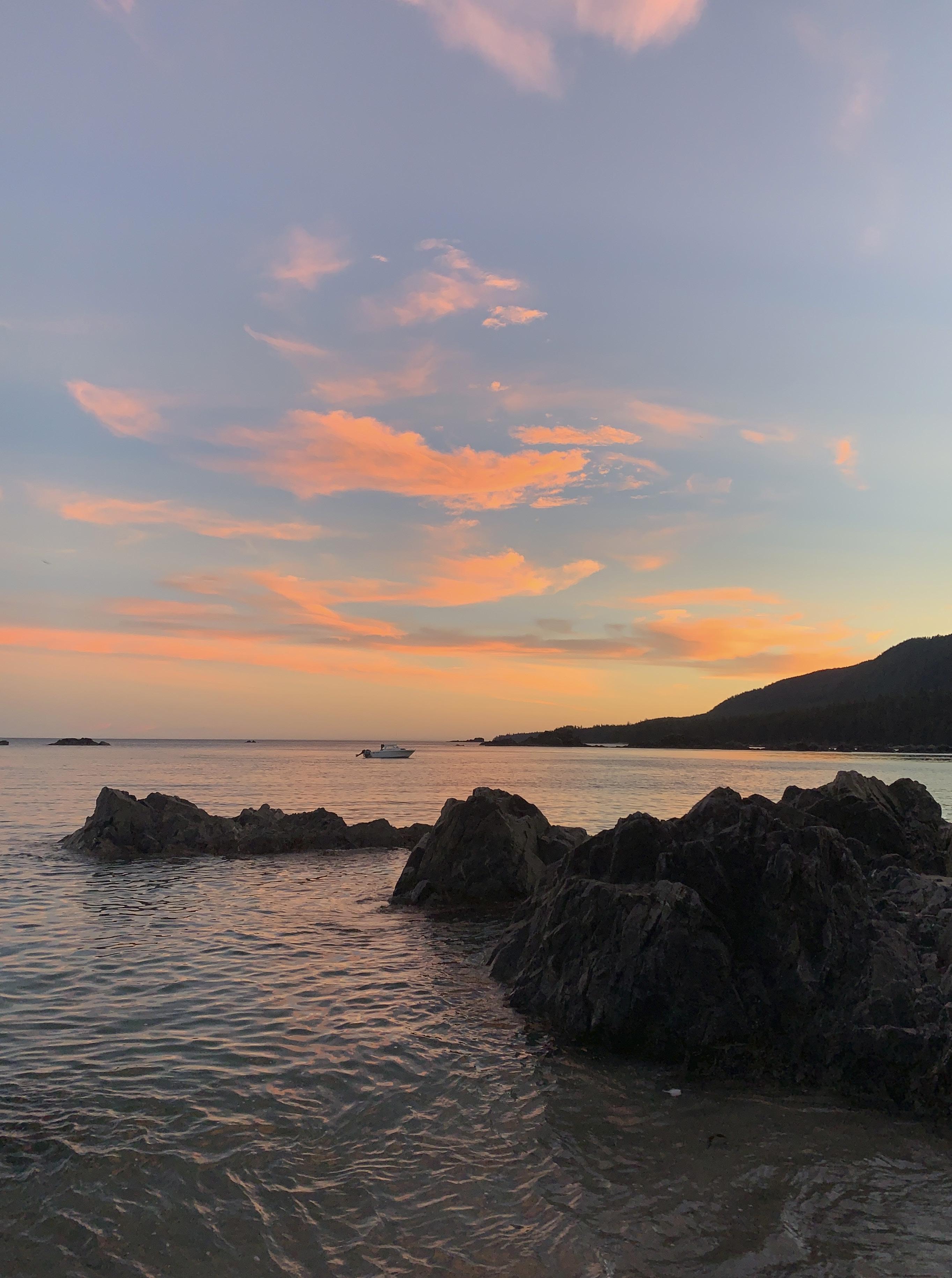
The Hawaii-like scene does not match the temperature of the water! Mowat and friend Kale follow suit. We reach the beach and are shocked when we all start hopping around; our feet burning from the hot sand. Osprey noses in and is instantly spun 90 degrees by a wave and pinned on the beach, her deep-V design pitching her on her side. In the nick of time, the boys and I push her out on the next incoming wave. Courtney and the girls jump off and Given anchors Osprey. Greg brings our zodiac in and even in this low surf we hold the boat off in waist high water, so we don’t get stranded like a beached whale. We make a human chain-line and pass our gear up above the tideline. Mowat uses the paddleboard to take the necessities off Osprey and camp is soon made.
When the sun hits the tent in the morning
it’s too hot to stay inside. I’m happy to see our two boats bobbing in the anchorage, as I make a beeline for the water and plunge in. This is an instant wake up, followed with a warming cup of coffee and Baileys. Between the two families, we’ve decided to alternate cooking days and it’s our day off. Greg and I get the paddleboards. Paddling through a maze of kelp, we see colourful sea stars and vibrant giant green anemones surrounded by pink coralline algae before we head into a secluded cove. Greg lets out a whoop when he sees a large rectangular block on the beach. Could it be? Yup, it’s a Yeti. The cooler is scratched up on the outside and missing a wheel but perfect on the inside! When we paddle back to camp with it, my camp mates give a cheer and we’ve now got a drinks cooler with a good story.

40 - JUNE 2023
Our anchorage at Second Beach, looking out into Checleset Bay.


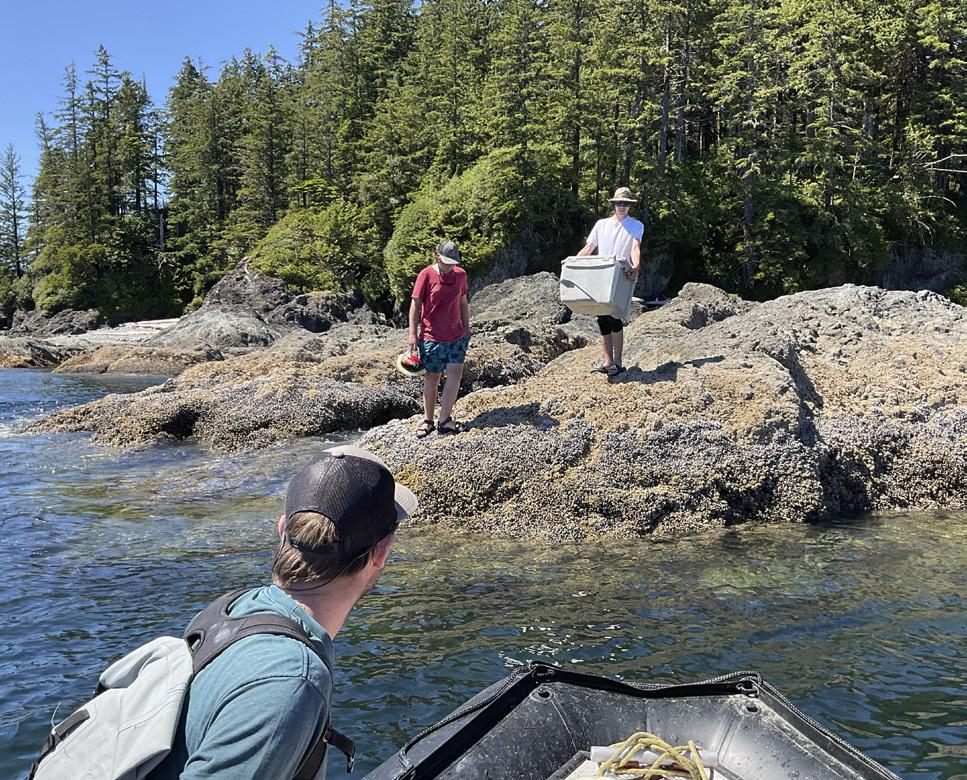


JUNE 2023 - 41 1 2 3
1. Heading out of Fair Harbour, Kale Wilson navigates while Captain Mowat Shea directs Newton to “sit and stay” amongst the gear and provisions for an eight-day trip to Brooks Peninsula. 2. “Score!” Mowat Shea and Kale Wilson search the shoreline with success for a lost shipment of coolers that were purported to be washing up on the Pacific Coast. 3. The holy grail of coolers, a little beat up on the outside and missing a wheel but perfect on the inside.
BROOKSPENINSULA
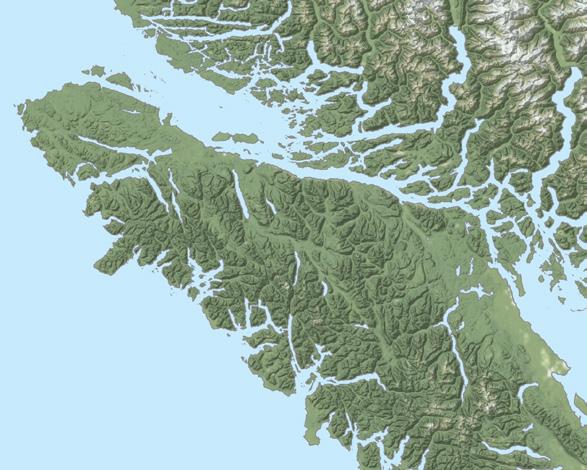
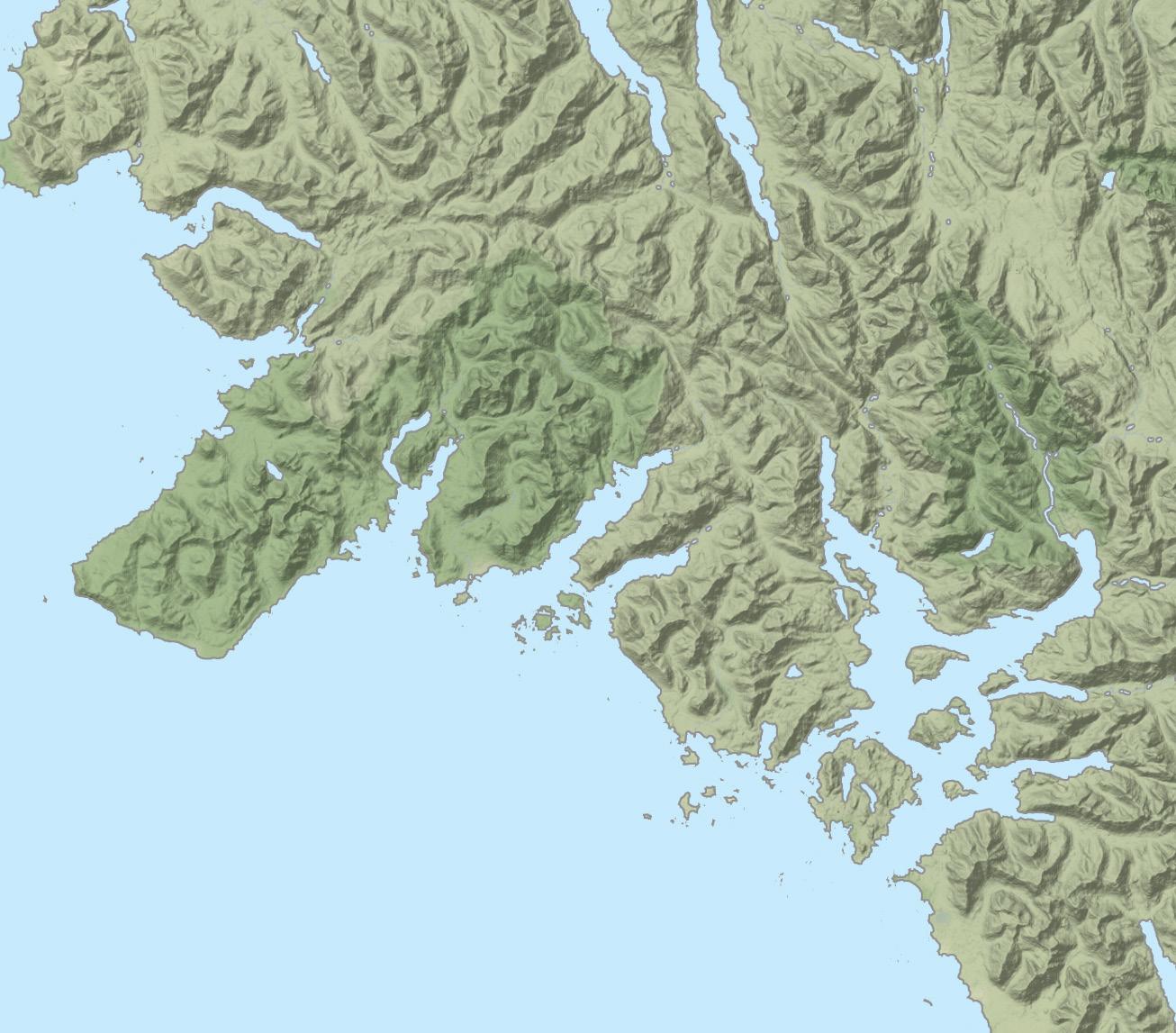
Everyone is psyched to go up the coast to beachcomb, so the nine of us and the dog load up in the zodiac. Newton has accepted rides on the paddleboard to shore but has yet to learn how to swim. So, when he misjudges the depth and distance to shore, he submerges below the water. We are thrilled to see he has “discovered” swimming. There are so many treasures: Cool floats, a hopscotch mat, gas cans, a single white gumboot, a bicycle helmet and three more Walmart brand coolers. Newton nudges his nose up to a sleeve of tennis balls on the tideline as if to say, “I found treasure too!” Our camp at night looks like a scene from Lord of the Flies as the five kids don the bike helmets that have a row of “mohawk” spikes and dance around the fire under the starry sky. They are having the time of their lives swimming, snorkelling, playing disc golf, bocci and endless games of cards under the shade tarps using the found coolers as crib tables.
EVERYTHING IS PERFECT until the evening’s barbecue chicken drumsticks. Later, lying in my sleeping bag, my stomach is doing summersaults and I’m surprised the gurgling sounds and my moaning haven’t woken up Greg. Over the next five hours, it’s just me and the shoreline’s amphipods that jump into my headlight’s beam as my body empties the food poisoning. By 04:00, I crawl like death into my sleeping bag waking Greg with my prognosis. “You can’t be sure it was the chicken?” Greg says before bolting upright, hastily undo -
ing the zip, violently hurling up as he runs down the beach. Next it is Mowat. Luckily, it is only the three of us who are affected. I have a beach-reading day of recovery while the rest of the crew hikes to a large sea cave where stalactites sparkle and tracks of wolves are seen.
IT’S ANOTHER GORGEOUS day and the building swell looks promising. Greg loads the wetsuit-clad-clan and boards for a full day of surfing over at First Beach. Maese and Amira twin surf on the big paddleboard and Odessa is getting the hang of standing up on her surfboard. It’s smiles and laughter all around with good rides and lots of wipeouts. Later, we hike up to a waterfall to wash off our salty layers, it’s so deep and cold the kids cannonball in their wetsuits.
Our blue-bird days have been a blessing, but not the norm, for notoriously bad-weathered Brooks. So, I’m not surprised when the fog rolls in, obscuring the coast and weaving its magic through the lichened boughs of the temperate rainforest. The fire is comforting, as is the smell of slow-pit-cooked mac and cheese. I gaze back onto our “outdoor-tarped-living room” decorated in mobiles of floats and shells; the 13 bike helmets lined up on spears giving it an intimidating tribal facade. Our camp looks like we’ve been here forever, shipwrecked castaways, and it’s only been a week of smallboat-camping. Thanks to the Yeti, we still have cold drinks, and we haven’t lacked for water having the nearby stream and two helpful young men to haul water. On our last day beachcombing, Maese found a right-foot Crocs shoe that matched the left-foot shoe I found at the beginning of the trip. I am complete.
When we return to Fair Harbour eight days later, I meet a Che:k’tles7et’h First Nation lady from Kyuquot Village and ask if she knows any children that could use the 13 bike helmets. Turns out she has 14 grandchildren, and they would love them. Ahhh, beautiful Brooks Peninsula has the beaches that keep on giving.
Last time when we were here 16 years ago, I found hundreds of unopened Pepsi cans with Arabic writing to mix with our Rum, but I won’t wait this long before I return. Now that we don’t have to circumnavigate Vancouver Island to get to Brooks and have a small-big-boat that we can trailer on gravel roads to West Coast launches, we will come back soon to this boater’s paradise.
42 - JUNE 2023
Kyuquot Checleset Bay 0 5 10 Nautical Miles
Fair Harbour
•




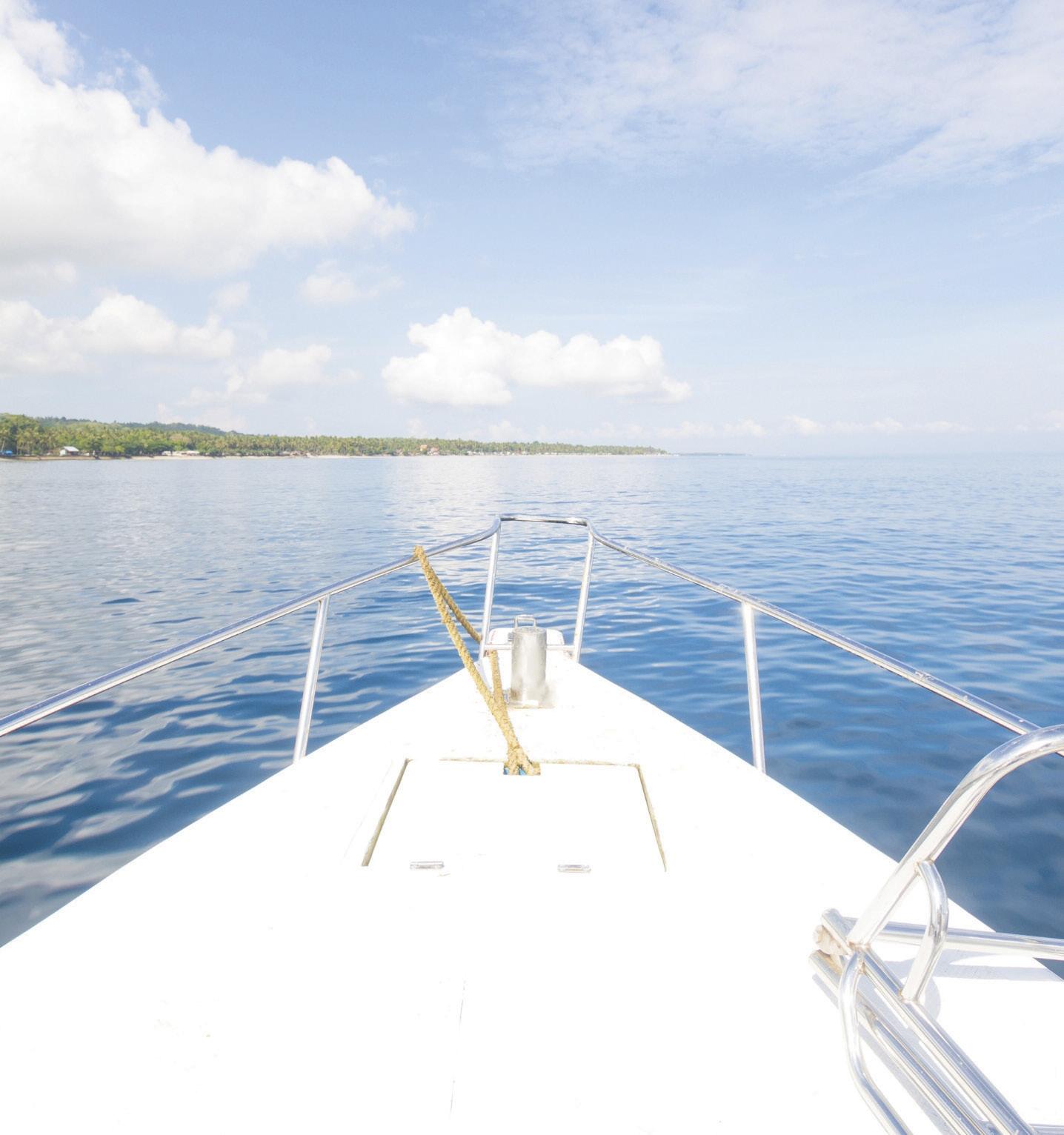
Canadian Power and Sail Squadrons Escadrilles canadiennes de plaisance www.cps-ecp.ca | 1-888-CPS-BOAT
volunteers have been sharing their on-the-water knowledge with
helping them prepare for both every day and emergency situations. Fees collected from our courses
reinvested in programs that allow us to better serve Canadian boaters. Charitable Registration Number: 10686 5611 RR0001 SCAN TO LEARN MORE $49.95 TAX FREE Course and Card PASS, PRINT AND GO
Print a temporary card
Since 1938, CPS-ECP
new and seasoned boaters,
are
•
Get your permanent card
the mail
in
for life ONLINE COURSE
book quizzes
test retries
• Good
• Open
• Unlimited
boaters
boaters MADE IN CANADA
Transport Canada Accredited
The only Canadian card that is NASBLA Approved
Coast Guard Get Your Official Boating Licence Today! BoatLicenceCanada.ca CANADA’S PLEASURE CRAFT OPERATOR CARD (PCOC) COURSE Summer Smith 01/01/2020 SMI-1234 05/01/2023
• Designed by a non-profit community of
for
•
•
and recognized by the US
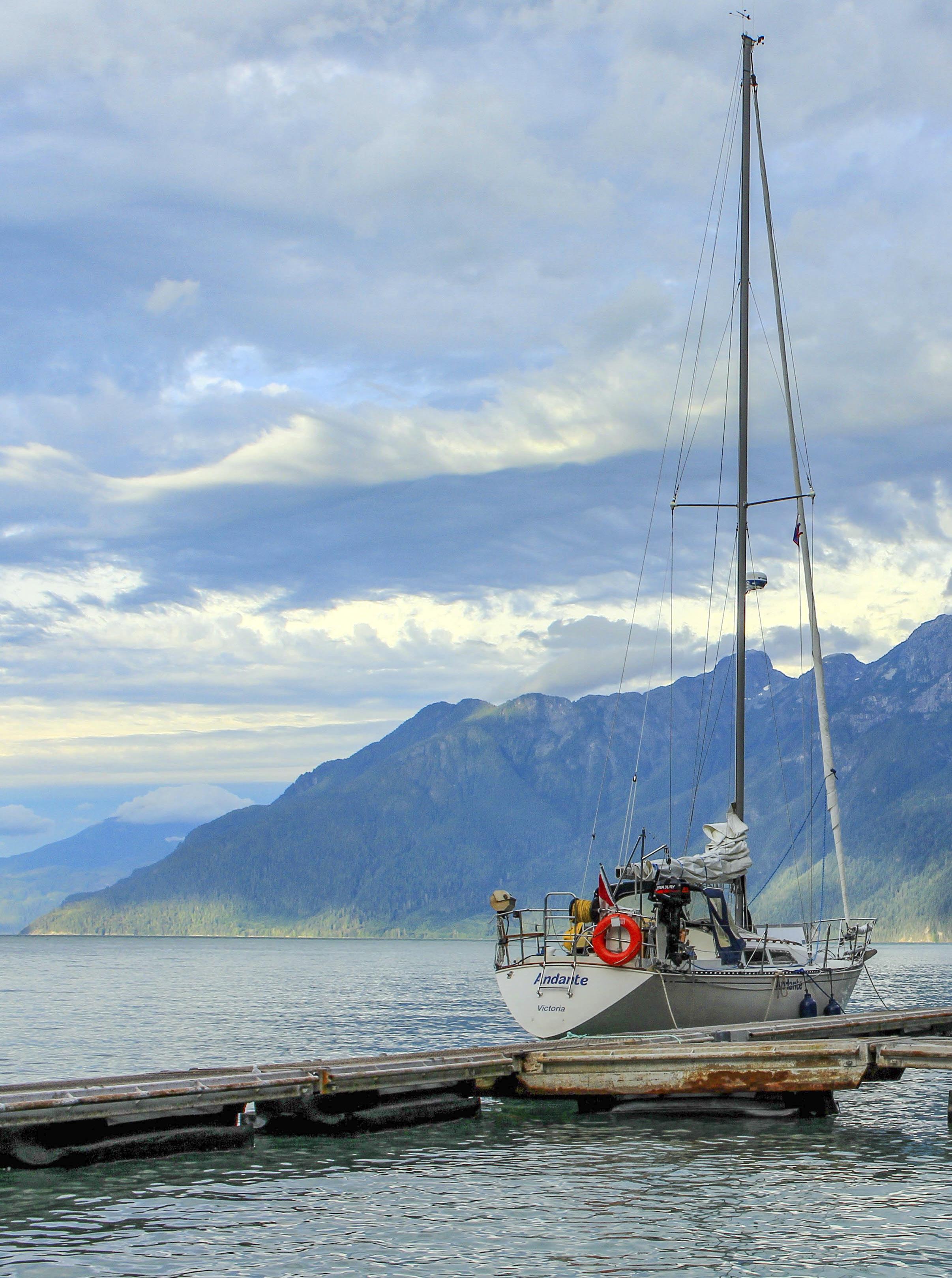 Orford Bay, Bute Inlet.
Orford Bay, Bute Inlet.
SAILING TO THE GREAT BEAR RAINFOREST,
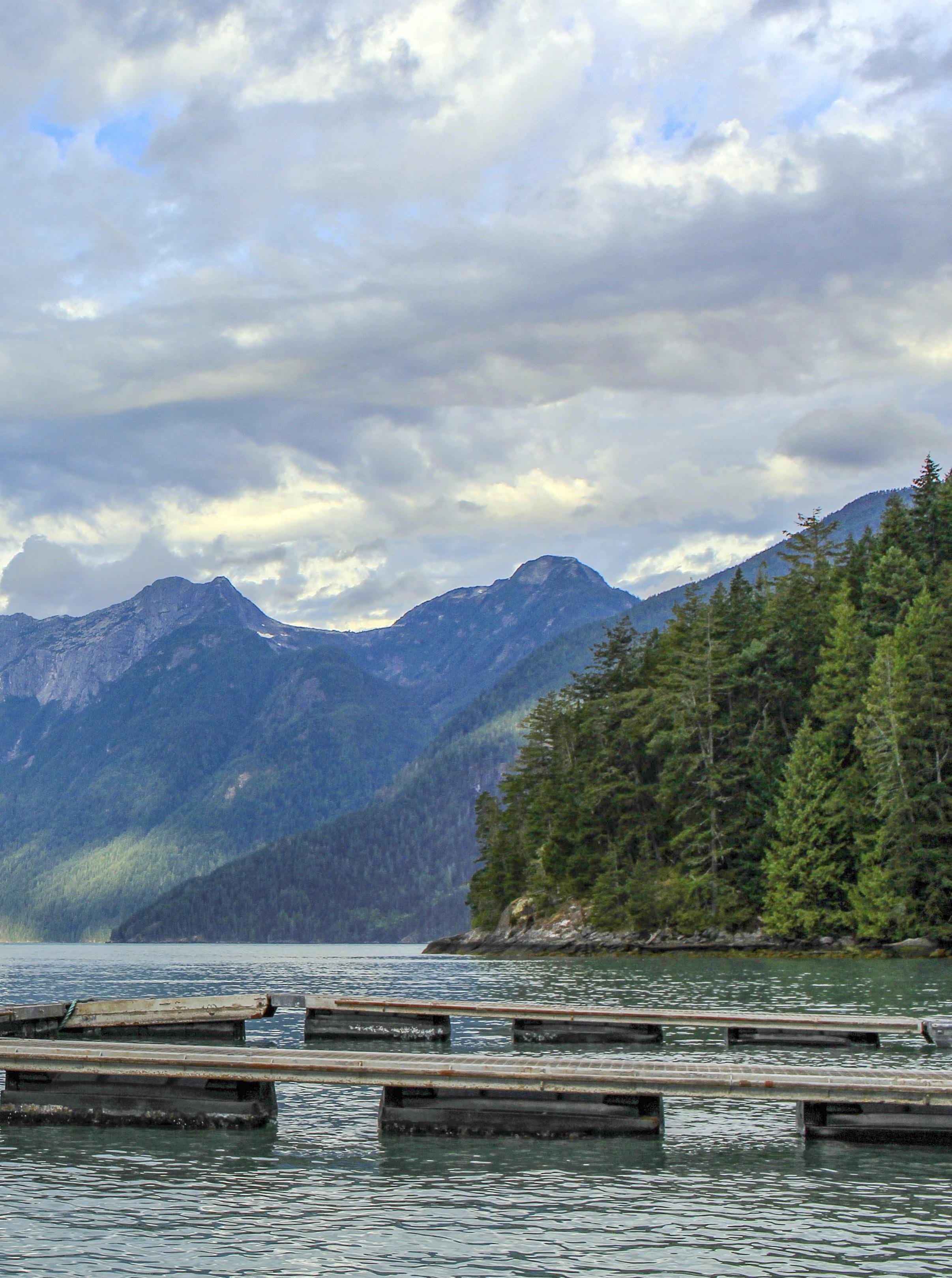
SINGLE-HANDED
A Practical Guide
Story by Marianne Scott
PHOTOS BY DENNIS MCMILLAN
Dennis McMillan left Victoria on May 15 for a two-month, 1,000-mile, mostly single-handed voyage to the Great Bear Rainforest on his 1981 C&C 34, Andante. His goals were to explore BC’s coast north of Cape Caution, photograph wildlife and return with his boat and himself intact. “That last goal may sound obvious,” he said, “but the fact of sailing singlehanded drove much of my decision making. My boat’s name is a musical term that means ‘slow and easy.’”
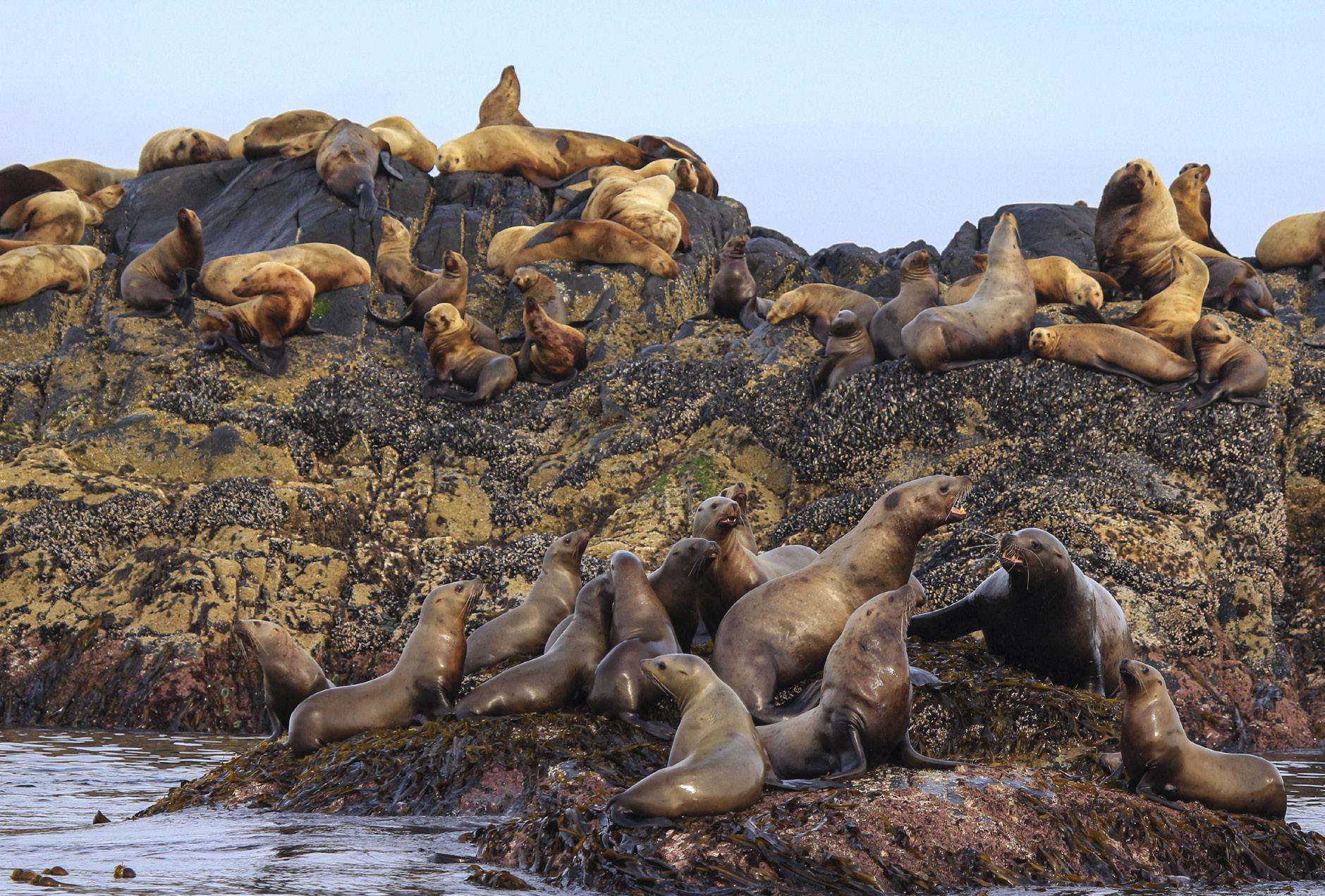
As he related his adventure, it became clear the voyage lived up to the boat’s name.
I have known Dennis for many years and have learned he’s an extremely capable fellow—a retired IT guy, he’s worked for various companies and governments and is fully versed in the latest electronic aids that help you plan and navigate BC’s most isolated regions. He’s also mechanically inclined and can repair and replace most anything—he’s installed a new Beta 25 engine and an electric windlass himself. “I’m getting a bit long in the tooth (72) to haul up that chain and rode by hand,” he said with a smile.
Dennis also has huge sailing credentials. After starting his sailing life in a Catalina 27, he dreamed of going offshore and bought a Cal 39, Delphis, in Cabo San Lucas, then spent
two years upgrading her. With his wife and three sons, he completed a shakedown cruise around Vancouver Island, and in 1996, the family left for a seven-year circumnavigation. Countries visited included Mexico, French Polynesia, Samoa and Fiji; they also spent 15 months each in Australia and New Zealand where the boys attended school. Sailing east, they visited New Guinea, Indonesia, Thailand, the Maldives and Oman. After a fearful crossing of the Red Sea but a tranquil Suez Canal passage, they joyfully explored the Mediterranean, followed by an Atlantic and Caribbean crossing. The Panama Canal was next and from there they returned home. Dennis races most weekends, and has participated in many Swiftsures, Van Isle 360s and Oregon Offshores. He’s also a veteran kayaker.

46 - JUNE 2023
D
Despite those tens-of-thousands of miles, what he hadn’t reconnoitred was BC’s coast north of Cape Caution.

PREPARATION Dennis is methodical and prepared extensively for his up-coast voyage. “Cruising solo, you have to take extra measures,” he said. First, he ensured that the boat’s systems were in good condition. Then he loaded tools and spare parts like gasket and sail repair material, engine oil, coolant, underwater sealant, and selffusing silicone tape for sealing leaky hoses.
Spare filters and belts were also stowed. He’d once experienced fuel tank sludge stirring up while exiting Bute Inlet. It plugged the fuel filter so now he carries a piece of rubber hose that can bypass the main fuel tank and primary filter by using a jerry can.
To make sure that all mechanicals continued to function well, he made a daily inspection of the engine oil and water levels, checked the alternator belt and looked for leaks or loose bolts.
NAVIGATION Dennis divided the voyage into three legs: From Victoria to Port Hardy, from Port Hardy to Bella Bella and then to the Fiordland Recreation Area (52°50’59”N). He consulted two cruising guides he considers a necessity, Exploring the North Coast of British Columbia by Don and Reanne Douglass and Cruising the Secret Coast by Jennifer and James Hamilton. Dennis describes the two guides as, “indispensable if you’re going to get off ‘the Alaska Highway for boats,’ the route followed by most boats heading for Alaska.” He’d also
installed the i-Boating app, and before departing Victoria, set waypoints for potential anchorages listed in the two guidebooks.
The AIS Marine Traffic app was another handy tool useful in foggy conditions whenever Dennis could connect to the internet. “Leaving in May, thankfully, it was early enough in the season and I only experienced a few days of fog,” he said.
Andante’s chart plotter didn’t contain charts north of Vancouver Island, so Dennis loaded more extensive Navionics charts onto his tablet and backed them up on an additional tablet and a smart phone. He liked the tablet’s larger size, the freedom of consulting it anywhere on the boat, and its flexible finger-activated touch screen. He also carried large paper planning charts aboard.
JUNE 2023 - 47
WEATHER PLANNING Using a combination of radio reports, apps and backups, Dennis sought to ensure he didn’t hit a big gale while sailing alone. As weather forecasts and lighthouse and buoy reports are updated four times a day, he counted on Environment Canada for continual weather information, figuring they provided a three-day planning window. “The
only drawback to Environment Canada’s reports,” he noted, “is that they cover a large area, although they do mention some useful details like wind outflows from inlets.”
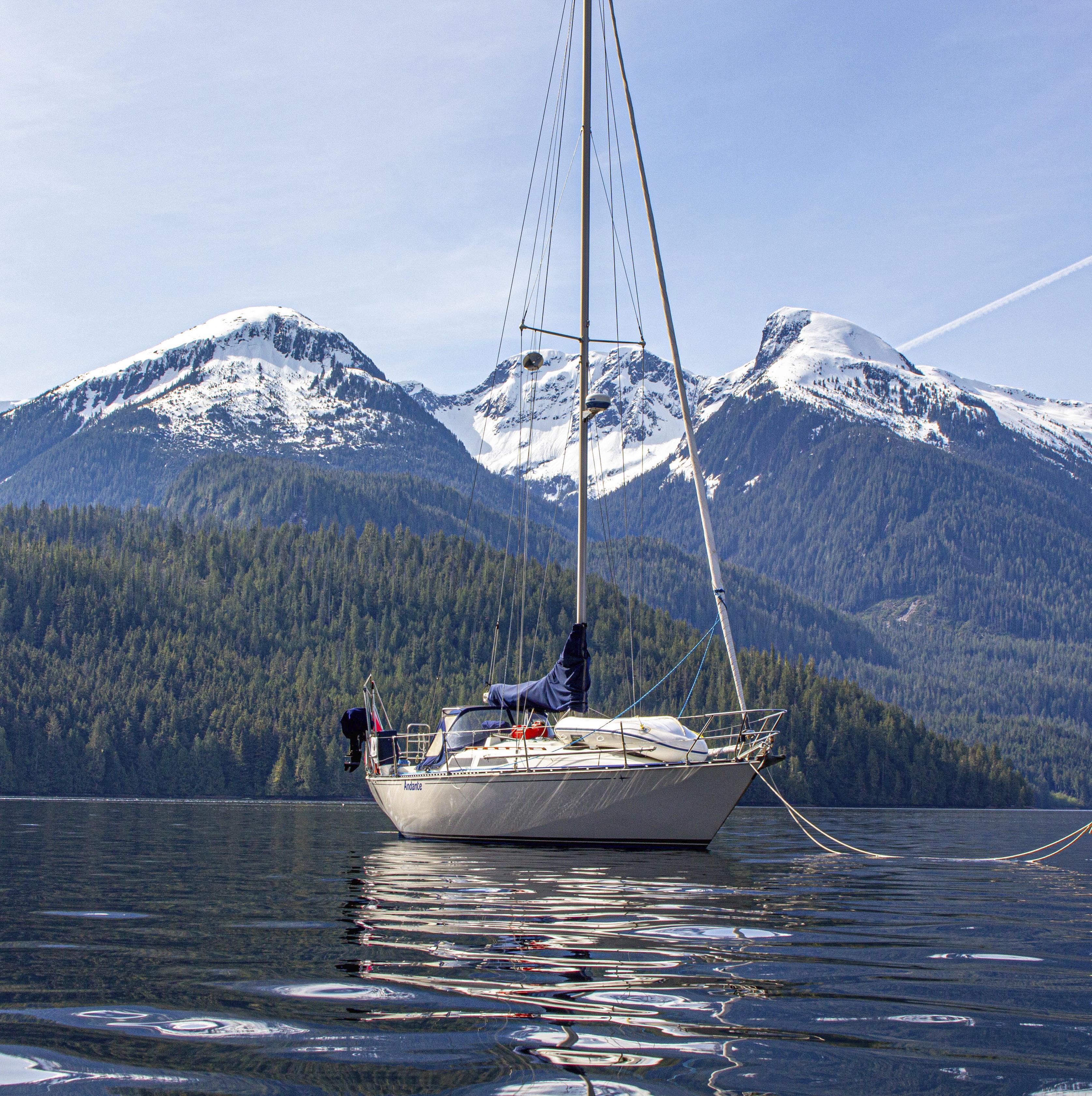
Dennis believes strongly in redundancy, so when he listens to VHF weather reports, he habitually records the daily and extended forecasts on his phone as these may be unobtainable in deep
inlets. Additionally, he used two apps, Windy and PredictWind whenever he was able to connect to the internet. As backup for internet-less areas, he’d take screenshots of the forecasts for several days ahead. He’s found these two apps support more than one weather model, so if their predictions generally agree, they’re likely to be accurate, especially for projected wind gusts.
48 - JUNE 2023
FUEL Fuel has more than one purpose—to propel Andante when winds are absent and to heat the boat. Her main diesel tank holds 72 litres and he added an extra 40 litres in jerry cans, giving her an effective range of about 300 miles at five knots. “At that speed, in keeping with my ‘slow and easy’ boat, I only burn about 1.7 litres an hour,” he explained.
Knowing BC’s rainy weather, cool nights and a frequent absence of wind, he installed a “bus heater” which uses hot water from the engine. “While I was motoring, that heater dried my clothes, pre-heated the cabin and helped my long-lasting sour-dough bread to rise. “I would hate to do this trip without some kind of heater on the boat,” he said. “I also used my Dickinson propane heater at anchor and turned it on nightly for the first five weeks.”
FOOD AND WATER To ensure an ample water supply, Dennis filled his 100-litre main tank as often as possible knowing that marinas north of Port Hardy are scarce. He took another 50 litres in milk jugs scattered around the boat. Occasionally, he filled the jugs with creek water, swam when possible and used salt water for washing dishes.
He loaded the boat with 150 food items, including vacuum-packed cheese, whole meals and canned protein like chilli. It was too early to fish for salmon but an occasional catch of ling cod and some crab supplemented the meat and chicken stowed in the freezer.
DAY TO DAY Before departing, Dennis pondered his route to Johnstone Strait. Should he sail north from Nanaimo by traversing Seymour Narrows with its strong currents and few anchorages? Or would the longer route from Nanaimo to the Strait of Georgia through Desolation Sound, the Discovery Islands, three sets of rapids and many anchorages be a better course? Being short-handed, Dennis opted for the longer route.
Hoping to see grizzlies, he turned off toward Knight Inlet and anchored in Glendale Cove, launched the kayak and within 15 minutes saw a grizzly

bear sleeping on the mud flats. “He woke up about 10 minutes later and started feeding on the sedge grass,” Dennis recalled. “What a thrill to be able watch from a distance of 50 metres for over an hour!”
After this event, he had an easy passage up Johnstone Strait and arrived in Port Hardy, where his son Aaron joined him for a week.
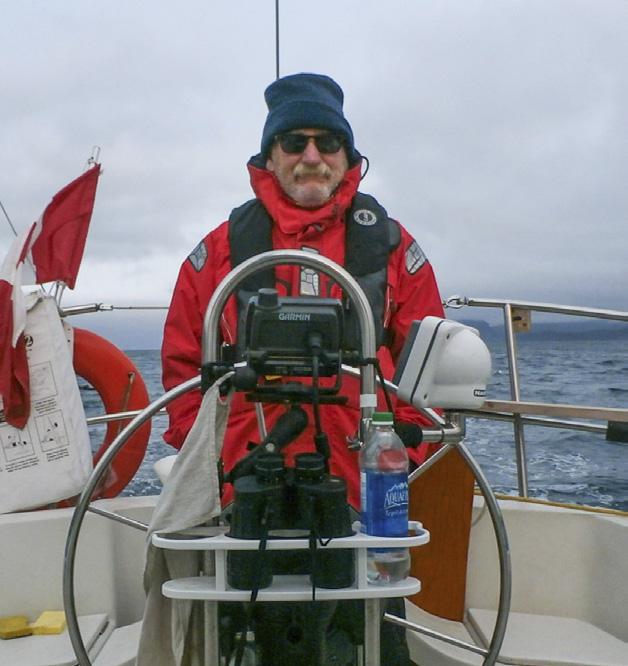
Notorious Cape Caution, where Queen Charlotte Strait and Queen Charlotte Sound meet, was named by Captain Vancouver for its currents, rocky promontory and breaking waves. But when Andante passed by the cape, winds were light and waves moderate. Father and son anchored in Fury Cove with its gorgeous white shell beaches.
Dennis avoids marinas as he finds them overpriced. Besides, he likes swinging at anchor, even on his own. For this trip he replaced a 20-pound anchor with a 35-pound CQR and attached it to 125 feet of 5/16th-inch chain and 200 feet of rode, with a
JUNE 2023 - 49
ABOVE: Dennis McMillan staying warm at the helm; LEFT: Tied to a buoy in Bond Sound.
spare 250-foot line that could be tied on. “I anchor from the cockpit with a remote,” he said. “It’s only a hassle anchoring alone if the wind is blowing hard.” He tries to sidestep previous logging areas as it’s easy to snag an anchor on debris, but did get caught once requiring the help of a diver. Occasionally, he moored at deserted fish farms, former logging wharves, even non-navigational buoys. “For buoys I always give them a good tug to ensure they’re solid,” he said.
For nighttime safety, he’s installed the Anchor Pro phone app which lets him know if the anchor is dragging without leaving his bunk. “This app allows you to set a radius around the boat and sounds an alarm if you drag outside that radius,” he said.
PHYSICAL SAFETY Knowing that if he fell overboard it would likely be impossible to get back on the sailboat, Dennis always wears his inflatable lifejacket with a hand-held VHF pinned on. He also keeps a couple of flares in his pocket. “I move slowly and deliberately around the boat and never rush, following the adage, ‘one hand for the boat, one hand for yourself,’” he said. When kayaking and hiking, he takes an InReach satellite communication device, and carries bear spray while walking in bear country.
Sailing in BC’s log-filled waters has its challenges and Dennis hit one in Nodales Channel on the way home. It jammed between the boat’s keel and the prop. Was this to be the end of his trip?

“There had been lots of logs everywhere and I must have missed a couple of hundred of them!” he wrote in his blog. “I was at the intersection of four channels coming together with lots of confused current and debris. I was doing about five knots and looking through the binocs at an approaching boat and suddenly BANG! The boat stopped dead.”
He checked for leaks—none—so he launched the dinghy and using the boathook freed the 10-foot long, 12-inch diameter log. After checking the prop, he tried the engine and found the steering quite stiff—the log had bent the rudder post and was binding on the bearing. Fortunately, it wasn’t serious enough to stop the return to Victoria.
50 - JUNE 2023
WILDLIFE His goal of spotting and photographing wildlife was amply satisfied. Humpbacks have made a comeback and were ubiquitous. He observed Pacific white-sided dolphins in the Tribune Channel area and in Bond and Thompson sounds. Sea otters abounded near Port Hardy and the Goose Islands. He observed black bears, Kermode bears and grizzlies. Common mergansers were the most frequently sighted birds, and he saw flocks of rhinoceros auklets, surf scoters and loons. “I was fortunate enough to see some nesting sandhill cranes,” he said. “And I saw a large
herd of 500 sea lions in the Goose Islands with their noise and stench. Just like National Geographic.” And he was thrilled by the solitude of Fiordland, a BC Marine Park, with its deep fjords, waterfalls and granite cliffs soaring 3,000 feet.
REFLECTING ON HIS voyage, Dennis is happy to have achieved his goals: explore north of Cape Caution, pho -
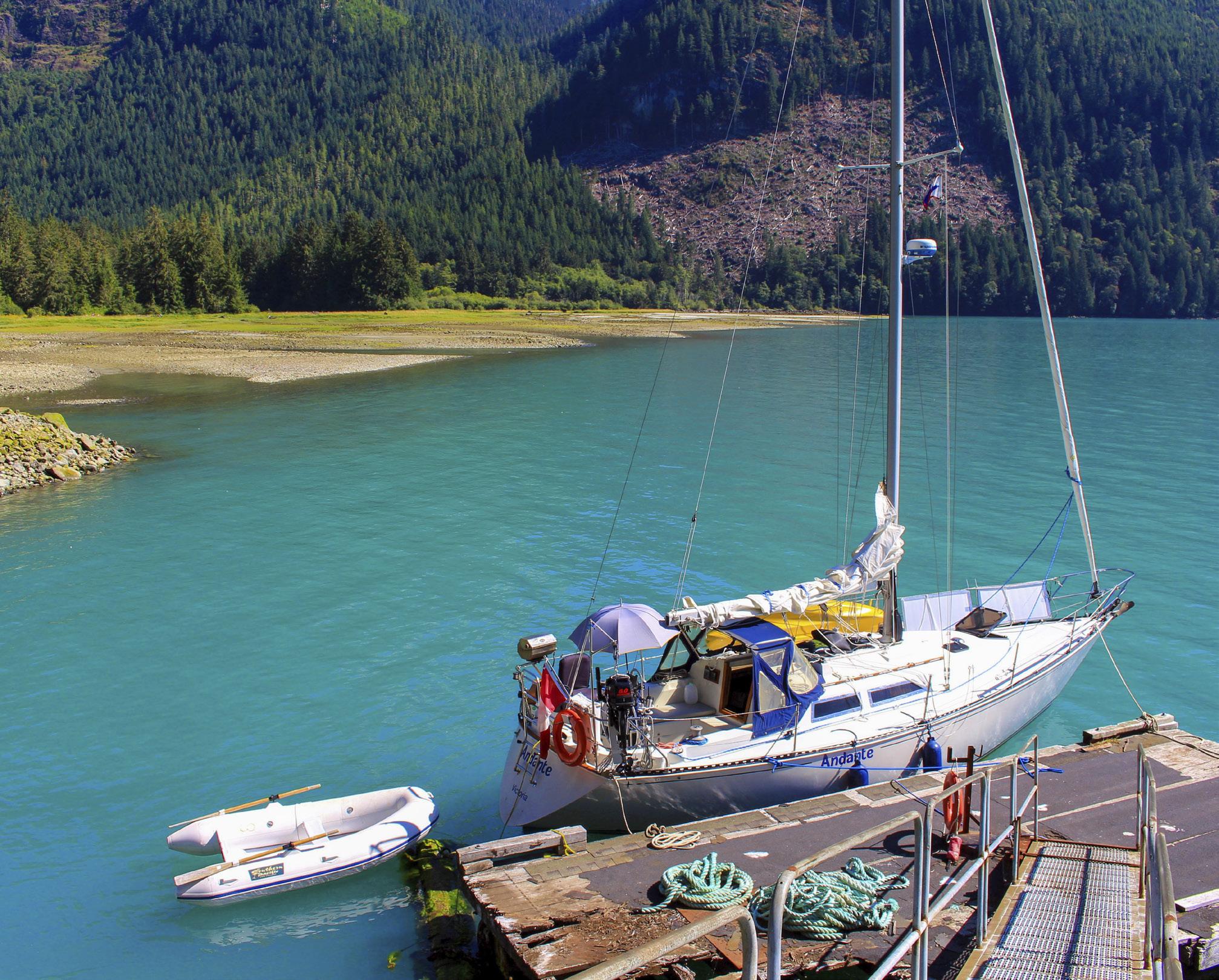
tograph animals in the wild and get home in one piece. He visited many historic and contemporary places along the way, including Ocean Falls, Calvert Island and Bella Bella. Despite hitting a log and snagging his anchor, his solo trip was free of serious dangers. He conquered the challenges of single-handing—the hard work of having to handle the boat by himself, anchoring, having no one on watch when going below, and having no one to bounce ideas off of.
That said, solo cruising has advantages: “You can do what you want and eat what you want!”
JUNE 2023 - 51
ABOVE: Andante tied to a dock in Toba Inlet. LEFT: Bear watching in Glendale Cove.
WHAT’S THAT RACKET!
10 boater friendly tennis/pickleball courts in the Salish Sea
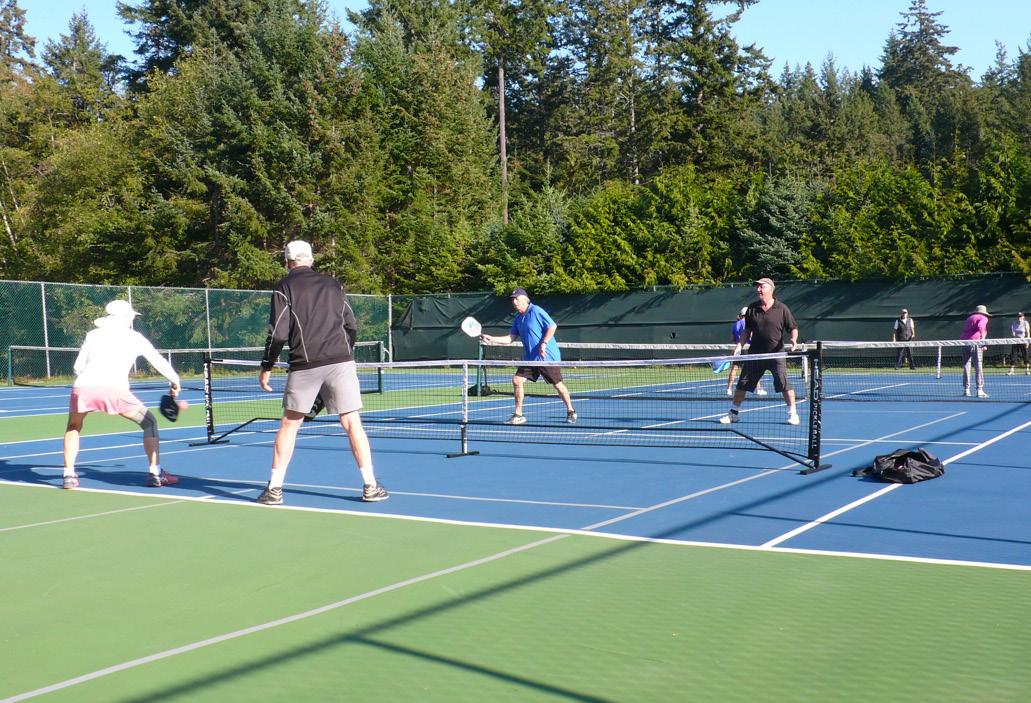 BY DAVID DOSSOR
BY DAVID DOSSOR
Some time ago John Lund wrote an article entitled “The Golf Islands” (PY, September, 2015) which detailed boater-friendly golfing destinations in our cruising area. Now it’s time to cover tennis and its upstart offspring, pickleball. Here are a few locations discovered over the years. All are located within the coastal cruising areas popular with West Coast boaters and all have something different to offer. If we have missed a few gems, we’d love to hear about them.
If staying at Port Sidney Marina, it is just a short walking distance to the courts at Iroquois Park, adjacent to the San Juan ferry terminal (unfortunately shut down, at least until 2030). The Sidney Parks Department maintains two courts here. Pickleball lines have been superimposed on one of the courts, but the tennis net is a permanent fixture so pickleball players must adjust accordingly. However, just yards away there is a multipurpose court, mostly used for basketball, which has pickleball lines with a net and posts available. This equipment is housed in a piece of black
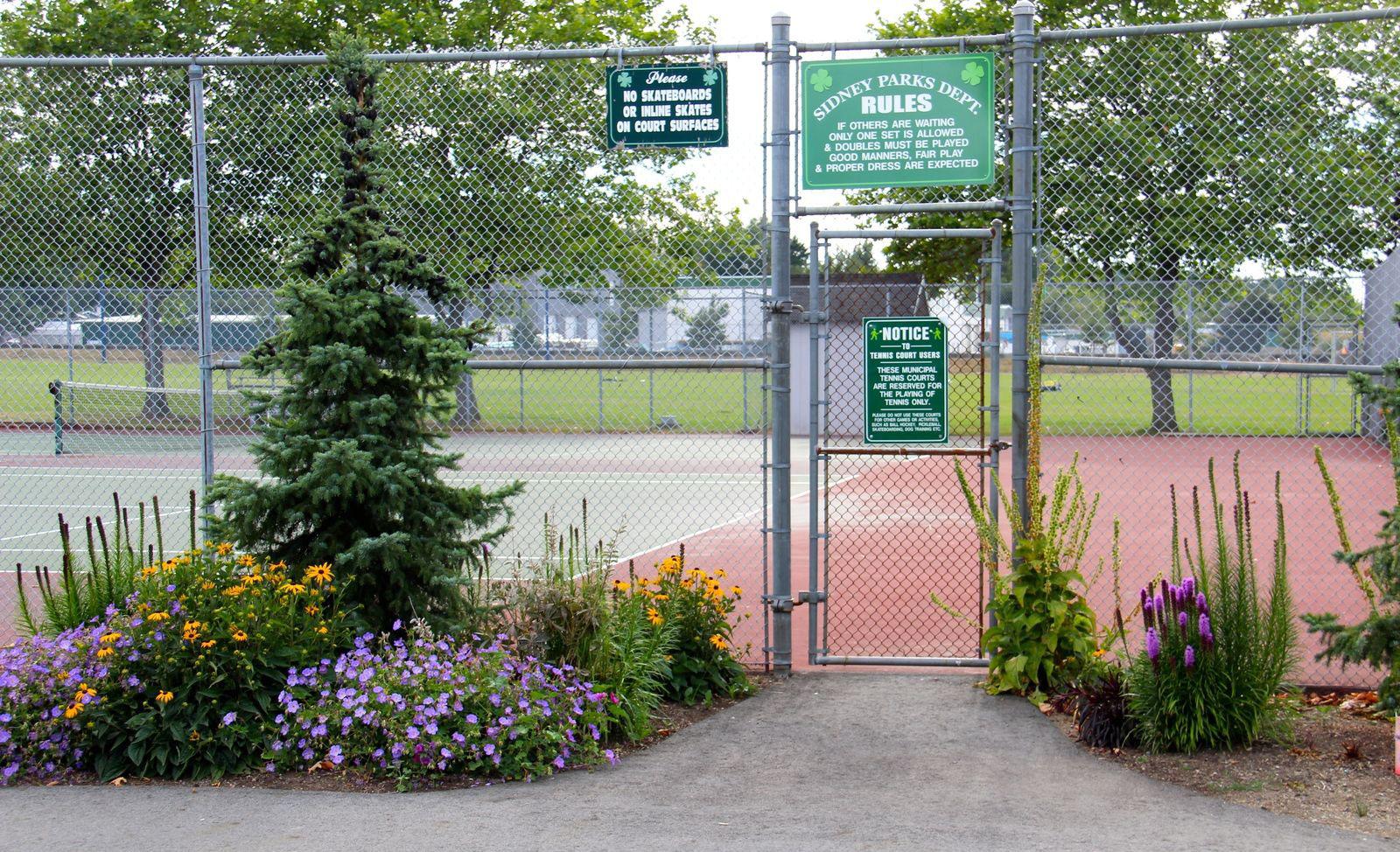
52 - JUNE 2023
1. SIDNEY
The North Pender courts near Magic Lake.
Iroquois Park, Sidney.
Top: David Dossor
piping attached to the fence. During busy periods, players are requested to limit playing time to 45 minutes.
Sidney Parks has one more dedicated tennis court at Resthaven by the Sea. It is, like the other Sidney courts, well maintained and is right next to Resthaven Park. Signage says that play should be reduced to one set if others are waiting. No pickleball is available here. If moored at Van Isle Marina, it’s just a five-minute walk. This marina has other advantages. It offers complimentary bikes and is close to the government dock in Tsehum Harbour where, in season, fresh BC prawns may be purchased.
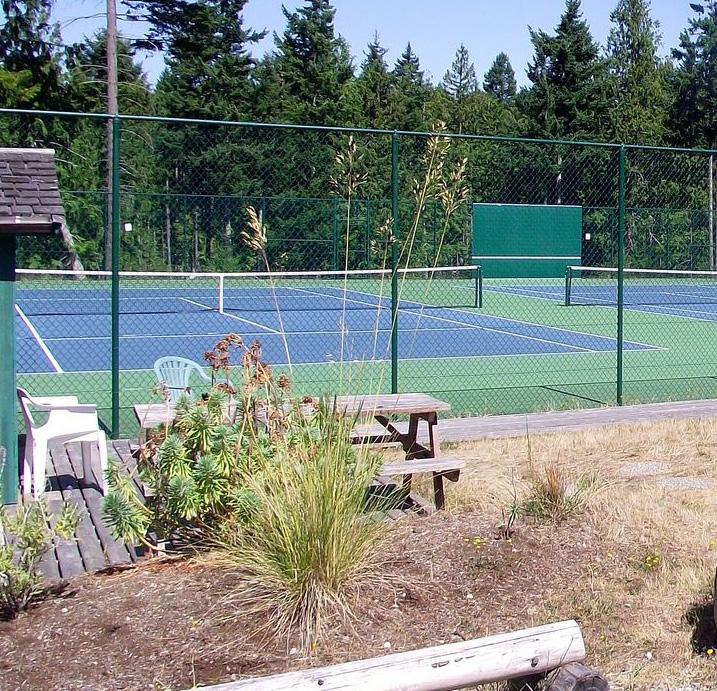
2. MAYNE ISLAND
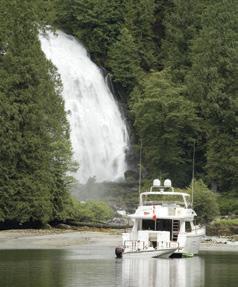



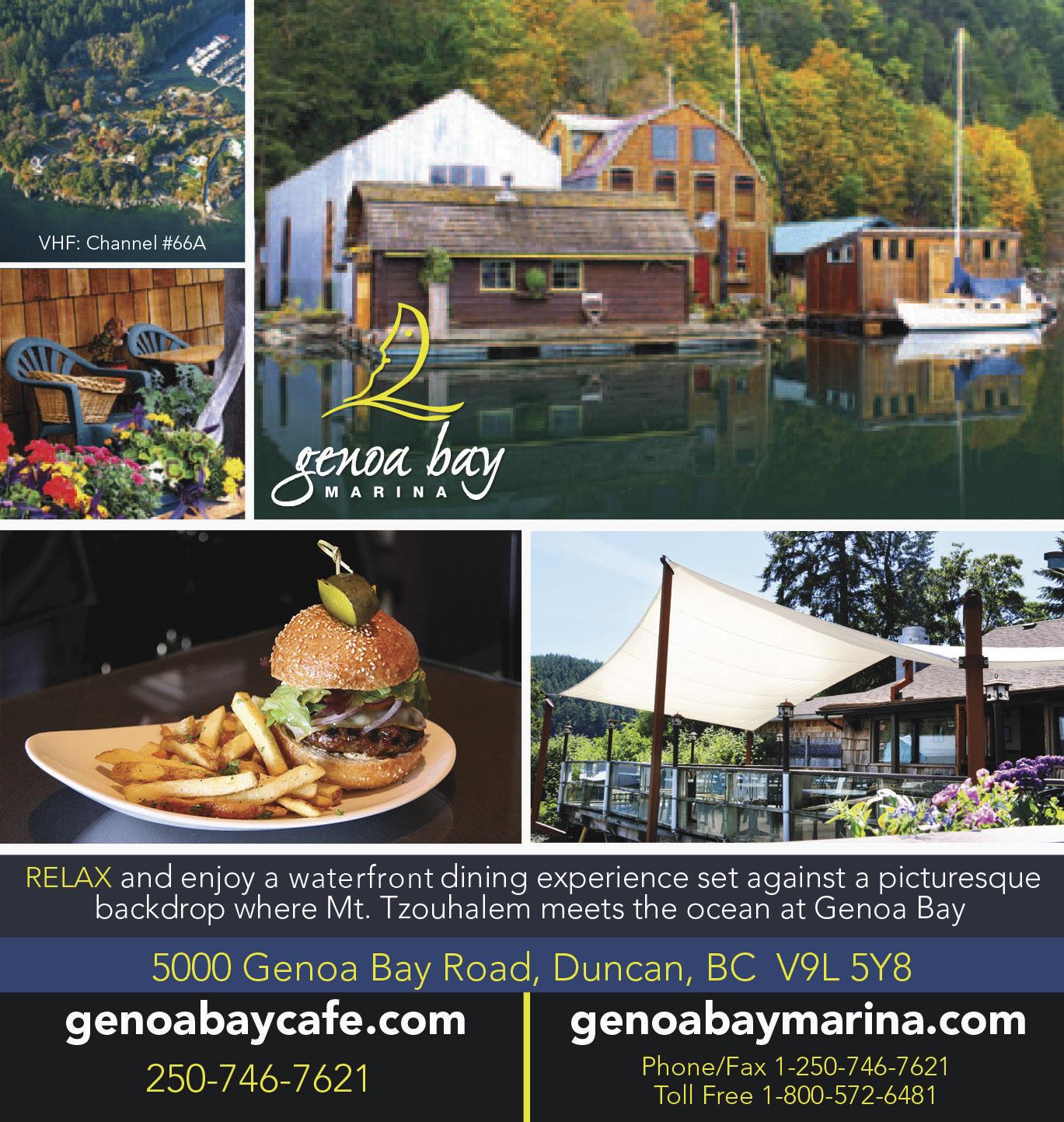
Two nicely appointed courts on Felix Jack Road are only 1.5 kilometres from the CRD docks at Miners Bay, in Active Pass. Moorage here is free for two hours, otherwise it’s 50 cents a foot for longer daytime periods and $1 a foot for overnighting. The docks here have been recently reconfigured to mitigate the wash and wake of the ferries. The courts host tennis and pickleball. There are specific times allocated to club play and public play of both sports. Like most places, club players often welcome new blood. If walking back to Miners Bay via Fernhill Road, the Mayne Island Brewing Company will soon appear on your left. Here, you might just be on the receiving end of the shot of the day!
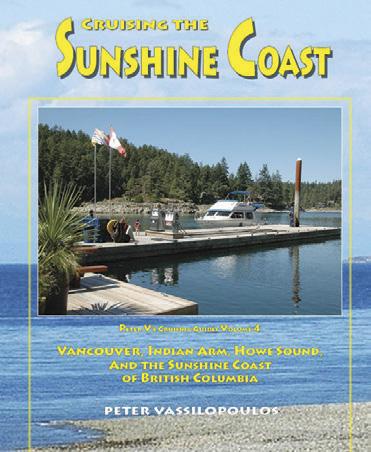
The new Anson Road CRD docks in Horton Bay, offer a more tranquil



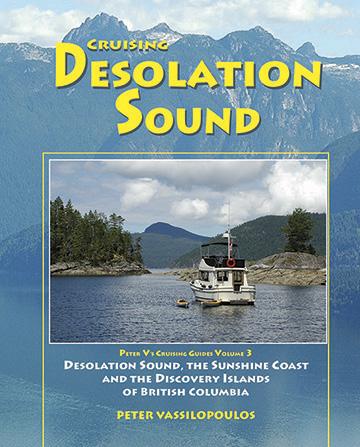
JUNE 2023 - 53
Mayne Island courts. CHECK OUR WEBSITE FOR UPDATES All available at Marine Stores and Book Stores Our Cruising Guides are your Boating Companions. Visit Marine Stores, Marinas and Pacific Yachting Magazine • Broughton Islands • Desolation Sound • Gulf Islands PETER VASSILOPOULOS Puget Sound, the San Juan Islands, the Gulf Islands, Sunshine Coast, Desolation Sound, West Coast of Vancouver Island, Haida Gwaii and the Inside Passage of British Columbia. Aerial Photographs and Full Colour Diagrams Marinas • Fuel Docks GPS Waypoints AND This tenth edition of Docks and Destinations has many updates. Its full colour format and layout are designed to provide quick and easy reference to marinas and facilities for mariners boating in the Pacific Northwest. The book covers Puget Sound, the San Juan Islands, the Gulf Islands, the Sunshine Coast, Desolation Sound, the Broughton Islands, Haida Gwaii, the West Coast of Vancouver Island, and the Inside Passage to the southern tip of Alaska. It includes numerous places along the way. The pages take the mariner from one stop to the next in a successive, geographic progression. Like its companion cruising guide Anchorages and Marine Parks, it returns south by way of the west coast of Vancouver Island. The information is provided in a user-friendly format enabling the reader to see at a glance where they have been and where they are going in relation to other stops. Numerous maps and diagrams include clear icons showing the presence of fuel stations and all services for the mariner so that at a glance it is possible to determine what an overnight stay at a marina has to offer Clockwise from above: View of Anacortes marinas in Puget Sound; Crowds converge on the Saturday market at Ganges in the Gulf Islands; Yacht clubs love to gather at Genoa Bay on Vancouver Island. Front cover: Enjoying the atmosphere at Blind Channel en route to the Broughton Islands. Chyna Sea Ventures Ltd. DOCkS DOCkS “We Have found your guides essential reading and enormously useful and our holidays have been all the more enjoyable as a result.” – David D. Cotterell .UK. and Printed in Canada Peter Vassilopoulos Boating Guide to PNW Guest Moorage docks docks destinations Docks Cover OPTION 2022.indd 2022-03-20 7:39 AM • Anchorages • Sunshine Coast Colour Diagrams Aerial Views GPS Covering the Coast from the San Juans to Ketchikan Alaska Peter Vassilopoulos Marine and Marine Parks Mark Bay, Nanaimo; anchor anchorages anchorages This edition provides details of the popular and useful anchorages throughout the Pacific Northwest. includes easy references to the Gulf Islands Reserve and covers the San Juan Islands, Desolation Sound, the Broughton Islands and places south to north along the way b destinations, as well as the main waterways to Prince Rupert, southern tip of Alaska. Like its companion guide Docks and Destinations returns south via the West Quatsino, Kyuquot, Esperanza, Nootka Sound, Clayoquot, Barkley Sound and Numerous maps and diagrams include descriptive icons showing th most bays, so that at a glance it is possible to determine where to drop the hook overnight. The information is provided user-friendly format, taking the mariner from one anchorage successive, geographic progression. Catalina in the San Juans, Gulf Islands and Desolation Sound for 25 years. We have used numerous books and charts and found Anchorages and Marine Parks to be the best on board. The pictures, waypoints, small and large area de-stresses our journeys and gives us more confidence passages new and old locations.” —Mark Acquisition Marine Parks The Guide to Popular Pacific Northwest Destinations PETER VASSILOPOULOS Anchorages and parks in the San Juan and Gulf Islands, Desolation Sound, West Coast of Vancouver Island, Haida Gwaii and the Inside Passage of AND Packedwithcolourphotographsandinformation Anchorages Anchorages All available at https://shop.opmediagroup.ca/collections/bookstore
overnight stay, but are more distant. However it’s always possible to work your way to Felix Jack Road by way of the ubiquitous car stops that have been put in place on the Gulf Islands to help folks without transport to get around. The fine Mayne Island courts, costing well over $100,000 to put in place, were the result of a decade of fundraising by a dedicated group of Mayne Islanders. Check out mayneislandtennis.com for all the details.
3. SOUTH PENDER ISLAND
Poet’s Cove Marina’s recently resurfaced tennis court is the only marina tennis court on the island. There is no pickleball court, but paddles and balls can be borrowed for improvised games on the tennis court. Playing is free of charge for guests staying at the marina. Close by, within the marina complex, you will find two swimming pools, providing the perfect tonic for weary limbs. And speaking of tonic, it’s all downhill to the bar.
NORTH PENDER ISLAND
The court at Port Browning is no more, having been transformed into a small RV parking area. However, if tied up at Browning or Otter Bay, you can always car stop to a couple of great tennis/pickleball courts near Magic Lake on North Pender Island. There is drop-in tennis here on Monday, Wednesday and Friday mornings and there is drop in pickleball on Tuesday, Thursday and Sunday mornings. Cost is $3 a day for visitors. See the website, magiclake.ca for more information.
If you do drop in, you will be most welcome and will be guaranteed a good time as long as you are willing to slug it out with the rest.
5. LYALL HARBOUR, SATURNA ISLAND
From Port Browning it’s just a short trip to Lyall Harbour on Saturna Island. Anchoring near the head of the bay, the boat ramp is within easy reach
and then it’s just a couple of minutes’ walk along Sunset Boulevard to the two courts by the school. One is for tennis only and the other, the busier court, is for pickleball. There is no charge at this welcoming venue. Take in the sunset from the beach while you cool down from your match.
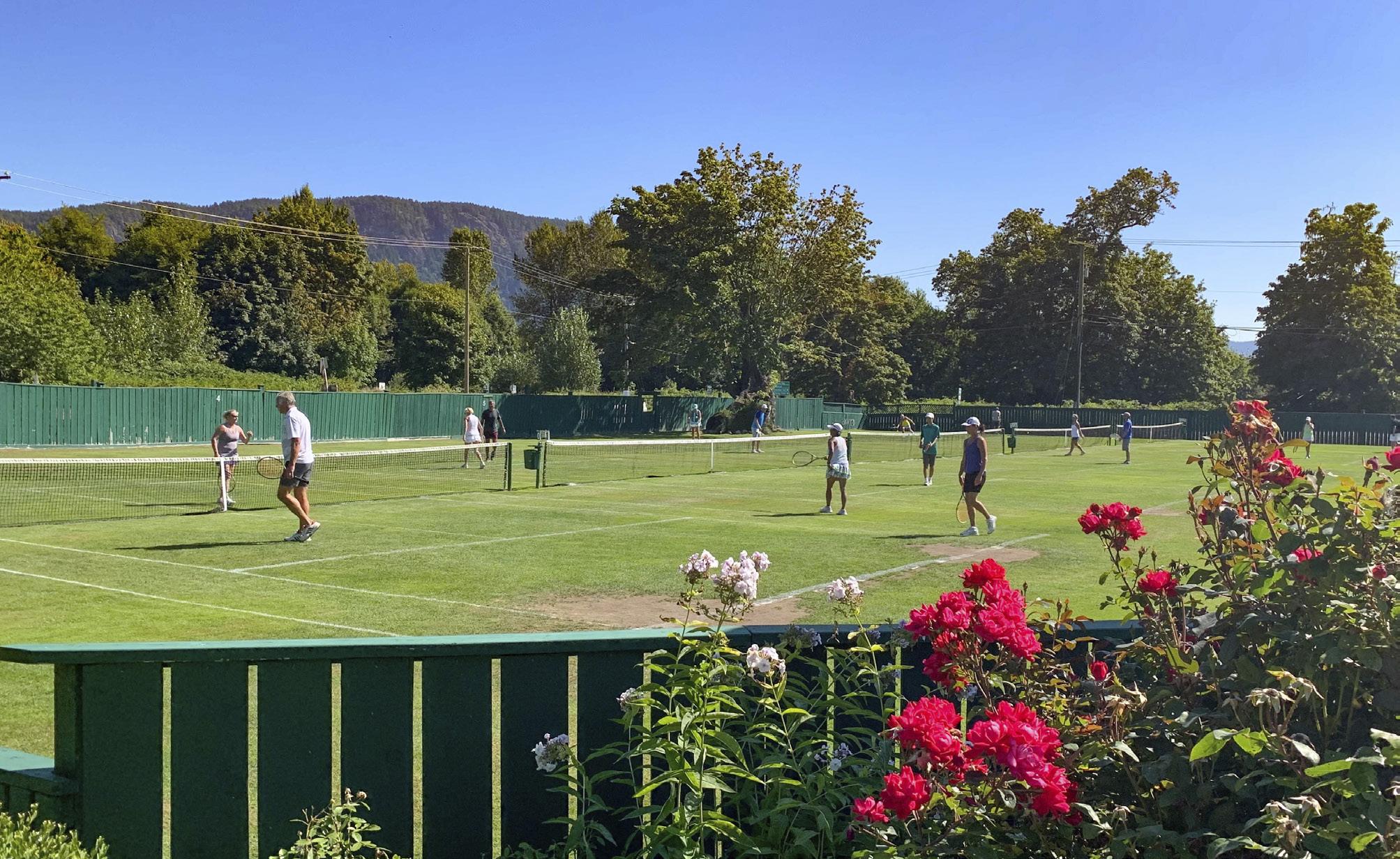
6. ROCHE HARBOR, SAN JUAN ISLAND
It’s well worth a trip to our closest US marine neighbours at Roche Harbor Resort. Once you’ve paid your moorage fees, you can take advantage of their courts. One court is tennis only, the other has been adapted to accommodate four pickleball courts. The friendly staff at the hotel will gladly lend out rackets, paddles and balls. The courts are well used, so it’s advisable to reserve playing times. Here’s yet another place where you can quickly go from the court to the swimming pool. This pool is the only outdoor heated pool on the island.
54 - JUNE 2023
4.
South Cowichan Lawn Tennis Club.
David Dossor
7. COWICHAN BAY
For tennis nirvana try booking a court at South Cowichan Lawn Tennis Club. There’s usually space to tie up at Cowichan Bay Fisherman’s Wharf, where it’s a question of first come, first served. If you carry bikes it’s a four-kilometre ride, otherwise it’s a short five-minute taxi ride, but you will be rewarded at your destination. The club has seven grass courts and two hard courts. It was founded in 1887 and is one of the oldest clubs in the world. There are only three other places in Canada where you can find lawn tennis: Toronto, Prince Edward Island and West Vancouver. The cost is $25 per person for a twohour period, including access to all the amenities of the clubhouse. Reservations are mandatory and all pertinent information may be gleaned from the SCLTC website: clubspark.ca/southcowichan

8. TRIBUNE BAY, HORNBY ISLAND
After anchoring in the bay, it’s a short dinghy trip to the court at the head of the bay. This single tennis court, maintained by the Hornby Tennis Club, is situated at the northwest end of Tribune Bay, right next to the beach and is free of charge. Resident players welcome new blood. The bay is a very good place to drop your hook, but leave the courts and your anchorage if a southeasterly is forecast.
9. COMOX
The Comox Harbour Authority Marina is a good place to tie up because of its proximity to several tennis courts and to the fresh seafood that is sold right on the docks in season. It’s just a fiveminute walk from the marina to the six courts at Anderton Park, four of which are used by the Comox Valley Tennis Club, with two left for public use. However, club members are like boaters, a friendly, welcoming bunch and should you want to join them, they’d be more than happy. Again, the courts are cost free.
There are six dedicated Rotary sponsored pickleball courts, but they are farther away at Torrence/Guthrie and sometimes their use is scheduled by the neighbouring secondary school.
10. SAVARY ISLAND
Finally, for a novel tennis playing experience, try out the wooden tennis courts near Mace Point. There are two courts, both fairly recently refurbished with yellow cedar. The cost is $10 per person. The courts are set up to accept pickleballers too. Adult times are from 10:00 to 14:00 and children and families from 14:00 to 19:00. It is best to
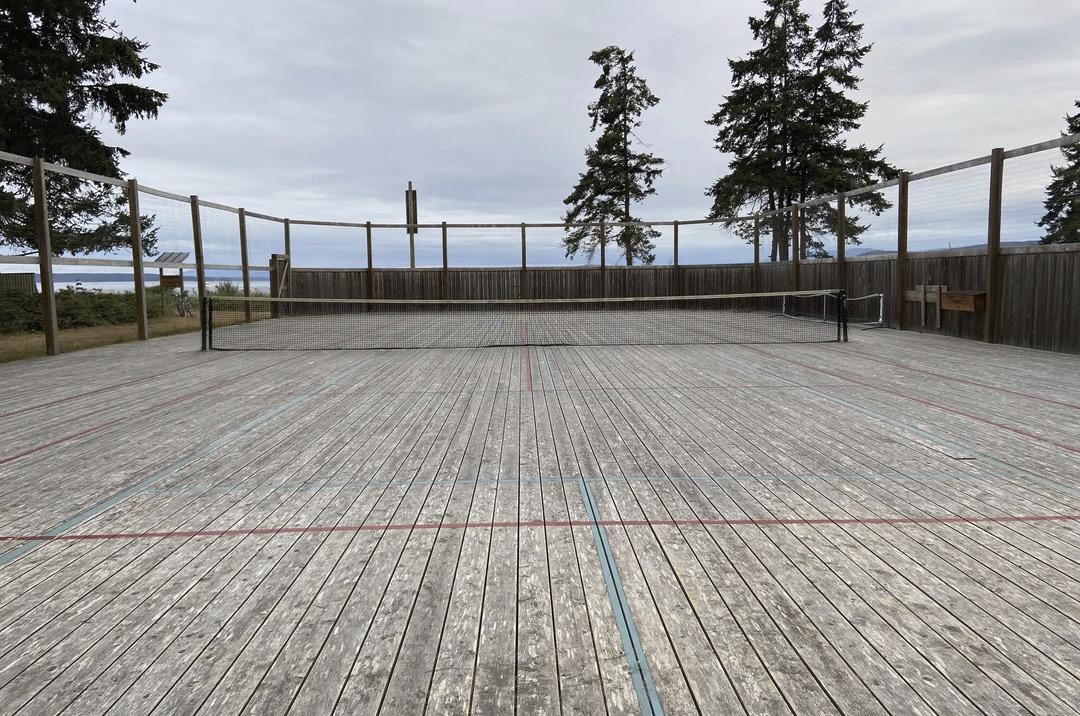
check out their website at savarytennis. ca and make sure you have settled conditions before anchoring out.
If you are boater and relish racket sports, you can now add extra enjoyment to your summer cruising itinerary. You may not win all your games, but you will certainly be rewarded for getting off your boat and meeting the locals. It’s interesting, too, to see how many of the various tennis organizations have adapted to meet the needs of the growing population of pickleball players.
JUNE 2023 - 55
Anderton Park, Comox Valley Tennis Club.
The Mace Point courts on Savary Island.
The Wednesday Night Refresh
The welcome return of beer can racing!
It’s time. The cherry blossoms are out, warm jackets are making their way to the back of the closet, chilly greys are displaced by warm blues. Toques and
BY ALEX FOX
Ithermals give way to baseball hats, shorts and sunglasses. Wednesday night racing is here, and oh what a timely tonic for the stresses and challenges of everyday life. Welcome back!
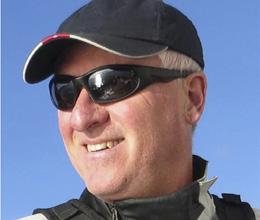
It feels to me like 2023 has just been flying by in a blur of activity. Everyone I know seems to have busy schedules, with work, family, travel. I have to say I was kind of caught off guard that our Club’s first Wednesday night race was on the calendar. Indeed, that’s al-
ways been a part of Wednesdays, a less planned, more spontaneous, who’s coming and who’s bringing the beer kind of race. Most everywhere I’ve sailed, that very apt phrase of beer can racing is understood to mean a less competitive brand of racing, with more emphasis on the pure enjoyment of sharing the water with a bunch of kindred spirits and friends. That absolute joy is made clear by the greetings and conversations, as crews gather first in
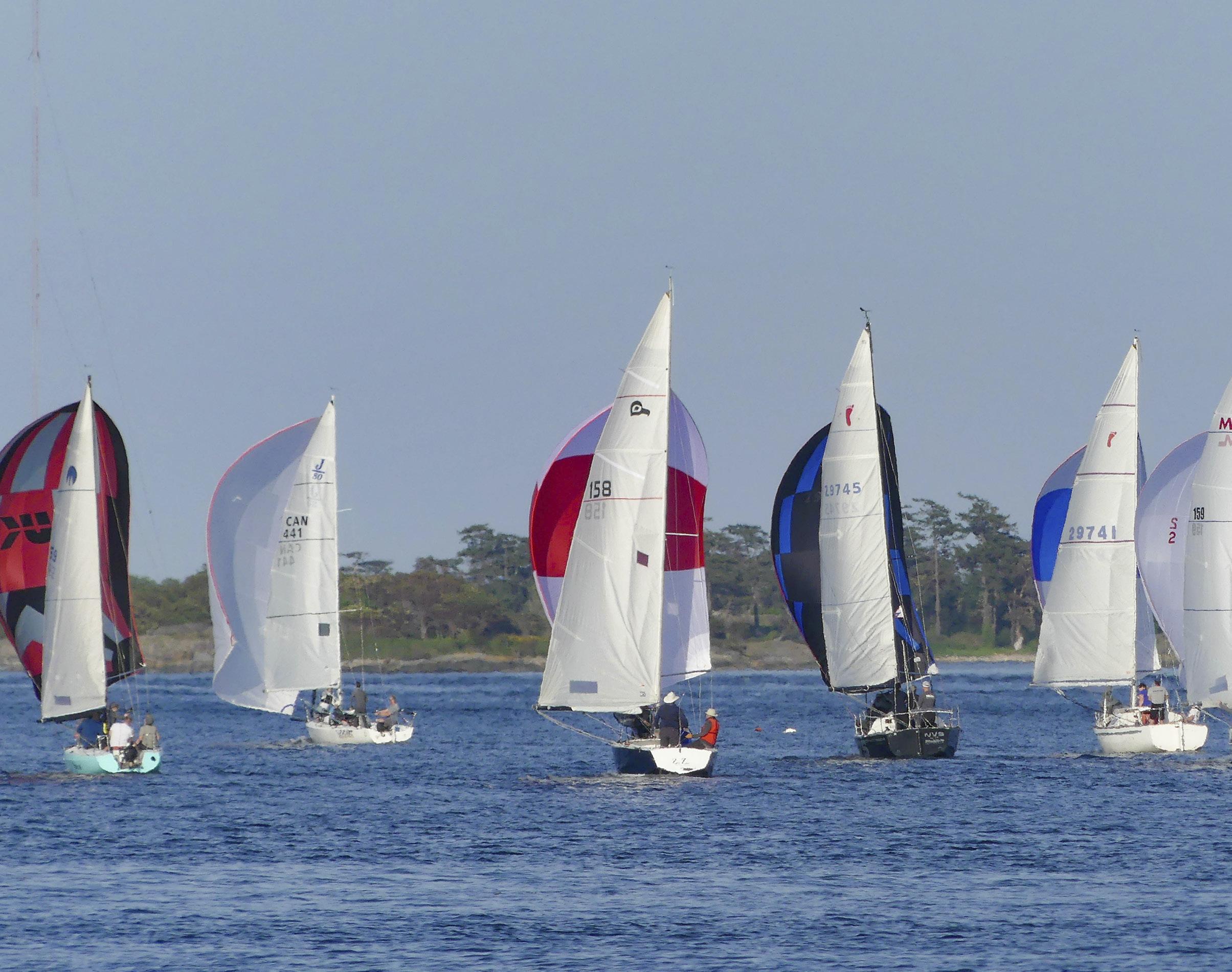
56 - JUNE 2023
COLUMN THE FAVOURED TACK
Andrew Madding
the parking lot. There’s an enthusiastic energy in the air as the familiar and new faces migrate down the docks to rig and prepare their boats. There’s lots of shiny happy people… (REM and B52’s acknowledged!)

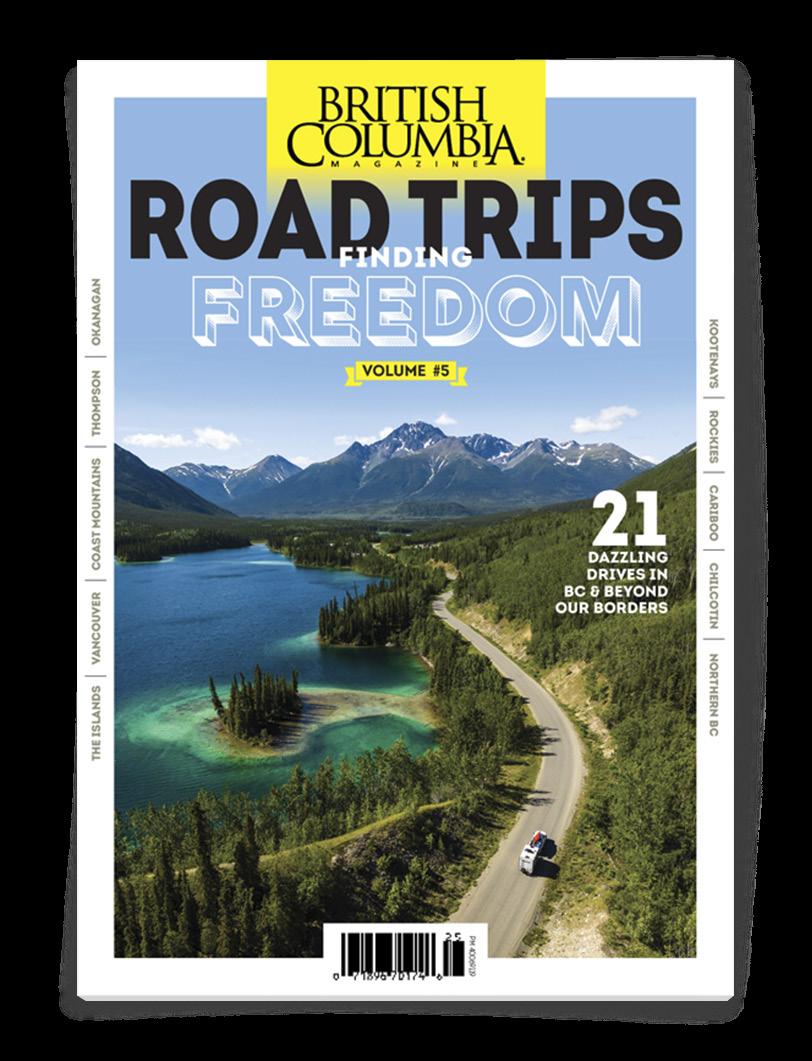

OUR WEDNESDAY FLEET was greeted with the perfect “toe back in the water” conditions. Warm, sunny T-shirt weather with a nice five to eight-knot southwesterly. It could not have been
ordered up better. As the boats milled about, the committee led by long-time racer Ron Jewula and his crew, went about the business of setting up the courses. The first start, as always, was the medium distance fleet of perhaps 15 boats. There was John on his Spencer 31, last seen racing Wednesday nights in 2022, Nigel and Heather on their well sailed Olson 911, Fleet Captain A.J.’s Olson 30, a J-109, Cal 29, C&C 29, SC 27… OK, perhaps there were more than 15 boat and it was a diverse group, which is always fun! Next was the around the buoys fleet, an amalgamation of different generations of under 30-footers, the perfect beer can fleet I dare say. On this evening we had three Martin 242s, two Hotfoot 27s, two 24s, an Etchells, a Melges 24, a modified TBird and us sailing the J-80. I have to say that this casual mixed fleet racing is among my favourite, with no slouches in the fleet and most every boat having a slight edge on a given day and condition. Ron and his RC team decided to send us back in time on this inaugural Wednesday, by setting an Olympic course. Say what? Now, in this windward/leeward mad racing world we currently live in, I would not be surprised if many have never seen or raced an Olympic course before. It begins with an upwind leg, nothing unusual there, then a triangle gybe mark. Then it’s round the leeward mark for another upwind and a straight downwind before finally finishing upwind at the weather mark. A perfectly wonderful Wednesday night course, keeping us all on our game and forcing everyone to sail on a reach. OMG, what’s the world coming to, ha ha… I love it.

THERE’S SOMETHING SPECIAL about Wednesday nights that is difficult to explain. Part of it, I think, is the break in the middle of a work week—a kind of a mini vacation for the brain. All that work stuff goes on the back

JUNE 2023 - 57
maplebaymarina.com 250-746-8482 866-746-8482 LOCAL TOLL FREE CHECK OUR WEBSITE FOR MORE INFORMATION 1 ROAD TRIPS PM 40069119 Escapes COAST & MOUNTAINS $12.95 Volume #5 Great DISCOVER OVER 5,500 KMs OF: EPIC BACKROADS SCENIC HIGHWAYS OUTDOOR ADVENTURE ROAD TRIPS VOLUME 5 WWW.BCMAG.CA/ROADGUIDE 1.800.663.7611 ONSALE NOW!
burner for a moment. It’s something more than that though, being on the water is like stepping into another world. There’s a certain refresh that occurs when you take that first deep breath of clean, clear, saltwater air. The feel of the wind on your cheek, as the sails fill and the boat heels for the first time, there’s a new heightened set of senses that engage and it shows on everyone’s face. Ahh, life is good!
Back to the racing. I still get a kick out of lining up for the start of a race, after all these years, I love it. I hadn’t been doing much helming during the past few months and getting back on the stick was going to be fun. Wednesday nights, especially the first Wednesday always brings a few butterflies in the final few minutes of the pre-start. Boats sailing in all random directions, some
setting up early on starboard, others sailing on port down the line, no one wanting to give up their gameplan too early—it’s exciting! The blue flag goes down meaning there is one minute to go and the picture begins to come into focus. A last-minute shift looks to have favoured the pin slightly as the fleet jostles for space. We’re in the middle of the line with a group that includes a couple of Moores, a Hotfoot and a Martin nipping at our heels, pushing me to protect our lee side. Meanwhile, the bulk of the boats are fighting for the pin end. We’ve got another Martin, sailed by a group of young instructors to leeward, but there is a nice gap… This is setting up alright. Fifteen seconds to go, bow down, let’s get her going fast. There’s the horn and we are all clear. We have good speed with a nice gap below. The boats be-

hind and above are slow, fighting for a lane so we can cross… “Tacking!” It’s an easy cross with a nice clear lane to the right. “How we doing?” Speed is good, looks like good pressure ahead. So, at this point I’ll introduce the crew, Matt, who’s been racing on Alchemist all winter and spring. He and his wife Lindsay moved to BC last fall from Kingston, where they raced Sharks. Their son James was also joining us for the first time, fresh off the plane, after completing his year at Queens University. Liane, who I’d sailed with for many years, was getting back into racing after an extended break, she was our fourth. For me this is what sailboat racing is all about: old friends, new friends, introducing younger sailors to keelboat racing and competing against excited new racers and a few old grumpy ones, Ha!

POLYESTER MESH BAGS & HAMMOCKS
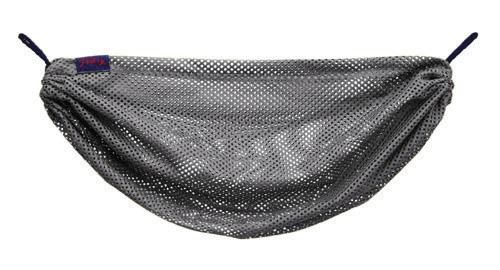

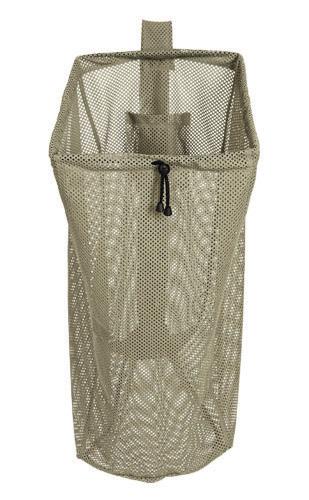


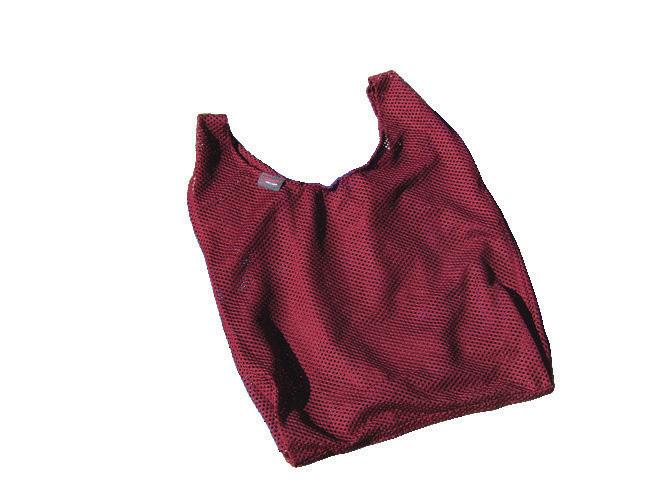
Uv
Machine washable
Fine mesh allows air to flow through and still holds small items


58 - JUNE 2023
PHOTO:
MADE IN CANADA
DANIEL JONSSON
Available from: LARGE GEAR HAMMOCK 55” Length SMALL GEAR HAMMOCK 30” Length LARGE GEAR HAMMOCK with Zip Closure 55” Length. Full Length 2 Way Zipper MULTI-SAC Carry-All Bag GEAR BAG With Shoulder Strap, Drawstring & Inner Pocket. 14” x 29”
stabilised, durable & abrasian resistant mesh
1176 Welch St, North Vancouver, BC Ph 604 985-0911 MARTIN MARINE TROTAC MARINE ALL BAY MARINE ALBERNI INDUSTRIAL MARINE HARBOUR CHANDLER STEVESTON MARINE INDEPENDENT MARINE OCEAN PACIFIC MARINE trotac.ca stevestonmarine.com martinmarine.ca independentmarine.ca albernipowermarine.com harbourchandler.ca allbaymarine.com oceanpacificmarine.com 370 Gorge Rd. East, Victoria, BC Ph 250 386-2341 2204 Harbour Rd, Sidney, BC Ph 250 656-0153 3149 Kingsway Ave, Port Alberni, BC Ph 250 724-5766 52 Esplanade, Nanaimo, BC Ph 250 753-2425 8331 River Rd, Richmond, BC Ph 604 277-7031 2451 Alberni Hwy, Coombs, BC Ph 250 248-2293 102 - 1370 Island Hwy, Campbell River, BC Ph 250 286-1011
Choice of Colours !
Large
Racing, right, back to it.

We find ourselves kind of alone heading right, so it is time to check in. Here’s a nice band of pressure. “Tacking!” We are looking pretty solid against the fleet and our speed seems pretty good. James calls “More pressure ahead.” Everyone high side. This is nice! Some of the fleet has flipped toward us and it looks like we’re crossing. All good. The leaders on the left have tacked, with the Melges leading the pack. They seem to have a little less pressure than we do. “Are we crossing?” It’s looking close—there’s a nice little righty— and we are just crossing, nice job. A few of the boats that crossed our stern, have now tacked up on our hip. If the breeze goes right, they could be a problem so we are keeping an eye on them. “We’ve got speed and are coming up on that group, no prob -
lem right now.” Fetish having banged hard left, is coming back on port and looks strong. They may have over stood slightly, let’s lead them back. “Tacking!” “How are we looking on the Melges to leeward?” “Crossing and it looks close, but they’re tacking below us.” “OK, that’s good. We need more speed so let’s flatten the boat slightly.” Coming to the starboard layline. “The Melges tacked!” “Going with him. I’m starting my turn… Nice tack.” We’re making the mark, just the Hotfoot coming in on port. We’re three lengths ahead, no problem. “Tackline out, ready for the hoist… Two lengths… One… Bearing away, pole out, HOIST!”
WHAT FOLLOWED WAS a fun, close, competitive race with lots of back and forth with the Melges, the Hot-
foot and Etchells. There were similar battles going on throughout our fleet, with lots of passing lanes and options. The distance fleet looked to have similarly close racing with equally challenging shifts and currents. It was a typical Wednesday night at Royal Victoria Yacht Club. Even though there were many similarities to races past, there’s always enough variables to keep things interesting. Great fleet, great night of racing and as always, a wonderful Wednesday refresh! After putting our boats away, the cherry on top is of course sharing beer, a burger, lively conversation and a catch up, plus the inevitable race rehash. What could be better? Thursday morning back to work, see you on the water next Wednesday. Good Sailing everyone!
JUNE 2023 - 59
BY TOM DAVIS
The Future of Salmon
Salmon will survive climate change—with our help
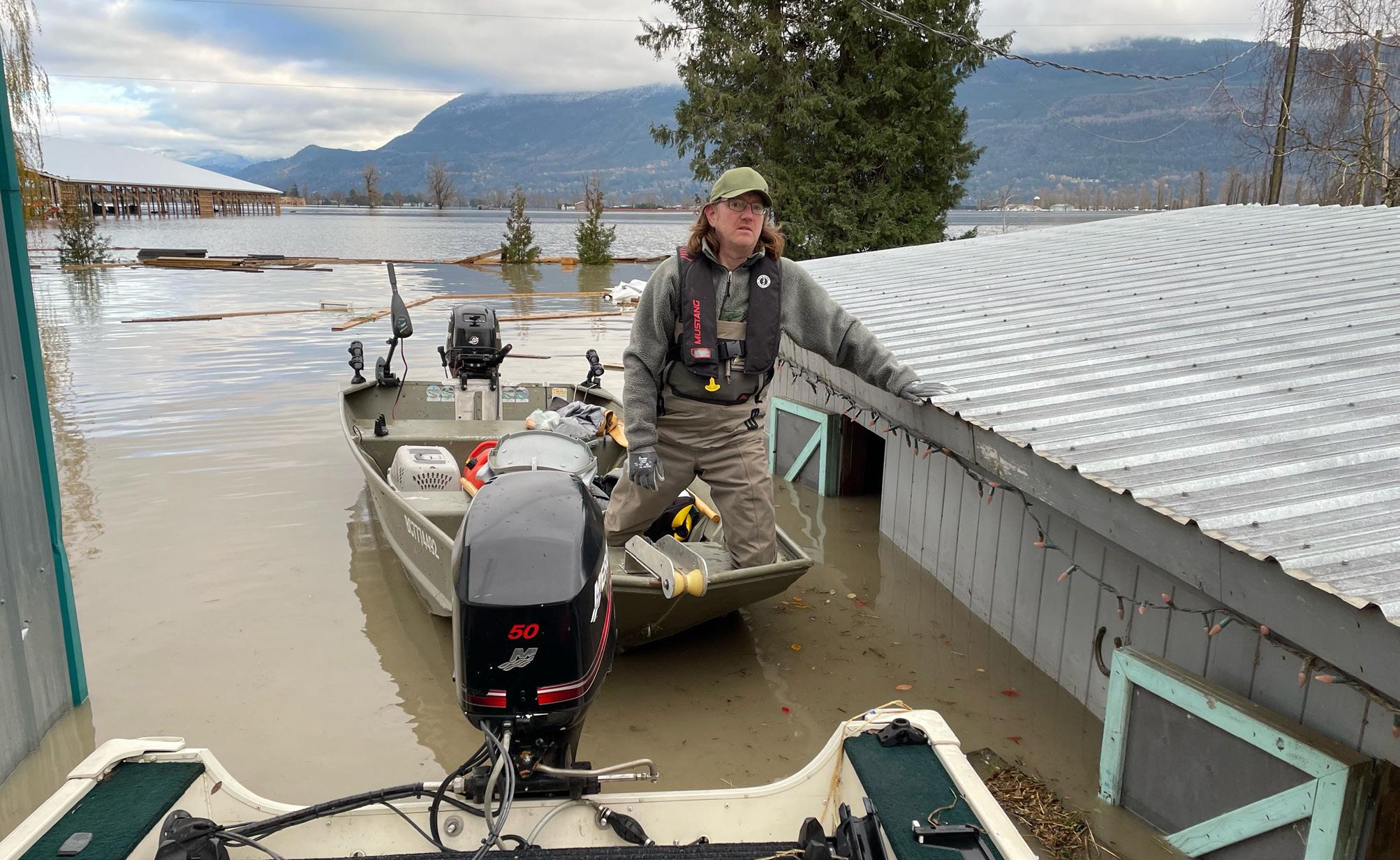
Cless productive water, while La Niña is the return to colder more nutrient-rich conditions. These are cyclical and affect weather as far away as the east coast of North America.
caused by extreme rain or snowfall followed by rapid snow melts.
Climate variations impact Pacific Salmon survival rates. El Niño and La Niña are massive climate events. However, they are unconnected to the contemporary climate change discussions, which include human activity as a causal factor. These weather cycles occur in the Pacific Ocean and were identified centuries ago by early explorers. El Niño is the appearance of warmer
There have been worrisome North Pacific weather pattern changes that Canadian researcher Dick Beamish, in the 1990s, identified as regime shifts. They are characterized by more intense and frequent ocean cycles, like the recent warm water Blob that persisted between 2013 and 2017, with a weak resurgence in 2019.
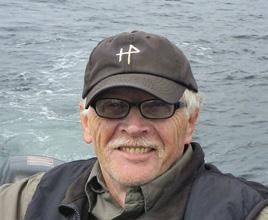
THEN THERE ARE much smaller, but still serious, localized climate events like winter floods along the Pacific Coast of North America. These are
Even with the international efforts to address climate change it is unlikely that effective solutions to mitigate human activities will be in place soon. In fact, scientists are still trying to understand the complexities of ocean warming and its impacts on marine life including Pacific salmon.
However, negative, mostly human caused impacts that occur on land can be mitigated to minimize the effect of climate anomalies.
This is where the focus on shortterm implementable strategies must be focused, coordinated and properly funded by federal, provincial and local governments.
60 - JUNE 2023
COLUMN THE FISHING FIX
Fraser Valley Fishing Guides Association
Fraser River flooding near Abbotsford, 2021.
MITIGATION STRATEGIES NEED TO ALIGN WITH THESE BASIC PRINCIPLES
• Adopt, implement and enforce effective land use and water flow management regulations.
• Restore damaged habitat.
• Provide access to previously inaccessible spawning and rearing habitat.
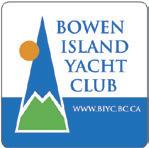
• Apply strategic hatchery-based enhancement.
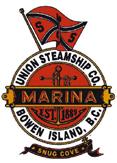



• Adopt water retention strategies.
• Support watershed stewardship groups.


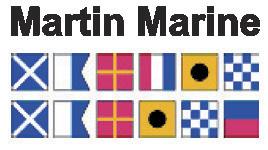
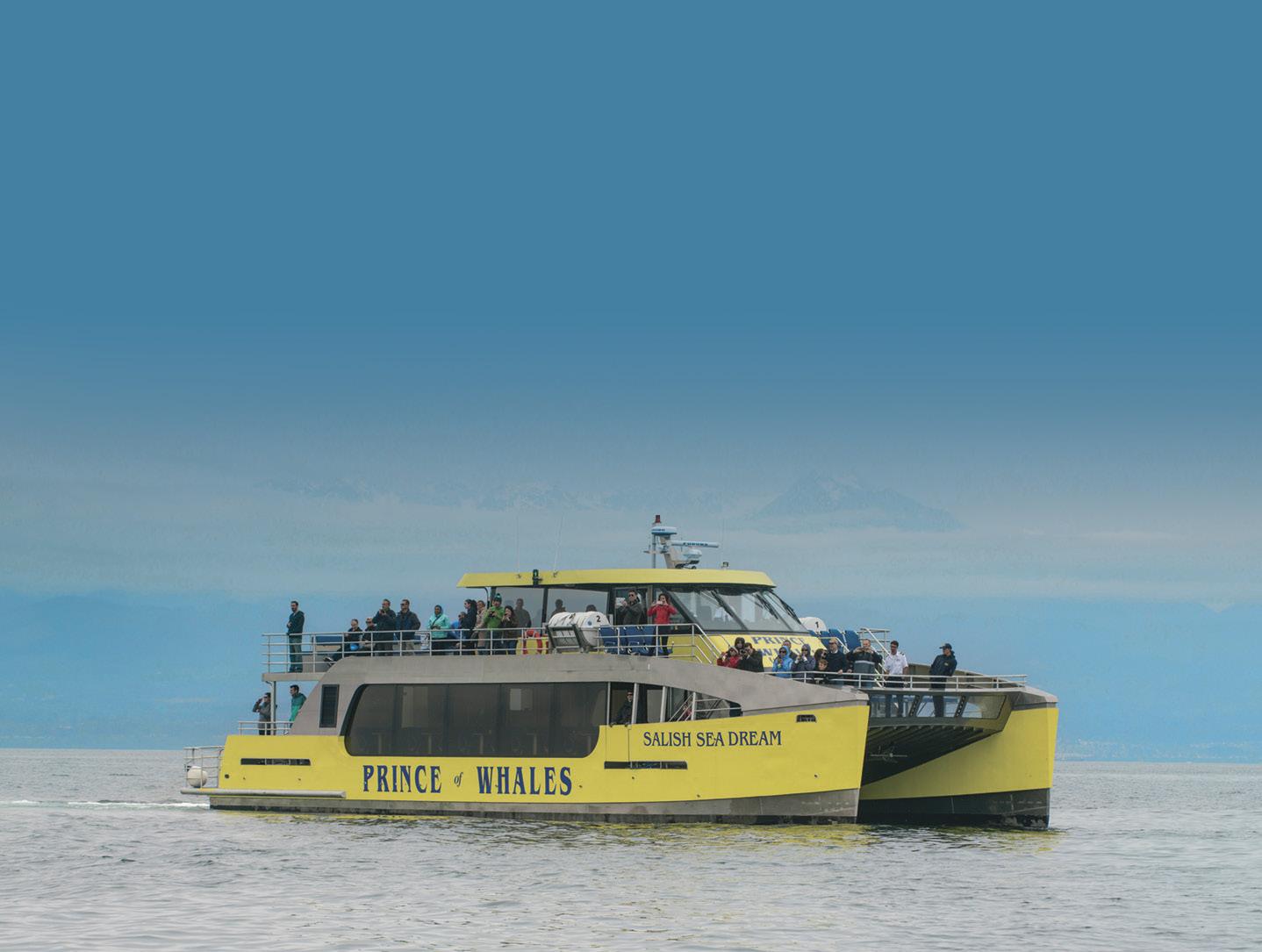
ADOPT, IMPLEMENT AND ENFORCE LAND USE AND WATER MANAGEMENT REGULATIONS
Salmon won’t do well unless there are effective regulatory structures for land use and water management, coming from the federal government down to small regional districts. Most governments have these protections in some form, but they are ineffective unless they are updated, monitored, enforced, and supported by the courts.
We tend to disregard the importance of small waterways. This thinking is flawed. Small streams, even those without salmon or trout populations, are valuable. The water they carry eventually goes into rivers, ponds, lakes and estuaries that are valuable to fish.
The recent spill into a small stream in Sidney is an example of what occurs far too often across BC. This stream does not contain salmon. However, it empties directly into a federal bird sanctuary with important inter-tidal spawning habitat for surf smelt.
The visible white substance has been identified as dolomite, a filler used in water based paints. This suggests an intentional act. For decades, enforcement agencies have downplayed or failed to prosecute these events. That thinking must change otherwise offenders assume their destructive actions are without consequence.

JUNE 2023 - 61
BOOK NOW 1-888-383-4884 princeofwhales.com/charters TRAVEL IN STYLE & COMFORT ON OUR LUXURIOUS CATAMARANS Up to 96 guests | Customizable Departures, Routes, Schedules Catering & Beverage Options Available Private Charters when only the best will do Victoria | Vancouver | telegraph Cove 22 RA SATURDAY JUNE nd ANNUAL Social Events Friday Registration at Race HQ from 4pm to 9 pm Saturday Breakfast, post-race catered BBQ, Prize-giving Live music with the Tony Dominelli Band Skipper’s Meeting 08:30 hrs Race Start 10:00 hrs Moorage Limited free rafting moorage courtesy of Martin Marine Meal Tickets $20 BBQ Limited tickets will be sold until June 9. Prepay with your entry to guarantee availability Sponsored by ROUND
ROUND BOWEN RACE FRIDAY Registration: Race HQ from 4pm to 9pm Host Bar: 5pm-7pm SATURDAY Pancake Breakfast 07:30 HRS Skipper’s Meeting 08:30 HRS Race Start 10:00 HRS Awards & Prizes 18:00 HRS BBQ on USSC lawn Live music by Black Molly Moorage: Friday & Saturday free rafting moorage courtesy of Martin Marine ENTRY FEE Before June 1st ($65) - After June 1st ($70) BIYC Members ($60) INFORMATION & REGISTRATION See website www.biyc.bc.ca Email rbr@biyc.bc.ca SATURDAY, JUNE 10TH 2023 FUNDS RAISED WILL GO TOWARD SUPPORTING THE BIYC LEARN2SAIL PROGRAM SPONSORED BY
35TH ANNUAL
COMMIT TO HABITAT RESTORATION
This is such a basic requirement. Yet it pains me to continually repeat the need for it to be properly funded. Unfortunately, government support for comprehensive restoration of freshwater fish habitat has been delivered in a feast or famine fashion for at least three decades.
In recent years the provincial and federal governments have stepped up with significant funding, in excess of three quarters of a billion dollars, for the British Columbia Salmon Restoration and Innovation Fund (BCSRIF) and the Pacific Salmon Strategic Initiative (PSSI). The point is that prior to these initiatives many stewardship groups had not seen any funding increases for over a decade. Restoring damaged habitat requires a stable source of funding. There is a knowledgeable and motivated volunteer workforce already in place, waiting and willing to take up the challenge of watershed restoration.
PROVIDE ACCESS TO UNUSED HABITAT
This strategy provides a great example for increasing salmon numbers. Unused habitats are common throughout BC’s watersheds and occur for two main reasons.
First, they are caused by natural obstructions like waterfalls that are too high or too steep for salmon to ascend. These were created by natural changes that affected the earth, like plate tectonics or changes in sea level height. Southern Vancouver Island has an abundance of blocked watercourses, many with natural barriers very near the high tide mark.
The second factor that creates unused upstream habitat is human activity. Dams and weirs are the most obvious causes, but lesser factors include poorly designed roads and culverts that block salmon access to their historical spawning grounds.
In combination these have had a devastating impact on salmon populations
to the extent that dams, like the one on Washington State’s Elwha River, have been decommissioned. Other mitigations include the installation of fish ladders during initial dam construction, of which Columbia River dams are the biggest examples of this strategy.
Even small dams can be a problem. The spillway on the rebuilt Reay Creek dam allows coho and sea-run cutthroat to reach spawning and rearing habitat on Victoria International Airport property.
USE STRATEGIC HATCHERY ENHANCEMENT
There are regions in BC where the critical salmon habitat damage is so severe it is impractical to invest everything into restoration unless the public is prepared to rip up important infrastructure, which seems extremely unlikely. Because these systems require a complete rebuild at enormous cost the only option to provide sustainable salmon production rests with hatchery technology.
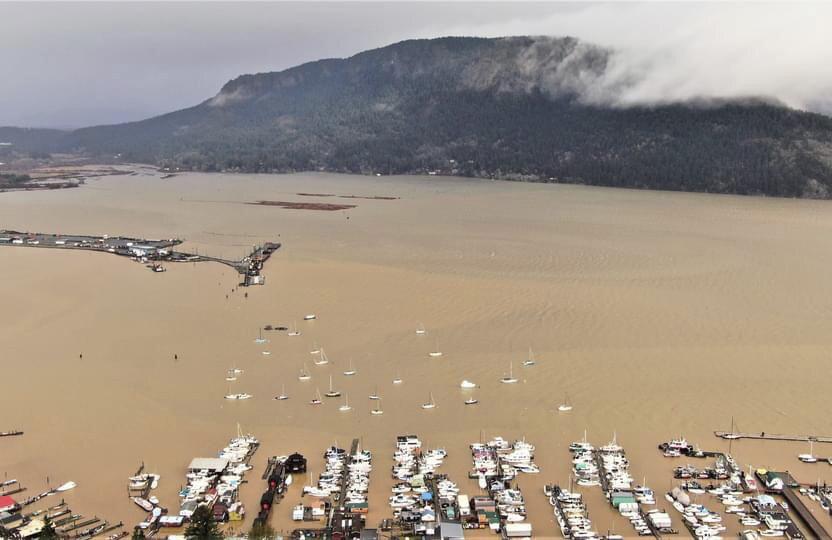
In cases where the habitat is still adequate or in restorable condition, hatcheries can provide a boost to rebuild salmon production over a few cycles of returns. These runs may have declined due to over-fishing, poor ocean survivals, pollution and even significant natural events like the Fraser River Big Bar slide near Lillooet. Hatchery intervention here should strive for a termination goal.
Exceptions include supporting chron-
ically weak returns to the host river, acting as a satellite rearing facility for damaged streams in the region, supporting salmon research on site or providing education outreach to the community. The Howard English Hatchery near Victoria meets this criteria even though its chum runs, which are the main species in the river, have generally been healthy. However, coho still have a way to go to be classified as recovered. Hatchery facilities, including government run facilities, must continue to develop and improve brood stock collection and fry rearing protocols that mimic natural conditions. Examples include selecting brood stock across the entire run, choosing the best salmon for breeding purposes and employing the most up-to-date nature-like rearing techniques. Switching to stream-like rearing channels versus using tanks and troughs is a good example; as is using staged fry releases to the river over a longer time period.
ADOPT WATER RETENTION STRATEGIES
Ironically this might require constructing low weirs, investing in fish ladders at dam sites, and even keeping some dams that might otherwise be decommissioned because they outlived their intended purposes. The goal is to retain as much water through the wet season, so it can be metered out during late summer and early fall salmon spawning periods.
Water retention includes restoring
62 - JUNE 2023
COLUMN THE FISHING FIX
Cowichan Bay after heavy rainfall in December, 2021.
Bob Crandall
and constructing side channel habitats where additional water can be banked.
These areas are extremely valuable to salmon for rearing, feeding, spawning and as safe havens during flood events.
Future residential and commercial planning should include larger setbacks from streams and rivers. This provides space for parks, golf courses, walking trails and playing fields that would lie between developments and watercourses, providing more space for floodplains to function naturally.
These strategies differ from traditional water management thinking. It relied on moving as much water as quickly as possible off the land through ditches, canals and pipes. This contributes to destructive flooding, since rapid water build-ups overwhelm drainage systems, scour riverbeds, destroy riparian
zones and strand fish in areas that become disconnected from streams when floodwaters recede.
SUPPORT WATERSHED STEWARDSHIP GROUPS
Volunteers have been on the front line of salmon enhancement and stream restoration for decades. Some groups are entirely volunteer-based, while others work alongside paid staff at hatcheries or as part of larger organizations. The problem is funding from senior governments has been inconsistent. There needs to be a stable funding flow to support the task of rebuilding damaged habitats in populated regions of BC. There also needs to be a comprehensive salmon recovery plan. Currently, according to a May 2022 report by DFO’s Evaluation Division, there is no ‘single
May’s Fishing Tip
In keeping with the article’s theme, think about joining a stream stewardship/salmon restoration group or make a donation to whatever group is rebuilding salmon runs in your community. Salmon, steelhead and sea-run trout can recover if they are given the chance.
Pacific salmon strategy.’ Instead salmon management is influenced by 32 different programs.
Salmon can survive and continue to provide social and economic benefits. However, it will require a potentially painful re-assessment of senior government’s performances in protecting and conserving this extremely valuable selfsustaining resource for the future.
Donate your boat…help SALTS transform lives
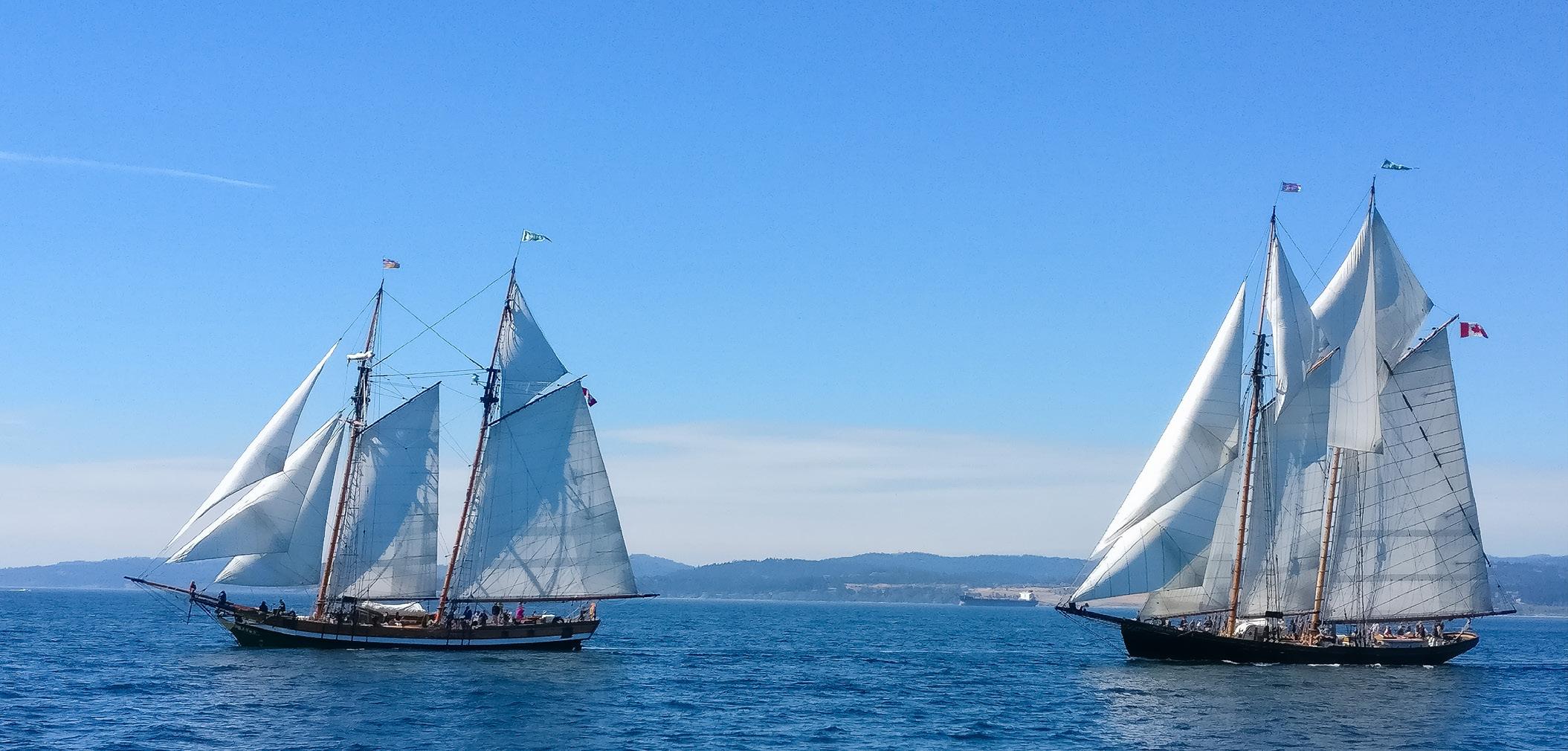
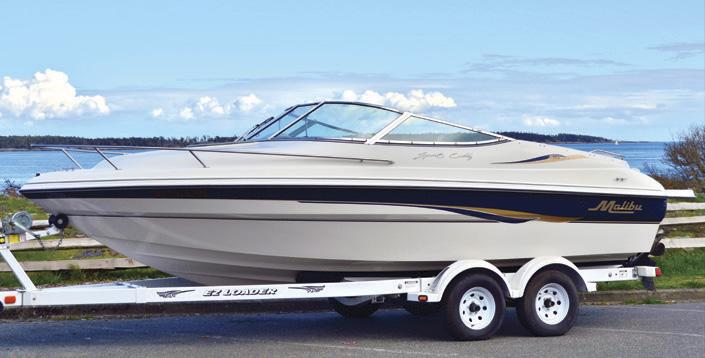
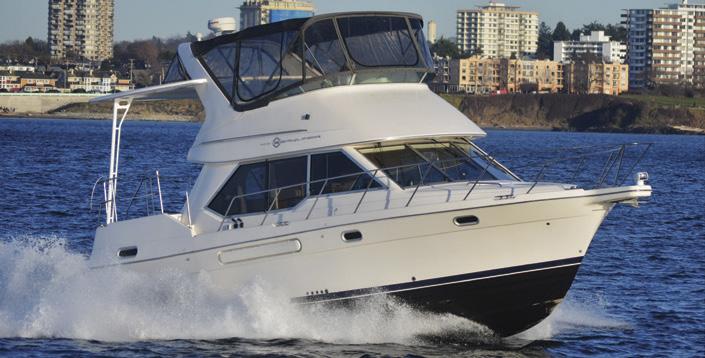
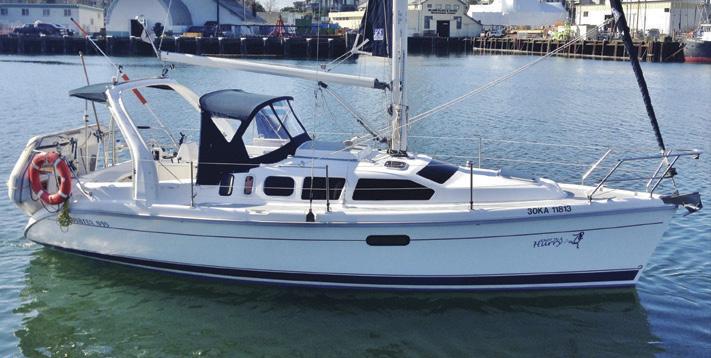
JUNE 2023 - 63 TOM'S TIP
RECEIVE A TAX CREDIT FOR THE FAIR MARKET VALUE OF YOUR VESSEL! CALL OR EMAIL US TODAY! 1.888.383.6811 | DONATIONS@SALTS.CA | WWW.SALTS.CA YOUNG PEOPLE FROM ALL WALKS OF LIFE ARE ABLE TO SAIL ABOARD OUR TALL SHIPS AND GROW IN CONFIDENCE, PERSEVERANCE , AND LIFE SKILLS THANKS TO THE SALE OF DONATED VESSELS LIKE THE ONES PICTURED BELOW
Helmsman 43E Pilothouse
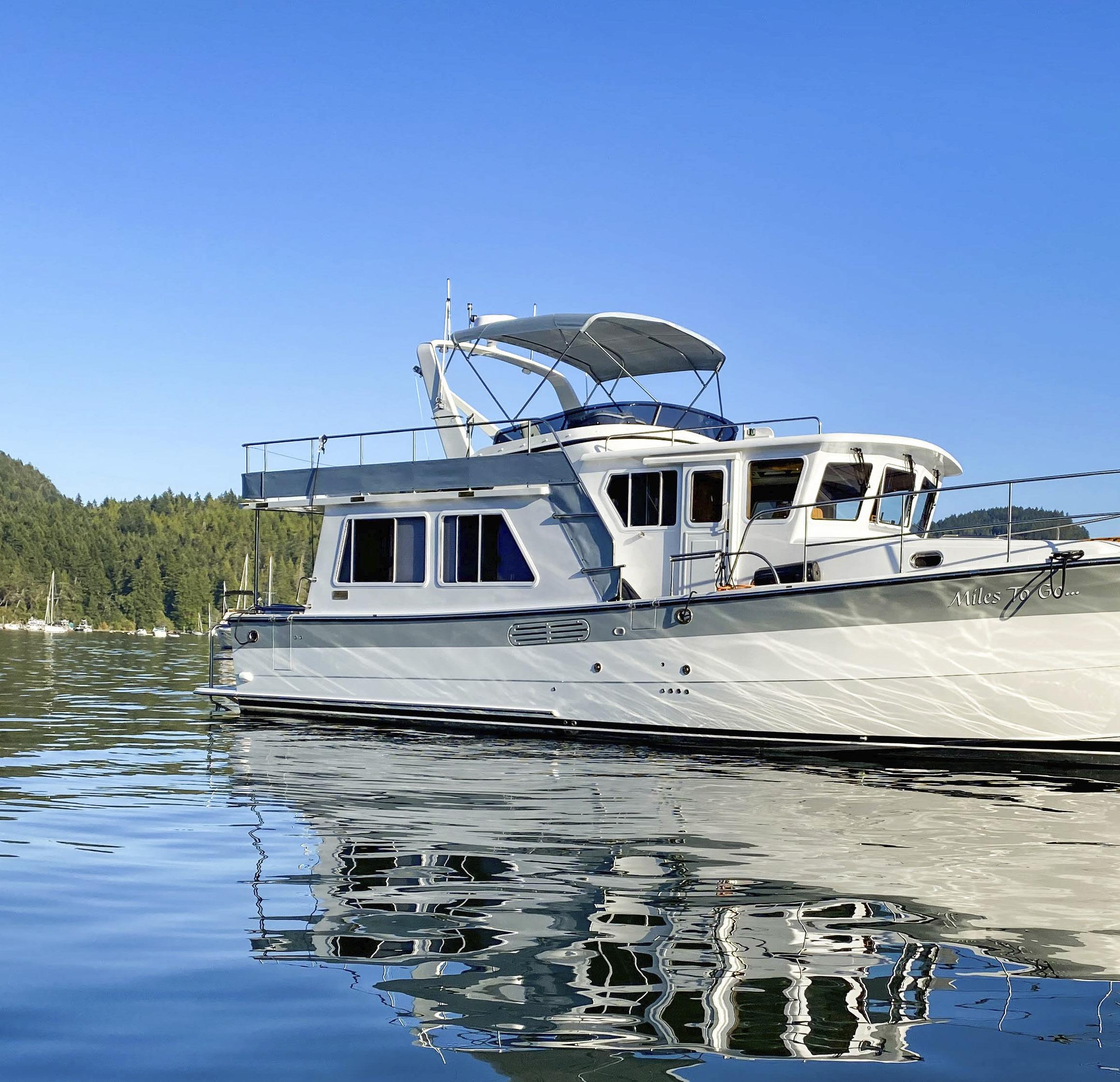
64 - JUNE 2023 ON BOARD POWER
This China-built trawler offers it all in one sweet package
Gordon Smith
BY PETER A. ROBSON
II normally sea trial a new boat with a broker before it is sold. If sold, I prefer the owners not to be aboard. I worry that owners won’t let me put the vessel through its paces: ie. running it at full throttle, doing abrupt manoeuvres and poking around everywhere. However, when I boarded the Helmsman 43 Pilothouse, Miles to Go (after the Robert Frost poem) at the Mill Bay Marina on Vancouver Island with Calibre’s Rob Ksyniuk, owner Gordon Smith proved to be a delightful host and completely accommodating. In fact, he added valuable insight for the review.

BACKGROUND Scott and Lisa Helker are the principals of Helmsman Trawlers. They are experienced cruisers who came to the business as trawler owners and enthusiasts who opened a Seattle brokerage, Waterline Boats, in 2008. They were selling mostly trawlers, predecessors to the Helmsman line, and when the manufacturer failed, they decided to carry on building trawlers at the same Chinese boatyard. They began introducing new designs and new models and today the company manufacturers pilothouse trawlers from 31 to 43 feet, with a 46-foot model arriving this fall. These are wide-beam fibreglass designs with soft chines, full keels, deep forefoots with

JUNE 2023 - 65
broader sections aft and large rudders. They are built by expert craftsmen using real teak throughout. They offer roomy and comfortable interiors, ample headroom, capable sea-keeping ability and single diesel engines for economical long-range performance.



Owner Gordon Smith and his wife Leslie first came to appreciate the sin-
gle-stateroom Helmsman 38 which they owned for several years before purchasing the larger two-stateroom Helmsman 43. Theirs is the second edition of the 43, designated 43E. The new version has the pilothouse moved back a foot or so to give more room below and in the guest cabin. Helmsman also offers a wide range of
66 - JUNE 2023 3 2 1 ON BOARD POWER
1. The saloon’s solid-as-a-rock teakand-holly sole is seldom seen these days. 2. Cedar lined hanging lockers, overhead storage and under berth drawers offer ample room for clothes.
3. The U-shaped dining area is cosy with plush seating and a beautifully crafted folding leaf table.
Rob Ksyniuk
customization, and the Smith’s had a few ideas of their own.

As the owner of a very successful Vancouver Island cabinetry and millwork company, Smith is an expert in judging fit and finish. Helmsman’s sturdy good looks and warm, timeless “yacht” interior are two factors that kept him with the brand.
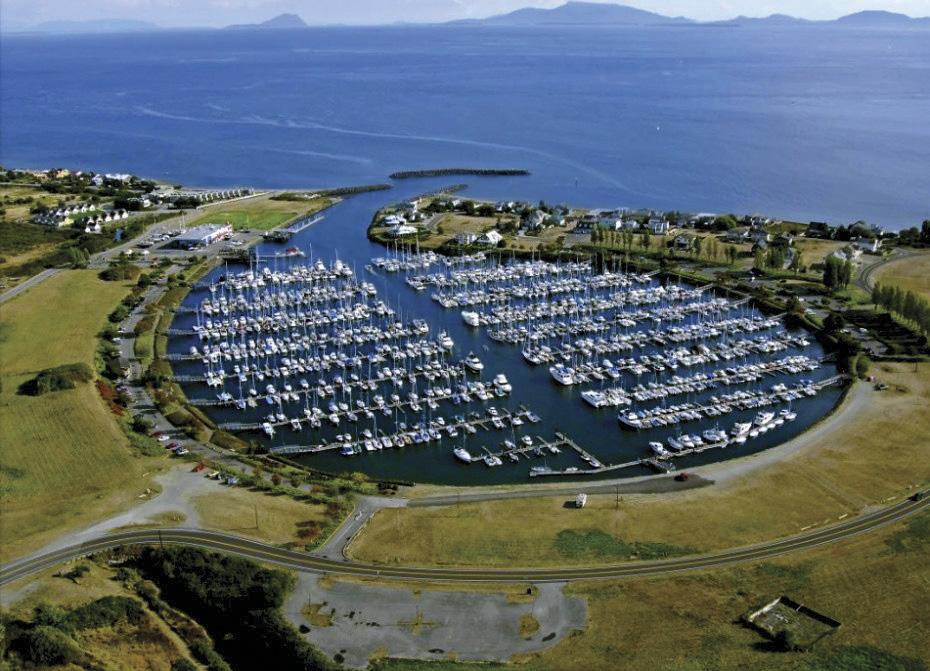
FIRST IMPRESSIONS The Helmsman 43 has a lot more to offer than its teak interior. It also looks great, from its gently sweeping sheer to its lowslung forward-sloping pilothouse, to its unobtrusive flybridge and aft to its covered cockpit. It all blends together as a serious looking, almost workboatlike, yacht. Its single 380-horsepower Cummins diesel and standard bow and stern thrusters makes it simple to operate while no exterior woodwork means less maintenance. All systems appear straightforward and simple to operate, while good access to all the plumbing and electrical wiring make maintenance so much easier.
ON DECK Its 14’ 2” (4.55-metre) fullbeam saloon maximizes interior space and offers the volume of a much larger vessel. Although the saloon’s wide beam eliminates outside walkways between the cockpit and midships, forward of this, wide side decks, accessed through port and starboard opening pilothouse doors, are more than adequate to move forward to the bow and aft to the flybridge via external steps. A bulwark door and an adjacent hawse pipe cleat will make it simple to moor with a midship line. Sturdy railings, higher than most, provide safe access to the bow and anchoring gear.
I like that the chariot-style flybridge is low and unobtrusive. It’s barely noticeable from a side profile. A 13-foot (four-metre) rigid-hull dinghy fits nicely at the aft end of the flybridge deck and is launched via a Nick Jackson davit, while forward a U-shaped lounge area and starboard helm station are protected by a folding Bimini top. The swim platform reveals the first of
the Smiths’ unique custom features— double doors centred in the transom. This took some careful engineering to beef up the transom and fabricate hinges to compensate for the transom’s slight aft rake. The benefit though, is that the owners can sit on their deck chairs in the covered cockpit with unobstructed views of the water through the wide opening.
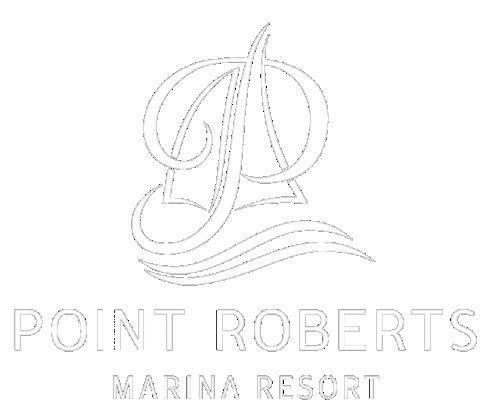
INTERIOR Between the cockpit and saloon, a heavy aluminum-framed sliding door, flanked by large opening windows, helps blur the transition between the saloon and the cockpit. The craftsmanship throughout the interior is outstanding, with rounded corners at multiple angles, arched doorways, louvred doors and cabinets throughout. The saloon’s solid-as-a-rock teak-and-holly sole is
seldom seen these days as most builders are going with engineered plank flooring, but this, combined with the extensive use of teak, is a heck of a lot warmer, in this reviewers’ mind, than many of the “modern” Europeanstyled offerings.
Instead of the standard U-shaped galley forward with an upholstered armchair aft, the Smiths wanted a full-length linear galley. Theirs features acres of quartz countertop and tons of storage in undercounter drawers and cabinets. Overhead are two hinged, drop-down lockers. One is for cup/plate storage while the other faces the dinette and opens to a flat screen TV. Saloon windows, most of which open, provide excellent light, views outside and ventilation. Storage is abundant not only here, but throughout the entire vessel—
JUNE 2023 - 67
www.PointRobertsMarina.com PH: 360-945-2255 | FAX: 360-945-0927 | PRMARINA@POINTROBERTSMARINA.COM So close you are already there... P oint
oberts
Deep Water Entrance • US Fuel Prices • Laundry and Showers Convenience Store • US Customs Clearing • Pet Friendly Over 700 slips available right now
R
M arina
ON BOARD POWER
enough to meet the demands of serious long-distance cruisers.
The U-shaped dining area is cosy with plush seating and a beautifully crafted folding leaf table. It can be lowered to provide a third additional berth. Forward of the dining area is a nook, perfect for use as a wet bar, as well as providing access to the day head which is down a few steps.
The pilothouse, two steps up from the saloon, is another cosy space for guests to socialize. In addition to the traditional L-shaped settee (which can become a fourth berth), and the starboard side helm station, a chart table is great for storing guidebooks, and is large enough to lay out paper charts. The forward-sloping wheelhouse windows and overhead brow reduce glare and the impact of rain. Despite wide teak frames around the windows, visibility remains good. With side windows and opening side doors, it’s a bright and airy space. The helm console itself is uncluttered with a beautifully crafted teak steering wheel. The comfy helm seat is fully adjustable for both standing and sitting.
ACCOMMODATION The accommodation area forward consists of two
cabins: the master in the bow, with shared head compartment, and the guest cabin. Again, the use of teak throughout provides a warm cosy feel. The Smiths had the bow master berth lowered by a foot to make it easier to get in and out of—another smart idea. I liked the bookshelves and bedside shelves with fiddles. Cedar lined hanging lockers, overhead storage and under berth drawers offer ample room for clothes. As noted earlier, most, if not all, cupboards are louvred, which is excellent for air circulation.
The guest cabin is another inviting space, with teak finishing everywhere, a double berth tucked partially under the pilothouse and ample drawer and hanging locker storage.
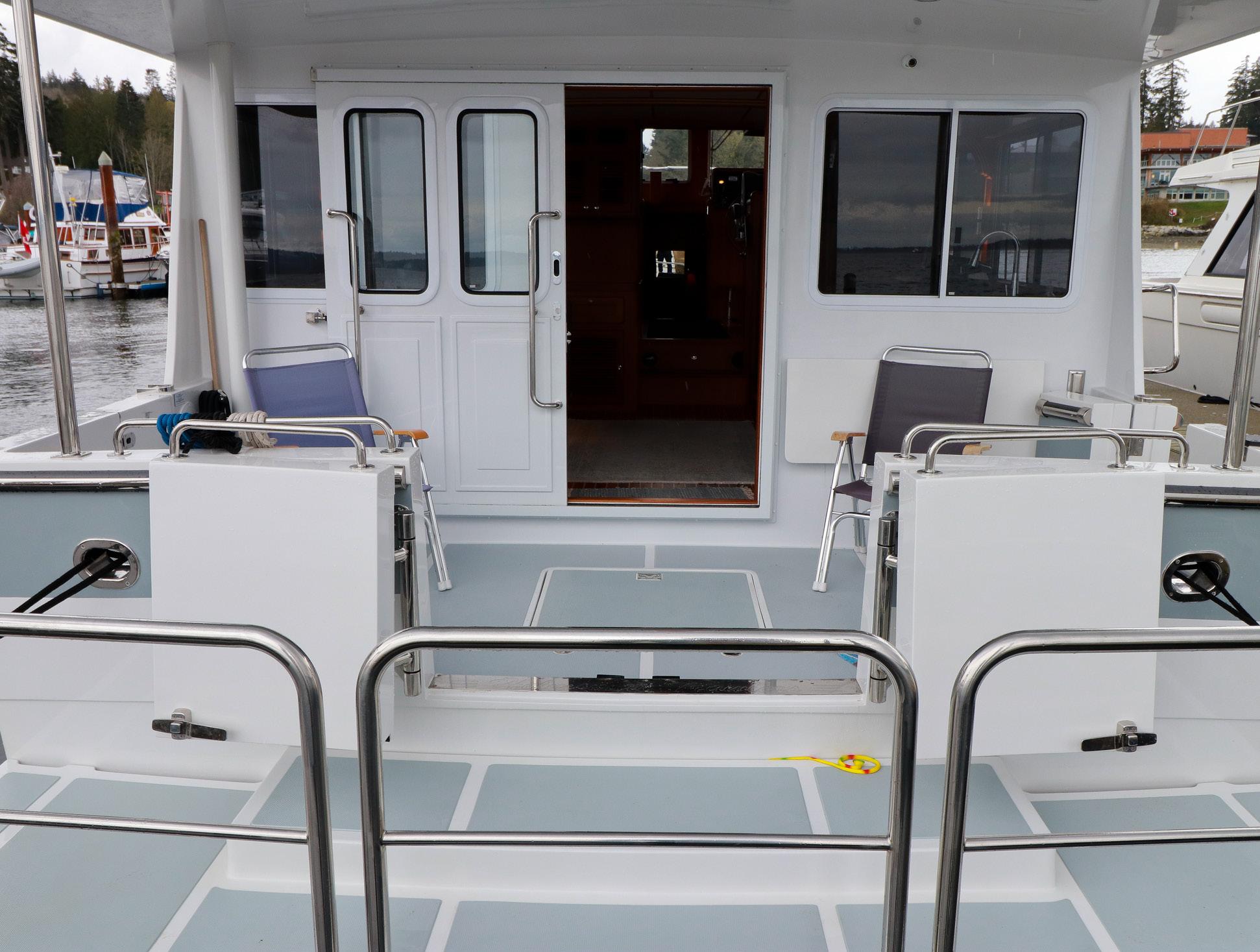
The shared head is nicely fitted out and like the molded day head is largely gloss white fibreglass, which makes perfect sense in a wet area. A separate shower compartment, fitted with a teak seat and plexiglass door, was relatively easy to get into.
SYSTEMS When it comes to systems, all appliances and equipment such as pumps, hardware, reverse cycle air, the six-kW generator, heaters and such are
SPECS
LOA 13.72 m / 45'
Length on deck 12.95 m / 42' 6"
Beam 4.55 m / 14' 2"
Draft 1.37 m / 4' 6"
Dry weight 15,876 kg / 35,000 lbs
Fuel 1,893 L / 500 USG
Water 757 L / 200 USG
Holding 170 L / 45 USG
Built in China by Helmsman Trawlers helmsmantrawlers.com
Sold in Western Canada by Calibre Yacht Sales Vancouver and Nanaimo 250-716-2022
Sold in Washington by Waterline Boats Seattle, WA 206-282-0110
sent over to China in shipping containers so that all components can be serviced and warranted and replaced, if necessary, with easily available replacements and parts. The only components of the test boat not installed at the factory were the watermaker and the helm electronics, as the latter is typically decided on by the owner when the boat is delivered.
To access the engine room, a large hatch in the saloon is lifted on gas struts, blocking access forward and aft while open. A short set of steps lead below where the centrally located Cummins diesel and all the plumbing, mechanical and electrical are nice and tidy and uncluttered, with good room to move around, despite limited headroom. The Smiths had fitted a two-part top loading fridge/freezer in the aft portion of the engine room for added food capacity when cruising, as well as a washer/dryer.
ON TEST We got underway in the early afternoon in a light drizzle. A gentle breeze was ruffling the waters
Rob Ksyniuk
68 - JUNE 2023
of Saanich Inlet. With Smith at the helm, we eased out of our berth. The temperature outside was only 7ºC but inside we were toasty, thanks to a Webasto forced air heating system.
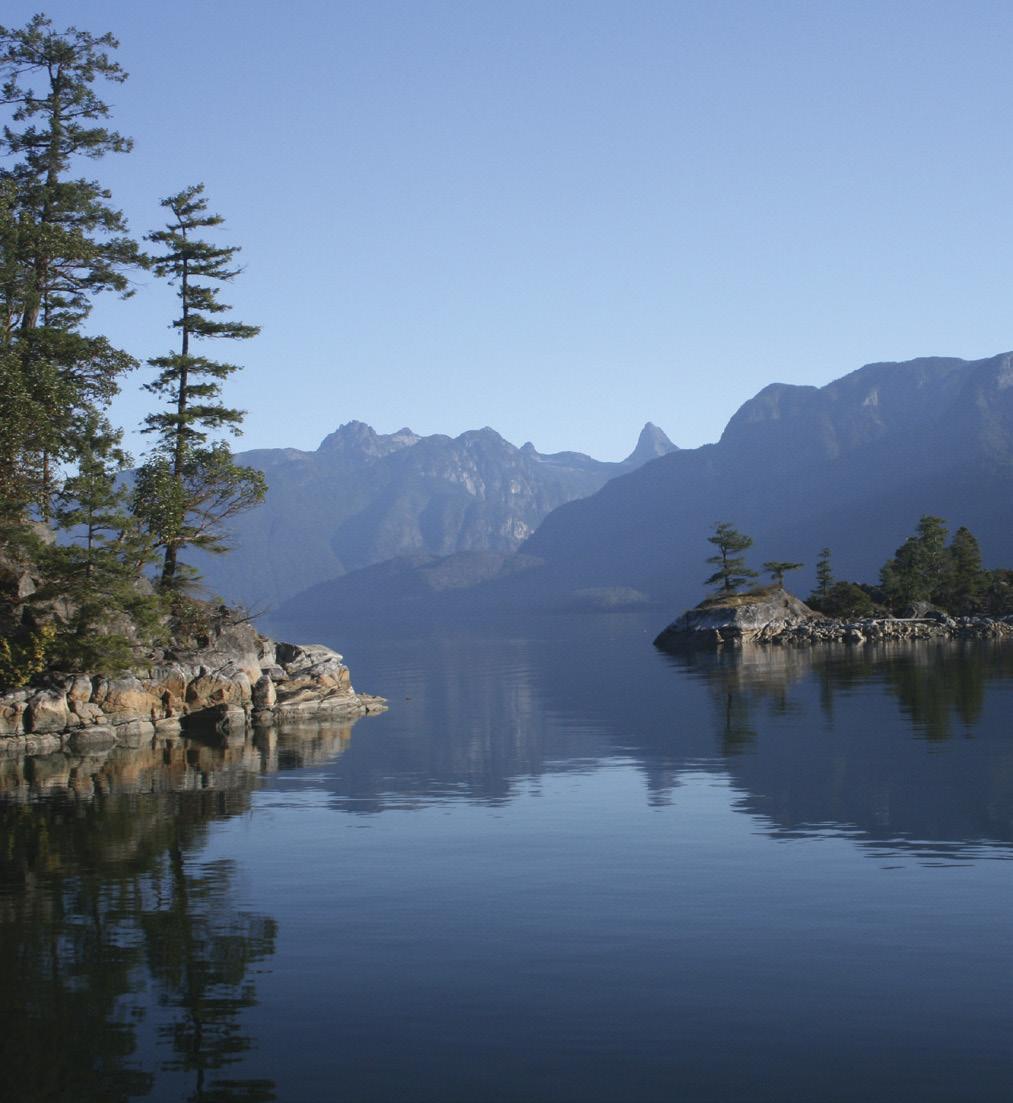
The 380-horsepower Cummins has plenty of power and we accelerated quickly with almost no bow rise. All-round visibility was good and the transom is visible from the helm, which will make it easier to back into a berth. At a cruise of 7.9 knots (1,730 rpm) we were sipping only 3.9 gallons per hour (GPH) or 14.9 litres per hour (LPH) of diesel. At nine knots (2,100 rpm) our fuel consumption rose to 7.3 gph (27.6 LPH). These cruising speeds are as good as, or faster, than most full displacement trawlers. The single diesel is also extremely economical. The range at 7.9
knots would be about 900 miles (with a 10 percent reserve). At wide open throttle, our speed rose to just under 11 knots, though it felt like we were pushing a lot of water and our fuel burn skyrocketed. Clearly, that isn’t a speed one wants to use unless it is necessary to get somewhere in a hurry, or to fight through strong currents.
At 7.9 knots, noise levels in the pilothouse, saloon and bow master were exceptionally quiet at 60 to 62 dB due to extensive sound-deadening materials. The steering proved nicely responsive, thanks in part to the 43’s large rudder. The hard-over turning radius was only about two boat lengths. Impressive. Tracking was also dead straight, thanks in part to the full keel that also protects the propellor and rudder. We didn’t find any big wakes
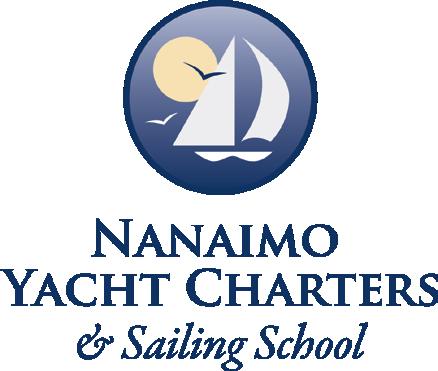
to deal with, but when crossing our own wake and going broadside to it, the roll was minimal. If Smith’s experience being in rough water with his 38 is any indication, the 43 should be a very good sea boat with no need for optional gyro stabilizers.

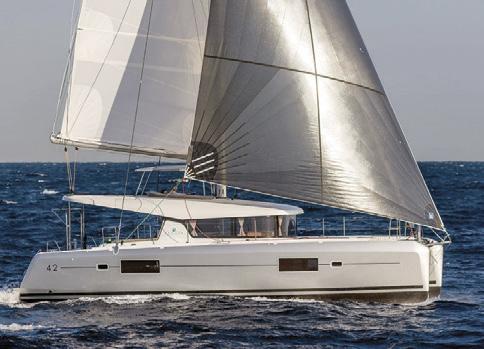

CONCLUDING REMARKS Anyone looking for a pilothouse trawler should take a very good look at the 43E. The aesthetics, build quality, fit and finish, the masses of teak, the cruising amenities, the single engine, the fuel economy and the excellent price point all combine to make this boat a top pick. Base price is US$698,000. That figure includes US tariffs for boats sold to US customers. Canadian customers will pay approximately the same when Canadian duties are applied.
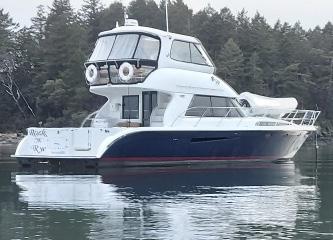
JUNE 2023 - 69
VISIT OUR WEBSITE FOR LATEST ADDITIONS TO OUR FLEET WWW.NANAIMOYACHTCHARTERS.COM info@nanaimoyachtcharters.com On the doorstep of BC’s incredible Gulf Islands, Sunshine Coast & Desolation Sound CRUISE AND LEARN—SAIL OR POWER ENJOY THE STABILITY OF OUR CATAMARANS OR A SMOOTH POWER BOAT 1-877-754-8601
YACHT CHARTERS, MANAGEMENT & TRAINING DESOLATION SOUND YACHT CHARTERS Comox, British Columbia, Canada Tel: 250-339-4914 | Toll Free: 1-877-647-3815 charter@desolationsoundyachtcharters.com YOUR PREMIER CHOICE FOR CHARTER AND MANAGEMENT Now Open at Comox Marina! DESOLATION SOUND YACHT & MARINE SUPPLY STORE
Lagoon 42 Catamaran Delta Pacific 52
OPEN 4.8 PVC
YAMAHA F50LB
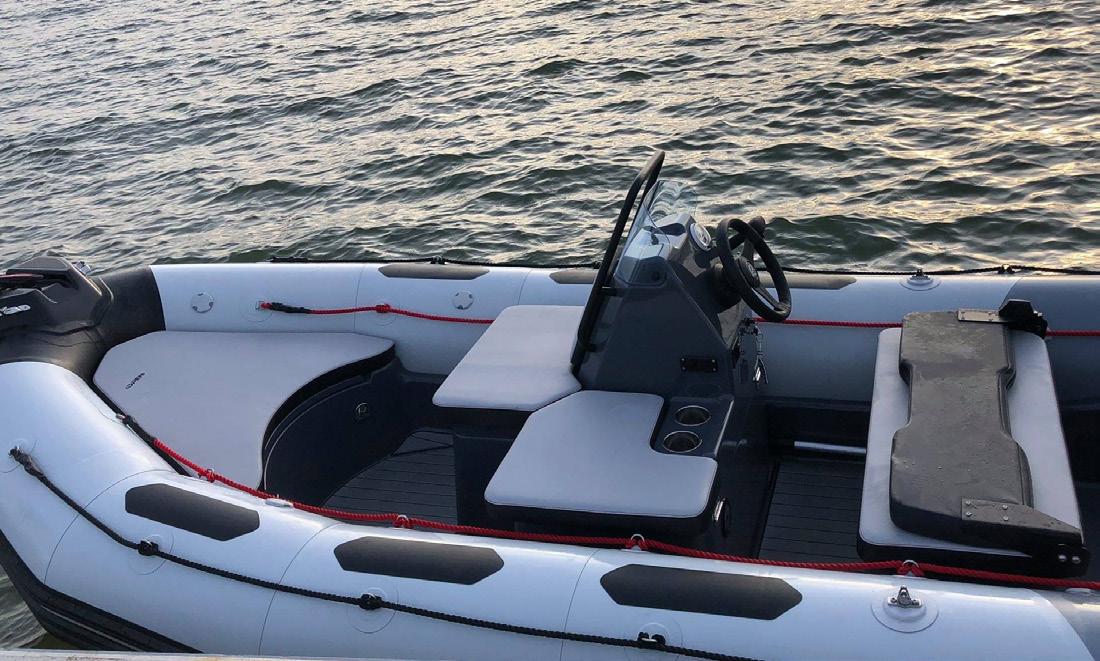

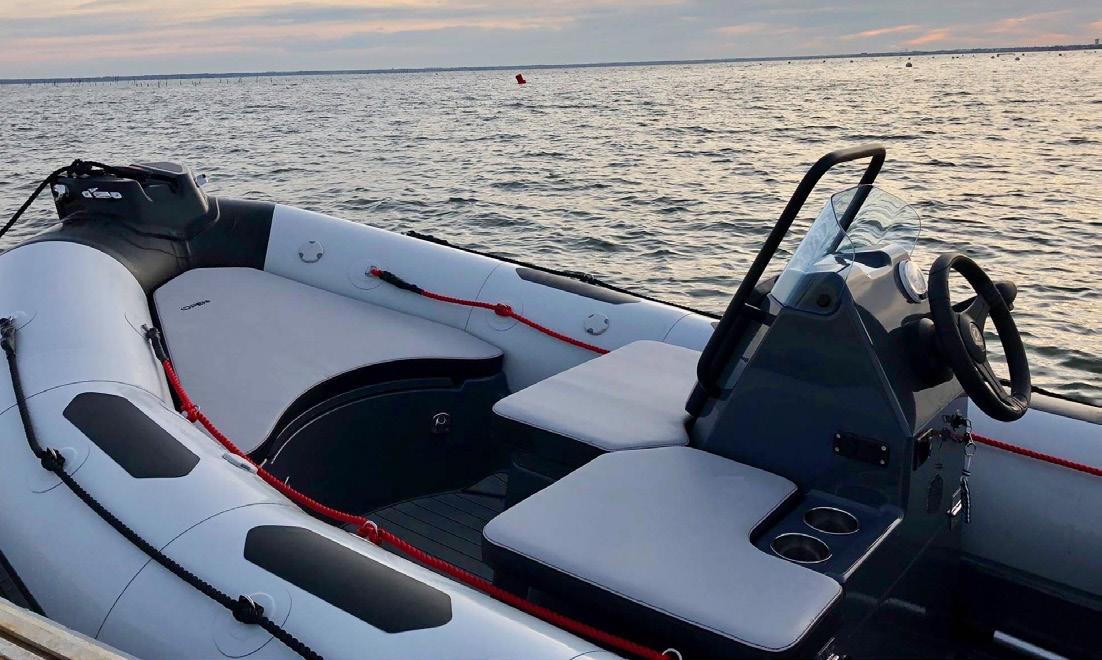
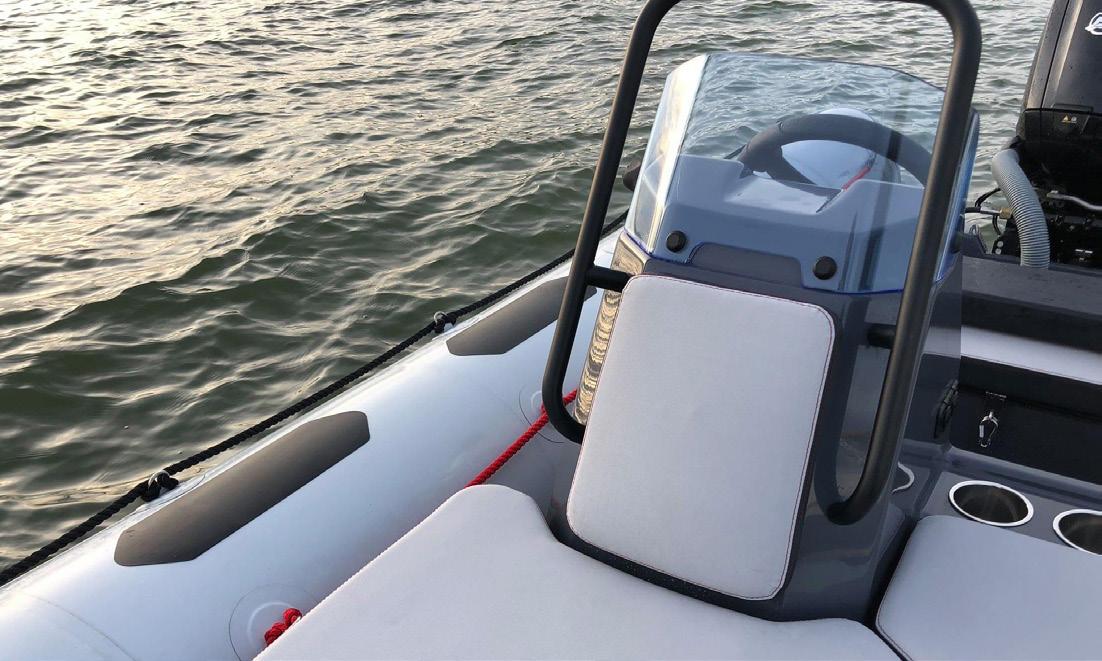
MARLON MB1250 GAL
$39,999 less $2000 rebate
Now only $37,999
OPEN 3.4 PVC

YAMAHA F25LWTC
Trailer extra $25,999 less $2000 rebate
Now only $23,999
OPEN MINIS
OPEN 4.2 PVC
YAMAHA F40LA
MARLON MB1250 GAL
$33,999 less $2000 rebate
Now only $31,999
OPEN 3.1 PVC


YAMAHA F20SWPB
Trailer extra
$23,999 less $2000 rebate
Now only $21,999
WE’VE GOT YOU COVERED 31926 MERCANTILE WAY ABBOTSFORD, BC 604-854-3440 1462 MUSTANG PLACE, PORT COQUITLAM, BC 604-461-3434 STORE HOURS OPEN TUESDAY-SATURDAY 9:00AM - 5:30PM CLOSED MONDAY & SUNDAY THE LARGEST IN STOCK SELECTION OF INFLATABLES IN THE PNW INTRODUCING
THE ZODIAC
LIST YOUR VESSEL WITH US. WE HAVE TWO HIGH VISIBILITY SALES DOCKS


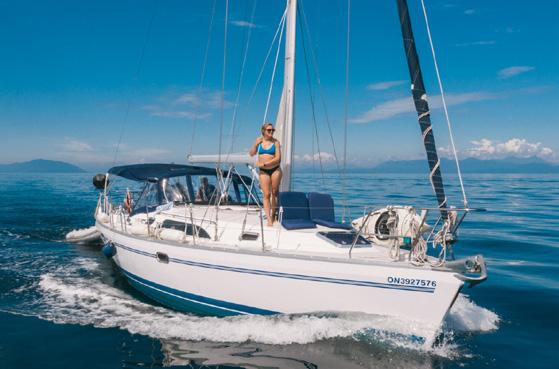
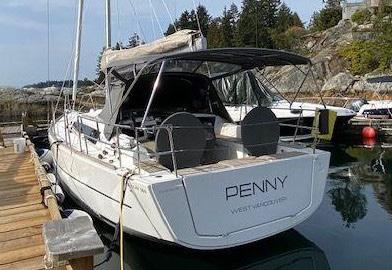
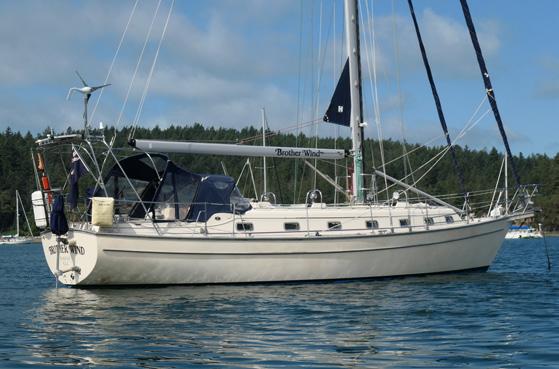
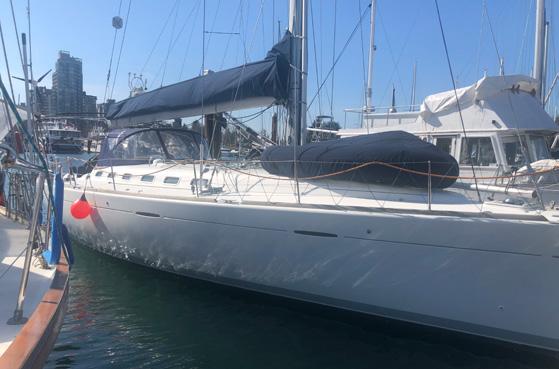
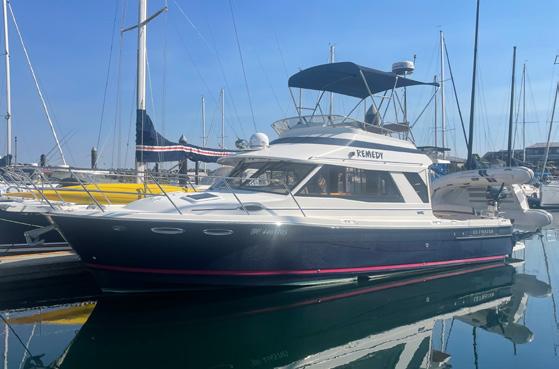
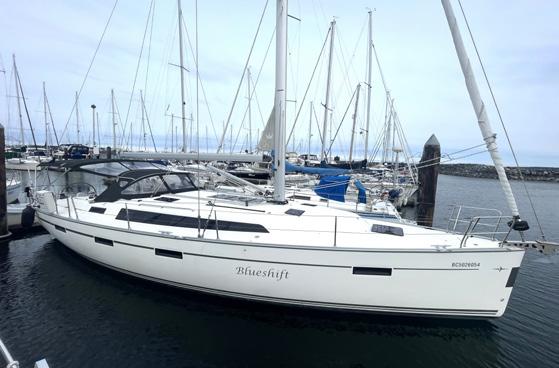
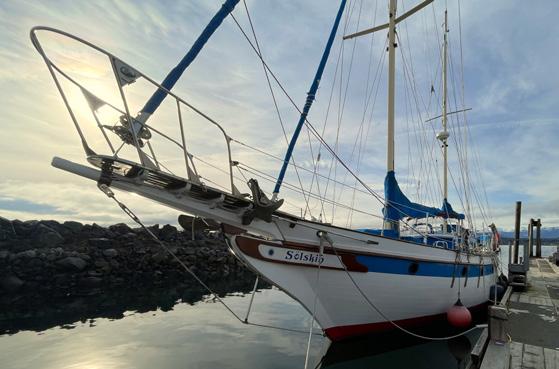


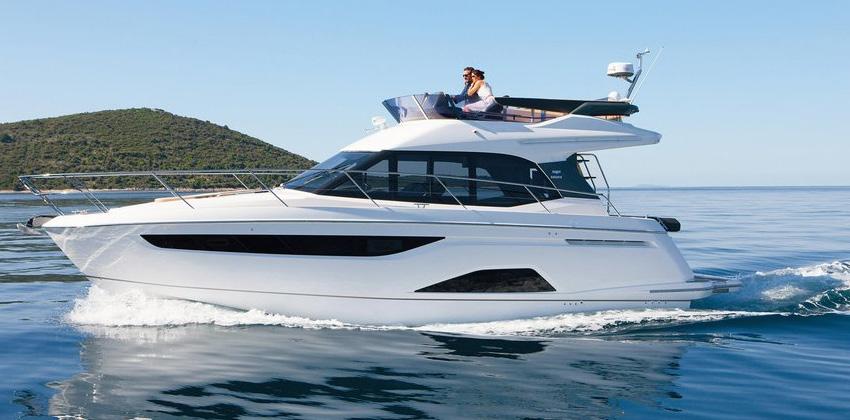
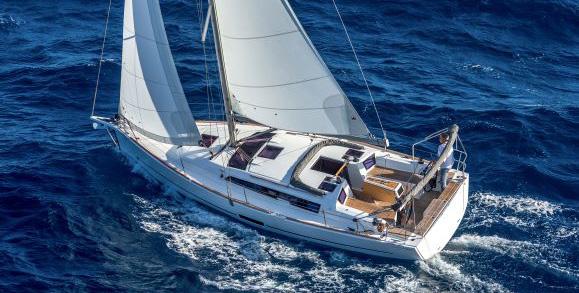


VANCOUVER
Granville Island
T: 604-488-1202

SIDNEY
Port Sidney Marina
T: 250-656-6644
DUFOUR 360 ON DISPLAY AT OUR DOCKS
BAVARIA R40 FLY ON DISPLAY AT OUR DOCKS
BAVARIA C45, BAVARIA C42, BAVARIA VISION 42 ON DISPLAY AT OUR DOCKS
DUFOUR 390 ON DISPLAY AT OUR DOCKS
1973 FORMOSA 51 KETCH ASKING: $185,000
2015 BAVARIA CRUISER 41 SALE PENDING
2014 CUTWATER 30 FLYBRIDGE ASKING:$295,000
2001 BENETEAU FIRST 47.7 ASKING: $254,000
1996 ISLAND PACKET 45 ASKING: $199,000
WWW.YACHTSALESWEST.COM
NEW STOCK SAIL 51’ Formosa 51 Ketch |1973 185,000 43’ Young Sun | 1981 149,000 40’ Island Packet | 1995 .............................. 240,000 38’ Baltic 38DP | 1983 124,900 USD 38’ Hans Christian 38T | 1980 .................... 189,000 34’ C&C34+ | 1991 89,900 34’ Ta Shing Panda | 1988 109,000 30’ Catalina | 1988 39,900 29’ J Boats | 1983. 23,900 28’ Harris | 1984 48,900 92’ Custom Paddle | 1985 675,000 57’ Carri Craft Passenger | 1972 175,000 50’ Gulf Commander | 1980 225,000 43’ Bayliner 4387 | 1991 135,000 41’ Meridian 411 | 2006 ............................. 349,000 38’ Sea Ray 380 | 2000 190,000 37’ Trojan 370 Express | 1994 139,900 33’ Sea Ray 330 | 1998 84,500 30’ Commander 30 | 1996 109,000 30’ Sea Ray 300 Sundancer | 2004 84,900 29’ Sea Ray 290 | 2007 99,000 POWER
2021 DUFOUR 360 ASKING:$379,900
NEW STOCK
STOCK
2013 CATALINA 355 ASKING: $269,000
NEW
NEW STOCK
1996 NAVIGATOR 4200 ASKING $195,000
AN OCEAN OF OPPORTUNITY AWAITS
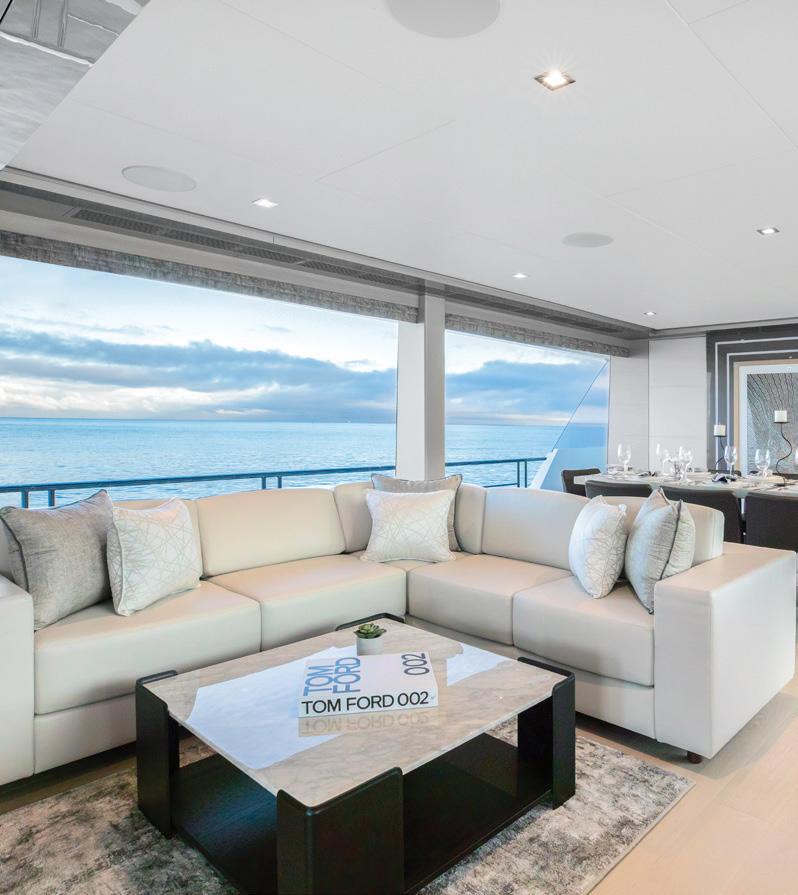



OCEAN ALEXANDER 28E ALEXANDER MARINE USA offers an unrivaled premier selection of new yachts on the West Coast, as well as an extensive selection of pre-enjoyed yachts from coast to coast. Our promise is to put you in the ideal yacht to match your discerning lifestyle. From initial contact to final contract, our expert staff will serve with integrity, competence, and confidentiality. Join us on the journey to making your yacht dreams a reality. Contact us today to get started... A Higher Standard of Excellence. AlexanderMarineUSA.com SEATTLE | 206.344.8566 NEWPORT BEACH | 949.515.7700 SAN DIEGO | 619.294.2628 FORT LAUDERDALE | 206.963.6543 72

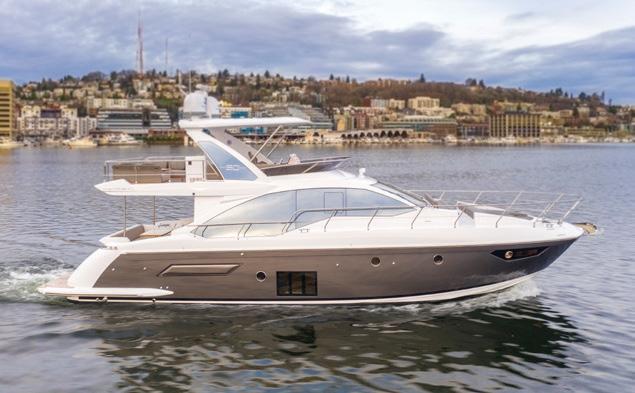
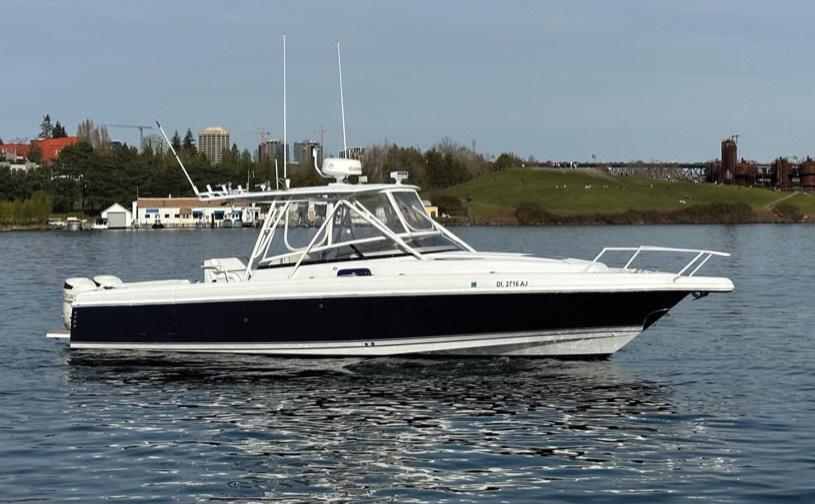
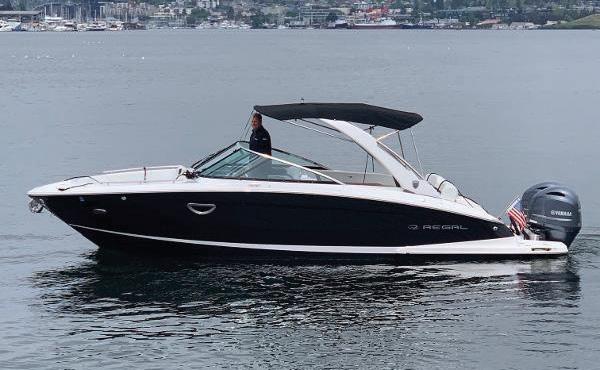

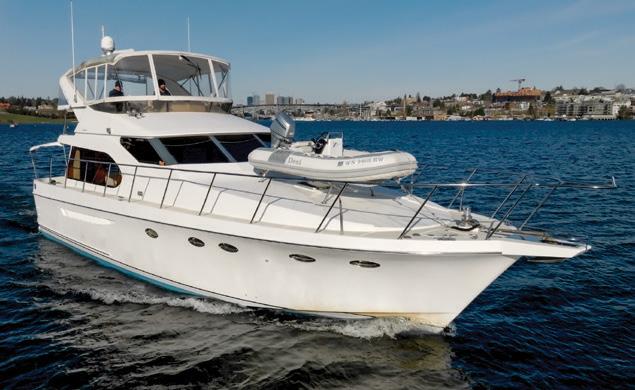

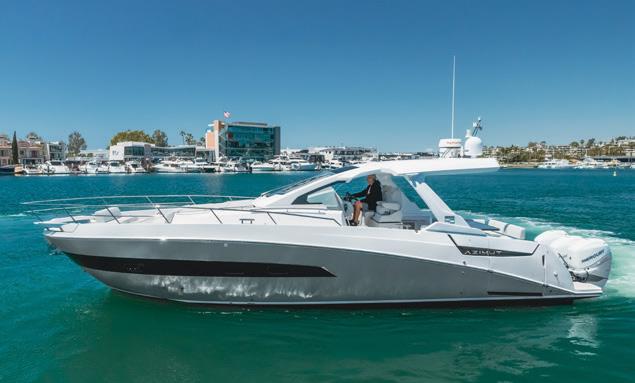


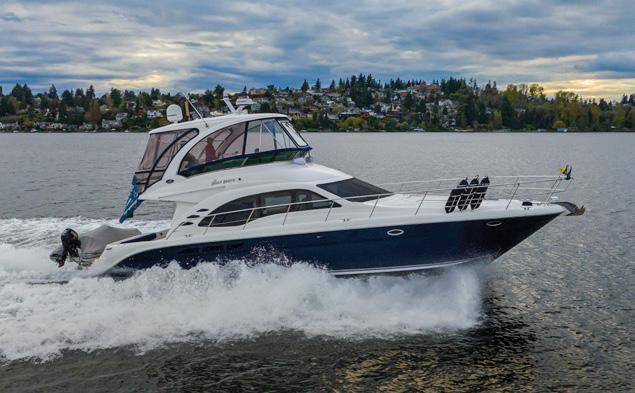
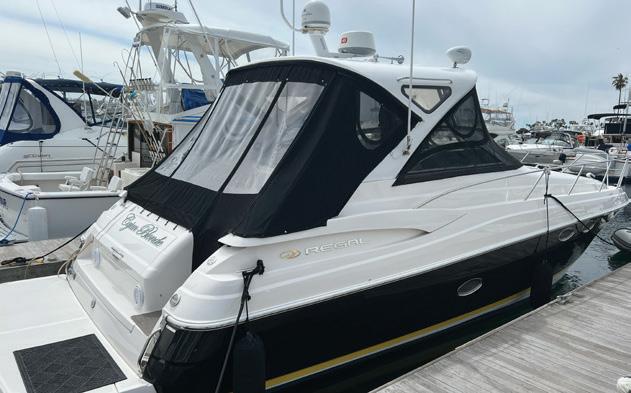
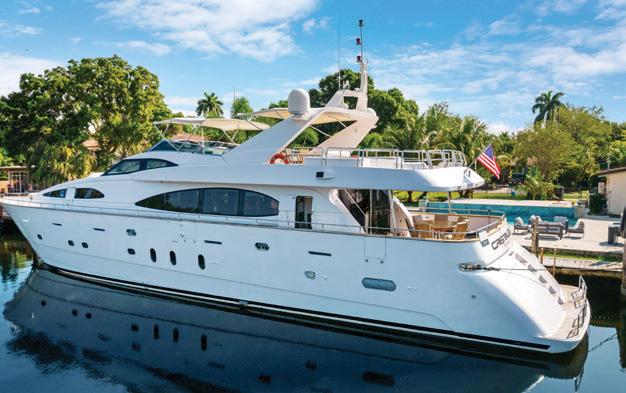
YACHTING. ELEVATED.
206.427.7167
206.679.7983
206.427.7167
2021 | 50’ AZIMUT | $1,599,000 HENRY WOLD |
2006 | 35’ INTREPID | $229,000 HENRY WOLD | 206.427.7167 2017 | 29’ REGAL | $169,000 J.R. YUSE | 206.679.7983 2009 | 74’ OCEAN ALEXANDER | $2,100,000 J.R. YUSE |
2003 | 48’ OCEAN ALEXANDER | $339,000 J.R. YUSE | 206.679.7983 1993 | 98’ QUEENSHIP | $3,895,000 HENRY WOLD |
206.427.7167
2019 | 40’ AZIMUT | $729,999 MICHAEL VRBAS | 949.632.1414 2020 | 60’ AZIMUT | $2,365,000 JEFF SIHILLING | 619.756.2511 2019 | 100’ OCEAN ALEXANDER | $10,200,000 HENRY WOLD |
2005 | 52’ SEA RAY | $539,000 HENRY WOLD | 206.427.7167 2007 | 38’ REGAL | $149,500 BILL LUCK | 760.533.6761 2006 | 100’ AZIMUT | $1,995,000 JERRY TODD | 206.963.6543
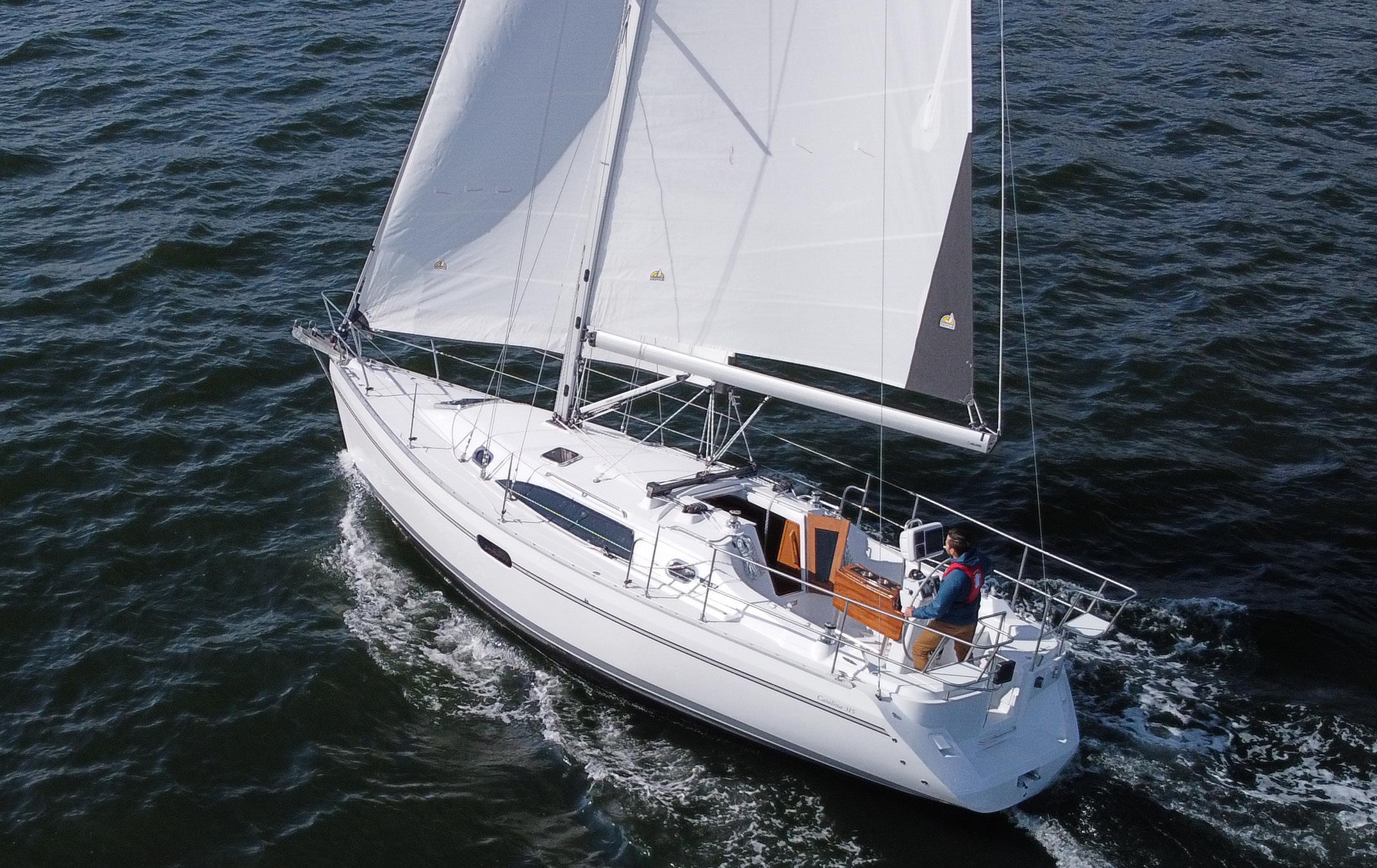
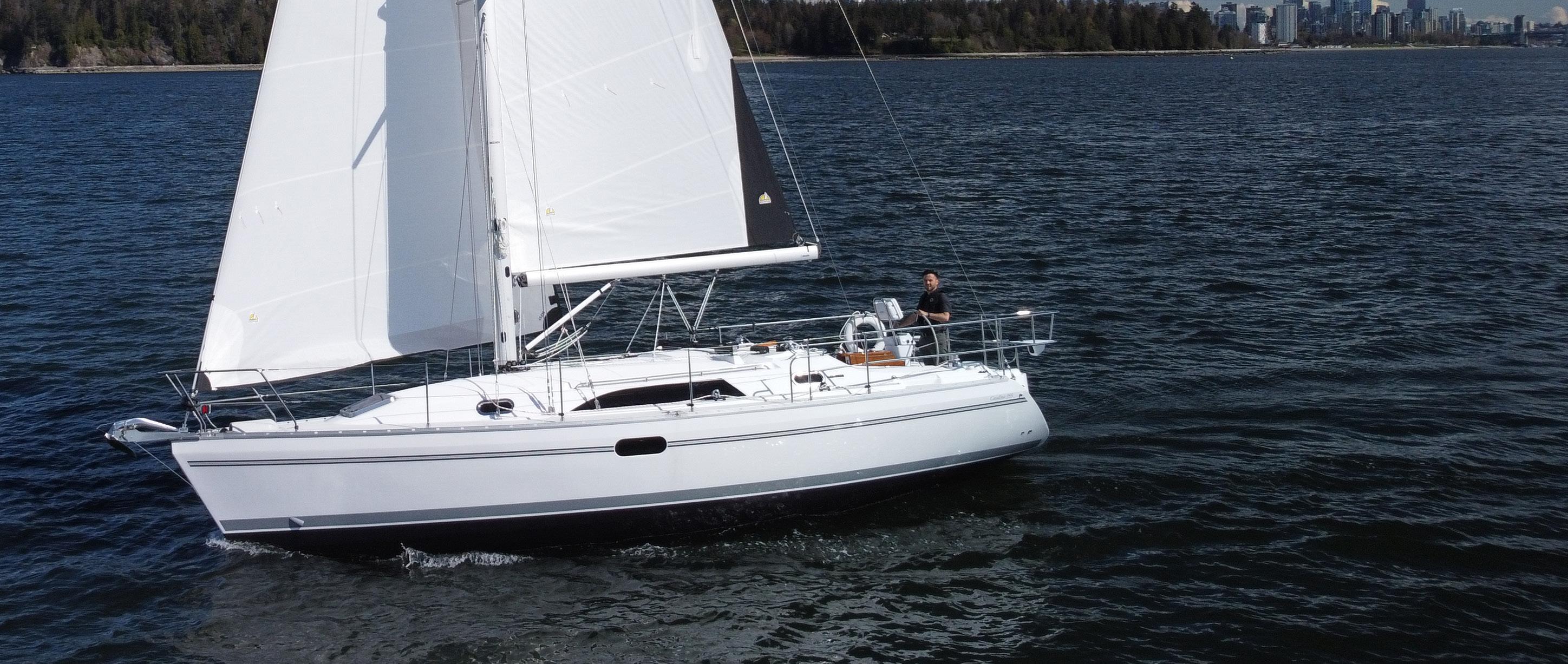
• SALES AND SERVICE • PROJECT MANAGEMENT • AWARD-WINNING DEALERSHIP • CPYB ENDORSED BROKERAGE SPECIALTYYACHTS.COM #102-1676 Duranleau St., Granville Island Vancouver, BC, Canada V6H 3S4 604.689.7491 | 1.800.270.2903 New 2023 Catalina 355 AVAILABLEJUSTARRIVED NOW AVAILABLEJUSTARRIVED NOW New 2023 Catalina 315 NEW & PRE-OWNED POWER AND SAIL
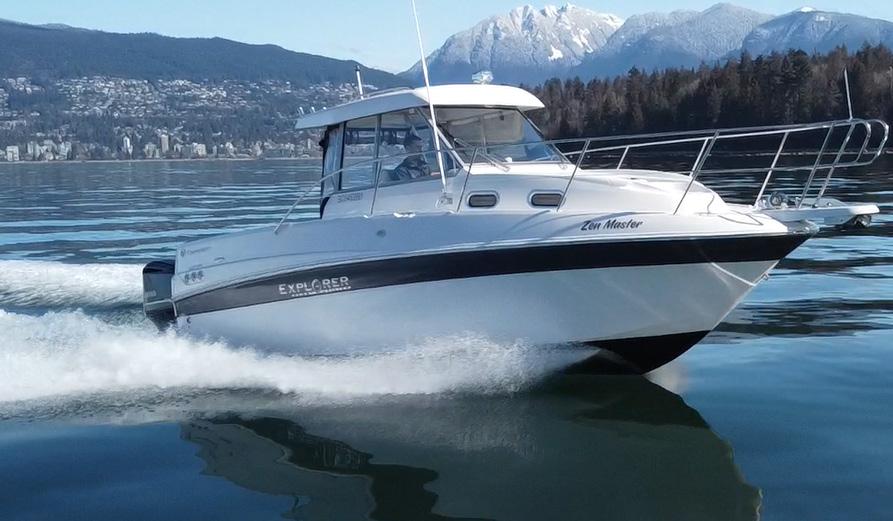



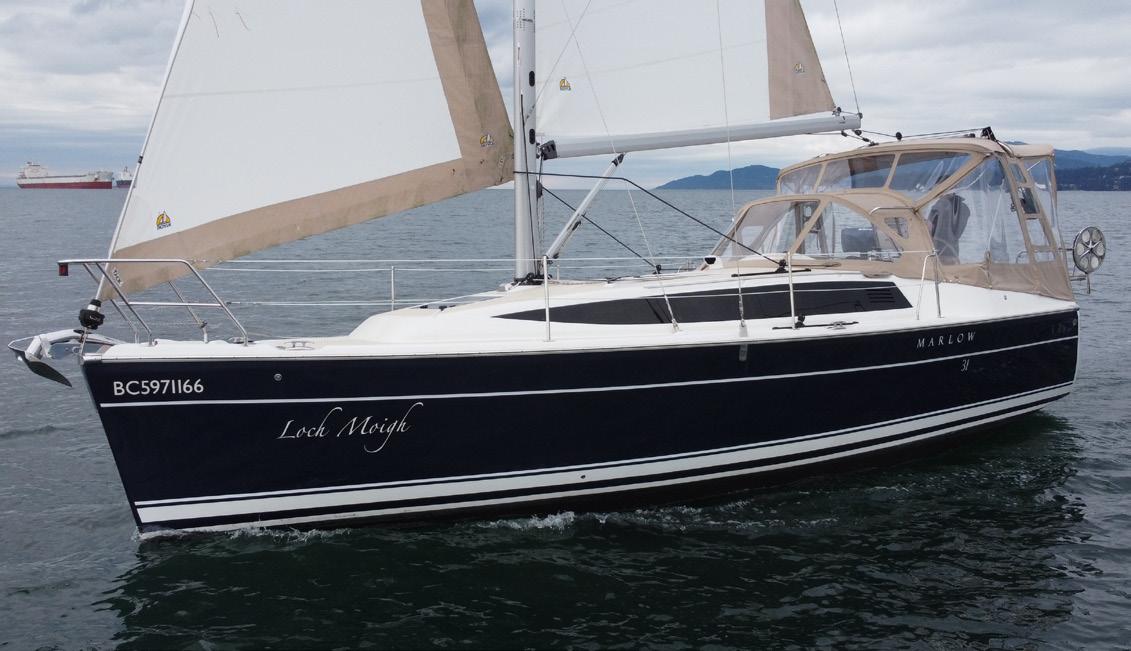
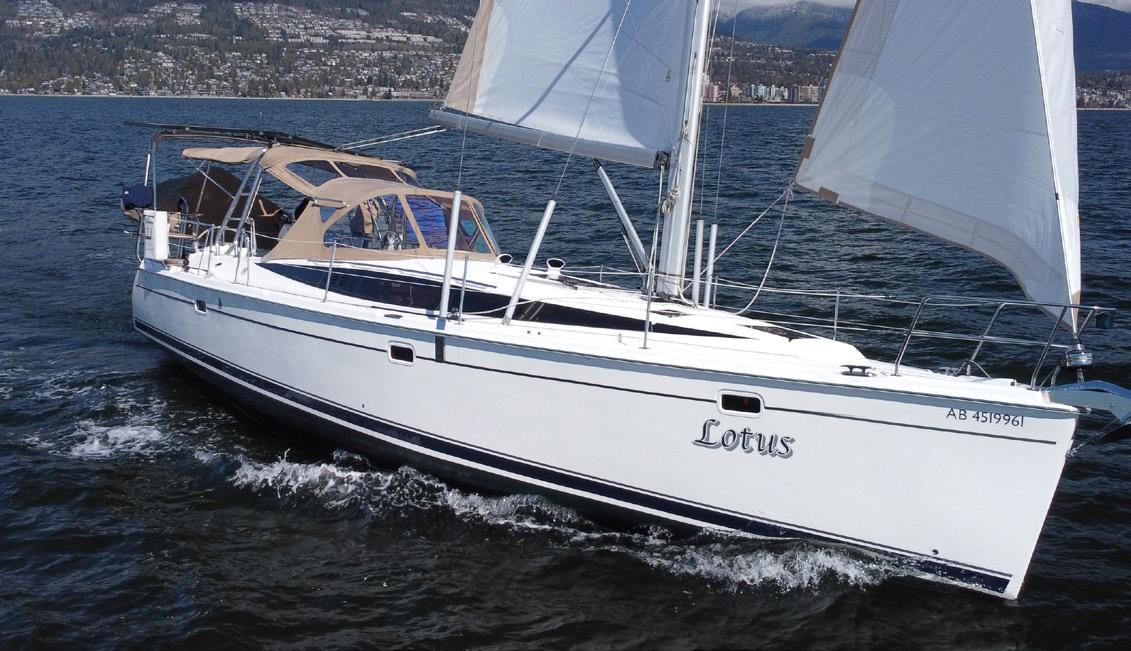

ALSO SPECIALIZING IN PRE-OWNED INCLUDING: COASTAL CRAFT, CATALINA, HUNTER, MARLOW HUNTER, TRUE NORTH YACHTS • SALES AND SERVICE • PROJECT MANAGEMENT • AWARD-WINNING DEALERSHIP • CPYB ENDORSED BROKERAGE SPECIALTYYACHTS.COM #102-1676 Duranleau St., Granville Island Vancouver, BC, Canada V6H 3S4 604.689.7491 | 1.800.270.2903 NEW AND PRE-OWNED LISTINGS CALL US FOR ALL YOUR SALES, SERVICE AND BOATING NEEDS 2019 Campion 822 Explorer NEW PRICE $214,900 CDN PRICEREDUCED New Catalina 425 Exceptional Value AVAILABLENOW INCLUDES ELECTRIC FURLING SYSTEMS New True North 34 OE On Order, Arriving Soon 2018 Marlow Hunter 31 $249,000 CDN New Listing 2014 Marlow Hunter 40 $329,900 CDN Recently Serviced NEWLISTING 1993 Dragon $47,900 CDN Recent Upgrades NEWLISTING
Greg Andrew, CPYB
Yacht Broker & New Sales gandrew@vanislemarina.com
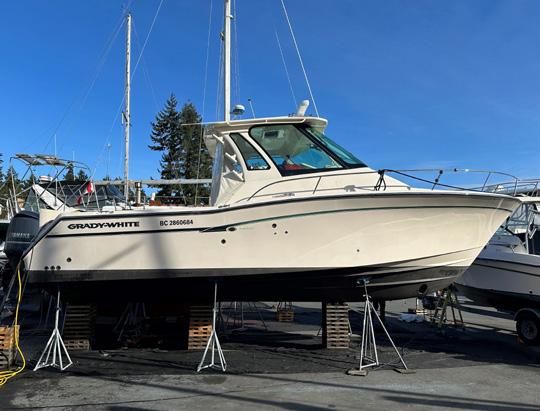
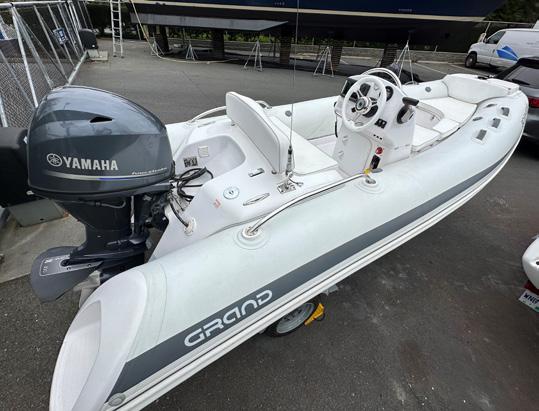
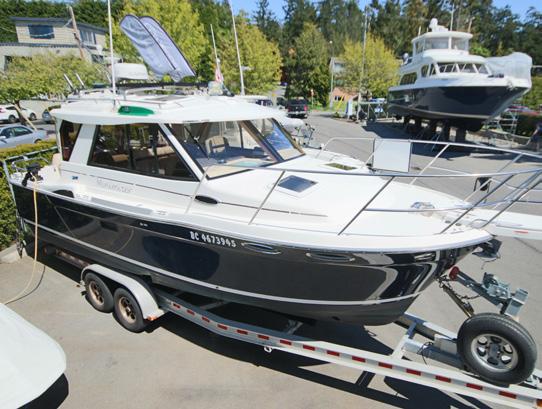

Adam Pedersen
Yacht Broker & New Sales apedersen@vanislemarina.com
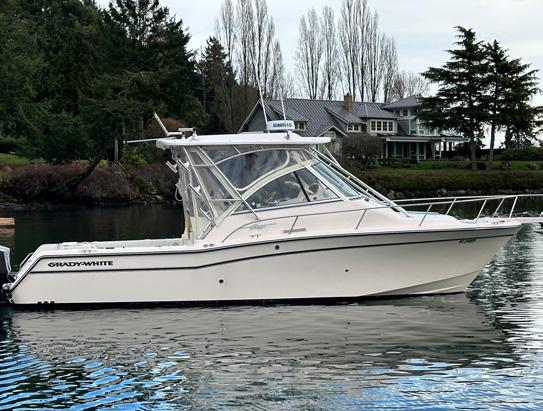
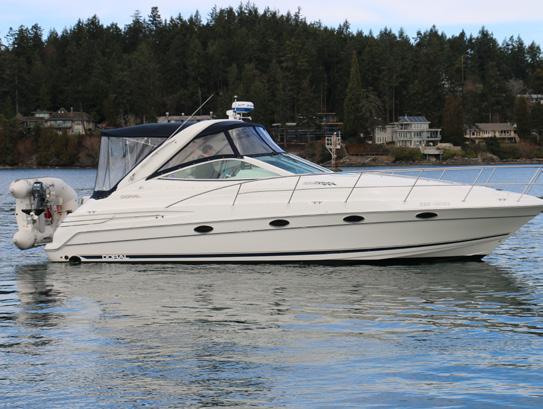
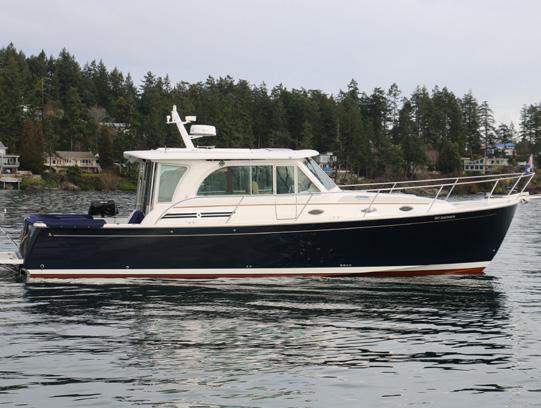
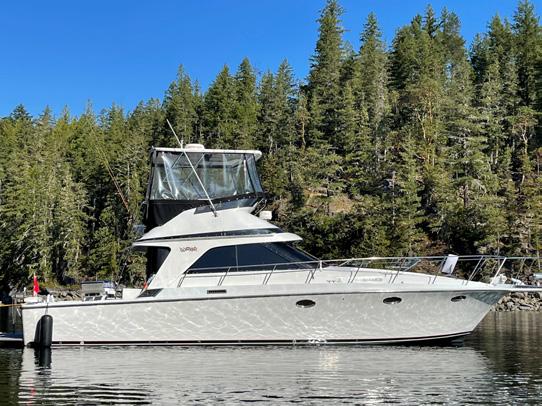


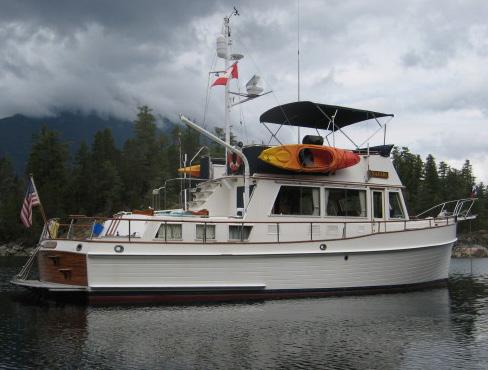

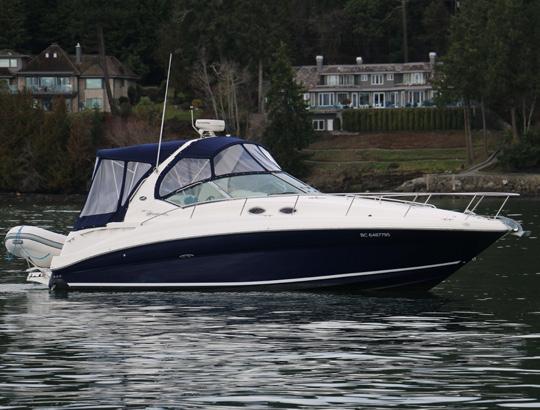
Nynke Plouffe
Yacht Sales Coordinator nplouffe@vanislemarina.com
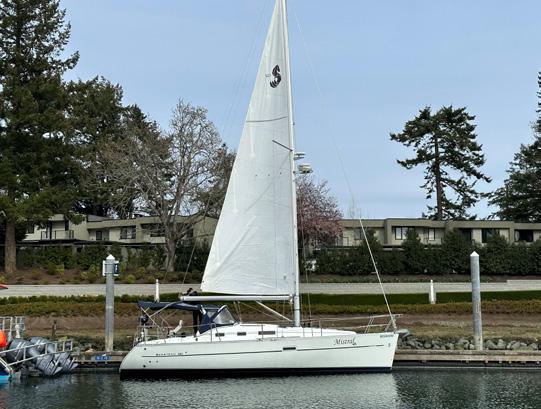

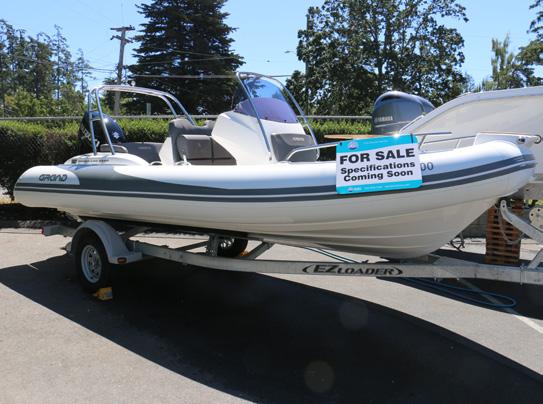
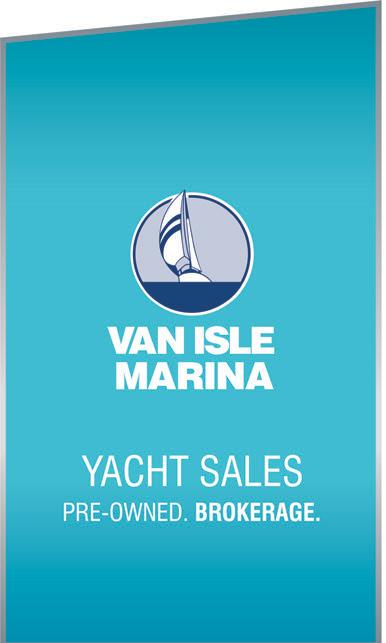

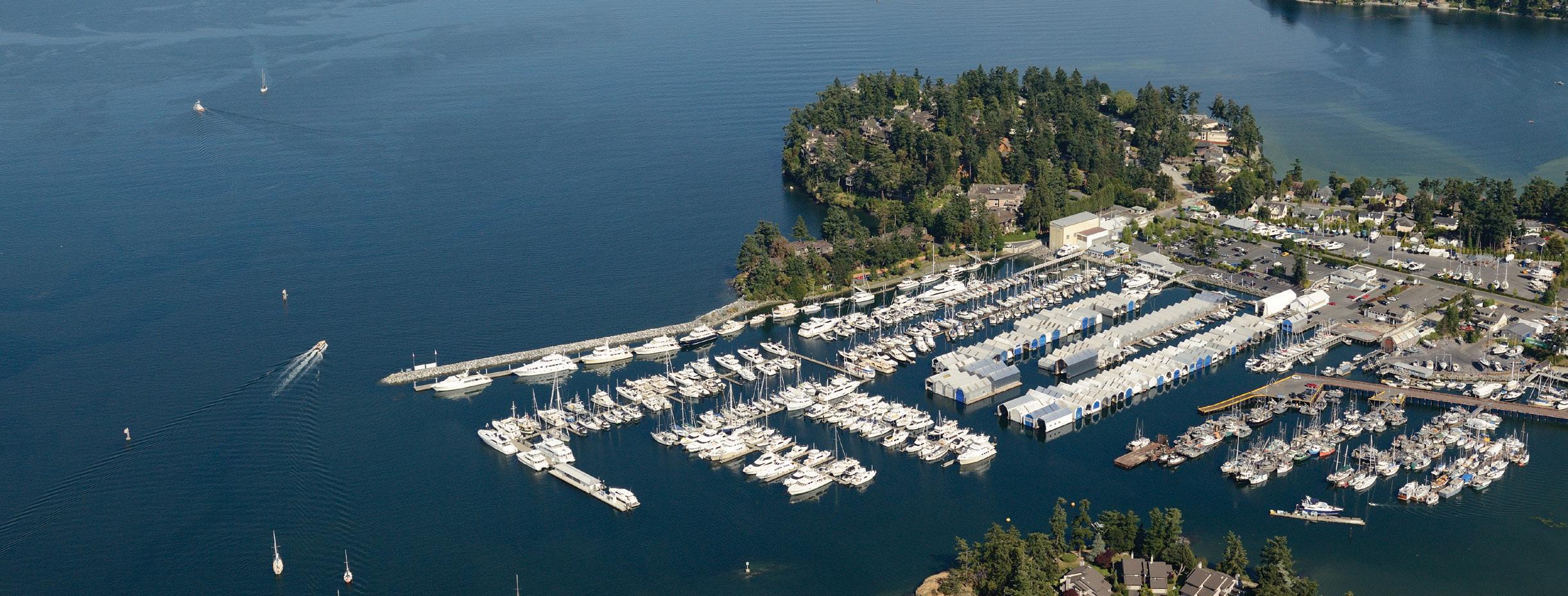
Sidney, BC | 250 656 1138
vanislemarina.com

SOLD 32’ Beneteau 323 2007
32’ Sea Ray 320 Sundancer 2004 $119,900 30' Parker 920 Explorer Max 2020 $259,000 26’ Cutwater C-26 2015 $159,000 58’ Riviera 5800 SY 2013 $1,550,000 16’ Grand G480 Goldenline 2018 $41,900 SOLD 19’ Grand G580 RIB Yacht Tender SOLD 42’ Grand Banks 42 Classic 1990 26’ Pursuit DC265 2016 $209,000 2022 MERCURY VERADO 350HP 48’ Kadey-Krogen AE Wide Body '14 $1,195,000 USD Moorage Available! SOLD 37' Hunter 376 1997 40' Trojan 12 Meter Motor Yacht 1987 $199,900 Moorage Available! 41’ Back Cove 2015 $829,000 Boathouse Available! 36' Doral 360SE Boca Grande 1999 $127,500 Boathouse Available! SOLD 30' Grady White 305 Express 2008 SOLD 33' Grady White 330 Express 2011 Moorage Available!

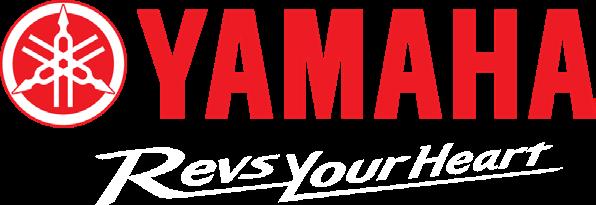


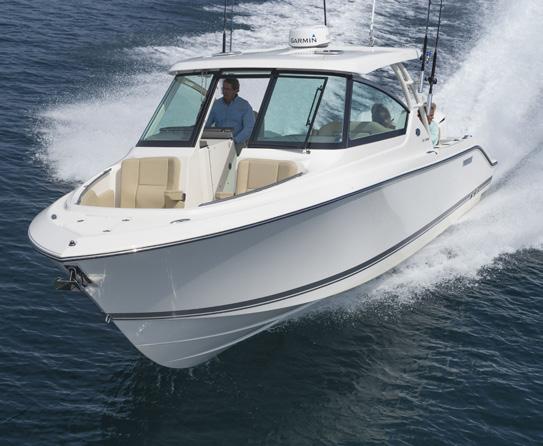
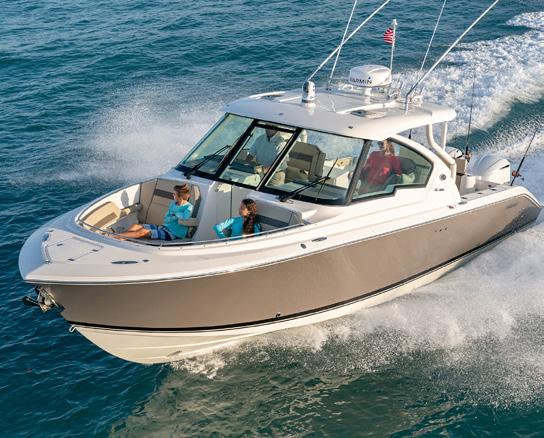

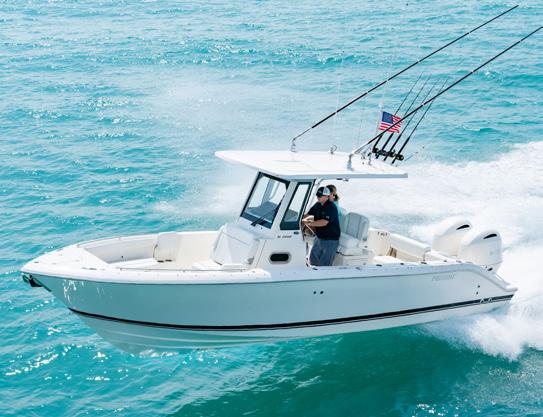
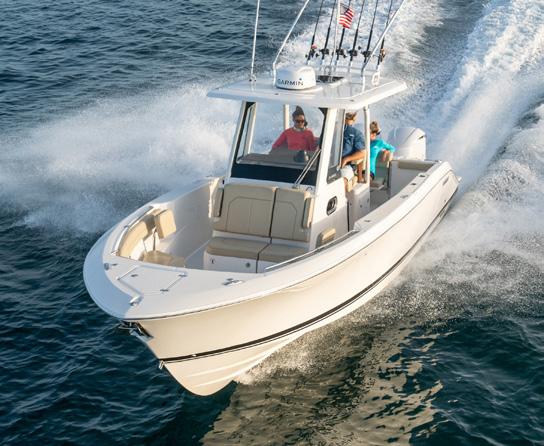


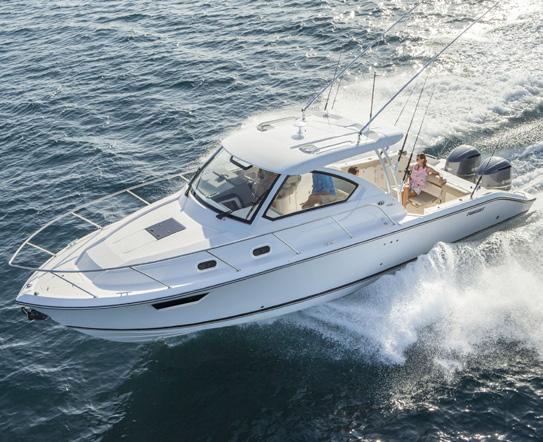
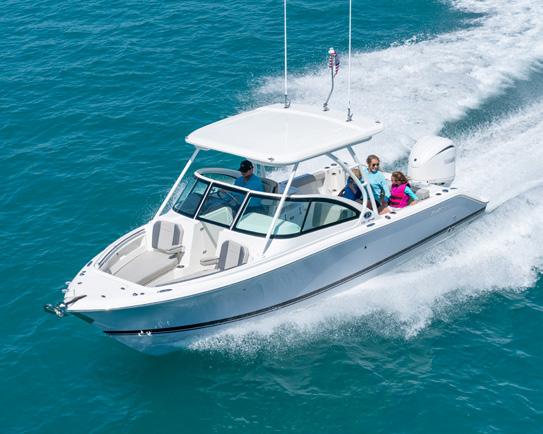



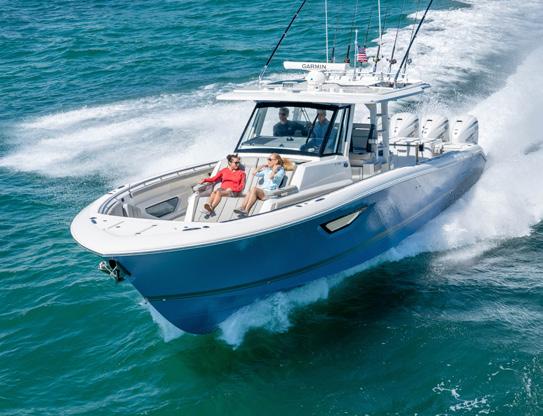
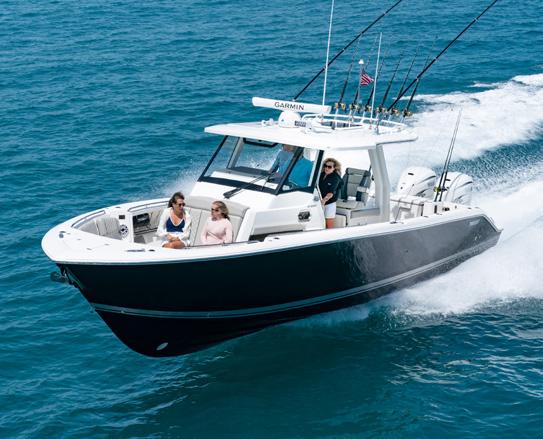

vanislemarina.com Excellence & Value in Every Marina Experience. Pursuit Dual Console DC266 Pursuit Dual Console DC295 Pursuit Dual Console DC326 Pursuit Center Console C238 Pursuit Sport S268 Pursuit Sport S288 Pursuit Offshore OS385 Pursuit Offshore OS355 Pursuit Offshore OS325 NEW Pursuit Dual Console DC246 Pursuit Dual Console DC365 Pursuit Sport S328 Pursuit Sport S378 Pursuit Sport S428 Pursuit Sport S358 Pursuit Offshore OS445 In Stock In Stock In Stock In Stock Arriving June 2023
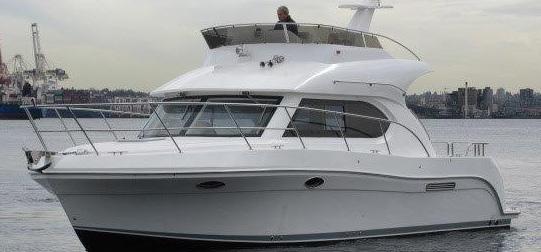
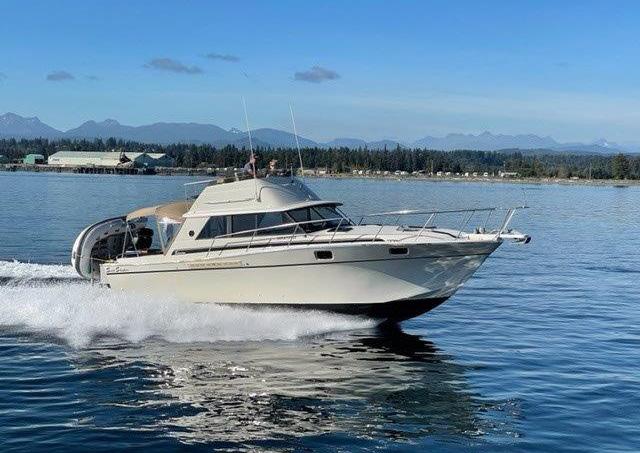
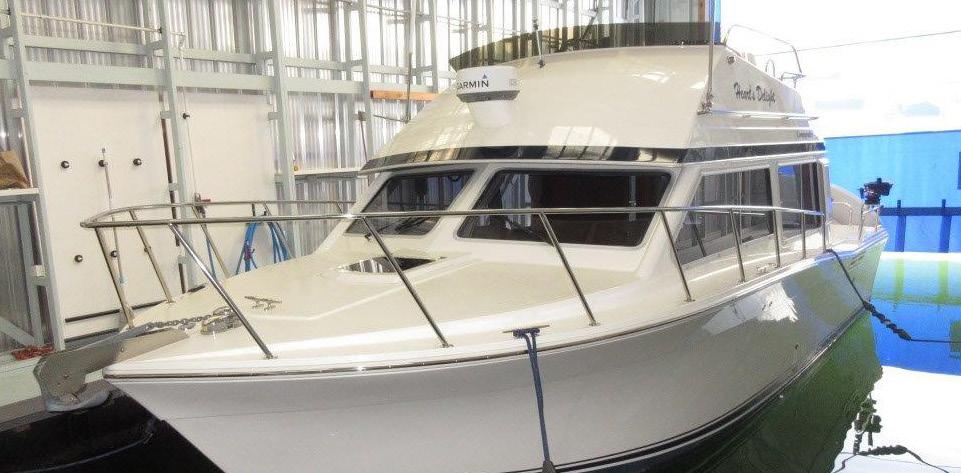
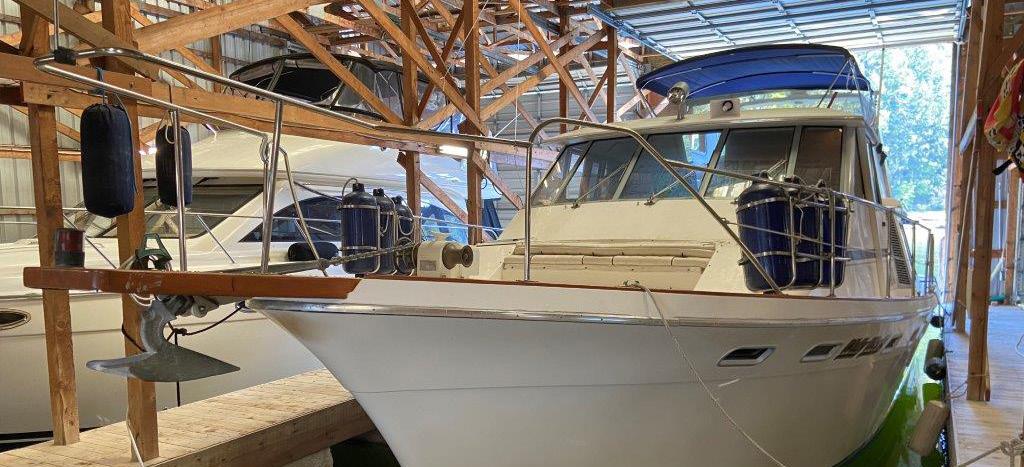
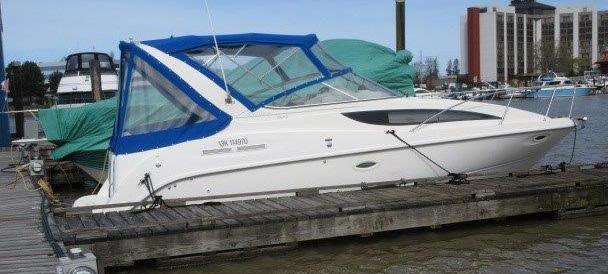
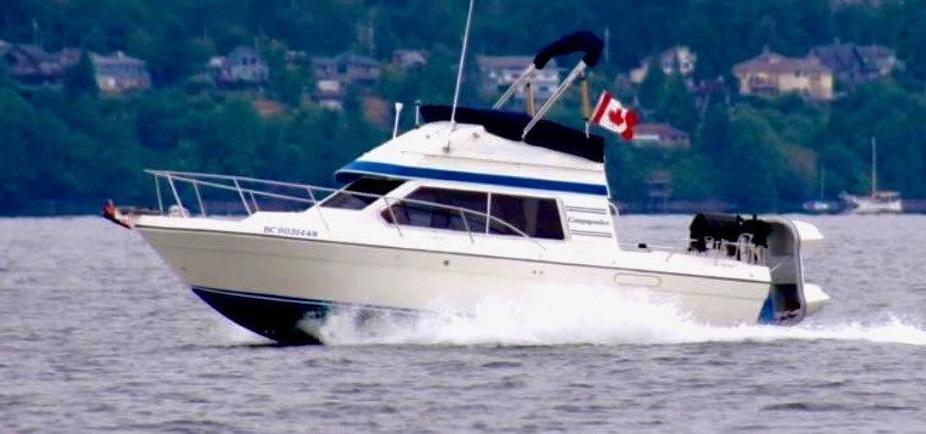


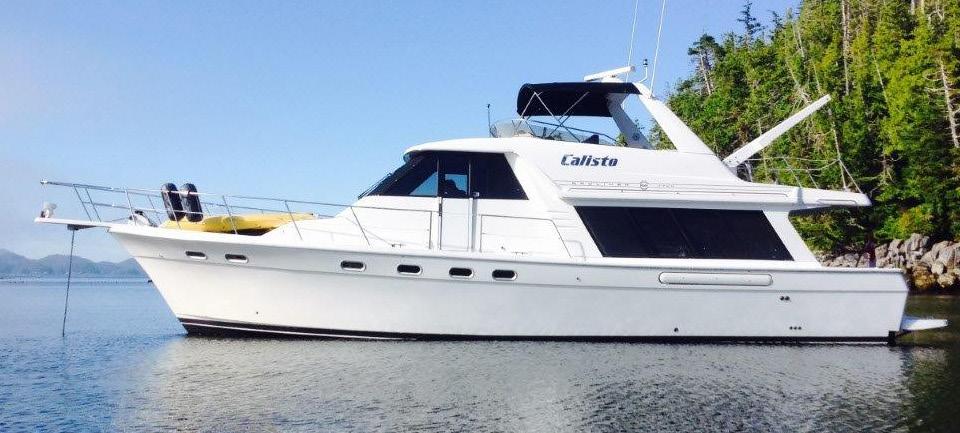
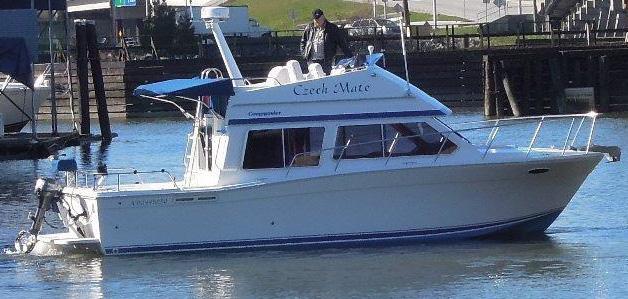
YOUR EXCLUSIVE DEALER FOR THE 26, 30, 34, 38 COMMANDER - QUALITY USED VESSELS NEEDED BEST SELECTION OF CONSIGNMENT COMMANDERS - WWW.CANMARYACHTS.COM Why settle for less than the best PHONE: 604-273-2226 UNIT #12 – 8331 RIVER ROAD, RICHMOND, BC V6X 1Y1 SILVERTON 34 CONVERTIBLE – New Power, Twin Volvo D4 Elec. Diesels, 302 Hours, Perfect Mechanical, Recent Survey, Many Upgrades, Special Dinette Feature, Spotless Throughout EXCELLENT VALUE $124,900.00 2011 COMMANDER 30 Shelter Kept – Twin D-4 Volvo Diesels – w/869 Hrs – Bow Thruster Full Electronics – Bimini – Teak and Holly Sole – Must See! – $274,000 JUST ARRIVED! 1989 BAYLINER 4588 – Pilothouse, New Power, 133 Hours, 310 Hp, Boathouse Kept – Ready for New Ownership $169,000.00 2000 MODEL BAYLINER 2855 SIERRA SB – Extremely Clean through-out Low Hours – Mark 7.4 MPI – New Canvas $39,900 NEW LISTING 1994 COMMANDER 26 – MINT - Boatshed Kept – Volvo Diesel – 516 Hours Full Serv. & Survey Records – Comes w/ Rebuilt Road Trailer. Many Upgrades. Call for Information 97,000.00 2004 COMMANDER 30 – Twin Volvo Diesel – 1400 Hrs – Full Electronics, Shelter Kept – One Owner – In Richmond – Good Value $169,000.00 NEW LISTING 1988 COMMANDER 26 – Twin Merc Gas – comes w/Galv Tand. Trailer –Full Electronic – New Interior – Teak & Holly Floor – Asking $49,000.00 NEW LISTING 1997 BAYLINER 4788 MOTOR YACHT – Popular Pilot House –Twin Hino Diesels – Fabulous Cond. – Call for Pricing NEW LISTING 2010 COMMANDER 30 – Single Volvo Diesel – Fully Equip. Full Electronics – Aux. Power – Dinghy w/Motor – Bow Thruster Teak and Holly Sole – Pictures Available – $228,000.00 JUST ARRIVED!
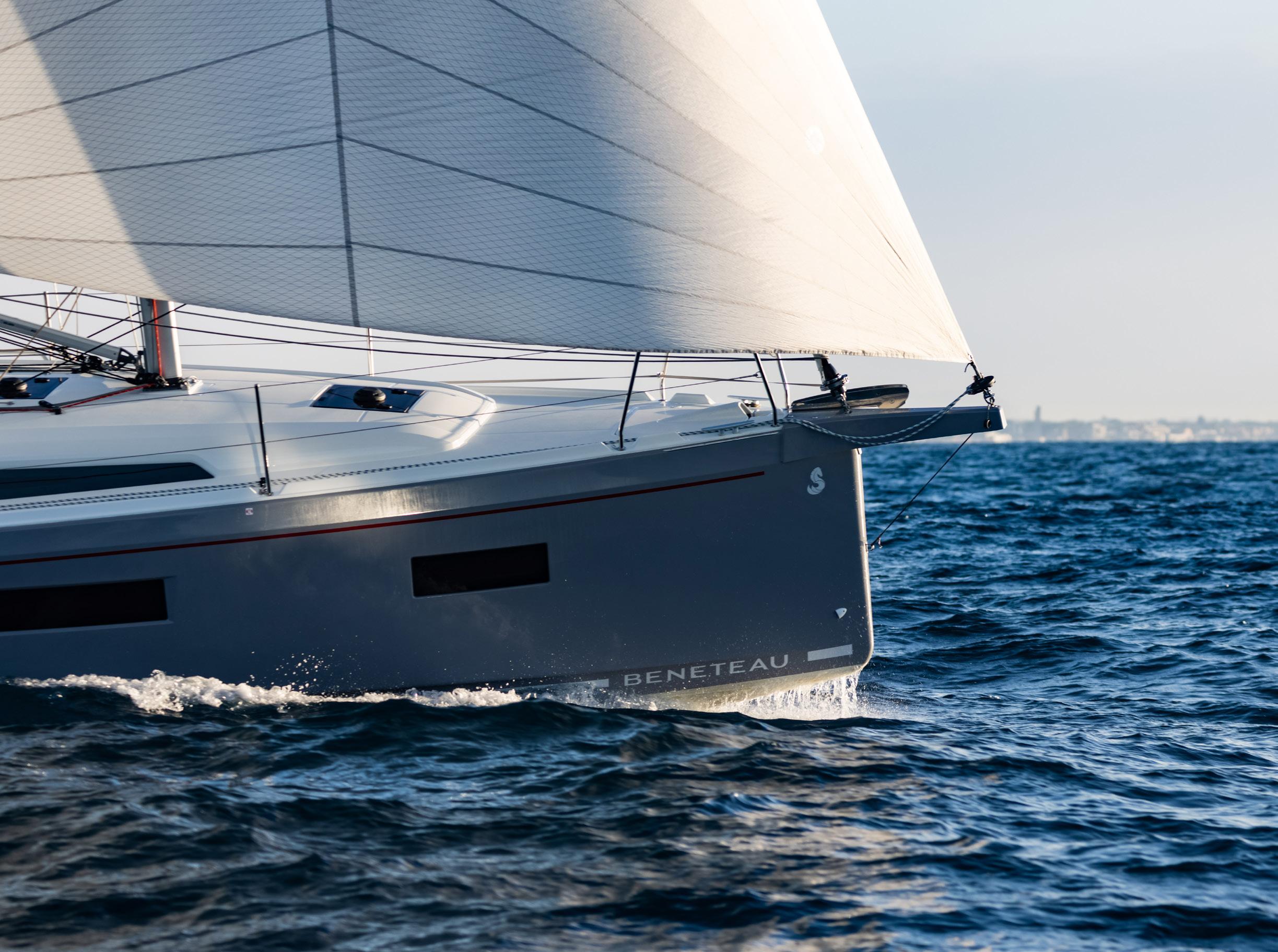
GrandYachts.com Founded in 1976 Grand Yachts Inc. was formed with a vision of representing the finest cruising yachts in the Pacific Northwest. Over 45 years we have built a team of experienced, professional yacht brokers who focus on client satisfaction. Designed to be remarkable ©BENETEAU Oceanis 34.1 Oceanis 38.1 Oceanis 40.1
INVENTORY ARRIVING SOON



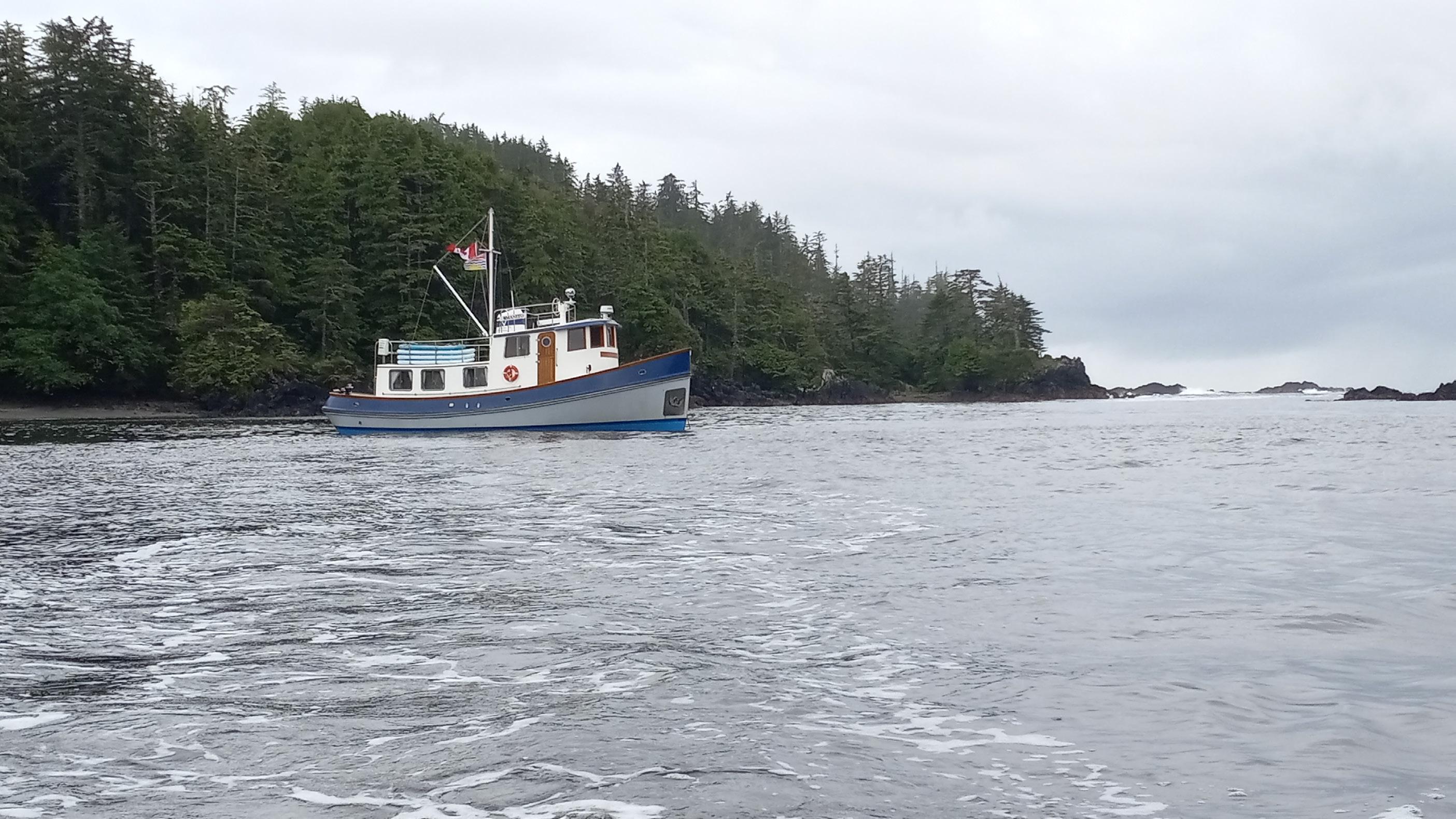
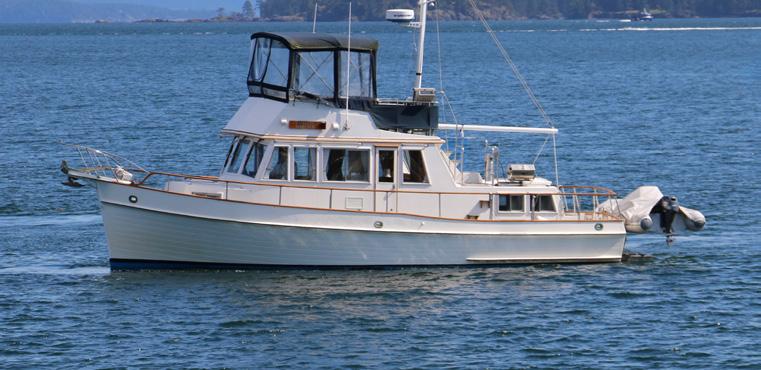

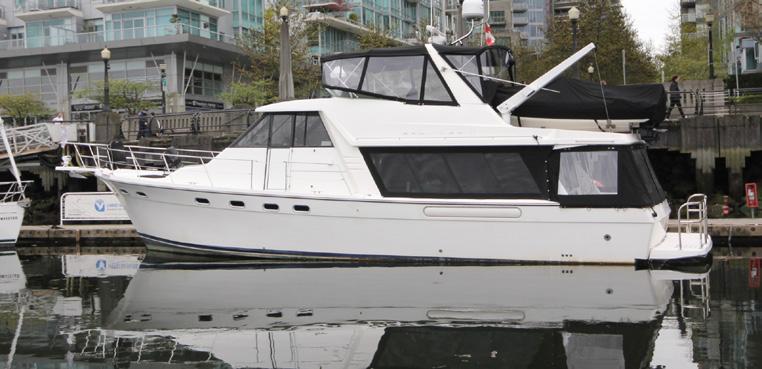
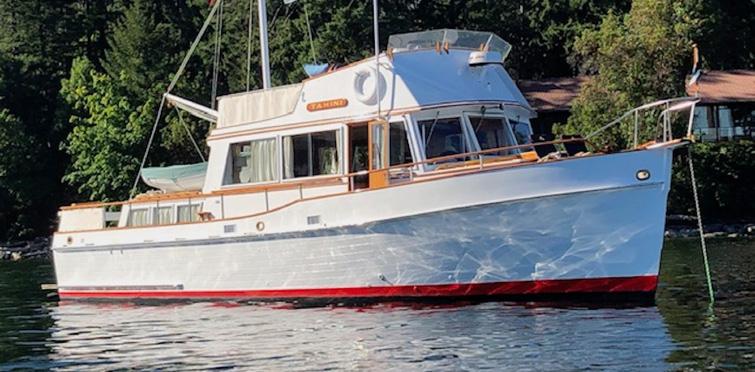

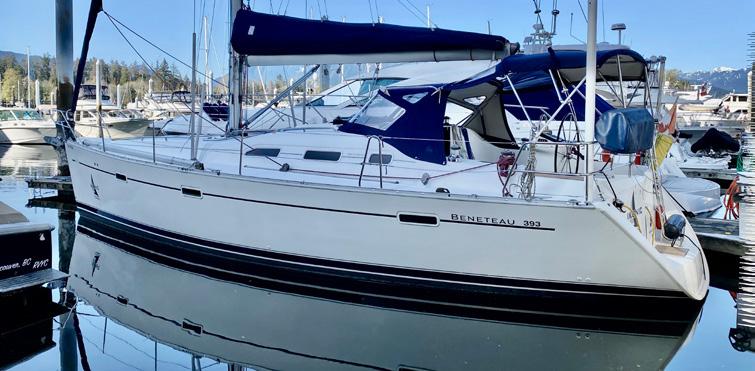
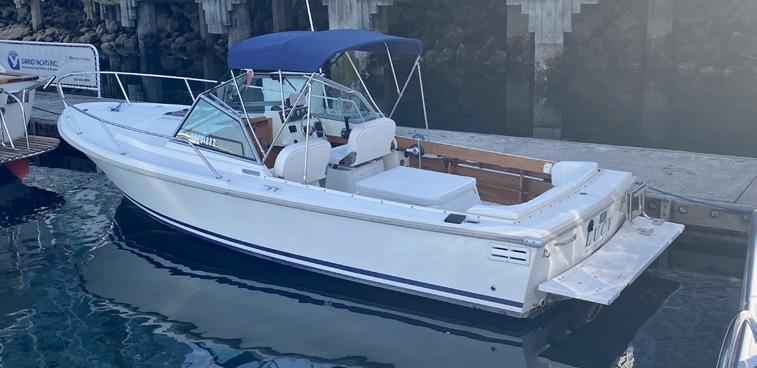
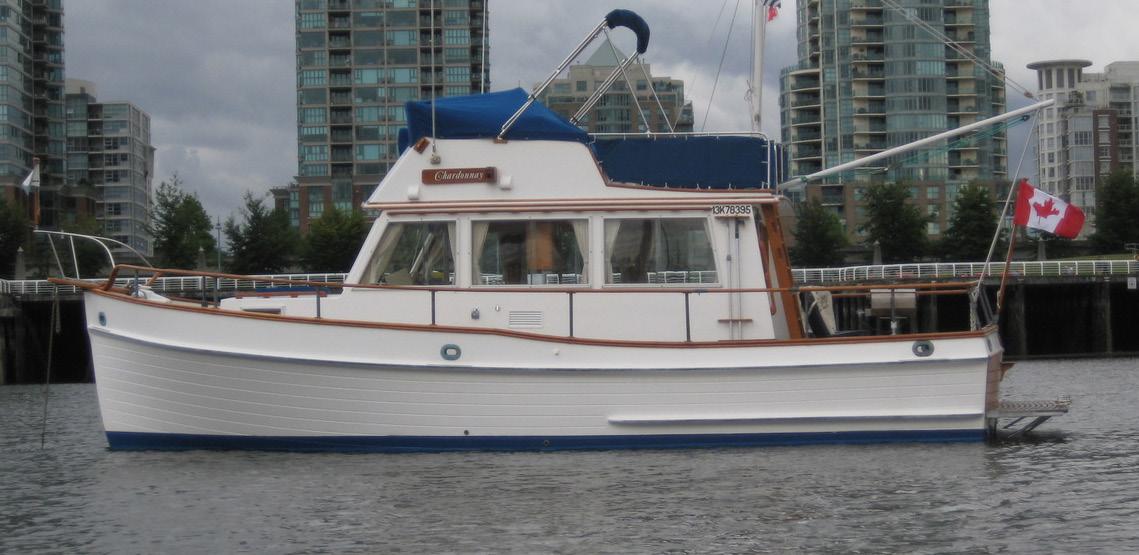
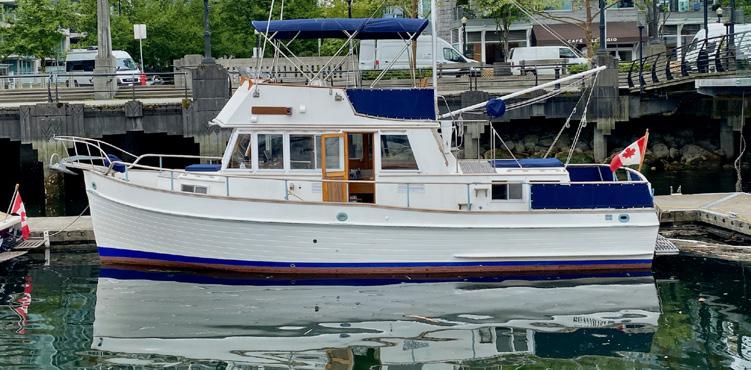
GrandYachts.com Coal Harbour Marina in Vancouver: 604-687-8943 | Port Sidney Marina in Sidney: 250-656-8909 2022
1988 LORD NELSON
1991 GRAND BANKS 36 CL $249,000 2012 OCEANIS 41 $285,000 1999 BAYLINER
$345,000 1973 GRAND BANKS 42 $135,000 2011 RANGER TUG 29 $199,000 2002 BENETEAU 393 $174,000 1999 LIMESTONE 24 $54,900 1979 GRAND BANKS 32 $135,000 1982 GRAND BANKS 36 CL $169,000 BOATHOUSE AVAILABLE 80
AXOPAR 37XC — $499,000
TUG 49 — $325,000
4788

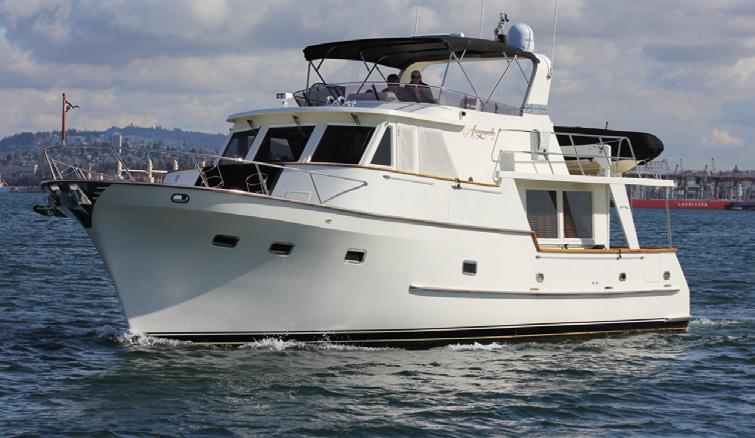
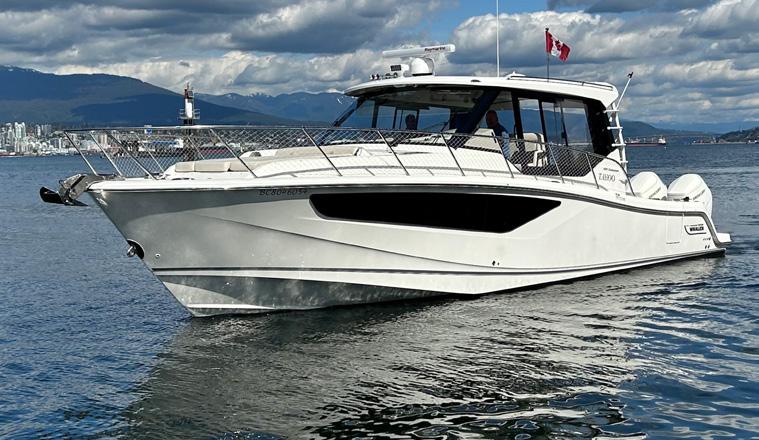
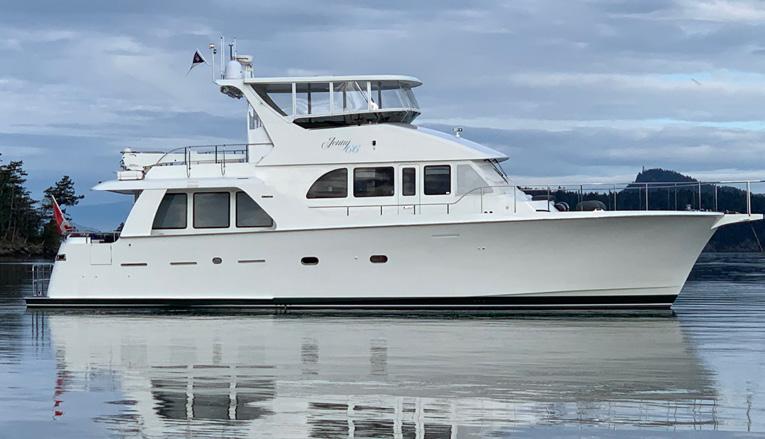

GrandYachts.com Coal Harbour Marina in Vancouver: 604-687-8943 | Port Sidney Marina in Sidney: 250-656-8909 2002 OFFSHORE 58 Call For Price 2002 GRAND ALASKAN 53 Call For Price 2022 BOSTON WHALER 405 $1,949,000 2002 CHEOY LEE PH 66 $1,200,000 FLEMING 65 $4,250,000 Boathouse Kept
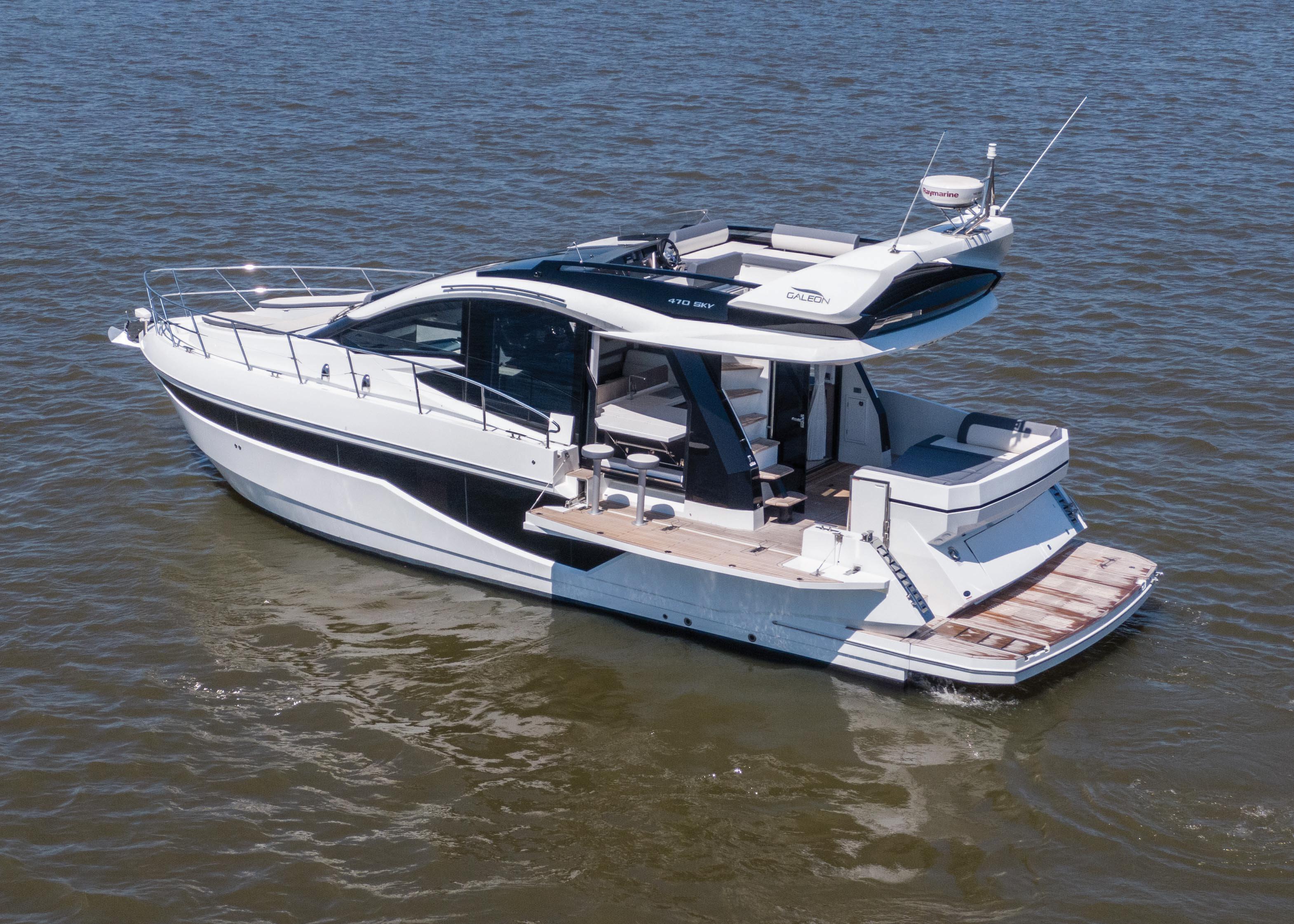
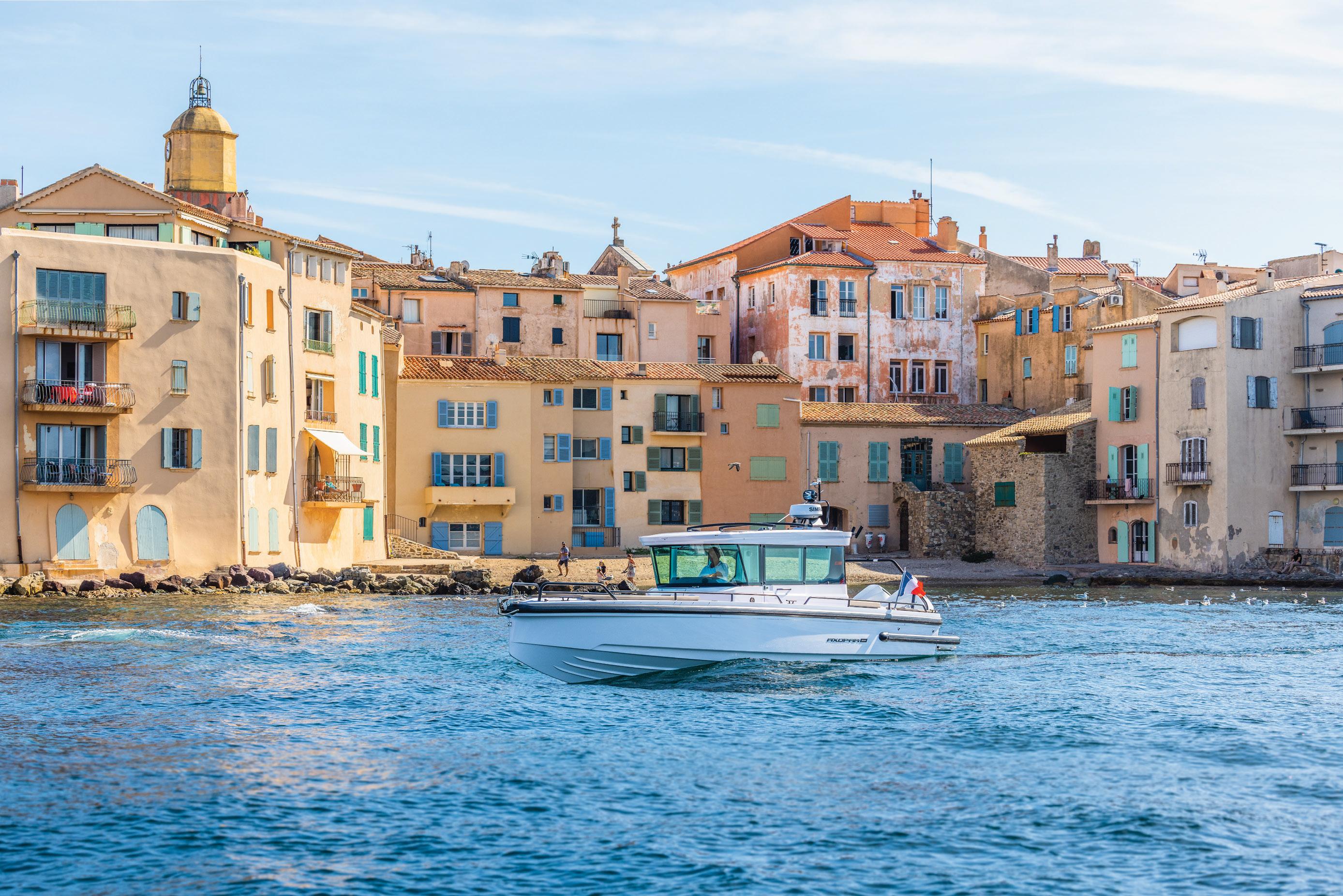
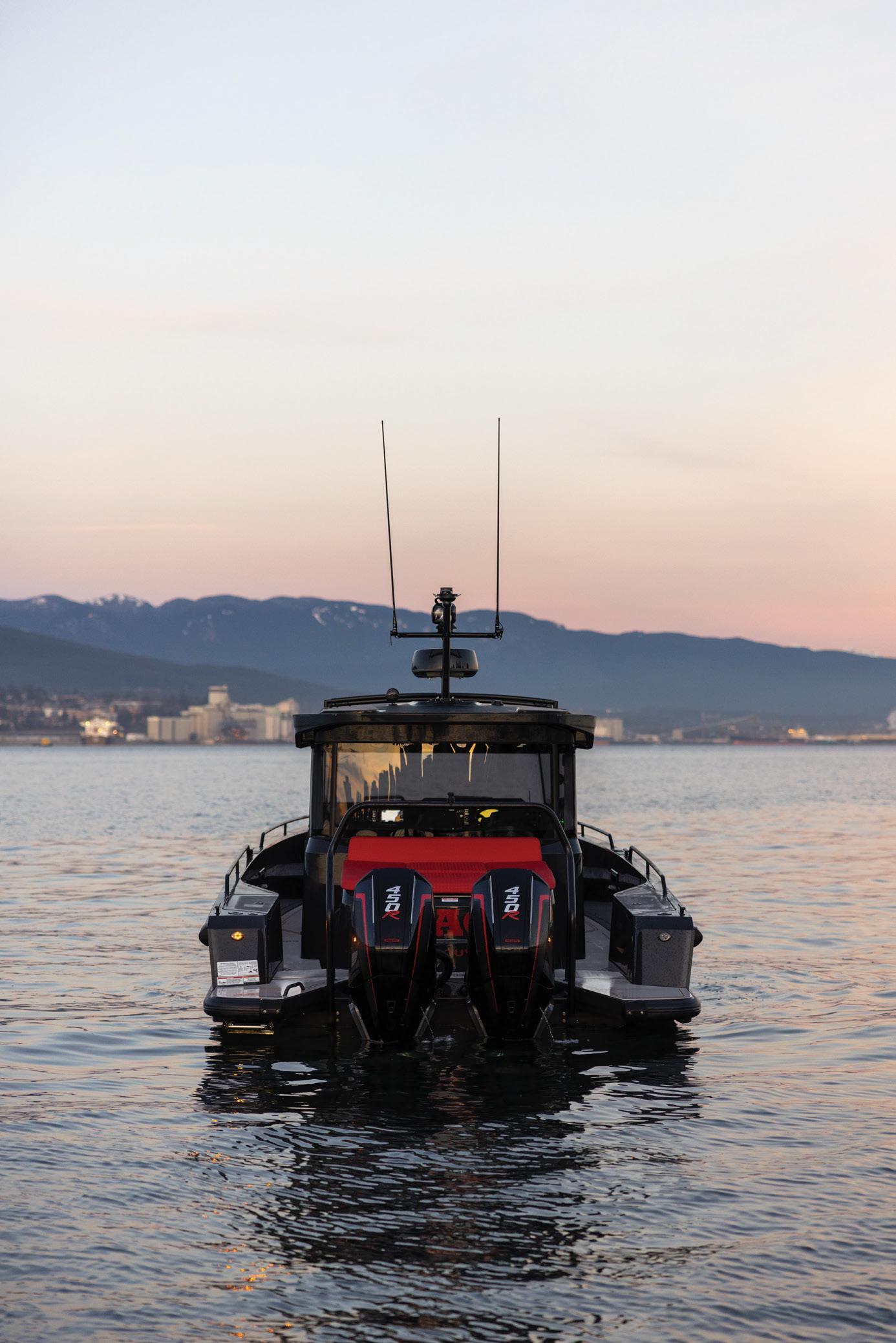
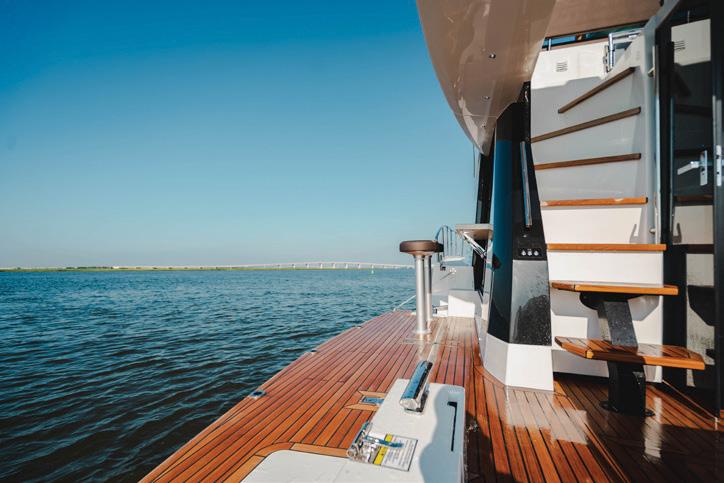
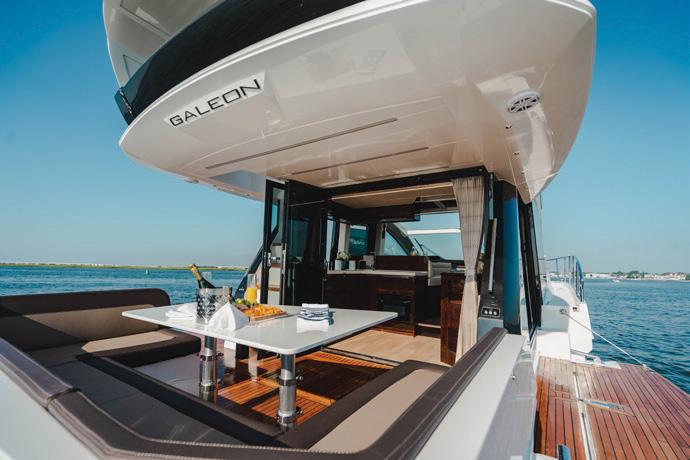


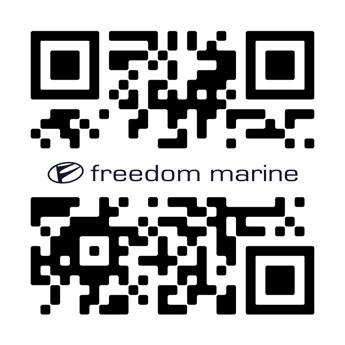

BOATINGFREEDOM.COM 604.609.0985 / 250.940.9060 THE ADVENTURE COMPANY 470
C M Y CM MY CY CMY K 82
sky
EXPERIENCE THE EXCEPTIONAL PRINCESS


S72
Dynamic extended styling lines synonymous with the Princess S Class are featured onboard the S72. Equipped with twin MAN V12 engines at 1650 or 1800 horsepower and a resin-infused deep-V hull, she delivers dynamic performance and smooth handling at speeds of up to 36 knots.
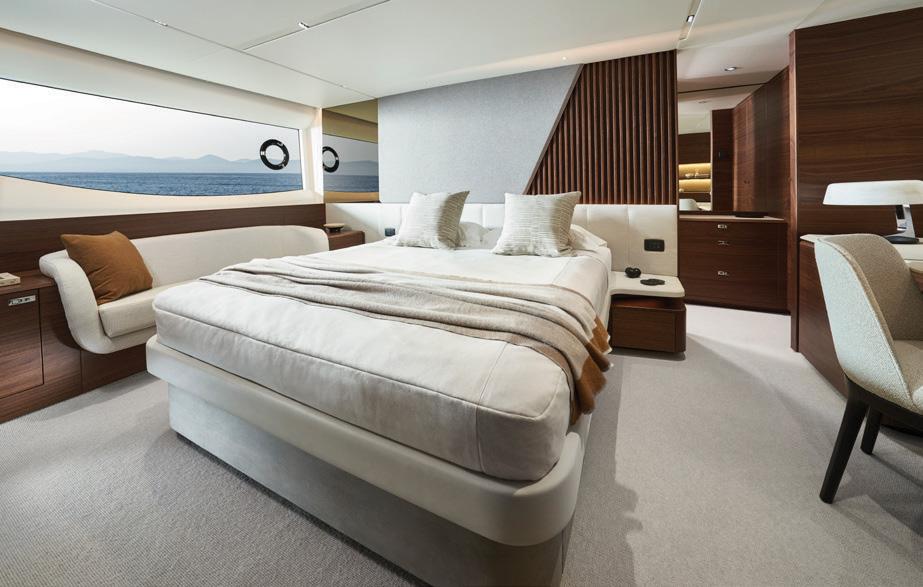

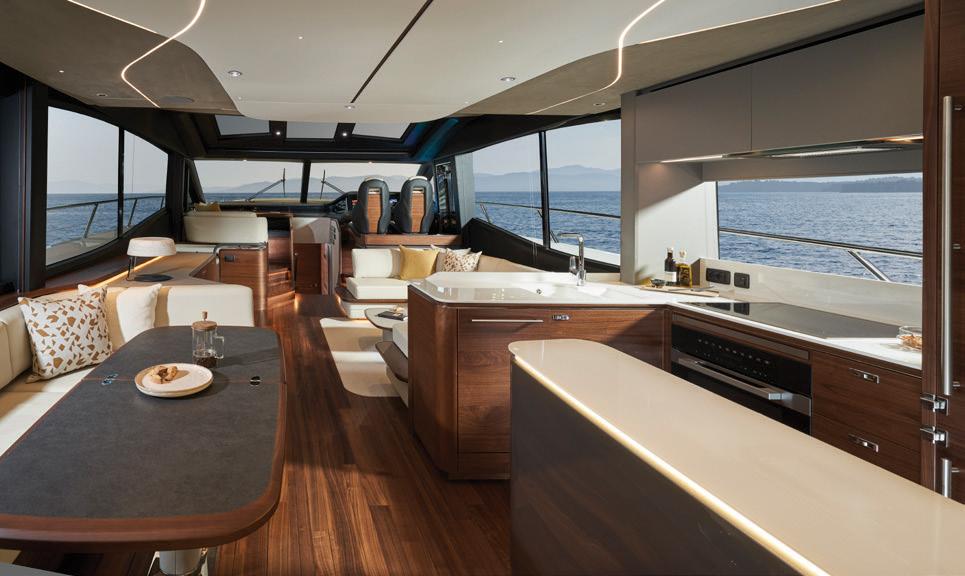

 Princess S72
Princess Range
Princess S72
Princess Range
FOR SALE - POWER BOATS
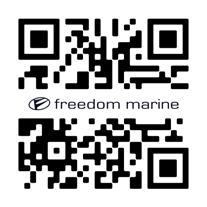
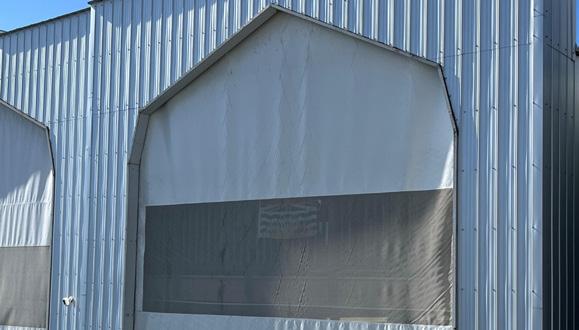
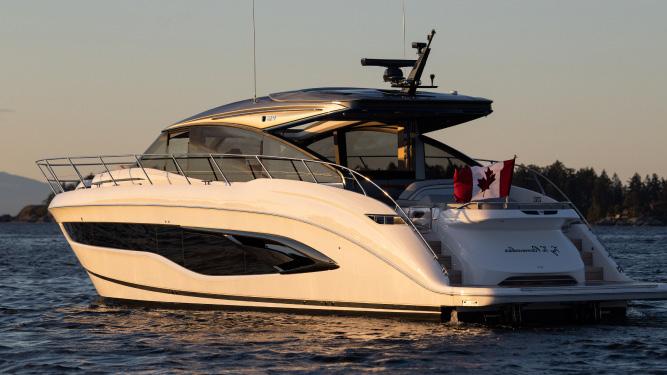
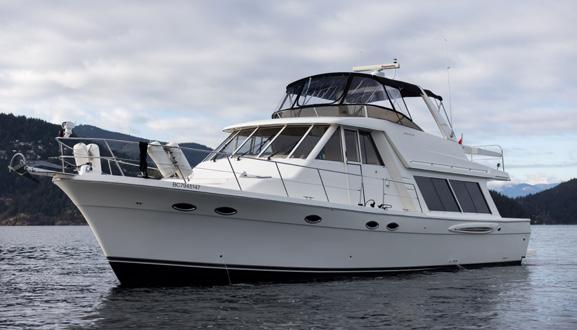
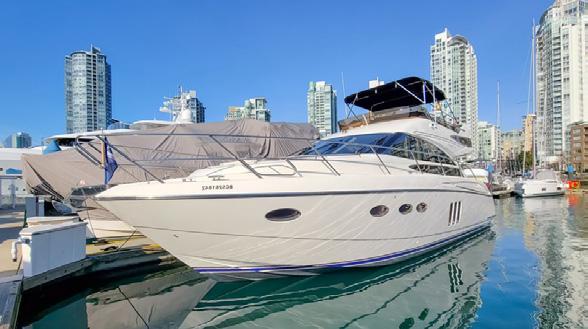



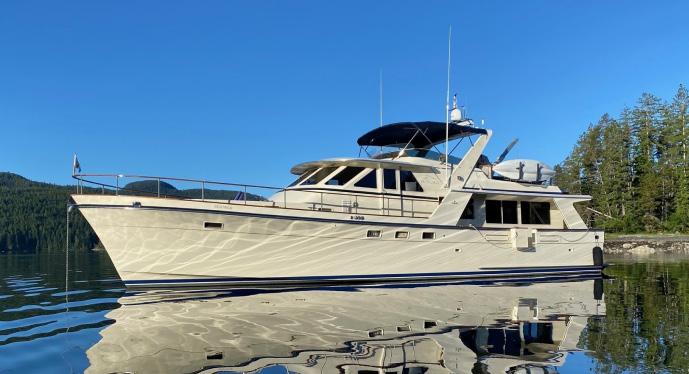

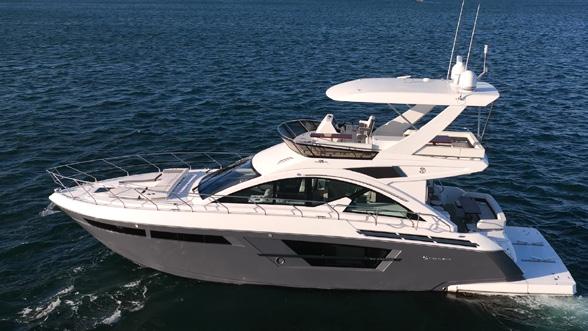

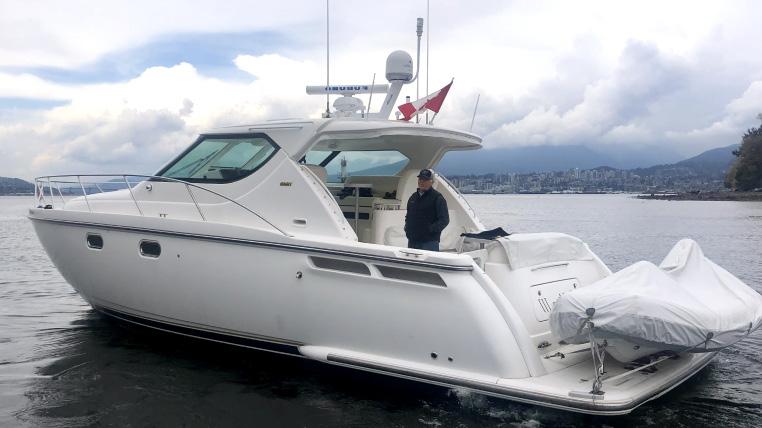
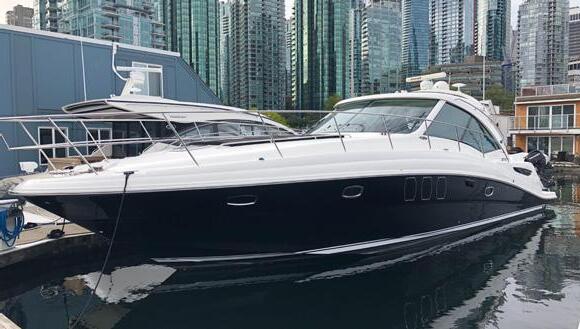
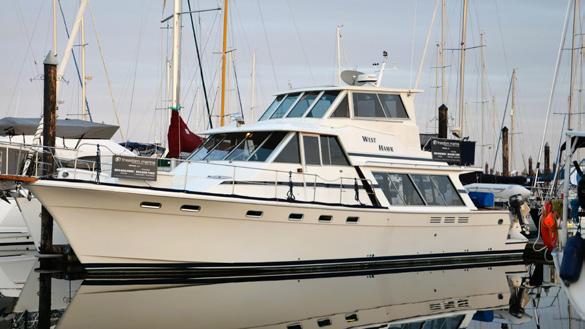
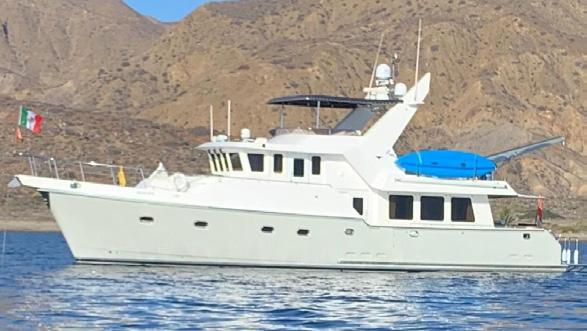
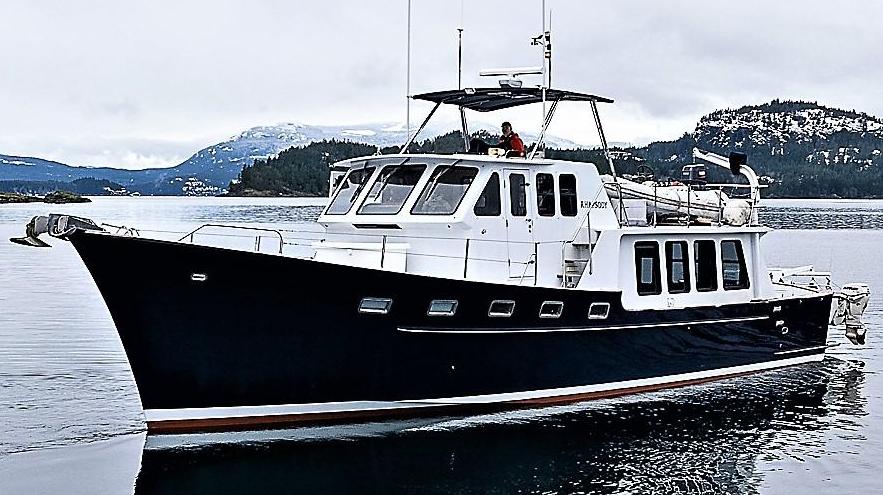
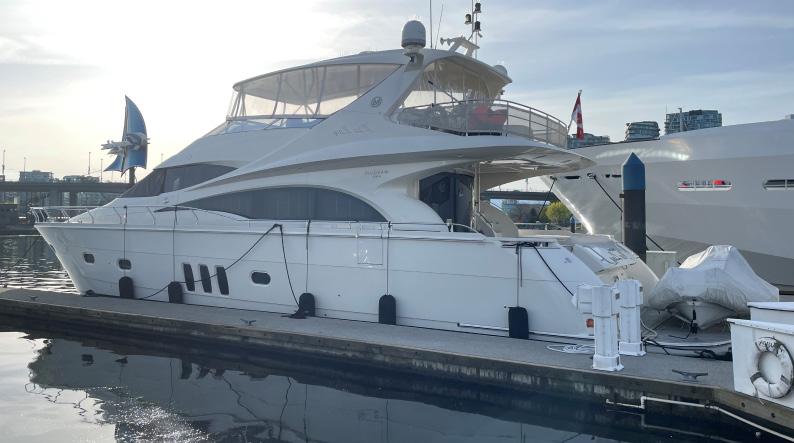
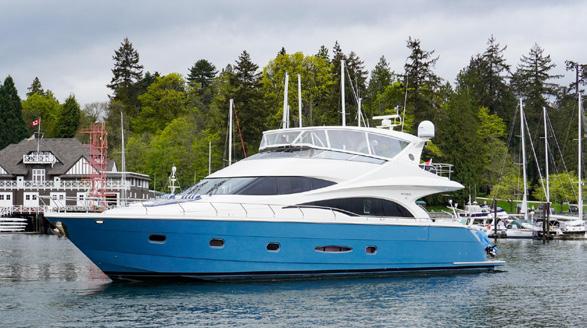



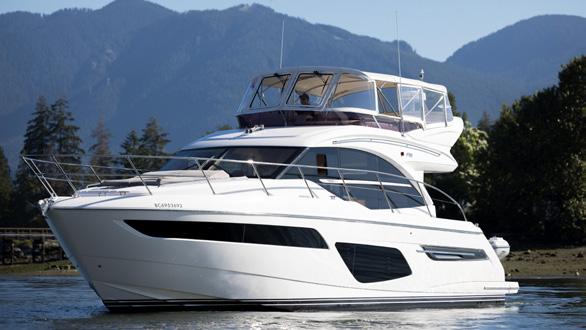
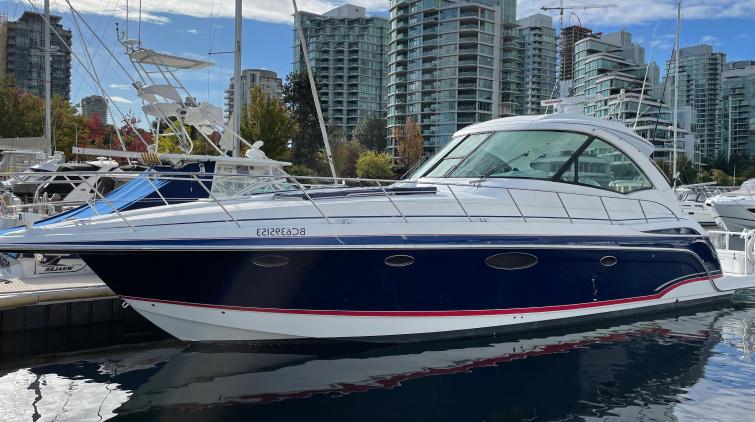
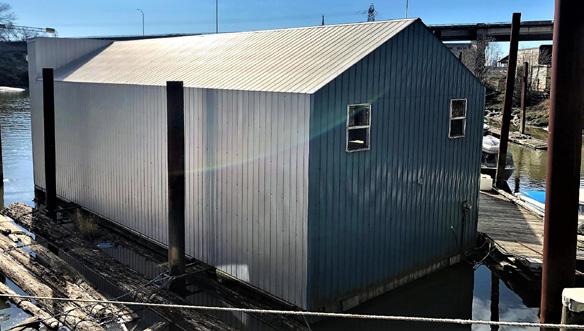

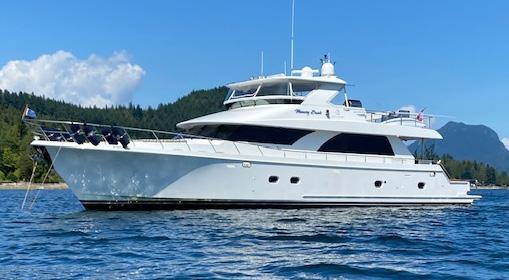
80’ 2007 Ocean Alexander $2,950,000 USD (CAD DUTY PAID) 60’ 2010 Viking Convertible $2,299,000 USD 55’ 2011 Custom Boathouse $115,000 CAD 45’ 2007 Formula 45 Yacht $468,000 CAD 50’ 2020 Princess F50 $2,098,000 CAD 73' 2015 Wendon 720 Motoryacht Inquire for Price 88' 1980 Whangarei Engineering EX NZ Navy Vessel - $998,000 USD 74' 1996 Hatteras Sport Deck Motoryacht - $799,000 CAD 65' 2006 Marquis 65 $1,595,000 CAD 69’ 2009 690 Marquis $1,825,000 CAD 58' 1982 Custom Pilothouse Trawler LRC $400,000 CAD 57' 2005 Nordhavn 57 $1,195,000 USD 45' 1987 Bayliner 4550, 4588 Motoryacht $238,000 CAD 48’ 2009 Sea Ray 48 Sundancer $720,000 CAD 45’ 2005 Tiara Sovran $395,000 CAD 112’ 1995 Tarrab Raised Pilothouse $1,795,000 USD (CAD DUTY PAID) 54’ 2019 Cruisers Cantius Fly $1,599,800 USD 50’ 2018 Princess F49 $1,749,000 CAD 61’ 1990 Tollycraft Pilothouse $629,000 USD Scan to access our listings 60’ 2018 Azimut 60 Flybridge $1,995,000 USD (CAD DUTY PAID) 50’ 2009 Princess 50 Flybridge $789,000 CAD 54’ 2007 Meridian 490 $399,800 USD 55’ 2022 Princess V55 SOLD 56' 2019 Custom Boathouse $310,000 CAD THE PREMIERE CHOICE FOR EXPLORING THE PASSION OF YACHTING. Call Us Today 604.609.0985 / 250.940.9060
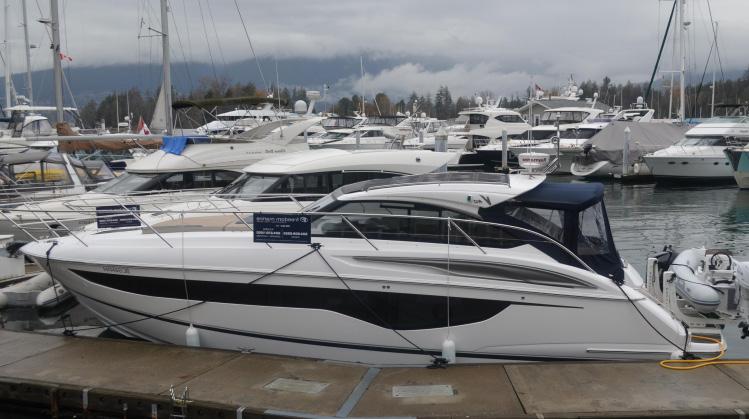
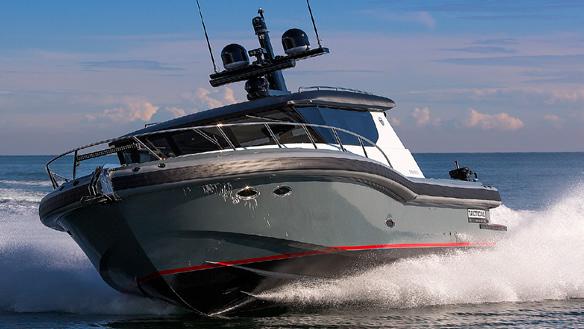

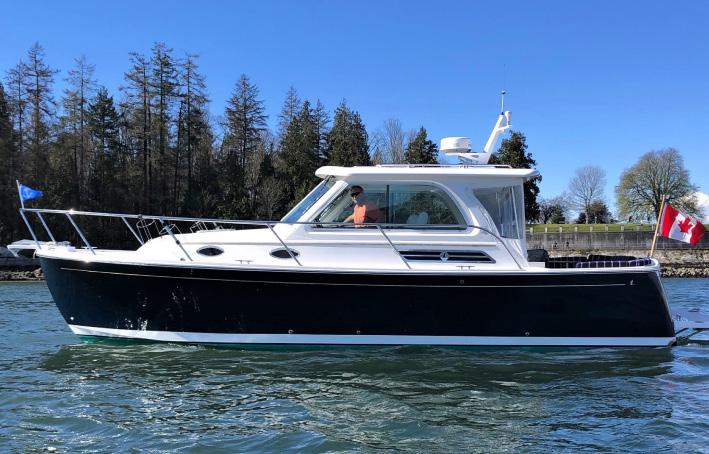
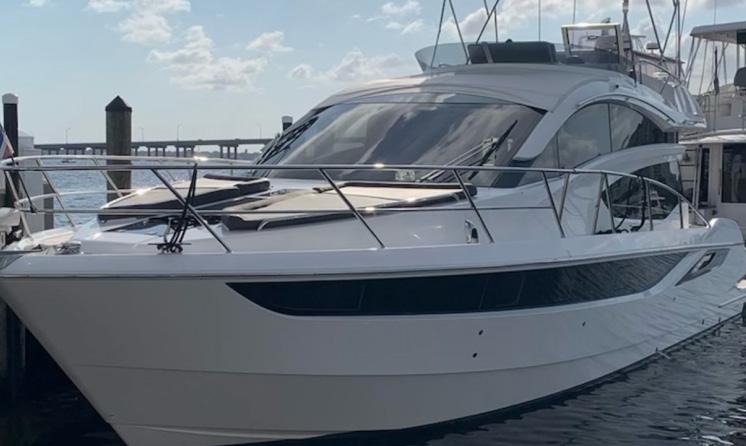



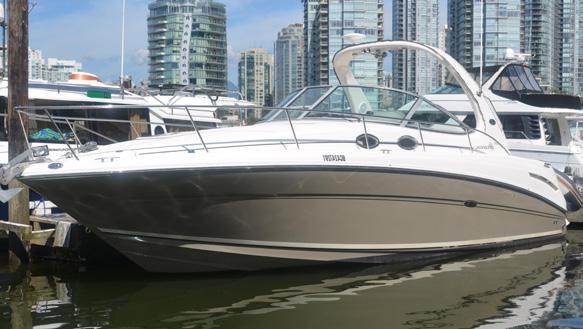

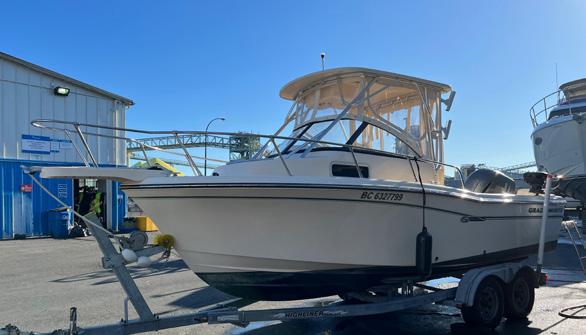
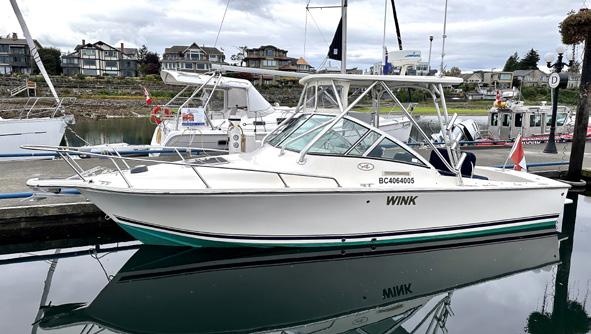
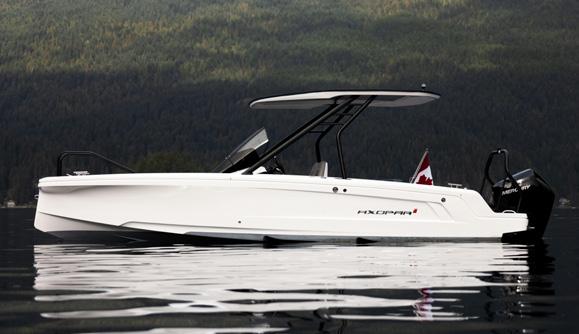
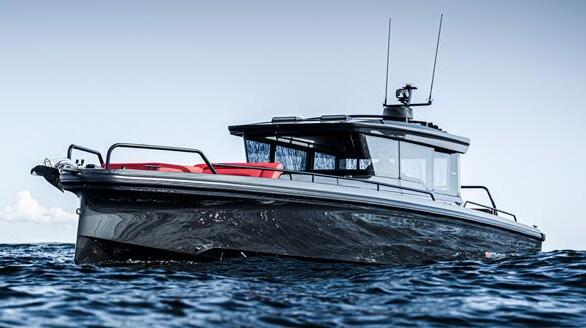

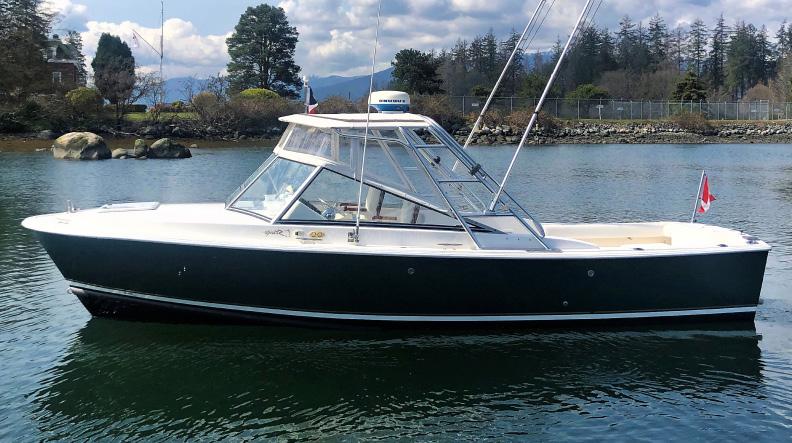
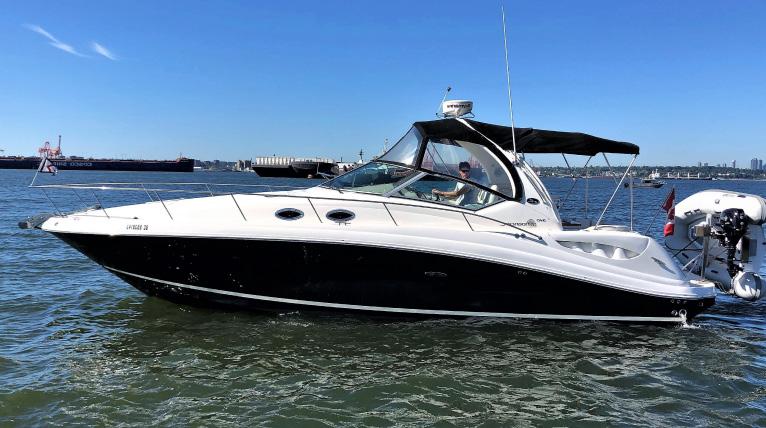
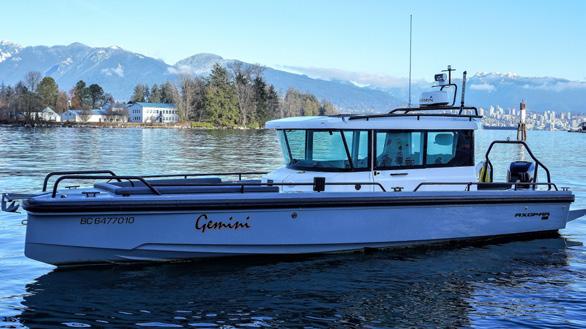
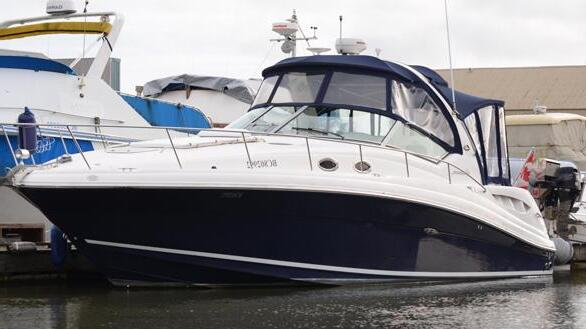
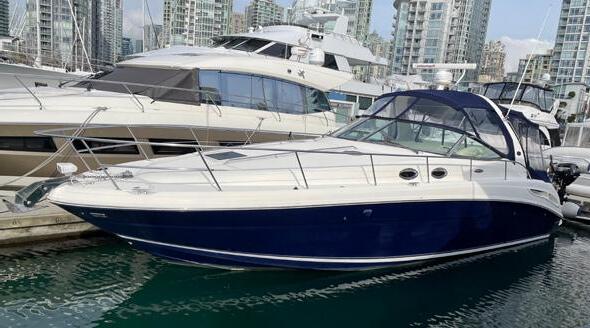


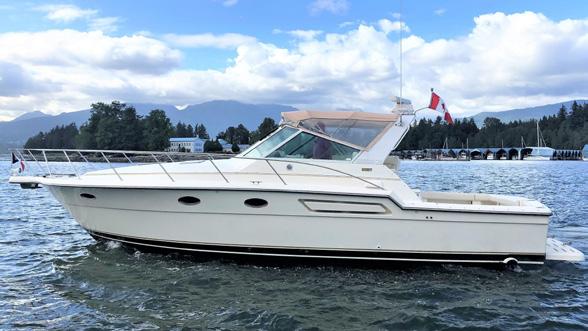
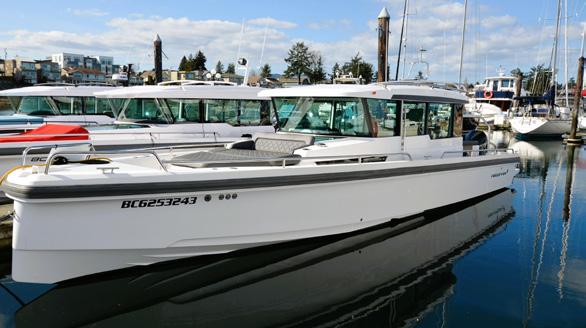

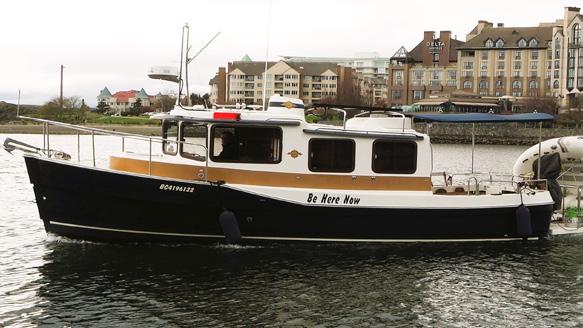

THE PREMIERE CHOICE FOR EXPLORING THE PASSION OF YACHTING. Call Us Today 604.609.0985 / 250.940.9060 40’ 2018 Princess V40 $829,000 CAD 40’ 2018 Tactical Custom Boats T-49 $1,350,000 CAD 32' 1982 Bayliner 3270 Explorer Diesel $48,000 CAD 30' 2012 Back Cove $375,000 CAD 43' 2017 Galeon 430 Skydeck $949,000 CAD (DUTY PAID) 42’ 2015 Prestige 420S $650,000 CAD 43’ 2012 Fathom Fast Trawler $568,800 CAD FOR SALE - POWER OVER 46’ #1 IN CANADA BOATS SOLD 35’-180’ BOATINGFREEDOM.COM VANCOUVER 604.609.0985 SIDNEY 250.940.9060 中文服务专线 604.235.1000 FREEDOM@BOATINGFREEDOM.COM 37’ 2022 Axopar 37XC Wetbar $478,000 CAD 33’ 3006 Sea Ray 300 Sundancer $119,000 CAD 42’ 2011 Regal Sport Coupe $447,800 CAD 21’ 2018 Grady White 208 Walkaround $130,000 CAD 25’ 2005 Albemarle 248 Express Fisherman $64,800 CAD 22’ 2022 Axopar 22 T-Top $147,300 CAD 37’ BRABUS Shadow 900XC Aft Cabin Available Now 25’ 2020 Cope Quatsino Sound 2020 $149,000 CAD 26’ 2002 Strike Cuddy Cabin w/diesel $89,000 CAD 37' 2007 Sea Ray 340 Sundancer $168,900 CAD 28’ 2019 Axopar Cabin- Aft Cabin $249,500 CAD 37’ 2006 Sea Ray 340 Sundancer $165,000 CAD 36’ 2004 Sea Ray 360 Sundancer $189,000 CAD Scan to access our listings 37’ 1996 Tiara 3700 Open $198,000 CAD 37' 2018 Axopar Aft Cabin, Day Cruiser $359,000 CAD 36' 2006 Chris Craft Corsair $225,000 CAD 27' 2013 Ranger Tugs R27 $184,900 CAD FOR SALE - POWER BOATS
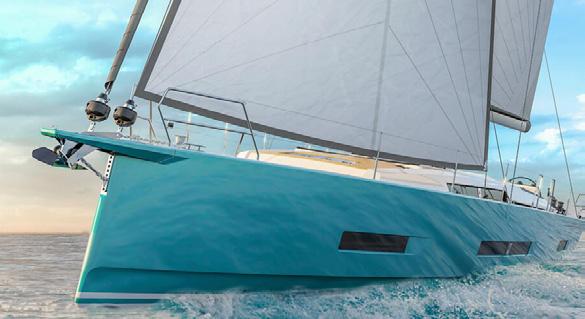
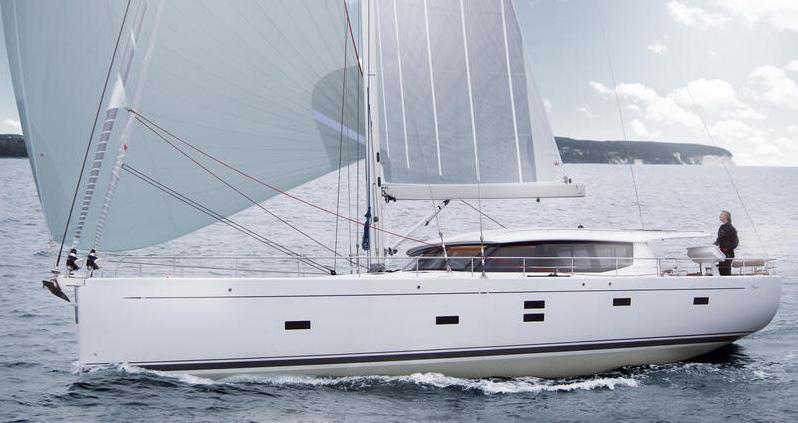
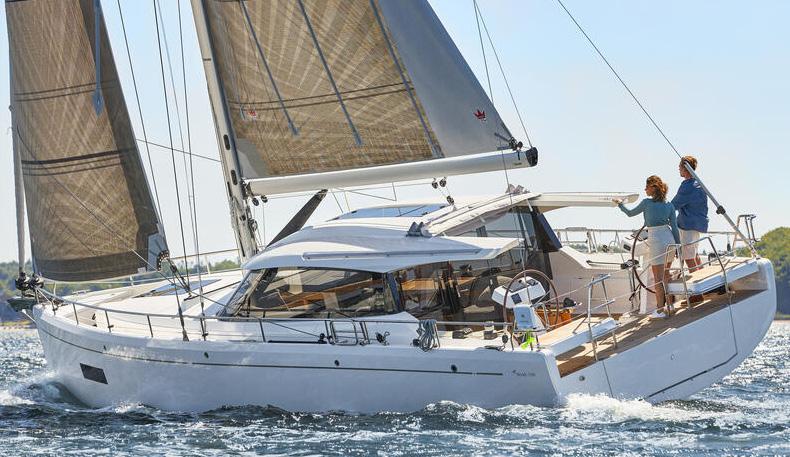
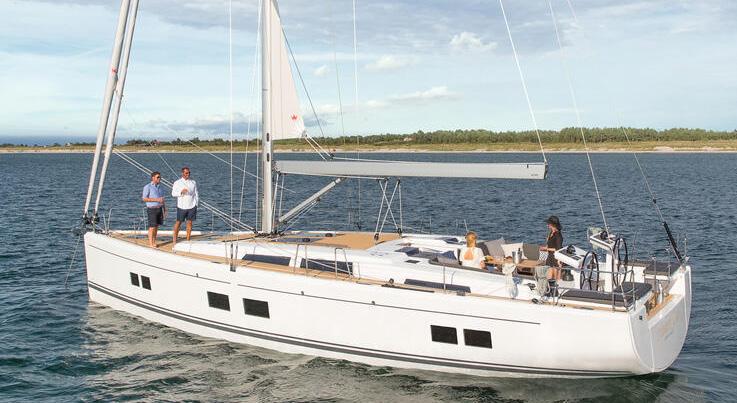
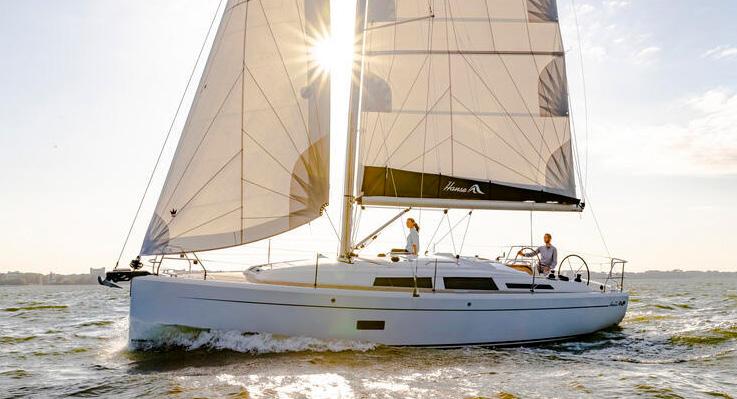
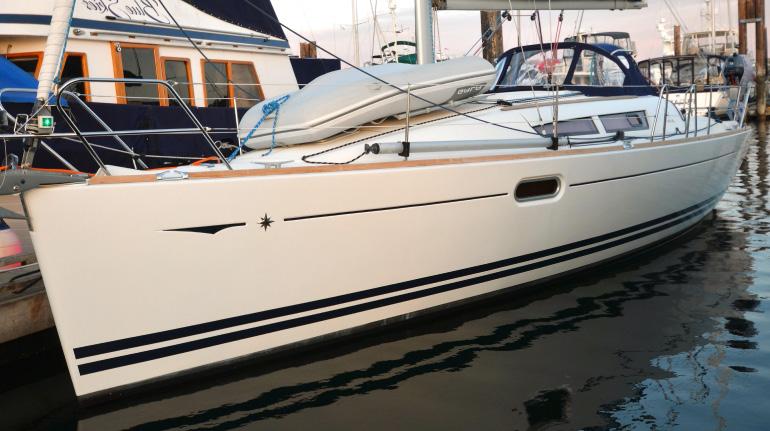
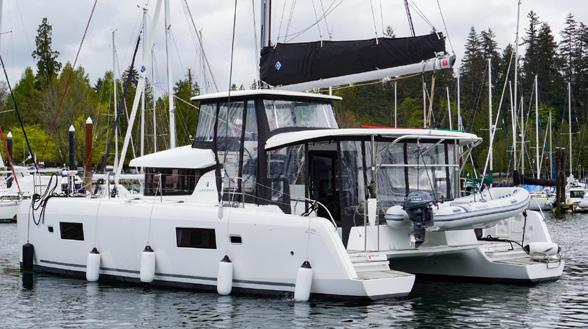
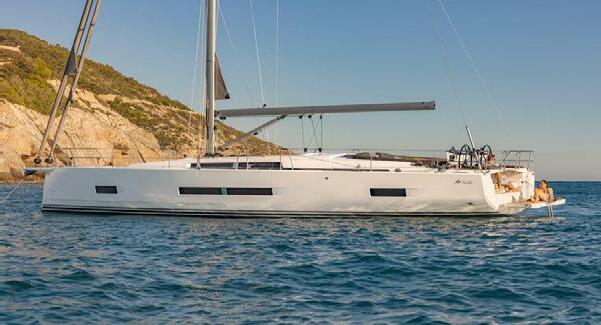
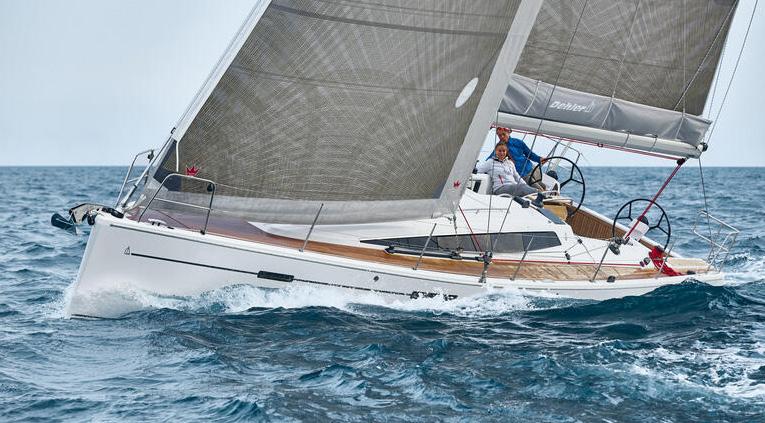
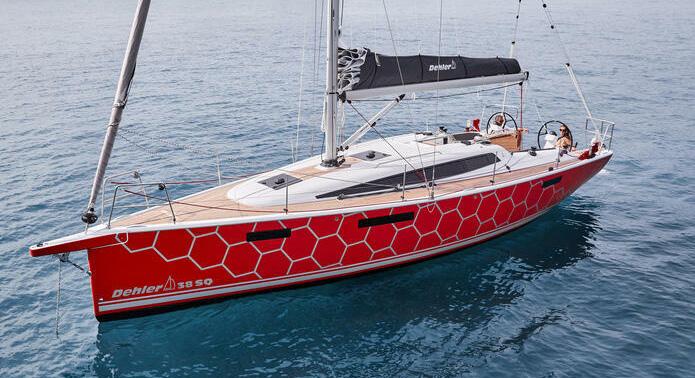


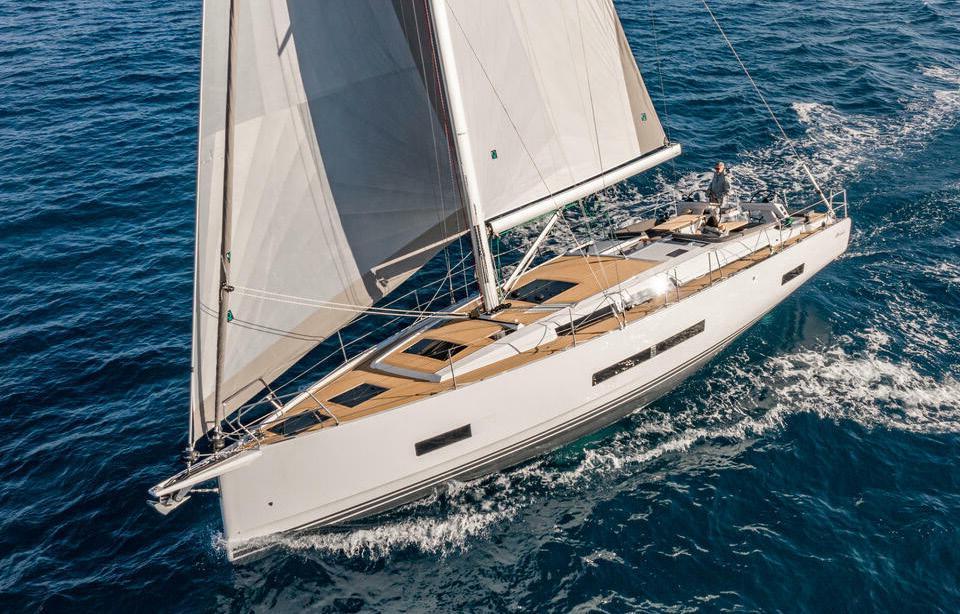
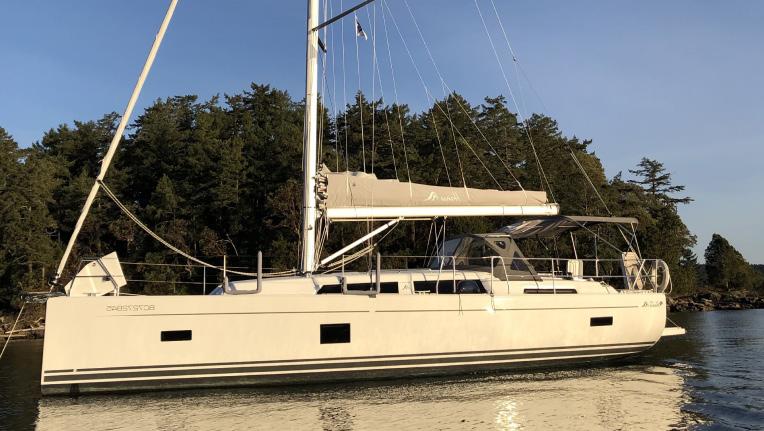
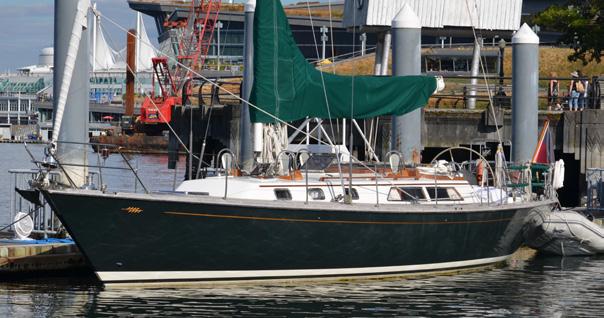
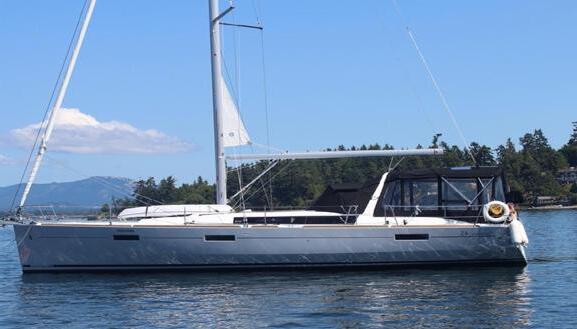
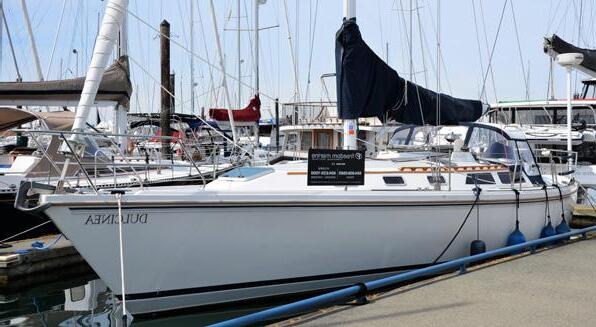
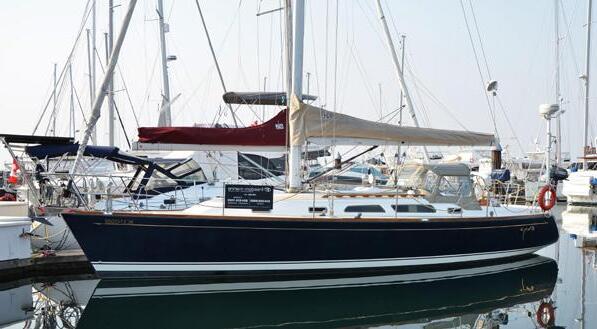

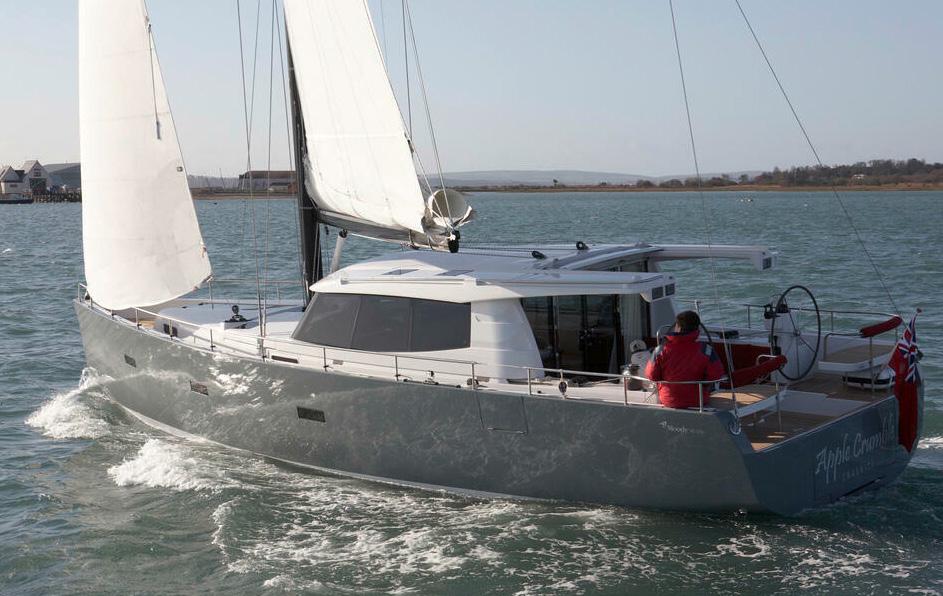
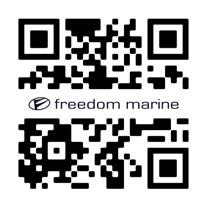
51’ Hanse 510 Orders Available 54’ Moody 54 DS Orders Available FOR SALE - POWER OVER 46’ #1 IN CANADA BOATS SOLD 35’-180’ BOATINGFREEDOM.COM VANCOUVER 604.609.0985 SIDNEY 250.940.9060 中文服务专线 604.235.1000 FREEDOM@BOATINGFREEDOM.COM 41’ Moody 41DS Orders Available 54’ Hanse 548 Orders Available 34’ 2024 Hanse 348 Orders Available 36’ 2009 Jeanneau 36i Performance $169,800 CAD 42’ 2022 Lagoon 42 $999,000 CAD 46’ 2024 Hanse 460 Orders Available 42' Dehler 42 Orders Available 38’ 2024 Dehler 38SQ Orders Available Scan to access our listings 46’ Hanse 460 On order, customization available 38’ 2020 Hanse 388 SOLD 48’ 1998 Custom Yachtwerft Luetje SOLD 45’ 2014 Beneteau America Oceanis SOLD 42’ 1990 Catalina MKI SOLD 38’ 2006 Sabre 386 SOLD 37' 2007 Hanse 370E SOLD 45’ Moody 45DS Arriving Spring 2023 THE PREMIERE CHOICE FOR EXPLORING THE PASSION OF YACHTING. Call Us Today 604.609.0985 / 250.940.9060 FOR SALE - SAIL BOATS


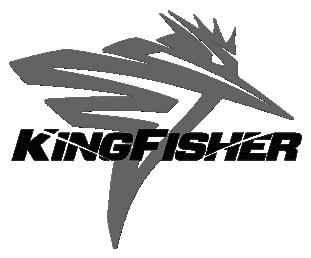




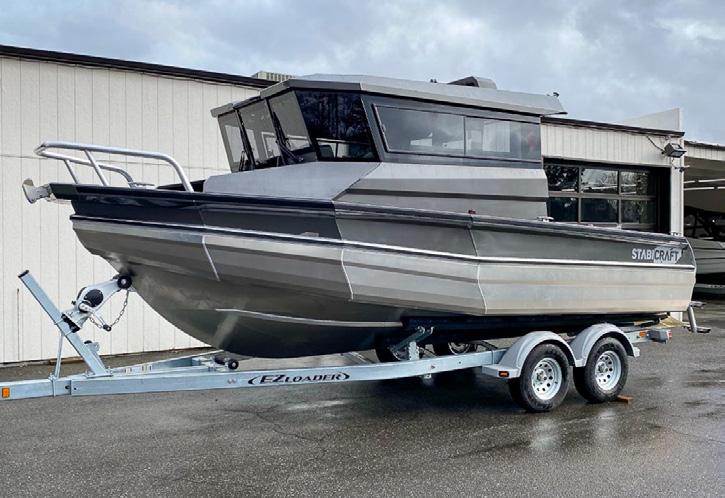

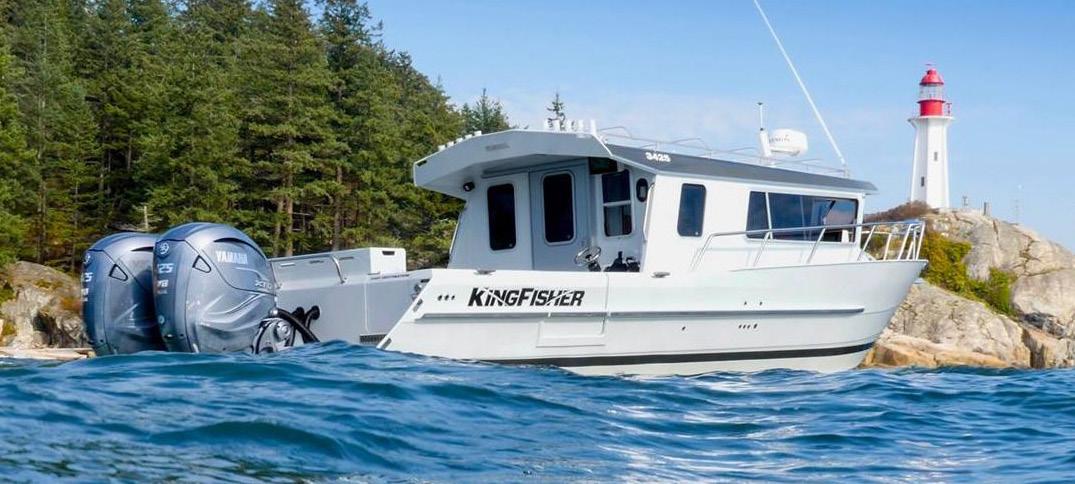
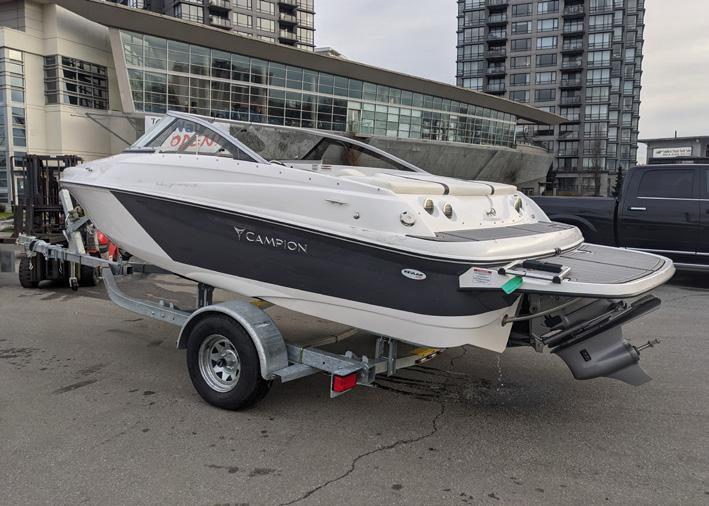

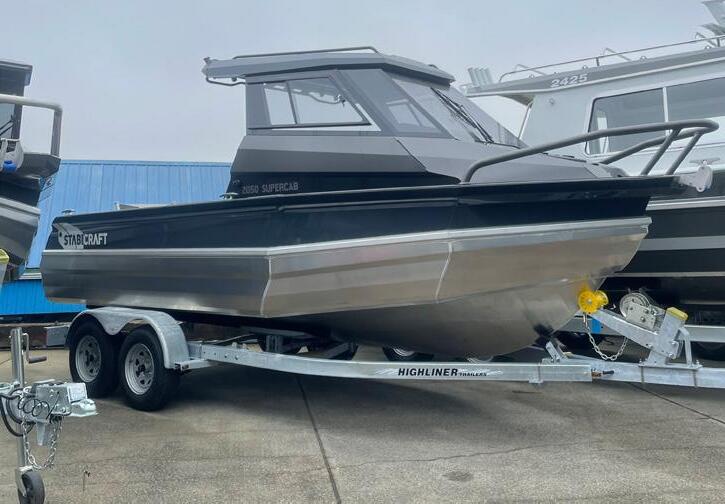

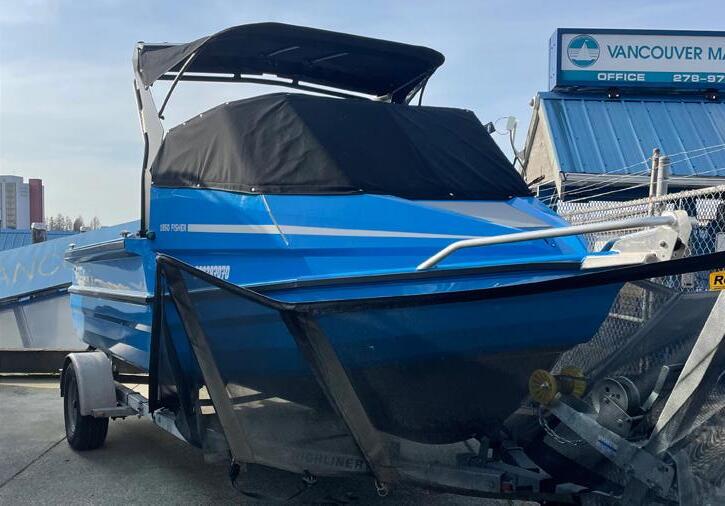
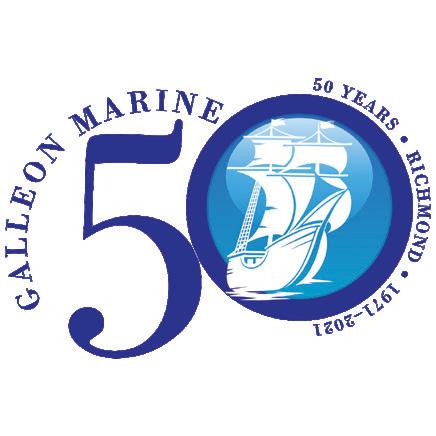

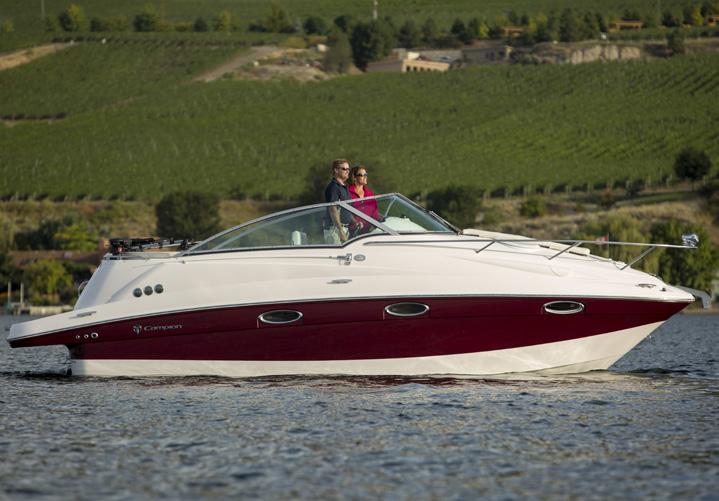
CAMPION • KINGFISHER • STABICRAFT www.galleonmarine.com or call 604-273-7544 For over 50 Years on the Fraser River across from the Vancouver Airport 8211 River Road, Richmond, BC, V6X 1X8 | sales@galleonmarine.com THE STABI'S HAVE ARRIVED! CAMPION A18I. 250 HP VP ONLY 1 LEFT FOR 2023 2022 BLOWOUT KINGFISHER 2225 ESCAPE YAMAHA F200 STABICRAFT 2050 SUPERCAB STABICRAFT 2250 UCWT and UCC now in stock MAXUM 2100SC, MERC 5.0MPI. $27,000 2015 CAMPION 825 ALLANTE $129,900 KINGFISHER 2325 COASTAL EXPRESS YAMAHA F250 AND T9.9 KINGFISHER 3025 DESTINATION TWIN YAMAHA F200 CAMPION E18 Yamaha VF150 SHO. 2022 STABICRAFT 1850, YAMAHA F115 AND T9.9 $89,900 KINGFISHER 3425 GFX TWIN YAMAHA F425s
Beautifully finished interior, Massive upper Deck, Expansive covered Cockpit, Three station helm control, Twin Volvo Diesel, Northern Lights Genset, Watermaker, Large swim grid with Seawise Davit system, Sat Dome, Raymarine Hybrid Touch, Hurricane Hydronic Heat
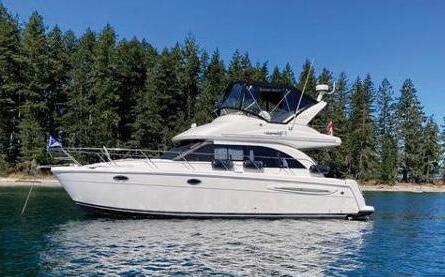
This Well Equipped Yacht has ample room to Live and Entertain Autopilot, Bow Thruster, A/C Heat, 20 KW Genset, Cameras... Too many features to list!
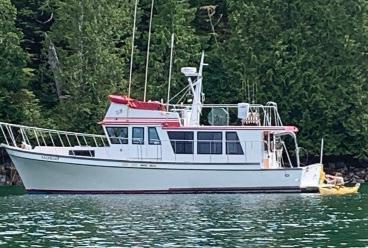
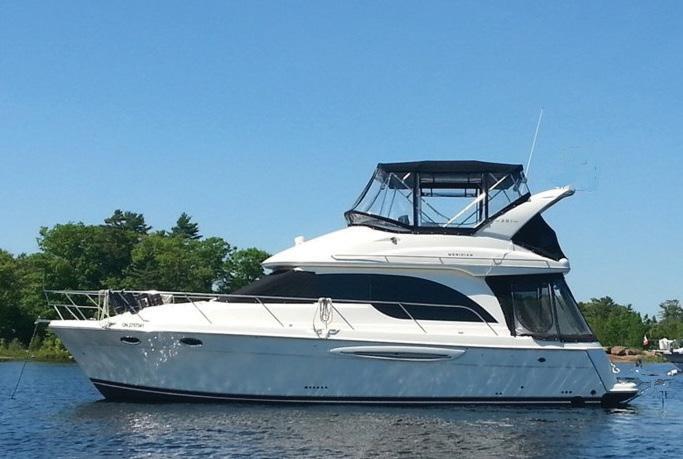
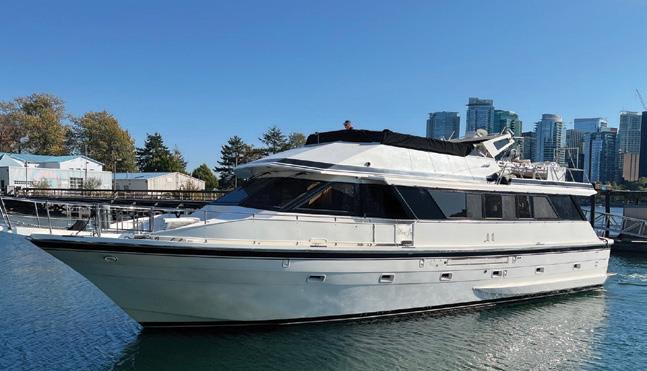


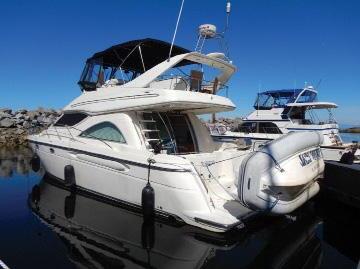
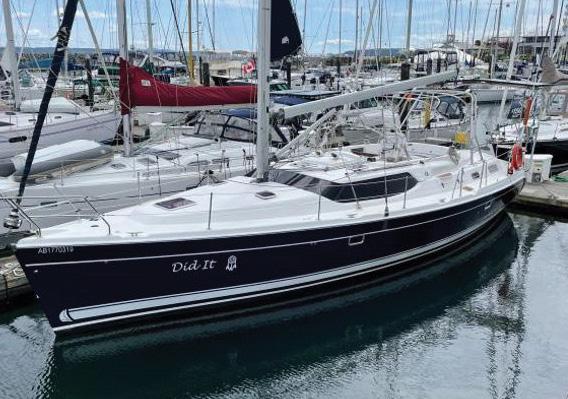
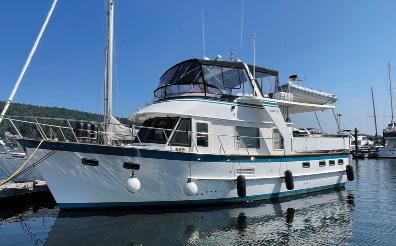
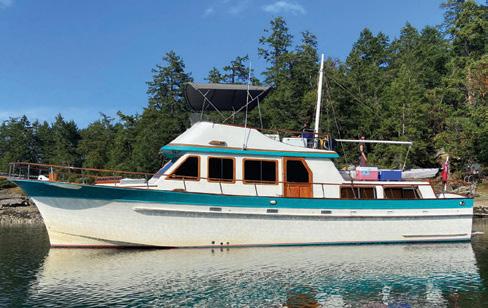




LISTING Contact Larry Thompson to view. $475,000 CAD

34 MERIDIAN 341 Very well kept - TIDY! $169,900 37
38
SISTERSHIP
BOATHOUSES Enquire PoWER • sAIL• BoATHouSES 45
Popular model! $259,900 For complete listing details & new arrivals check arbutuscoastyachts.com LADYSMITH MARINA & CANOE COVE MARINA 27 Maple Bay Cruiser $77,900 42 Uniflite Dble Cabin $69,900 30 Sea Ray Sedan $54,900 43
Comfortable Tri Cabin
39
46 MAXUM Entertain in
arbutuscoastyachts@shaw.ca
TIARA Twin Diesel, Ample Room $249,900
MERIDIAN 381
PHOTO price TBA
HUNTER CC
ALBIN
! $144,900
/ 43 SEA RANGER Europa model $129,900
Style! $269,900
40 COASTAL CRAFT
Perfectly suited for Coastal Cruising $479,000 USD
62 KHA SHING
NEW
42 SUNNFJORD Seaworthy Single diesel! $174,900 NEWPRICE NEWLISTING 37 HUNTER 376 $129,900 NEWLISTING NEWLISTING
DEFEVER
CAD 39 O’Day Sail $74,900 SOLD!!! SOLD!!! NEWLISTING 43 Marine Trader Aft Cbn 169,900 34 BAYLINER 3488 LOW HOURS! $69,900 88
44
One of the nicest Defever Yachts we’ve seen! New Flybridge Canvas and Enclosure, Very Well Maintained Contact Larry Thompson to view $429,900





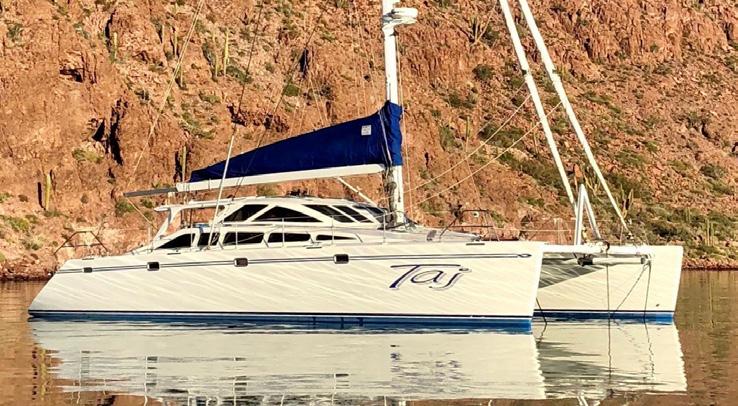
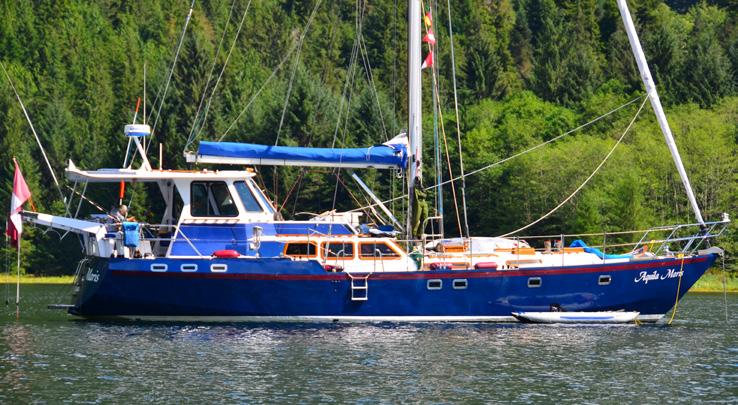

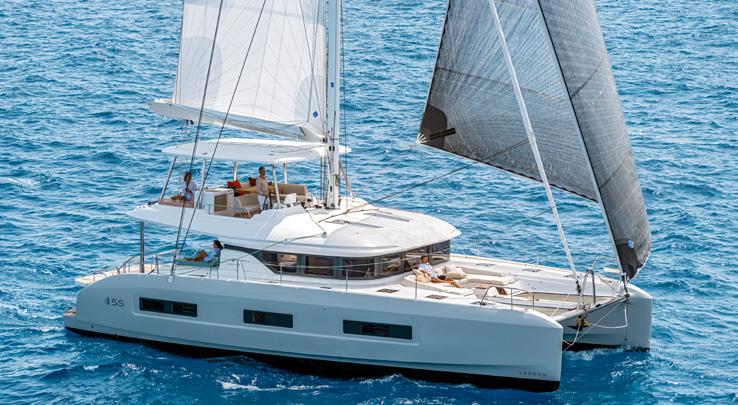
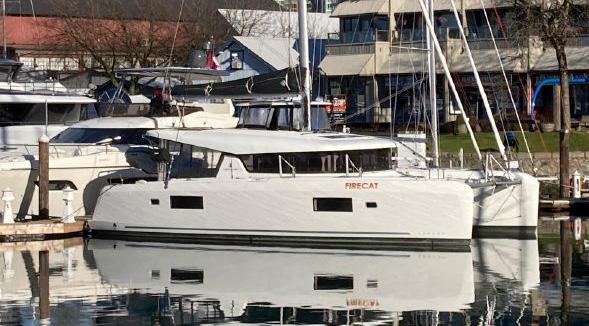
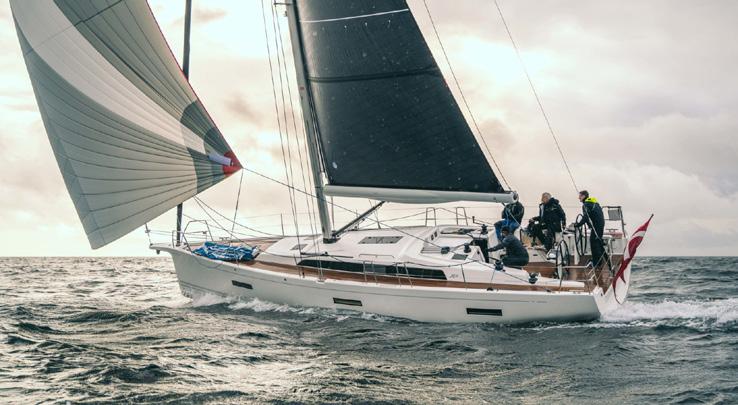

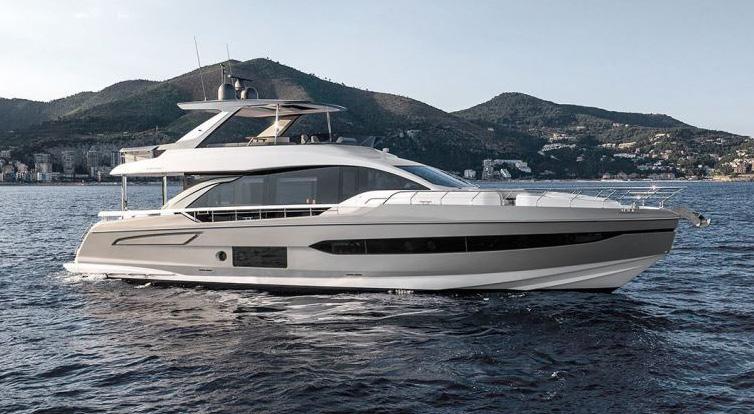


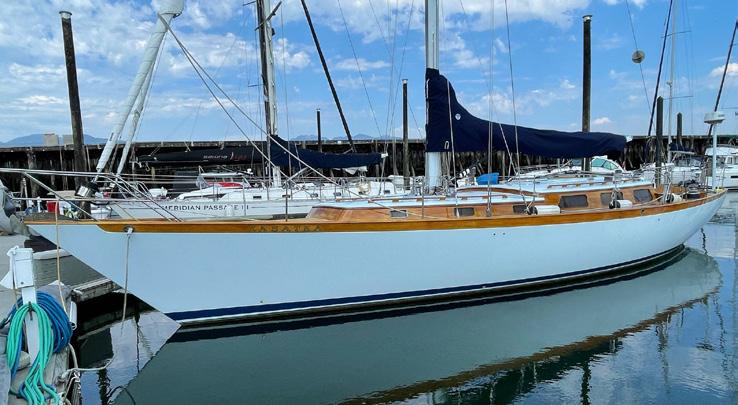
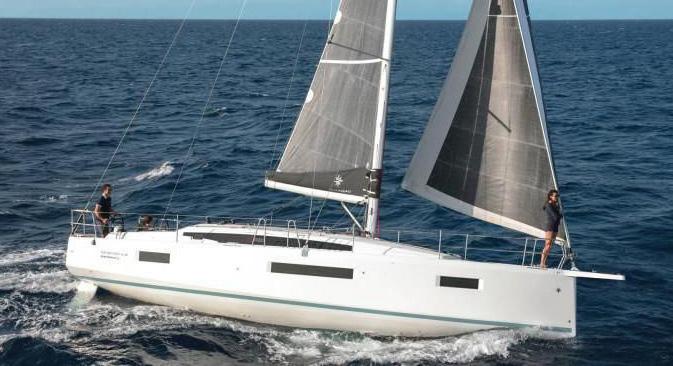

SAIL 53’ Petersen/Jespersen ’88 $524,900 53’ Custom ACU Marine Pilothouse ’88 $349,000 52’ Santa Cruz ‘93 US $279,000 49’ Bruce Roberts V495 ‘12 SOLD 48’ Grainger Catamaran ’06 US $399,000 46’ Lagoon NEW MODEL - INQUIRE 46’ Radford 14M ’17 SOLD 46’ Nautor Swan ’90 $275,000 46’ Jeanneau 469 ’15 SOLD 45’ Dufour ’13 $339,000 44’ Jeanneau 440 NEW - INQUIRE 42’ Lagoon ’20 $875,000 42’ Lagoon ’23 NEW - INQUIRE 41’ Hanse ’21 $497,000 41’ Sceptre ’83 SOLD 41’ Jeanneau SO 410 ‘23 NEW - INQUIRE 41’ Jeanneau SO 419 ‘18 SOLD 41’ C&C 41 ’84 $89,900 41’ Riptide ‘12 US $550,000 40’ Jeanneau 40 ’99 SOLD 40’ X-Yachts 4.0 ‘23 NEW - INQUIRE 39’ Jeanneau 39i Performance ’11 $225,000 38’ Hunter ‘05 $159,000 38’ Jeanneau 380 NEW MODEL 37’ Beneteau 373 ’05 $168,000 37’ Hunter ’87 $77,000 36’ C&C 33 ’76 $19,900 36’ C&C 110 ’99 $129,900 36’ Beneteau 36S7 ‘96 $89,000 35’ C&C 35 MRK III ’88 $55,000 34’ Jeanneau SO 349 INQUIRE 34’ Jeanneau Sunrise ’87 $54,900 33’ Flying Tiger ’06 $42,500 32’ Cheoy Lee Offshore 32 ’78 $49,900 29’ Hunter 29.5 ‘97 $39,900 POWER 73’ Wendon ’99 SOLD 58’ Ocean Alexander PH ‘08 US $1,290,000 53’ Azimut 53 Flybridge NEW - INQUIRE 52’ Southern Cross ’90 $249,900 51’ Sea Ray 510 SD ’15 SOLD 49’ Alaskan Pilothouse ‘73 SOLD 46’ Sea Ray Sundancer ’99 $289,000 43’ Grenfell ’66 $69,900 38’ Silverton Sport Bridge ’06 $299,900 38’ Carver Supersport ’06 $299,900 38’ Meridian 381 ‘03 $269,900 35’ Regal 3560 Commodore ’05 $174,900 34’ Tollycraft Sport Sedan ’92 SOLD 31’ Bayliner 315 ’11 SOLD 30’ Rinker 280 ’08 $115,000 30’ Neptunian ’21 $349,900 28’ Protector ’03 (diesel) $119,000 27’ Hewescraft 270 Pacific Explorer ‘22 SOLD 21’ Roballo R227 ‘09 SOLD 20’ Bayliner Trophy ’21 SOLD 19’ Nordic CC ’23 $89,900 17’ Lund 1750 Tyee ‘11 $39,900 16’ Zodiac Yachtline SOLD 53’ CUSTOM PILOTHOUSE 41' HANSE 418 ‘21 LAGOON 55' 42' LAGOON ’20 X-YACHT 4.3 36’ C&C 110 ’99 AZIMUT YACHTS 40’-100+’ INQUIRE 35’ TIARA 35 OPEN $149,900 43' GRENFELL ‘66 $69,900 53’ PETERSON/JESPERSEN ’88 $524,900 JEANNEAU SUN ODYSSEY 410 ‘23 NEW MODEL NEW
OR SELLING A BOAT? FRASER YACHT SALES PROUDLY SERVES YOU AT
OUR VANCOUVER AND CANOE COVE MARINA, SIDNEY LOCATIONS! IAN FRASER 604-377-4773 KEVIN PRITCHARD 604-290-3676 SCOTT MACDONALD 778-991-2852 BRIAN HUSE 250-516-4393 fraseryachtsales.com info@fraseryachtsales.com GRANVILLE ISLAND 1818 Maritime Mews, Vancouver, BC CALL US! 604-734-3344 CANOE COVE MARINA 2300 Canoe Cove Road North Saanich BC CALL US! 250-516-4393 48’ GRAINGER ’06 $129,900 $875,000 $399,000 US $349,000 $497,000
BUYING
BOTH

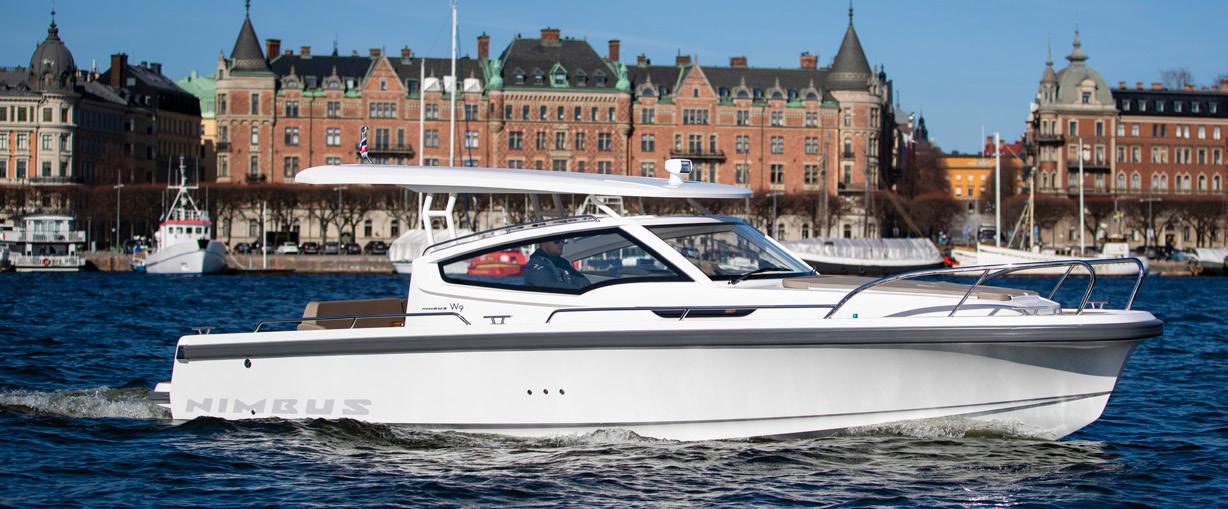




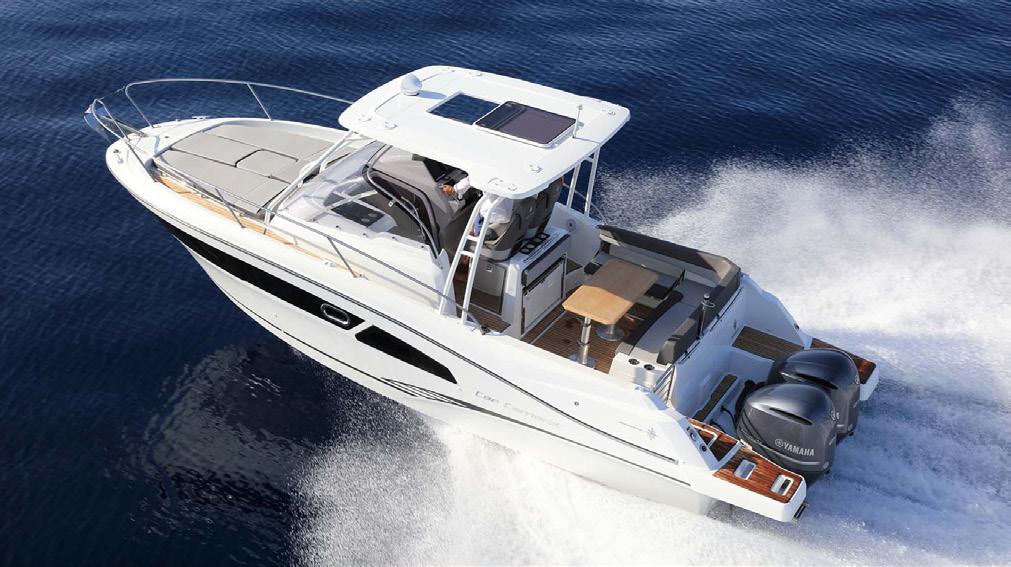
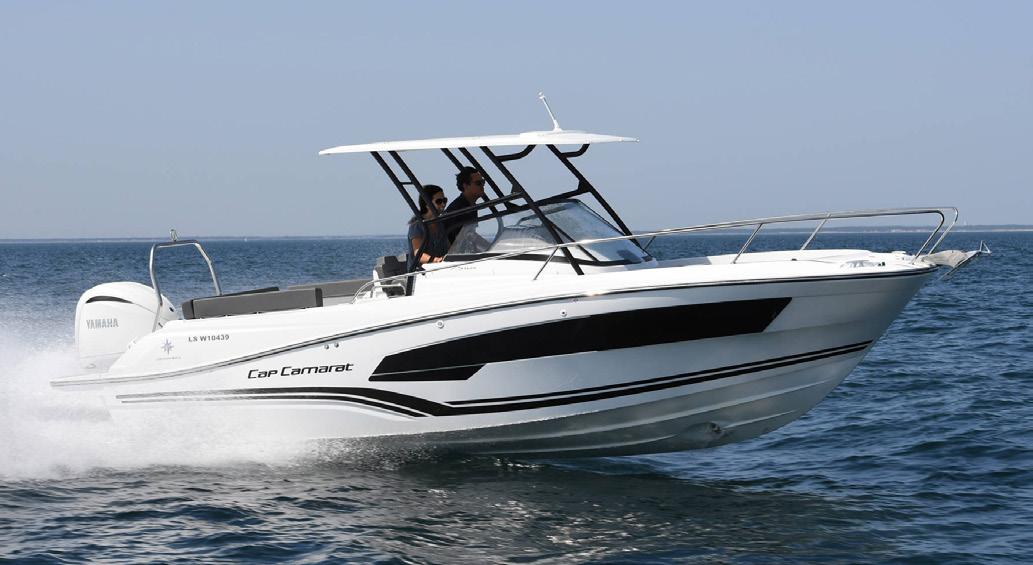

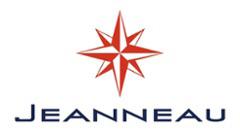

Milltown Yacht Sales | 604-269-9516 | milltownyachtsales.com 102 - 9191 Bentley Street, Richmond, BC V6P 0B9 FREE PARKING FOR OUR CUSTOMERS 604-269-9516 100% LUXURY TAX REBATE ON ALL IN STOCK MODELS W9 T11 1095 FLY Affordable Luxury NC 895 LEADER 7.5 9.0 LEADER 895 SPORT 795 SPORT milltownyachtsales.com EXCLUSIVE NIMBUS/JEANNEAU DEALER
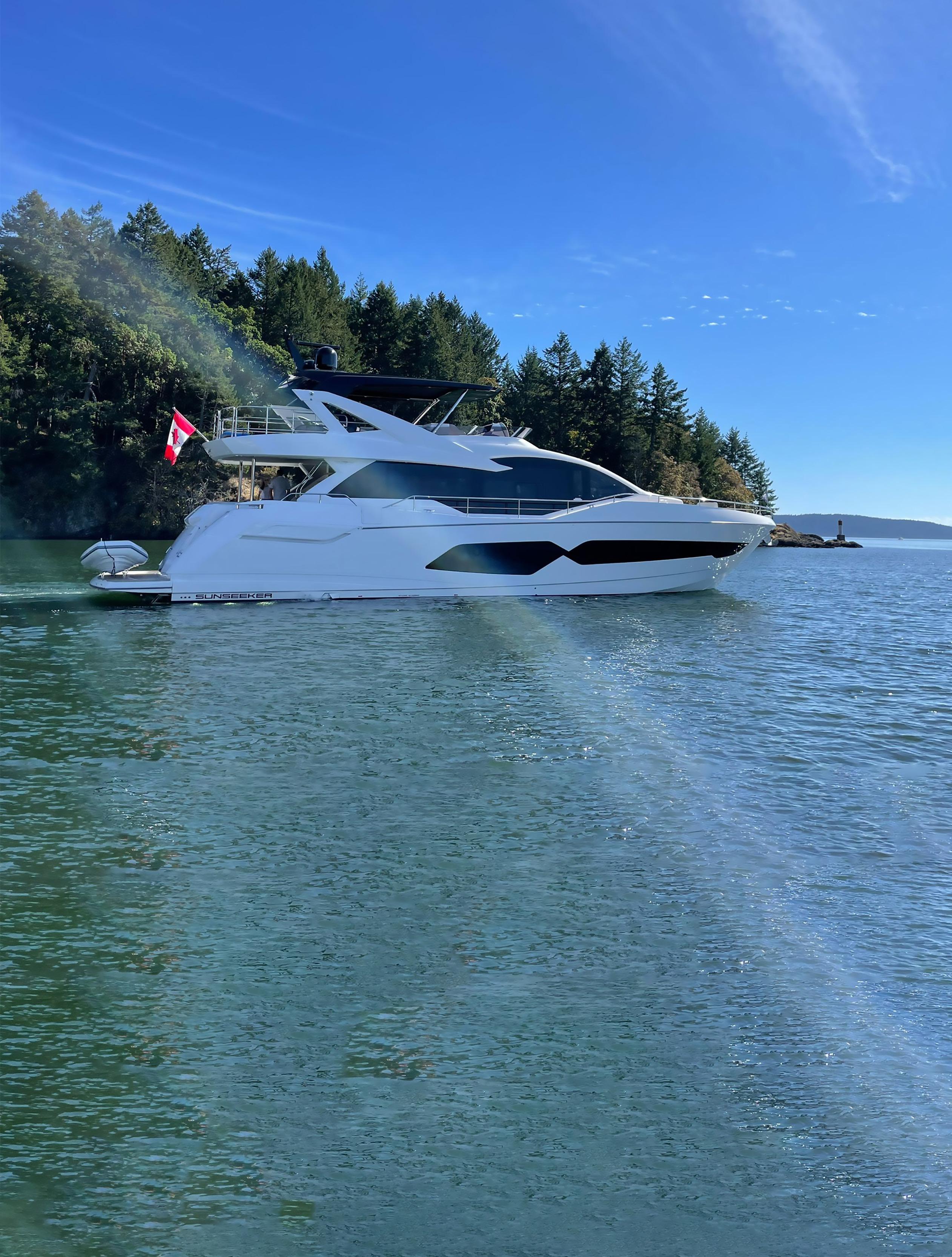
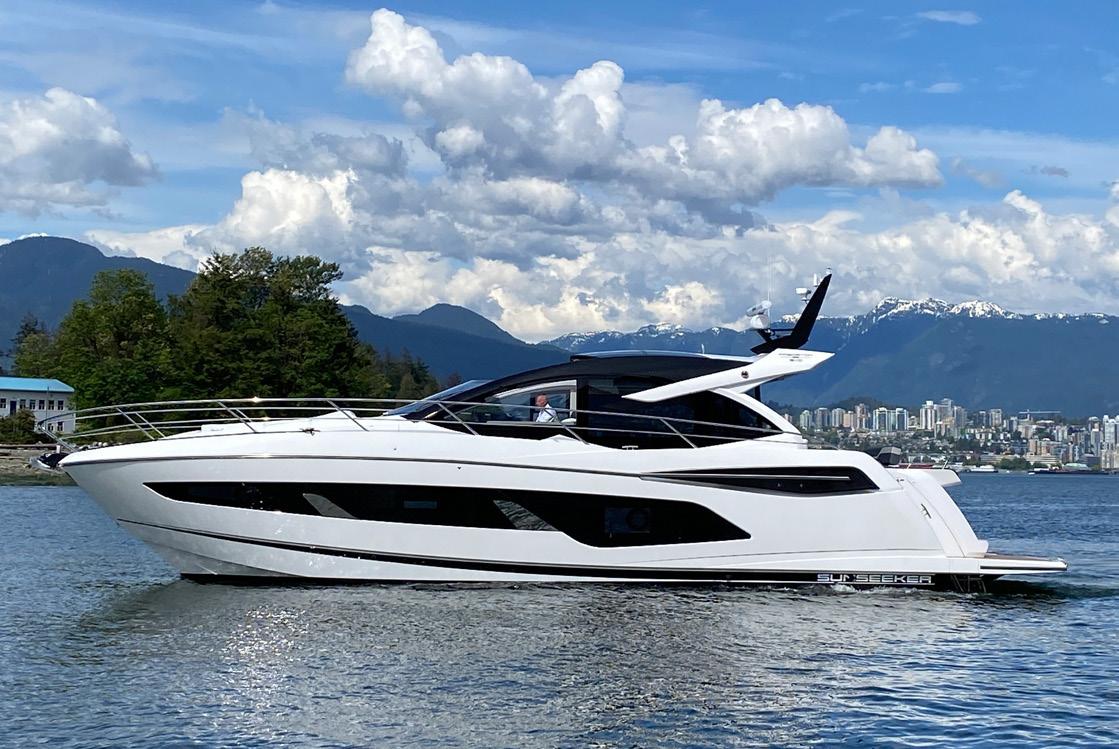
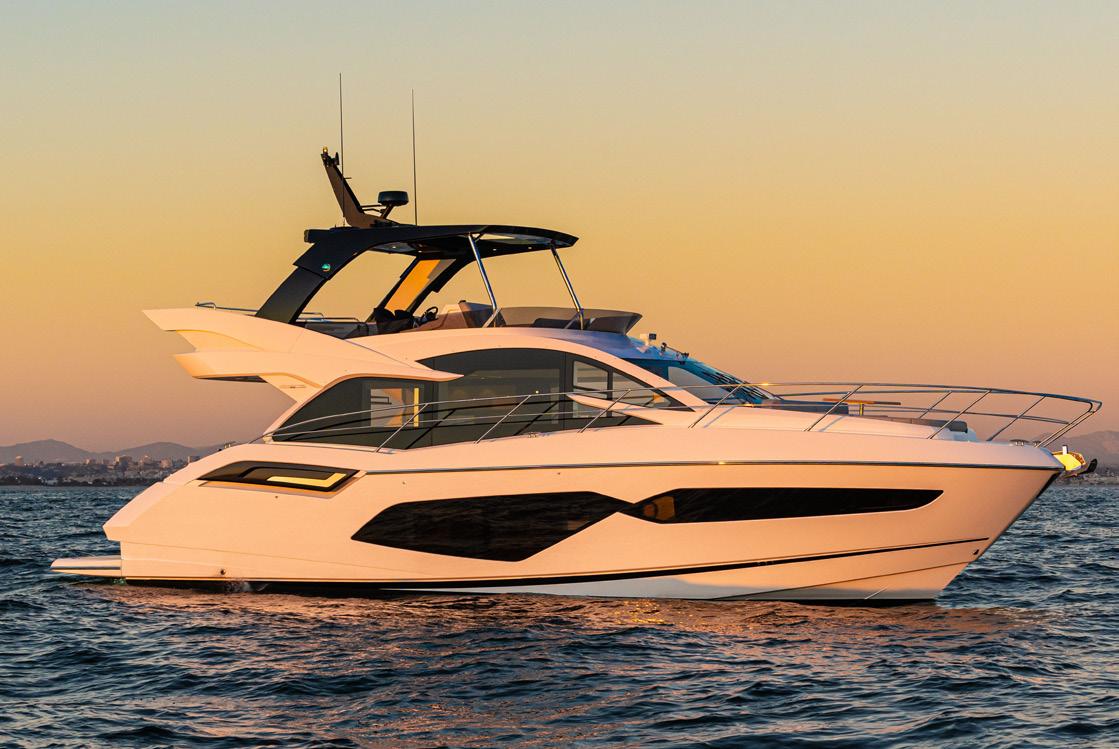
76 YACHT SUNSEEKER.COM View Our Yacht Collection Today M & P Yacht Centre | (604) 692 0333 | yachtsales@mpyachtcentre.com 510 Nicola Street, Unit #110, Vancouver, BC V6G 3J7 www.mpyachtcentre.com PREDATOR 55 EVO TM MANHATTAN 55 SEEK MORE
Let A dventure be your guide








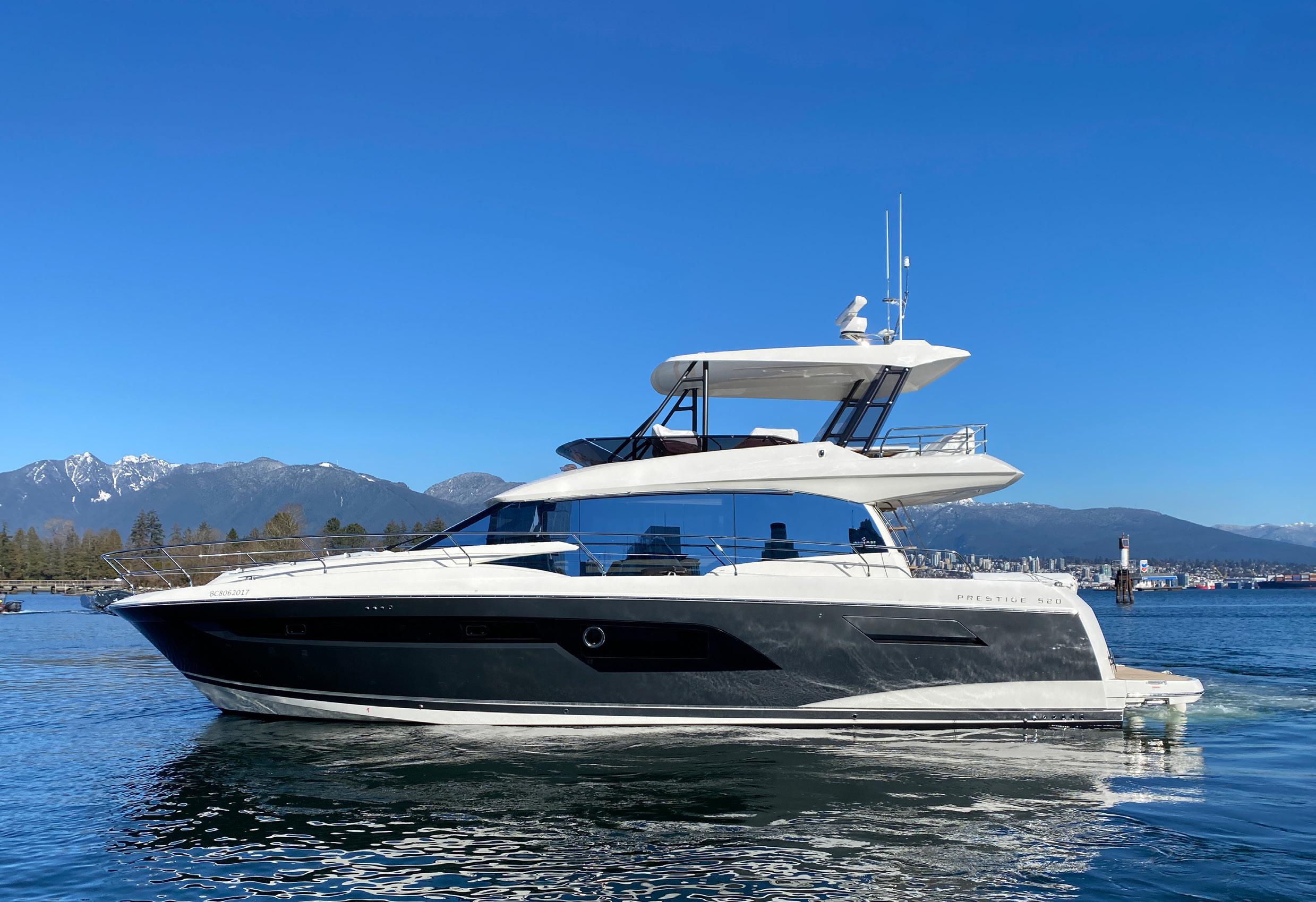
BROKERAGE | YACHT SALES | YACHT SERVICE M&P : CANADA’S #1 YACHT DEALER, SHARING THE WEST COAST BOATING LIFESTYLE FOR OVER 65 YEARS
1957, M & P has guided boaters through the adventure of boat ownership in beautiful BC. With certified professional yacht brokers, an award-winning service department, and an exclusive Owners Club with special events, we invite you to discover your dream boat with us. Exclusive Owners Club Complete Brokerage Services World’s Finest Boat & Yacht Brands Trades Welcome Factory Certified Yacht Service Complimentary Captain’s Training PRESTIGE 520 AVAILABLE NOW M & P YACHT CENTRE | #110 - 510 Nicola Street, Vancouver
Since
92
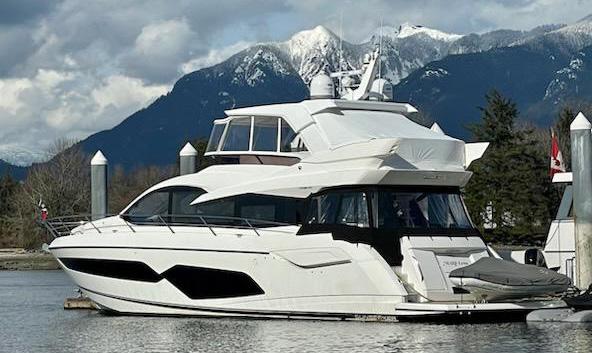
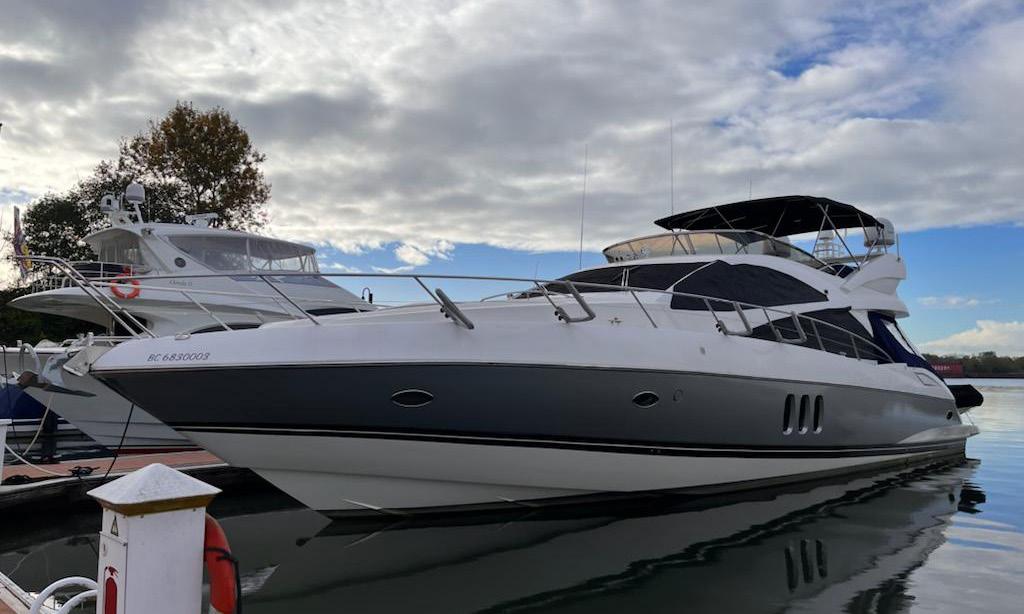
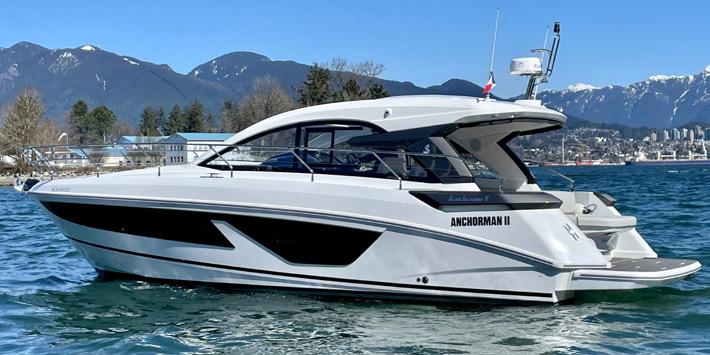
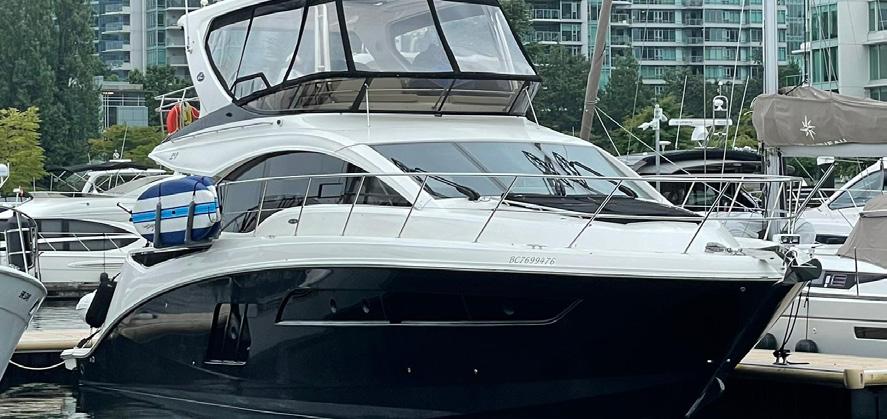

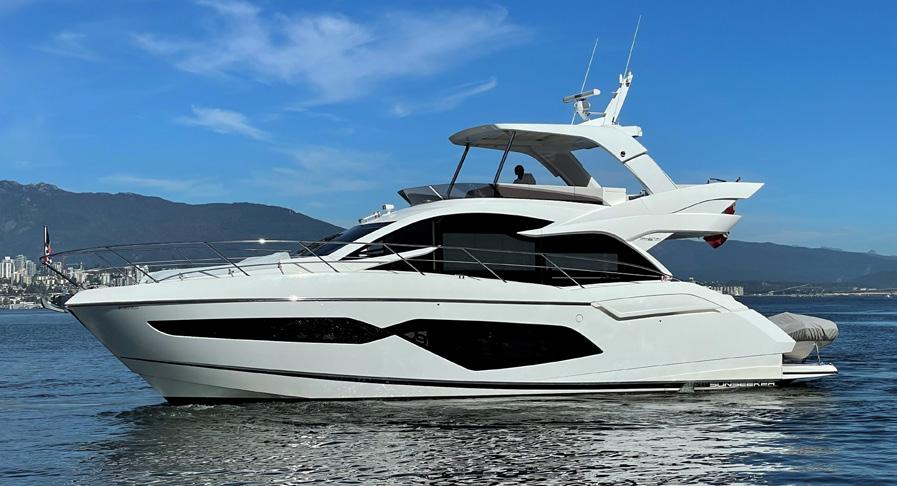

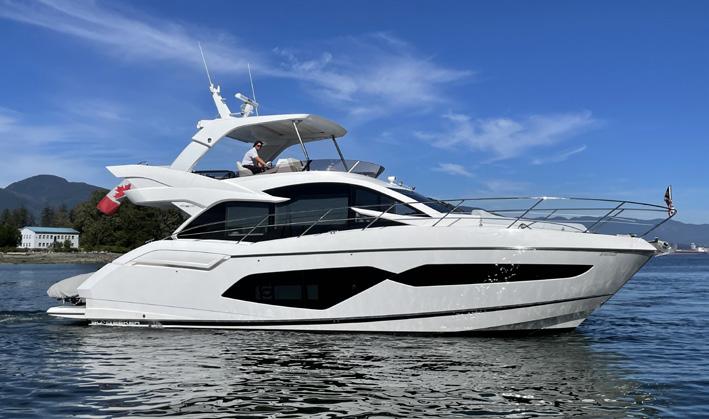
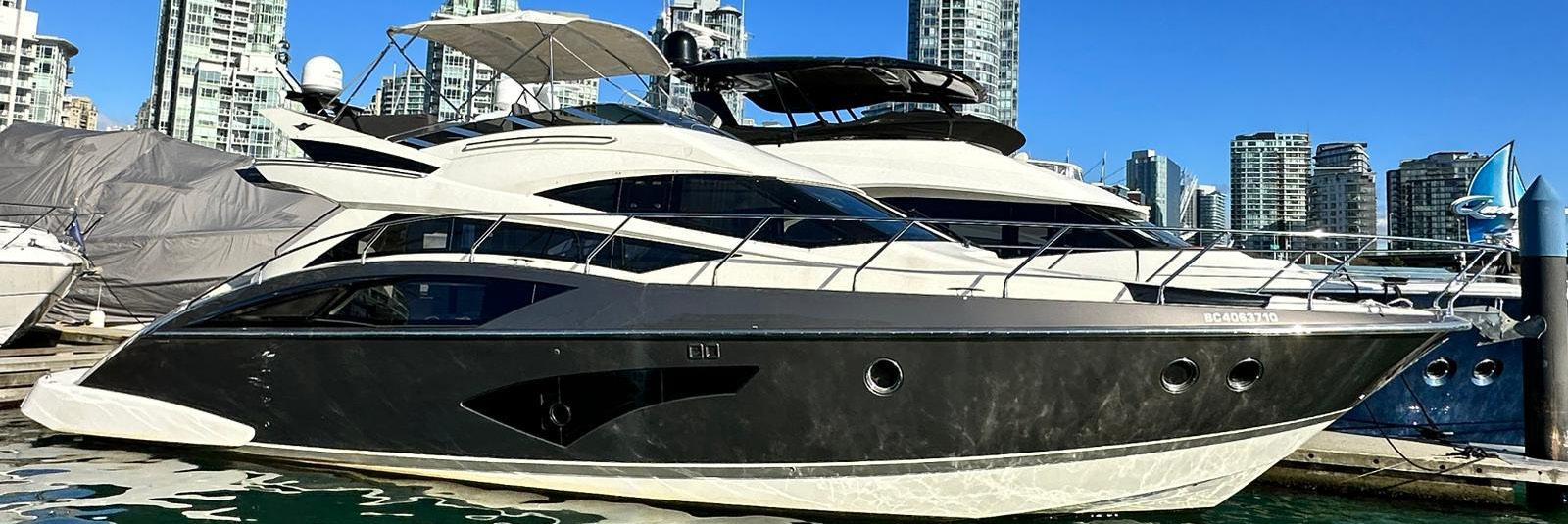

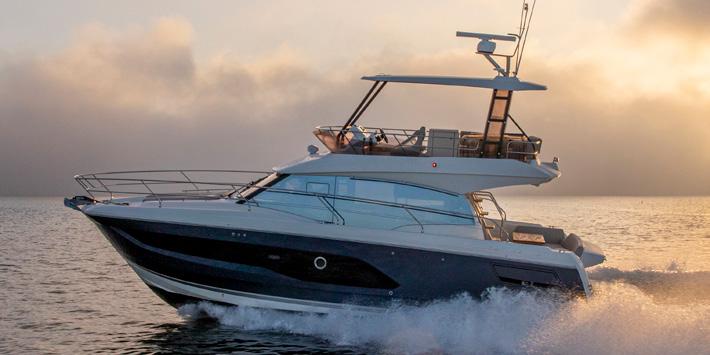
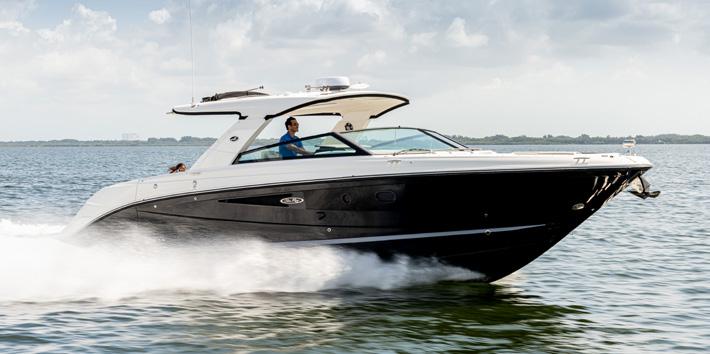
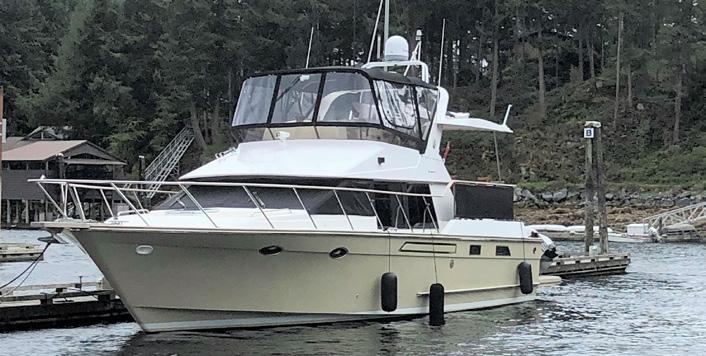
604.692.0333
MPYachtCentre.com AVAILABILITY
TO
|
SUBJECT
CHANGE.
2020| SUNSEEKER MANHATTAN 66|$2,795,000 USD JOE JOHNSTON | 604.805.9524
2005 | 66’ SUNSEEKER M66 | $995,000 USD KOLBY VAUGHAN | 236.888.5544
2022 | 41’ BENETEAU GRAN TURISMO | $975,000 CAD KOLBY VAUGHAN | 236.888.5544
2015 | 51 ’ SEA RAY 510 FLY | $890,000 USD KOLBY VAUGHAN | 236.888.5544
NEW | 44’ SWIFT TRAWLER 41 FLY JUST ARRIVED | 604.692.0333
2019 | 56’ SUNSEEKER M52 | $2,399,900 CAD KOLBY VAUGHAN | 236.888.5544
NEW | 52’ PRESTIGE 520 S JUST ARRIVED | 604.692.0333
2020 | 56’ SUNSEEKER M52 | $2,750,000 CAD KOLBY VAUGHAN | 236.888.5544
2011 | 50 MARQUIS 500 SPORT BRIDGE | $925,000 CAD GERRY ALLIN | 604.790.2939
NEW | 41’ BOSTON WHALER 405 PILOTHOUSE INCOMING 2023 | 604.692.0333
NEW | 43’ PRESTIGE 420 JUST ARRIVED | 604.692.0333
2023 | SEA RAY SLX 400 JUST ARRIVED | 604.692.0333
1992 | OCEAN ALEXANDER 440 | $399,900 CAD KOLBY VAUGHAN | 236.888.5544


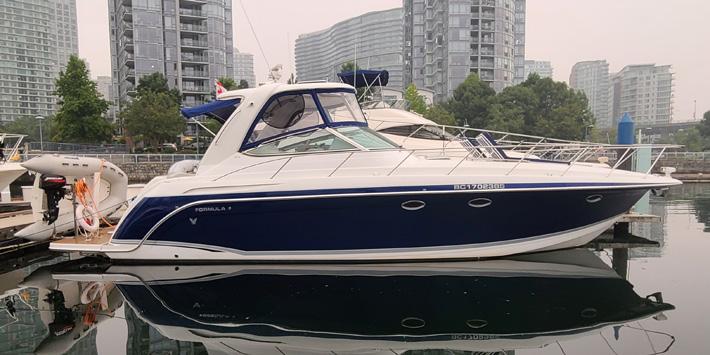

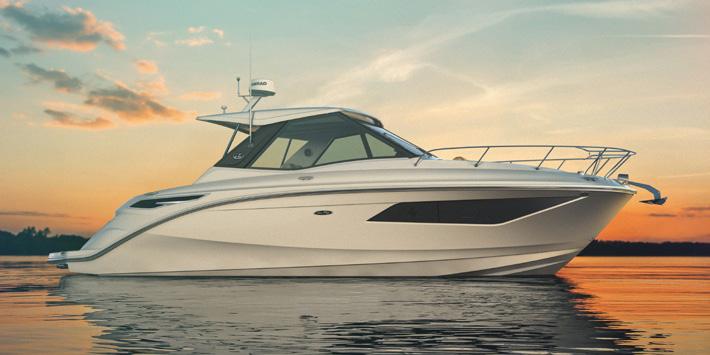
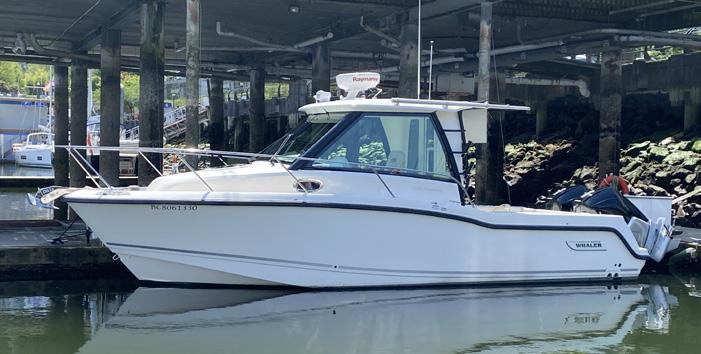
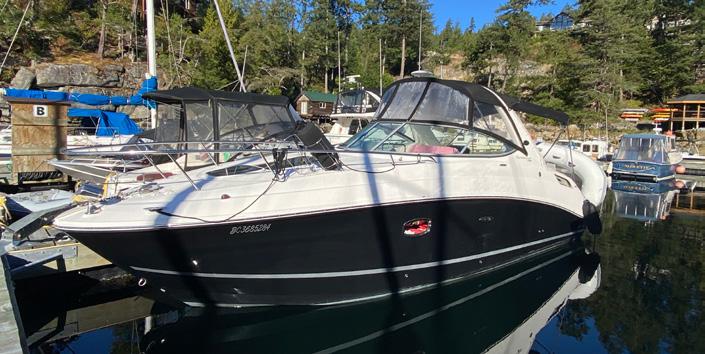

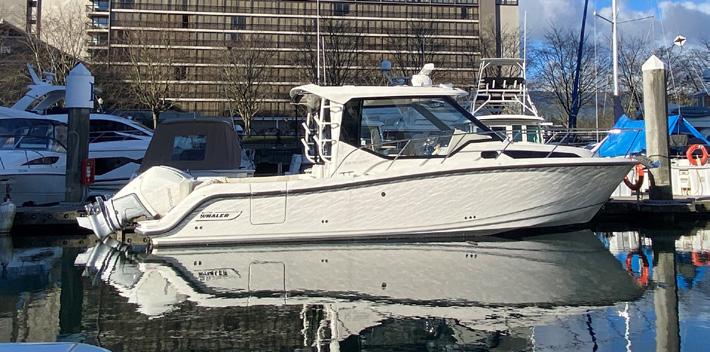
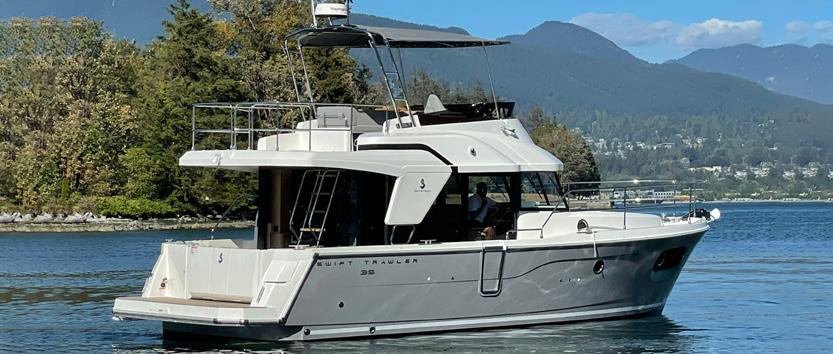
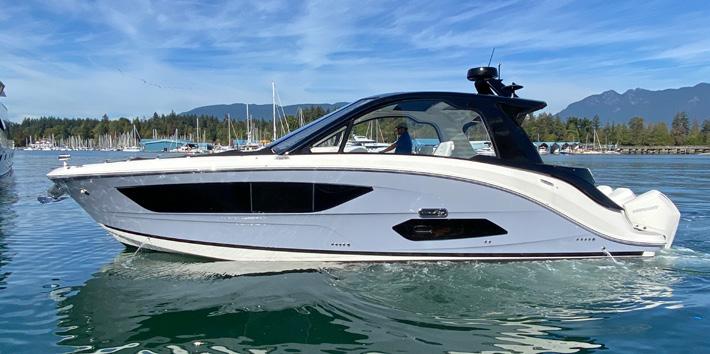
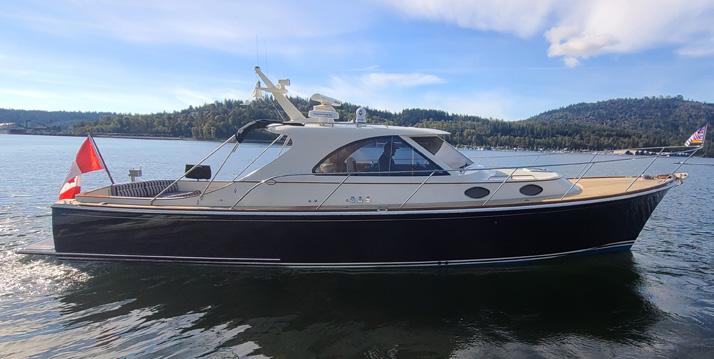
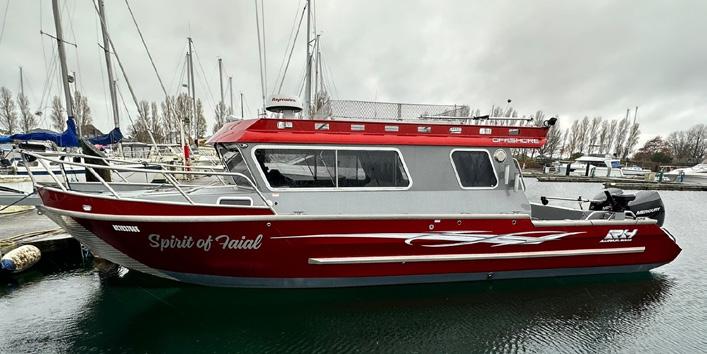
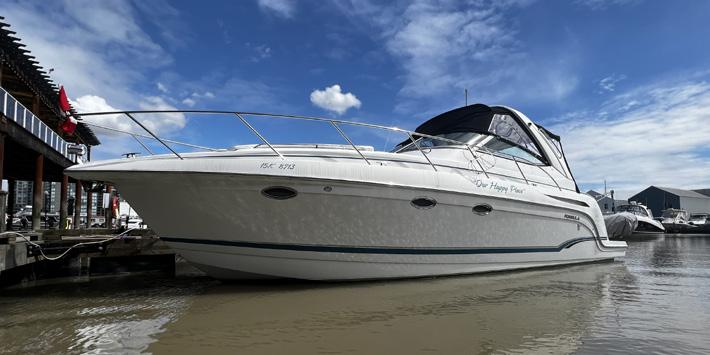
604.692.0333 | MPYachtCentre.com Reserve your VIP Yacht Discovery Appointment AVAILABILITY SUBJECT TO CHANGE. HAVE A BOAT TO SELL? M & P provides quality Yacht Brokerage services and also takes trades. We’ll give you excellent value and the assurance provided by our team of professionals, including Certified Professional Yacht Brokers. 2008 | 40’ FORMULA 40PC | $304,000 CAD JOE JOHNSTON | 604.805.9524 2020 | 33’ GRADY WHITE 330EX | $640,000 CAD AVAILABLE NOW | 604.692.0333 NEW | 32’ SEA RAY SUNDANCER 320 AVAILABLE NOW | 604.692.0333 NEW | 28’ BOSTON WHALER 285PH AVAILABLE NOW | 604.692.0333 2013 | 28’ SEA RAY 280 SUNDANCER | $115,000 CAD KOLBY VAUGHAN | 236.888.5544 2020 | 34’ BOSTON WHALER 345 PILOTHOUSE NEW LISTING | 604.692.0333 NEW | 32’ BOSTON WHALER 325 PILOTHOUSE AVAILABLE NOW | 604.692.0333 NEW | 37’ BENETEAU SWIFT TRAWLER 35 AVAILABLE NOW | 604.692.0333 NEW | 39’ SEA RAY SUNDANCER 370 AVAILABLE NOW | 604.692.0333 2010 | 40’ SAN JUAN SJ 40 | $649,000 USD JOE JOHNSTON | 604.805.9524 2020 | RIVER HAWK 28 OFFSHORE | $335,000 CAD GERRY ALLIN | 604.790.2939 2006 | 34’ FORMULA 34PC | $130,000 CAD GERRY ALLIN | 604.790.2939 SOLD








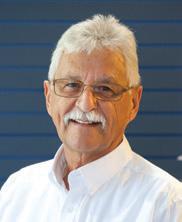

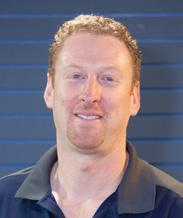


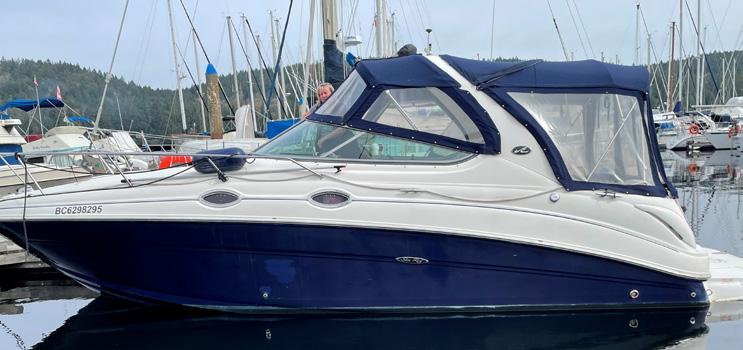


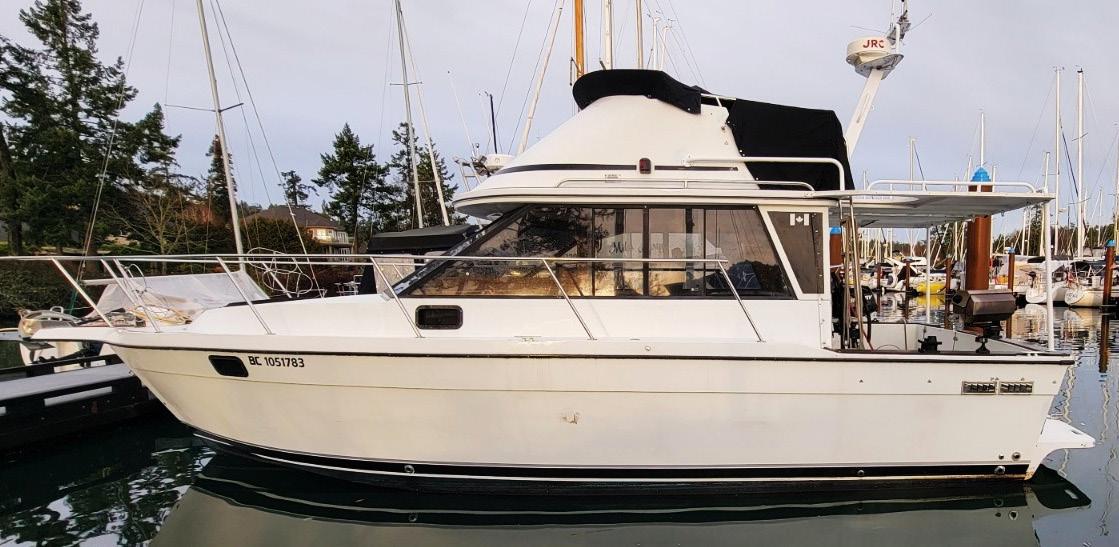
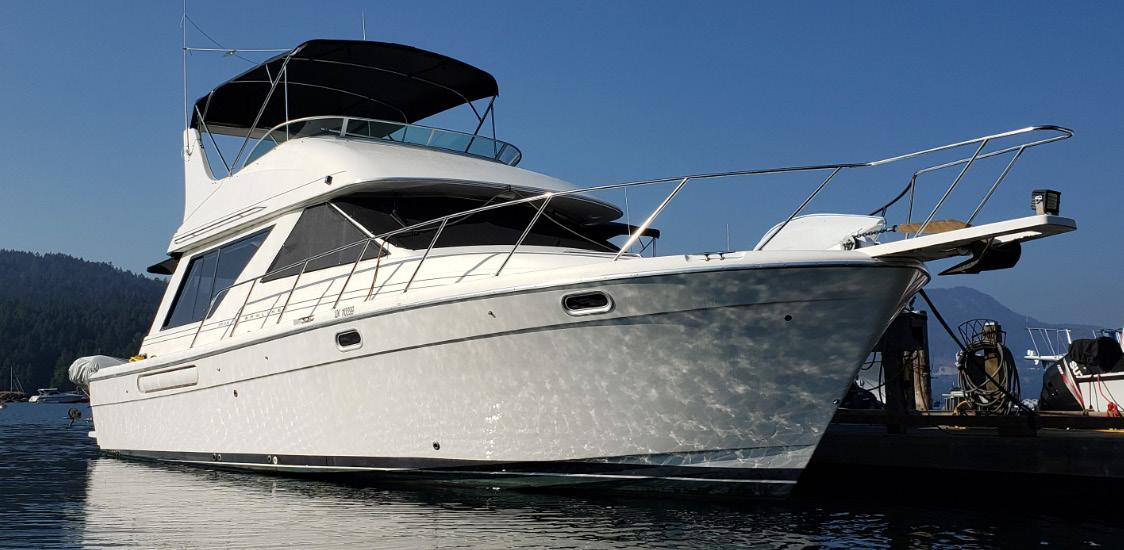

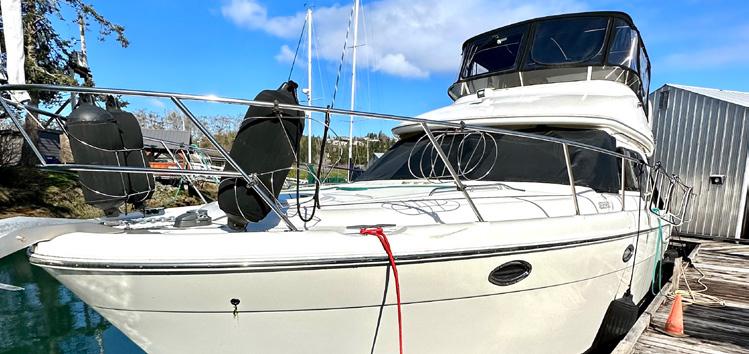
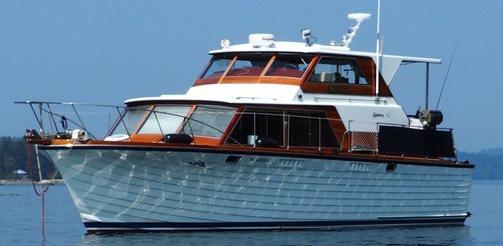
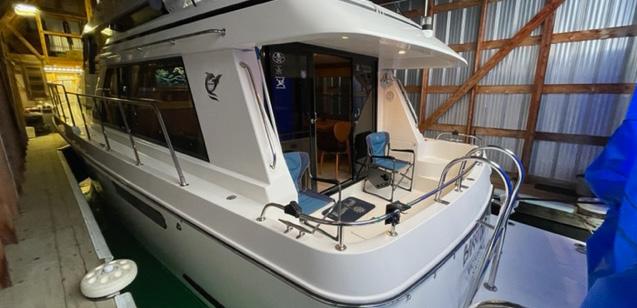
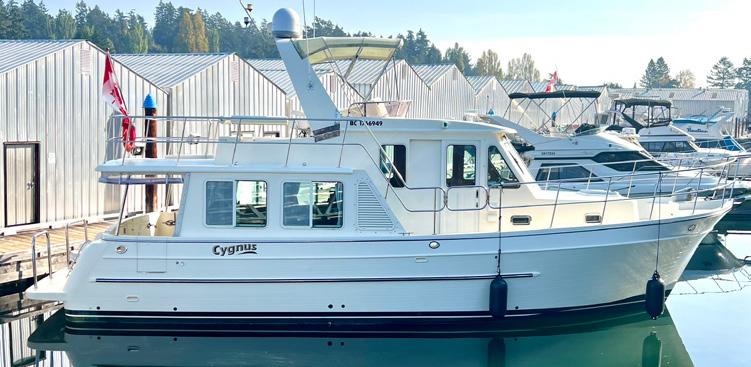

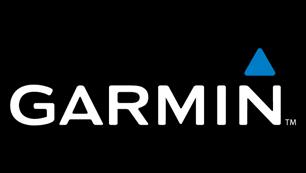
Power • Sail • Boathouses • Service Center Yacht Care • Maintenance • Repair • Upgrades bayviewyachts.com IN WATER CANVAS SHOP TAKING ORDERS NOW! SIDNEY @ NORTH SAANICH MARINA Phone 250.655.0996 sales@bayviewyachts.com EXPERIENCED IMPORT & EXPORT SALES SPECIALISTS BAYVIEW YACHTS SALES & SERVICE IS A CPYB ENDORSED BROKERAGE TROY HAMILTON
CPYB LARRY GLOWASKY
GORD ALLAN Service Manager TRISTIAN SMITH Marine Technician 370 Sea Ray Sedan Bridge Rare Model – Cummins Diesels $130,000 28 Sea Ray 2006 Bristol Condition $79,500 65’ Nor’ Star Custom Aluminum Yacht $500,000 39 Beneteau 2008 Pristine Condition $174,900 9 Meter Cooper Prowler 1987 400 hours on MPI’s $49,900 39 Bayliner 1996 Cummins diesel power well equipped $169,000 3258 Bayliner 1998 Spacious Interior $65,000 2006 411 Meridian Loaded 369,000 40’ Grenfell Classic Aft Cabin Cruiser $90,000 1999 Wendon 48’ One owner BH kept $479,000 2009 39’ North Pacific $100,000 spent on recent upgrades $379,000 30’ Baba 1977 $69,900 NEW LISTING
BCYBA,
BCYBA, CPYB
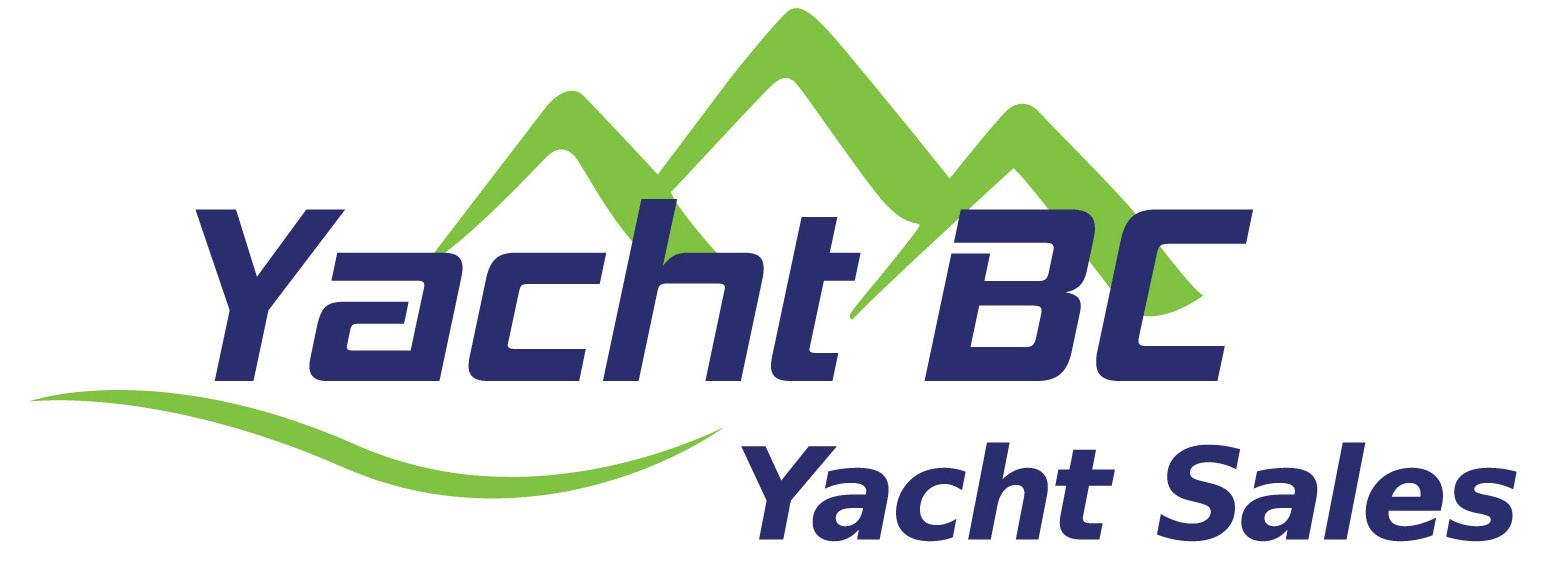


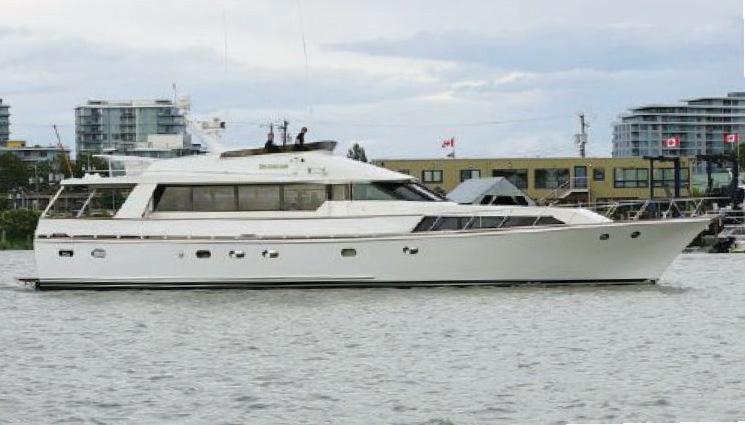
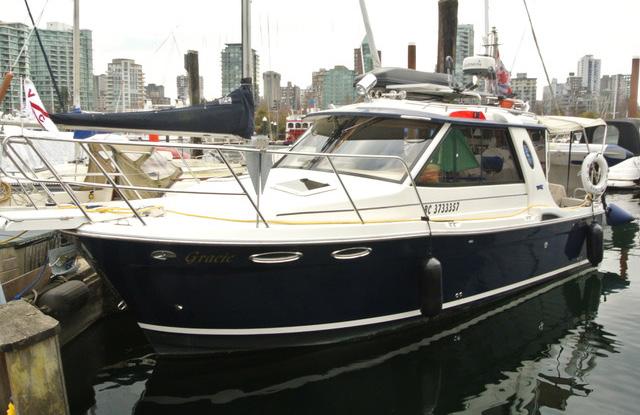
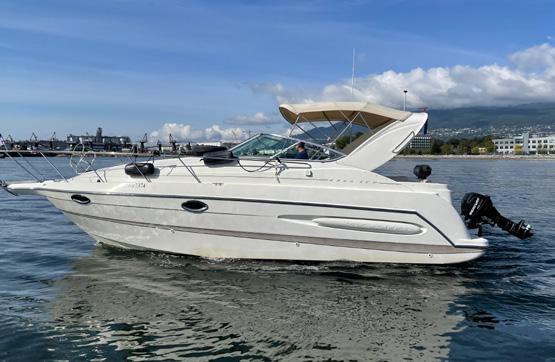
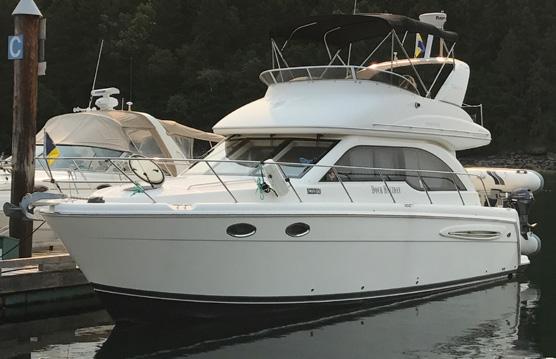
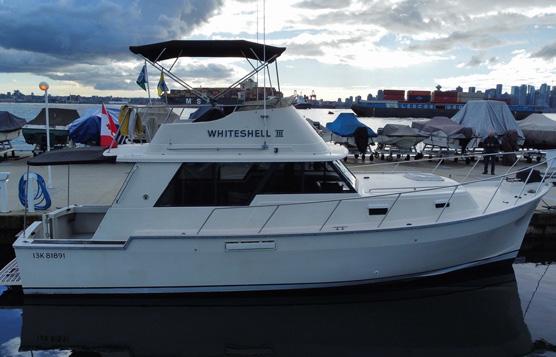


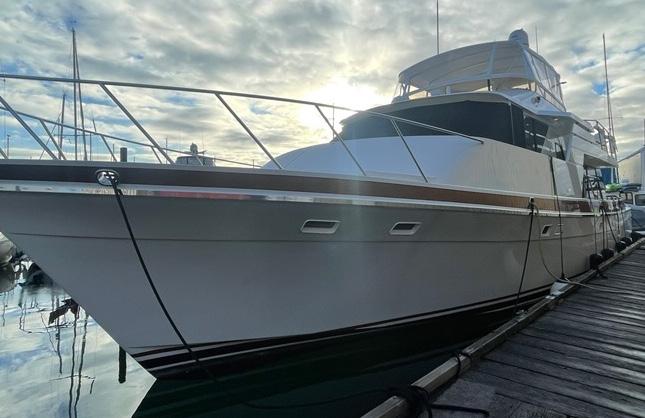


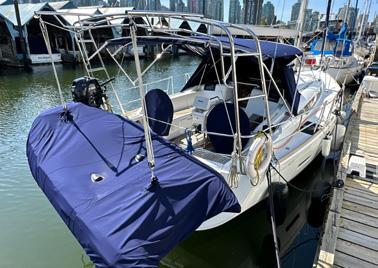
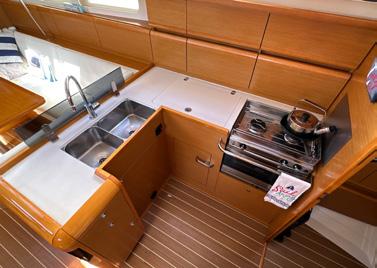
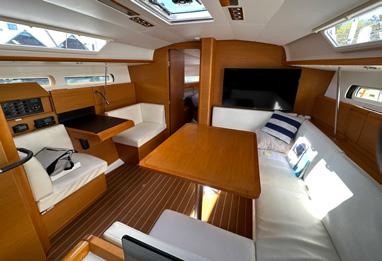
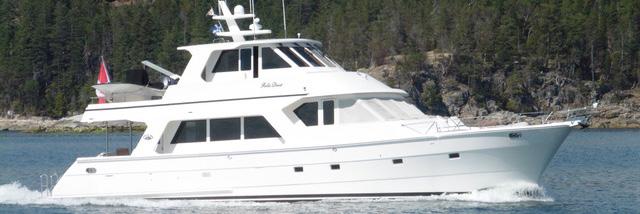
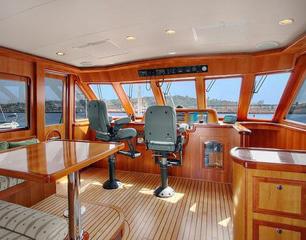

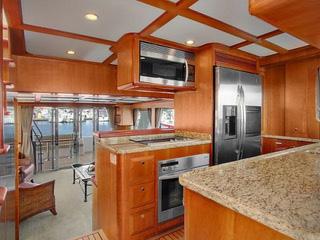

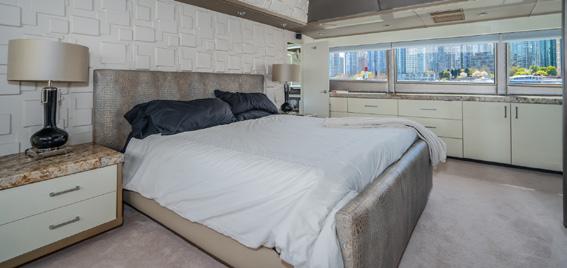
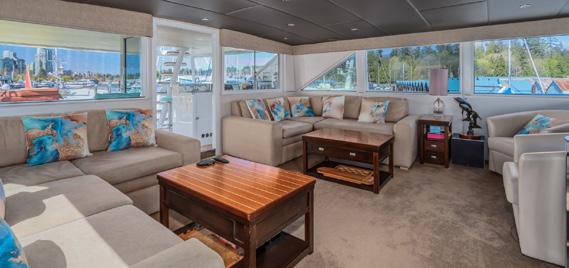
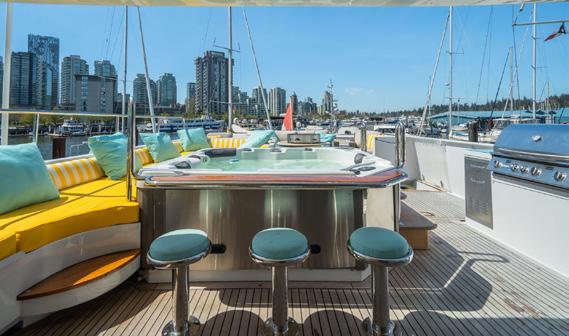
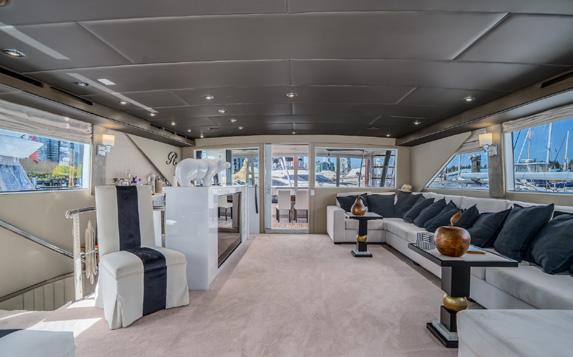

Call or Text Rob Langford 604-250-8800 Shawn Sutherland 604-787-0126 | YACHTBC.COM Contact us for a complimentary market valuation! 35’ POTTER CRAFT $164,900 33’ MIRAGE $34,900 76' MONK MCQUEEN $399,000 USD CUTWATER 26 $169,900 MAXUM 2800 $39,9000 341 MERIDIAN $209,900 34 MAINSHIP $65,000 STRIPER 2101 $86,900 BAYLINER 3388 $129,000 70 NORDLUND - $699,900 USD SOLD 50’ GULF COMMANDER $214,000 SOLD WE HELP OUR CLIENTS BUY AND SELL BOATS! BOATS ARE SELLING! PLEASE CONTACT US TO DISCUSS LISTING YOUR BOAT FOR SALE JENNEAU 409 - $329,900 PRESIDENT 680 SKYLOUNGE $1,750,000 USD 123 BROWARD $2,350,000 USD - COMPLETELY REFIT 2016, NICELY UPGRADED 2022 23 C-DORY $155,000 CAD 96
- Fully equipped, lithium ion batteries, low hours, Volvo shaft driven, 17” Garmin screens and much more.

$1,988,000 CAD
BENETEAU 47, 2005 - This Beneteau has three state rooms, full spectrum of electronics, and a very well kept interior. Paired with 10’ ZAR RIB, two Zodiac open sea life rafts. Many additional upgrades have been made. $329,000 CAD
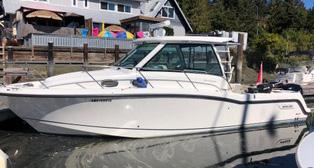
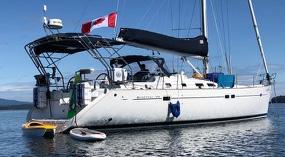
REGAL 4600 SPORTS COUPE 2013 - Fully glass enclosed with large sunroof for maximum versatility of environment. Spacious salon, and highly upgraded systems. $549,000 CAD
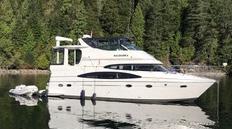
CARVER 466 MOTOR YACHT, 2004 - Tastefully upgraded, boathouse kept, and just 886 hours on her Volvo 480hp diesels. $325,000 USD

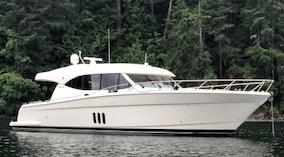
BY APPOINTMENT
REGAL 3880 COMMODORE SEDAN BRIDGE 2004Twin Yanmars, gen, new dinghy on davits, great family cruiser!
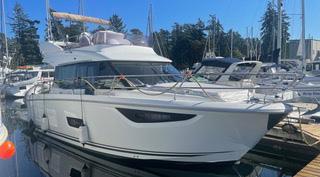
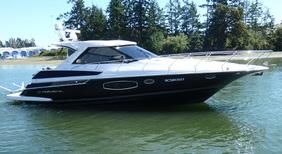
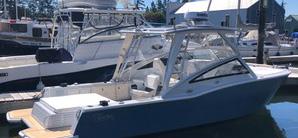
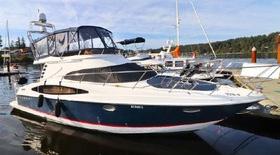
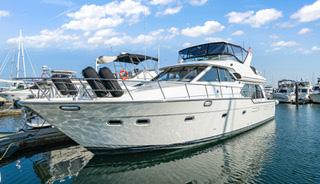
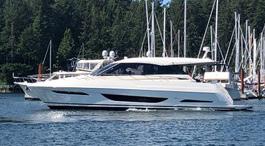
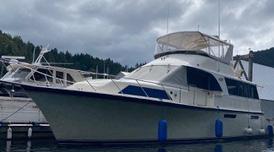
$259,000 CAD
JEANNEAU VELASCO 37F, 2017 - Only 186 hours on the twin D4 300hp Volvo diesel motors. Loaded with options. $499,000 CAD
GARTSIDE 37 PILOTHOUSE 2020 - An exquisitely detailed west coast pilothouse, launched in 2020. Finest of materials used throughout inc. double planked red cedar/ epoxy hull. RAIN BEAR is a true gem that must be seen! $449,000 CAD


MERIDIAN 341, 2004Well maintained and nicely equipped. Includes thrusters, bridge enclosure, heat, and deluxe dinghy package. $189,000 CAD
BOSTON WHALER 315 CONQUEST 2016 - Boat house kept with $100,000 in options and upgrades. 440 hours. $359,000 CAD
JEANNEAU 30 NC 895, 2022 - Save on ordering a new one - fully loaded with Garmin electronics, fusion sound system, forced air heating, and a Westerbeke 3.5 KVA generator. $260,000 USD
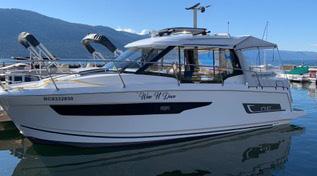
THUNDER JET 28 2019 - Twin Yamaha 250XL’s with just 150Hrs and a highly optioned Simrad electronics package. With a Wallace diesel heater, this fishing boat is ready for any conditions. $299,000 CAD

AT OUR MARINA
LIQUID METAL MARINE QUATSINO 24’ 2021- Beautiful custom aluminum DC bowrider designed by Greg Marshal, launched in 2022. Volvo D4-270,16” Simrad Nevo multi-function, removable hardtop, Shockwave seats, enclosed head. $299,000 CAD
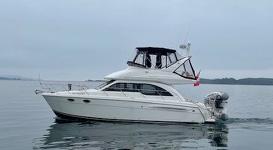
CUTWATER 28, 2013 - A well optioned example with features including bow and stern thruster, Volvo D4, 12inch chart plotter, aft steering station. Only 425hrs!


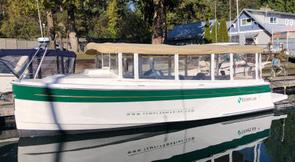
$179,000 CAD
BOSTON WHALER OUTRAGE 22, 1988 - Classic Whaler with 2018 Suzuki F150, and 2018 9.9 Suzuki kicker! Touch screen lowrance plotter/fish finder, power windlass and only 143hrs. $54,000 CAD
AIRSOLID 27’ RIB 2006 - Commercially certified and registered for 12 passengers; full refit in 2022, new tubes 2021, 2022 Garmin 9” plotters; 2020 Evinrude E-TEC motors, warranty until 2027; tandem axle trailer. $120,000 CAD
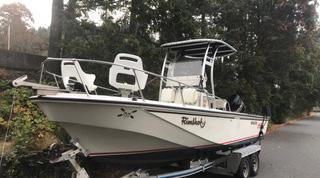
CHECK OUT OUR OTHER FANTASTIC LISTINGS ON www.customyachtsales.com Tel: 250-656-8771 | Toll-Free 1-877-263-2427 | sales@customyachtsales.com Greg Horne - Rom Van Stolk - Mark Impett | Cedar Grove Marina - 1955 Swartz Bay Road, Sidney, BC OCEAN YACHTS 56 1990 - Spacious main salon, large cockpit, 3 staterooms, centre console dingy. $350,000 CAD MARITIMO X50 2022 - Newest sport coupe from Australian premier yacht builder. The X-50 combines 2 staterooms with aft beach club opening transom. Shaft Drive. Loaded. New boat warranties until 2027. $1,650,000 USD BY APPOINTMENT CUSTOM TEMPLAR WATER TAXI 26, 2020 - Like new, Water taxi is Category C certified for 12 paying passengers or 15 passengers for recreational use. $95,000 CAD CUSTOM 22’ PAUL GARTSIDE DESIGN 1986 - Fabulous pocket cruiser built at highly renowned Jespersen yard; elegant, simple & extremely sea worthy. $49,900 CAD BY APPOINTMENT BY APPOINTMENT BAYLINER 5788, 2001 PILOT HOUSE - A full bridge enclosure, hurricane heating system, newer electronics and a Presto dinghy davit on the swim grid. $689,000 CAD BY APPOINTMENT MARITIMO S62 2015
BY APPOINTMENT
SOLD
BY APPOINTMENT
SOLD
SOLD SOLD SOLD SOLD
SOLD
SALE PENDING
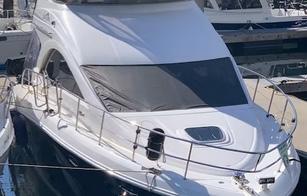
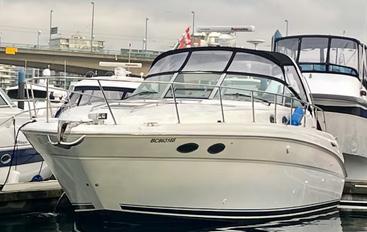
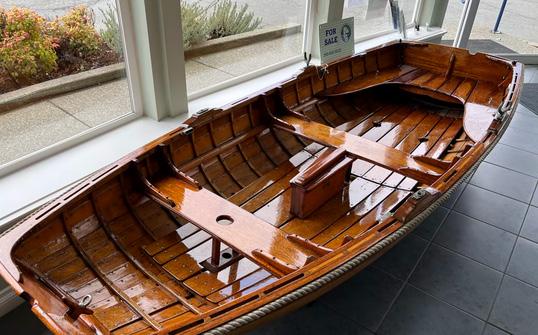
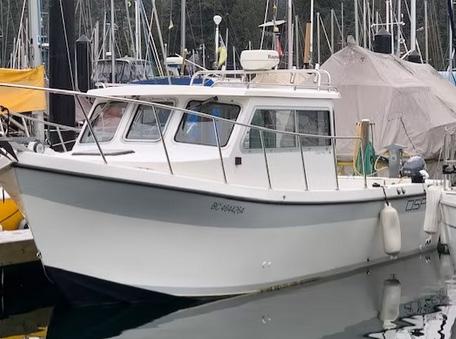
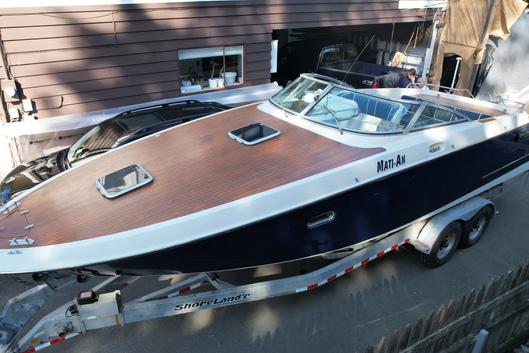




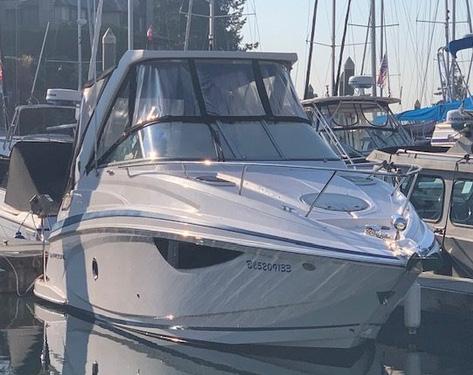
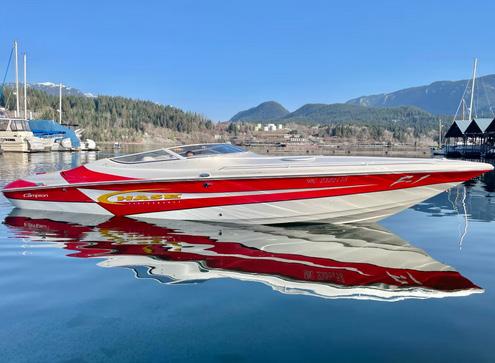
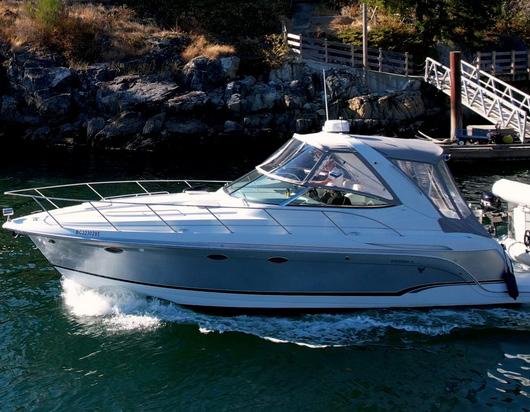
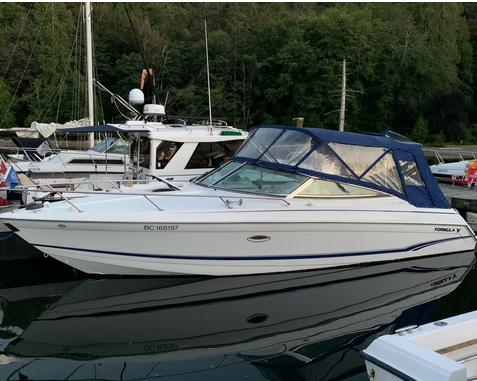

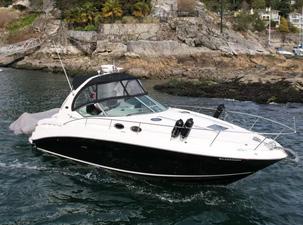
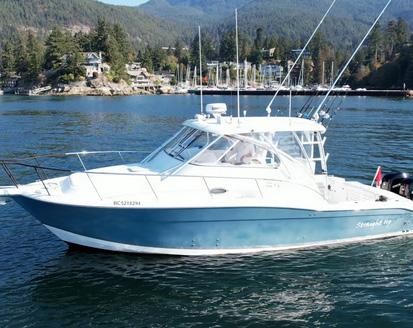
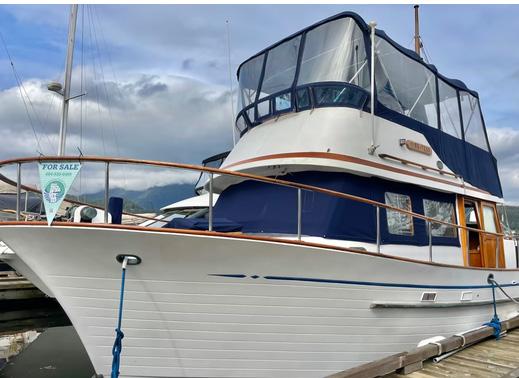



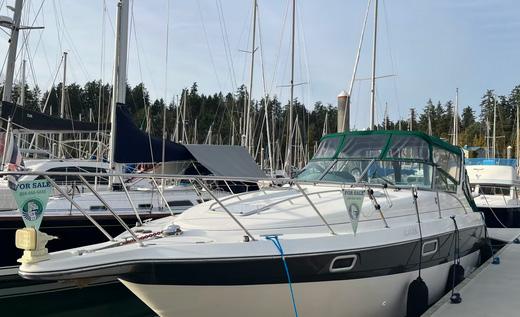





 35' CBK AFT CABIN TRAWLER
35' CBK AFT CABIN TRAWLER
BRIDGE
36' SEA RAY SEDAN
PORT MOODY THUNDERBIRDMARINE.COM THUNDERBIRD MARINA @ Thunderbird Marina 5776 Marine Drive West Vancouver, BC 604-921-7457 REED POINT MARINA @ Reed Point Marina 850 Barnet Highway Port Moody, BC 604-939-0499 WESTPORT MARINA @ Westport Marina 2075 Tryon Road Sidney, BC 250-656-5832 THUNDERBIRD YACHT SALES
38' SEA RAY 380 SUNDANCER
28' FORMULA
34' FORMULA 28' REGAL
SIDNEY
36' GRAND MARINER
WEST VANCOUVER
35' PROLINE
32' SEA RAY 29' CAMPION
31' KAVALK
26' OSPREY
28' BERTRAM
36' SEA RAY
32' MAXUM
31' FORMULA
24' JEANNEAU
10' HERRESHOFF
34' ERICSON
BUYING OR SELLING?
Sellers and buyers both benefit from a BCYCA member’s experience. BCYBA brokers assist buyers to find suitable boats in the local market or further afield in the international market. Similarly, they present locally owned boats for sale to local and international buyers.
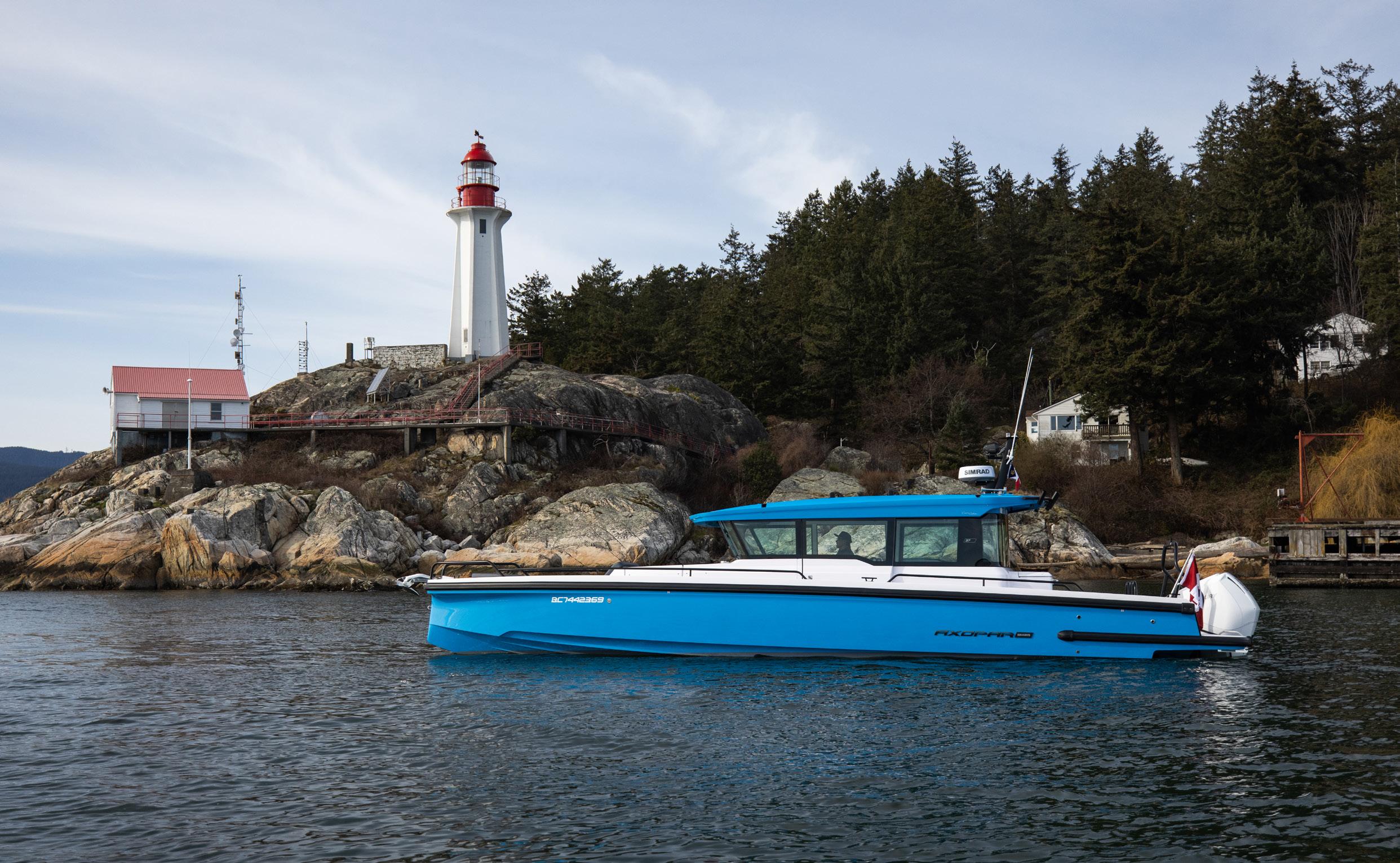
Take the stress out of purchasing or selling your boat. A BCYBA broker is your guide through a successful transaction. They help in these ways:
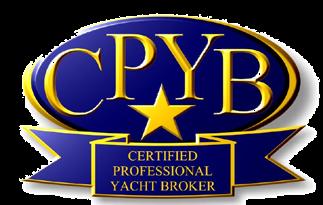
• Identify and evaluate yachts of interest.
• Provide experience in negotiating acceptable sale terms.
• Ensure your deposit stays in Canada.
• Outline vessel documentation, title, importation, insurance and taxation issues.
• Utilize strong working relationships with co-operating brokers, marine surveyors, marine mechanics, boatyards and other key industry contacts.
• Provide local follow up to help you in your boating adventures.
FOR A FULL LIST OF BCYBA MEMBERS & CERTIFIED PROFESSIONAL YACHT BROKERS VISIT BCYBA.COM


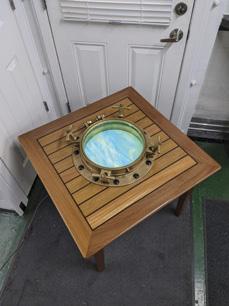


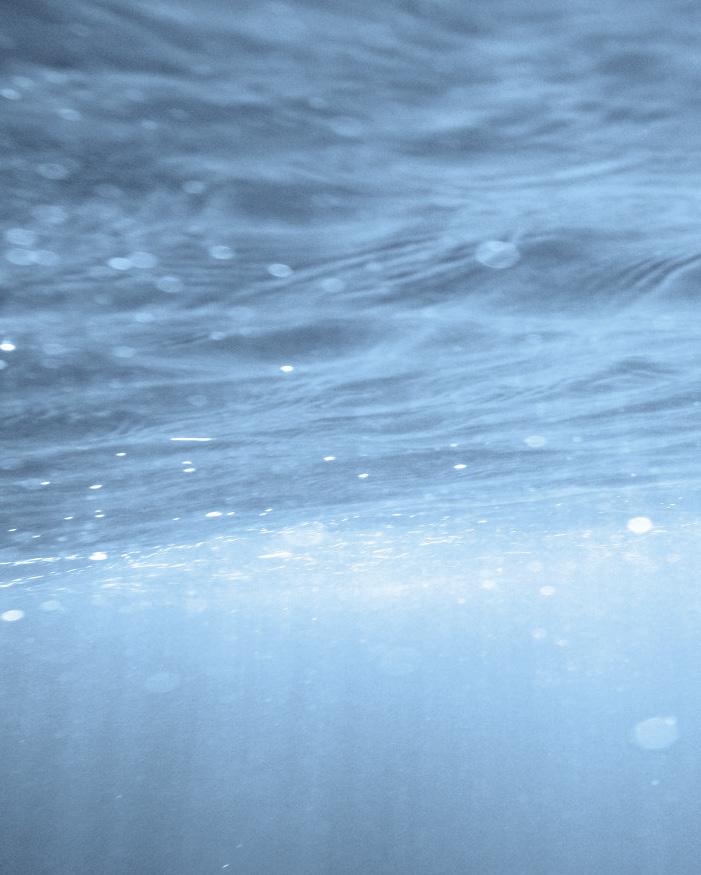

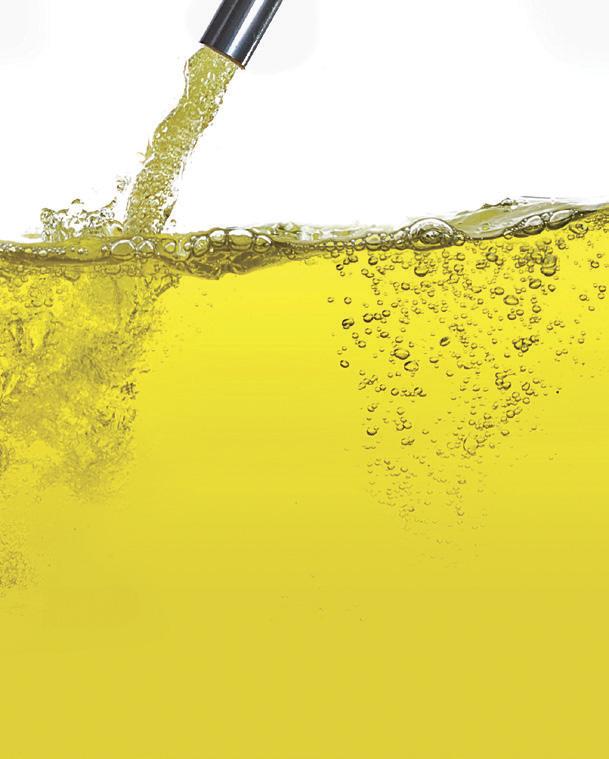

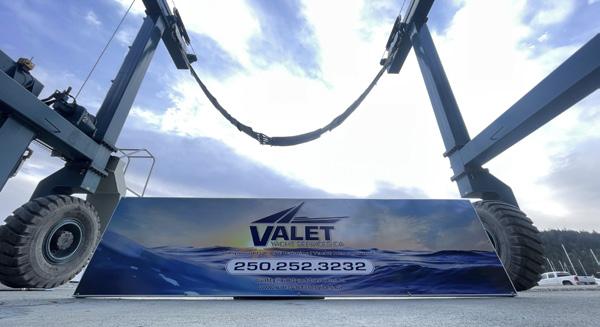
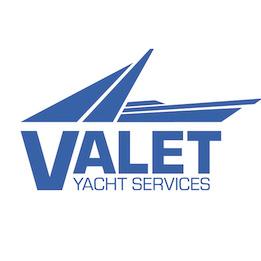
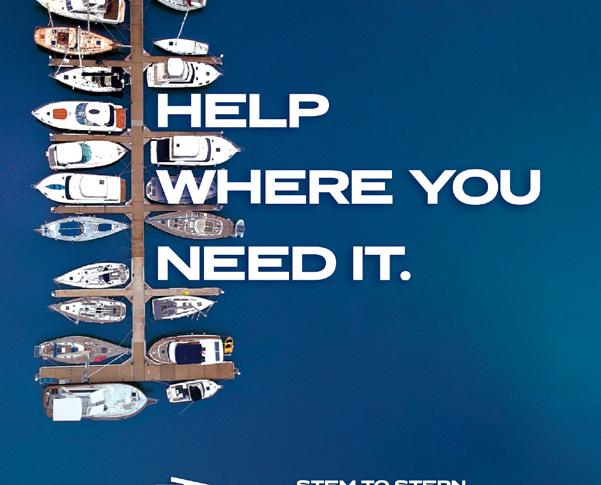



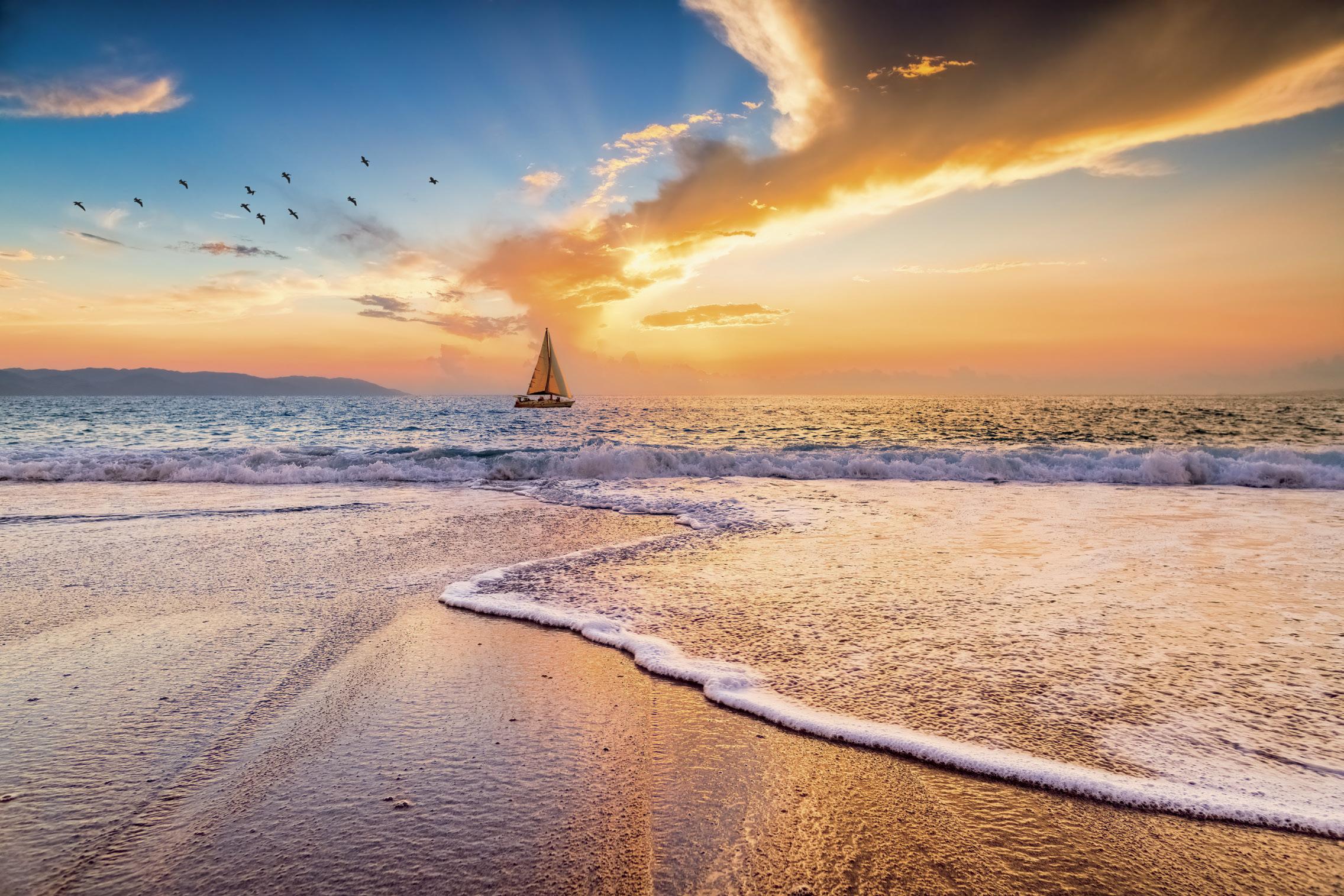
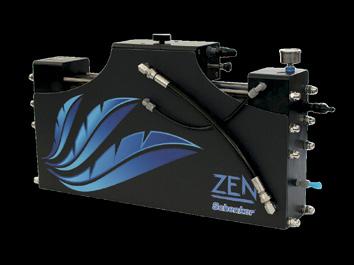

CAPTAIN’S CHAIR for advertising opportunities FEATURING BOAT PRODUCTS & SERVICES Trevor Gibbons | Certified Electrician Cell: 604-338-9920 aseamarine@gmail.com | www.a-seamarine.com SilEnT powEr SpECialiST Solar-wind-invErTErS liThium BaTTEriES A-Sea Mar ine Electr ical Ltd. www.channelcutteryachts.com 250-722-3340 DELIVERING PROPELLERS THAT PERFORM Inboard AND Outboard Propeller Sales & Service PROFESSIONAL • MOBILE • EXPERIENCED INFO@FUELTRATION.CA / FUELTRATION.CA Fuel Polishing & Tank Cleaning Fuel Testing Fully Mobile Services Call us today for a FREE consultation 250-245-8998 / 604-788-0805 50 Tonne Travel Lift•Boat Yard•Painting Fibreglass•Gel Coat•Mechanical Yacht Management•Insurance Work Welcome Maple Bay Marina, 6145 Genoa Bay Road Duncan, BC quality@valetyachtservices.ca 250.252.3232 valetyachtservices.ca Full Service Boat Yard 1733 Powell Street, Vancouver 604.254.7221 stemtostern.net info@edsmarine.ca 604-534-1115 www.edsmarine.ca Schenker Watermakers Go ahead and stay out longer 100 - JUNE 2023
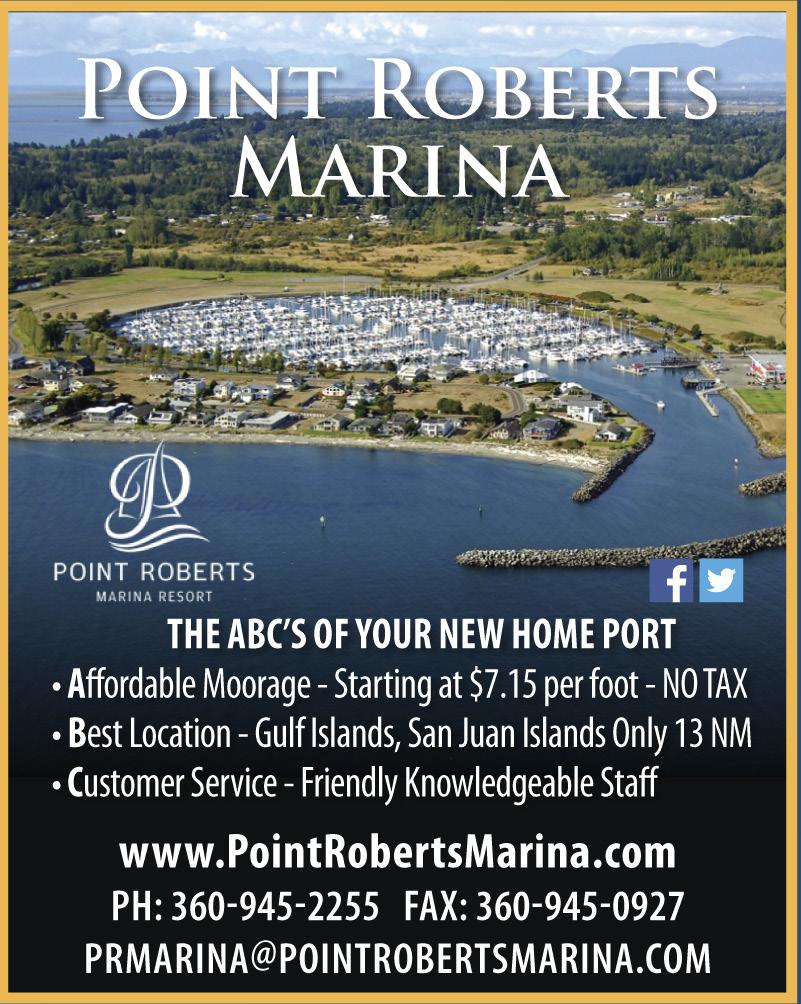
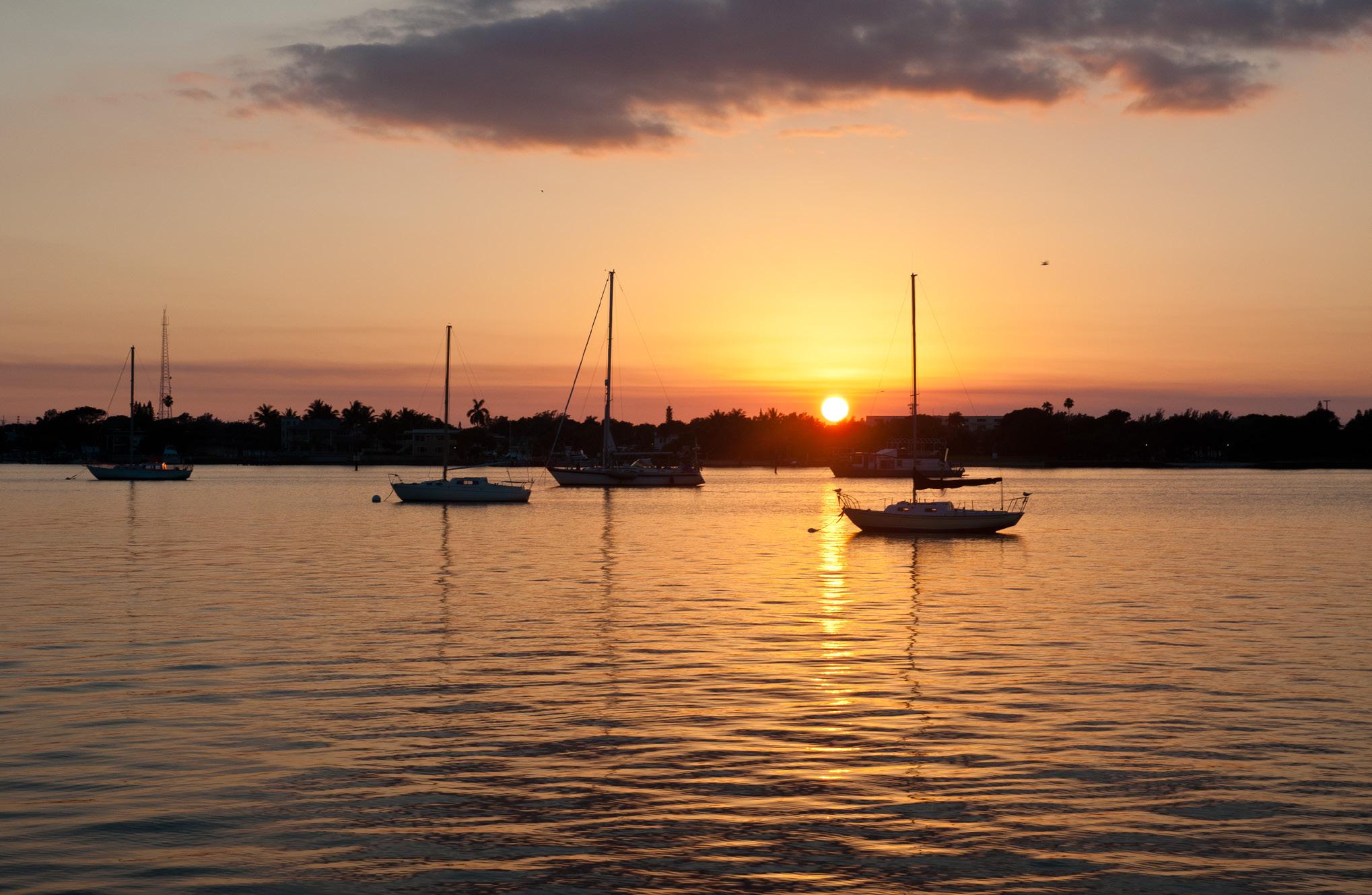



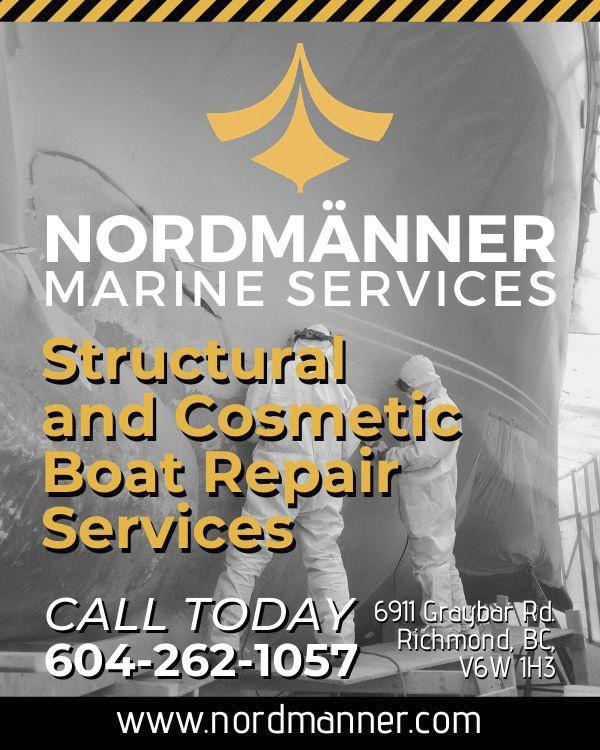


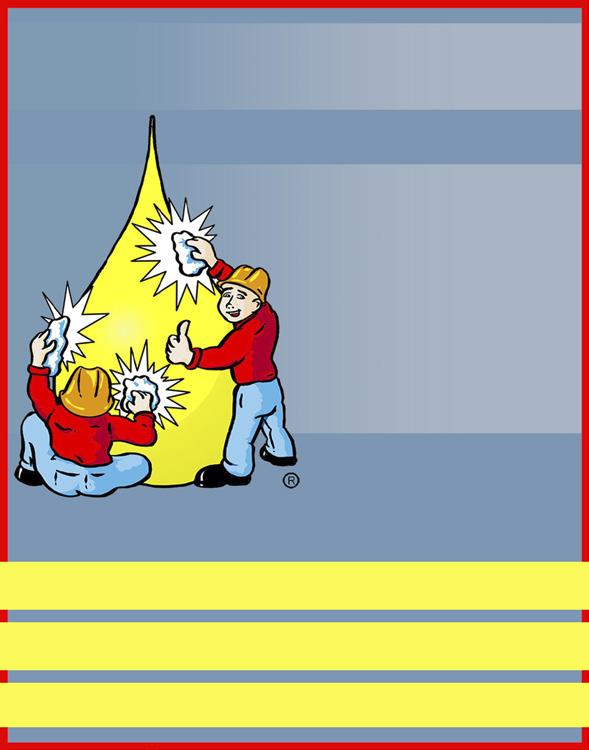

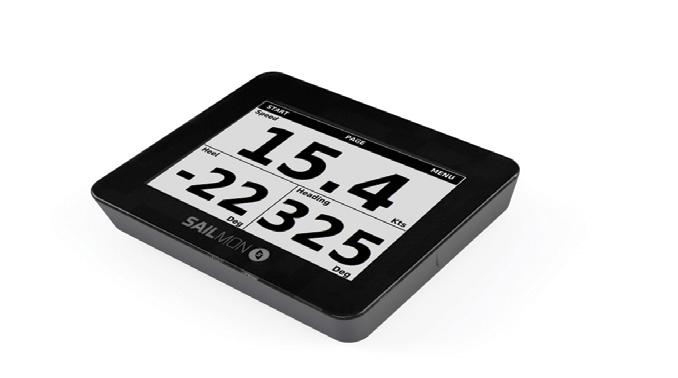

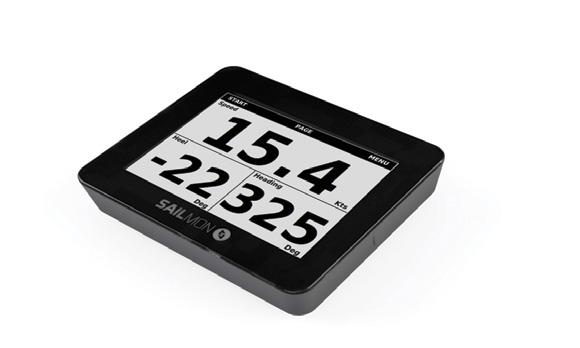
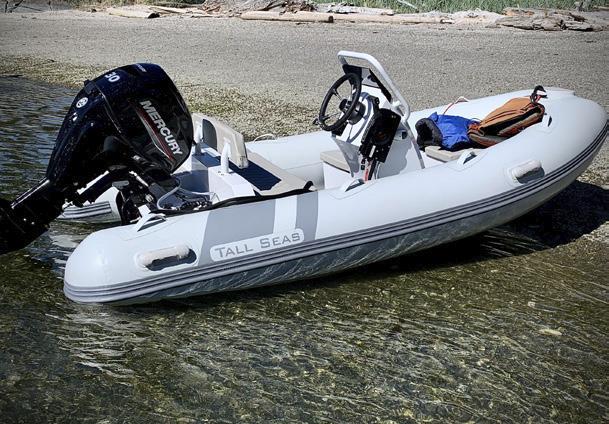
for advertising opportunities | meena mann | 604.559.9052 | meena@pacificyachting.com CAPTAIN’S CHAIR FEATURING BOAT PRODUCTS & SERVICES 150 exclusive listings: www.thunderbirdmarine.com B.C.’s Largest Database of Used Boats Thunderbird yachT sales Thunderbird Marina West Vancouver 604.921.7457 See us online at: PacificYachting.com Your boating community Solar panels that give you the wattage that you need. battery world VaNCoUVer 1749 Boundary Road, Vancouver, BC TEL: 604 473 9500 Toll Free 1 877 588 5965 www.buyabattery.com Specialist in trojan, deep Cycle, lithium and aGM batteries We can supply all your battery and solar needs! Trevor Gibbons | Certified Electrician Cell: 604-338-9920 aseamarine@gmail.com | www.a-seamarine.com A-Sea Marine Electrical Ltd Authorized dealer for tallseasinflatables.ca Tall Seas Inflatables Your one stop inflatable shop Aluminum hull Hypalon boats sales (2-7m range) plus custom orders. All inflatable repairs and service tallseasinflatables@gmail.com (778) 240-2559 JUNE 202 3 - 101
MULTI-FAMILY DEVELOPMENT SITE WITH MARINA - SICAMOUS, BC

High density lakefront dev. Upland parcel 2.55 acres zoned for multi-unit structure. Original plans & permits were taken out for 67 condo units each with marina slip. Remaining from this unbuilt venture is a 62,000 ft2 concrete parking garage with 162 stalls. Foreshore area / marina is on Sicamous Narrows, a busy & popular boating route accessing the Shuswap Lake system. $3,999,000
RICHARD OSBORNE
Personal Real Estate Corporation
604-328-0848 rich@landquest.com
AFFORDABLE, MOVE-IN READY HOME - OCEAN FALLS, BC
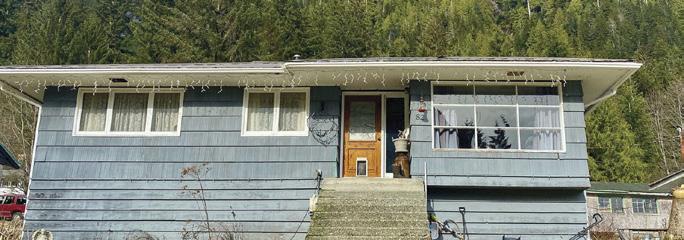
Imagine spending summers enjoying ocean views, world-class fishing, clean air and fresh water in a quaint coastal home. This very affordable, 3 bedroom home in Martin Valley / Ocean Falls is well maintained, furnished and move-in ready. Includes a 26 ft boat with a trailer, a pickup and a backhoe. $250,000
FAWN GUNDERSON
Personal aReal Estate Corporation
250-982-2314 fawn@landquest.com
OFF-GRID RETREAT AND RECREATIONAL OASIS - NELSON ISLAND
The Quarrybbean is a gem on a 2.5 acre lot in a rare bare land strata. There are 250 acres of common land that include 2 lakes and miles of trails. 2 solar powered buildings with 5 bedrooms, 4 bathrooms, decks galore and stunning views. Includes a hillside elevator, large wharf patio and deep-sea moorage. $2,198,000
JAMIE ZROBACK 1-604-483-1605 jamie@landquest.com
JASON ZROBACK 1-604-414-5577 jason@landquest.com
BC LANDPRO GROUP
OCEANFRONT DREAM OSLAND, SMITH ISLAND
Where the Pacific Ocean and Skeena River meet, this waterfront off-grid home overlooks the everchanging ocean and river waters. This 1.07 acre property enjoys 260 feet of oceanfront and 225 feet of riverfront. $549,000
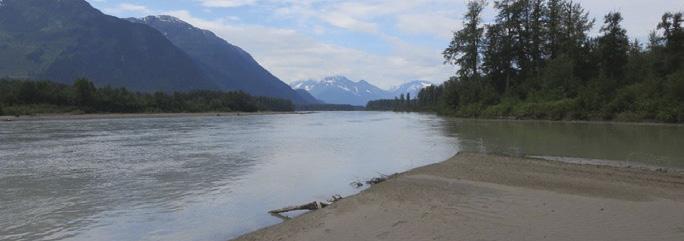
JOHN ARMSTRONG Personal Real Estate Corporation 250-307-2100 john@landquest.com
THE HAVEN - A TRANSFORMATIONAL LEARNING CENTRE - GABRIOLA ISLAND

6.77 acres with 426± ft of low bank walk-on oceanfront. The 16 buildings accommodate up to 120 guests. Long established not-for-profit centre for transformational learning can be enriched and expanded or transformed into a resort, private residence, or your vision. $5,200,000
RICHARD OSBORNE
Personal Real Estate Corporation
604-328-0848 rich@landquest.com
TROPHY WEST COAST OCEANFRONT PROPERTY - GABRIOLA ISLAND
Sprawling 6 acre oceanfront estate on Gabriola Island with 1,400 ft shoreline. 4,105 ft2 West Coast Style home features floor to cathedral ceiling windows with ocean views. Foreshore Lease for dock. 2 other garage / workshops with indoor parking for 20+ cars, RVs, boats. $2,990,000
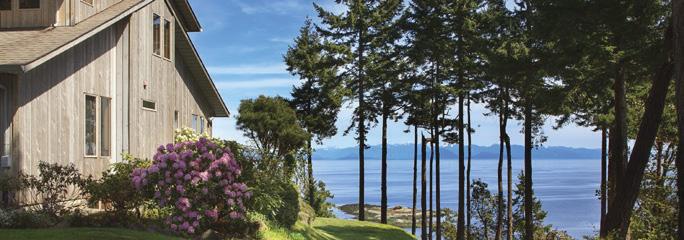
SAM HODSON 604-809-2616
Personal Real Estate Corporation sam@landquest.com
BASECAMP DESOLATION SOUND STRATA LOT 16 OCEAN VIEW
3.5 acre ocean view lot located at the gateway to Desolation Sound, minutes to Lund on Sunshine Coast. Road accessible with power available. No building permit process required. Limited availability with only 2 lots being released in this second phase. $529,000

JASON ZROBACK 1-604-414-5577 jason@landquest.com
JAMIE ZROBACK 1-604-483-1605 jamie@landquest.com
BC LANDPRO GROUP
NECHAKO LODGE - FISHIN’ HUNTIN’ AND LOVIN’ EVERY DAY - KNEWSTUBB LAKE
The Nechako Lodge has 6 guest rooms, a commercial kitchen and a large gathering area. There is also a twobedroom residence, 4 cabins and 6 RV sites. Solar and wind power the property. Includes a foreshore lease with docks, breakwater and boat launch. $795,000

JOHN ARMSTRONG Personal Real Estate Corporation 250-307-2100 john@landquest.com


Very special 2.42 acres, 291 ft east facing oceanfront, incredible sunrises, sunsets bathe the view in splendid light. Beautifully treed with fir, cedar and arbutus, shared well excellent building sites. Communal dock and breakwater, airstrip, swimming pond, miles of roads trails, beaches and island caretaker. $528,000
RICHARD OSBORNE
Personal Real Estate Corporation

604-328-0848 rich@landquest.com
LAKE COWICHAN WATERFRONT YOUBOU, BC
Pristine south facing waterfront home with + 90 ft of beach frontage. 2,100 ft2 home with large windows offering views from every room, a 10 x 20 ft landing followed by a 54 ft aluminum ramp leading to a new 10 x 24 ft private dock. Sit around the fire pit on the beach and enjoy the peaceful tranquility of the lake. $1,950,000
KEVIN KITTMER 250-951-8631 kevin@landquest.com
CUSTOM TIMBER FRAME HOME ON 12 ACRES - DE COURCY ISLAND
12+ acres on De Courcy Island with subdivision potential. Custom built 1,800 ft2 timber frame home completed in 2017. 3 bedrooms, 2 bathrooms plus loft. Partial ocean view. De Courcy Island has an excellent marina and community hall adding to the overall attraction of the island. $768,000
JASON ZROBACK 1-604-414-5577 jason@landquest.com
JAMIE ZROBACK 1-604-483-1605 jamie@landquest.com
BC LANDPRO GROUP
WILDERNESS RIVERFRONT CABIN (CROWN “LEASE”) - TAKU RIVER
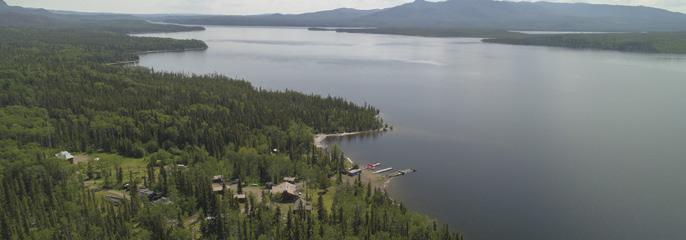
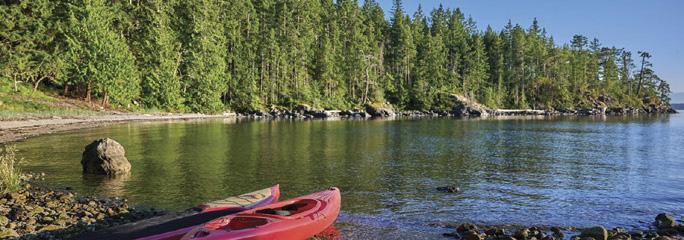
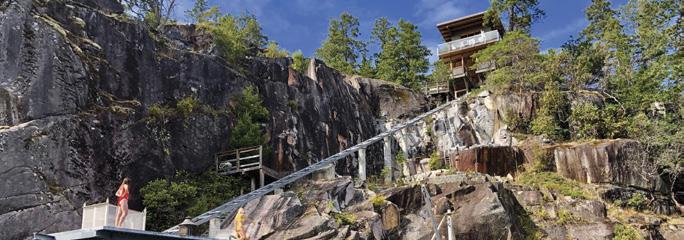

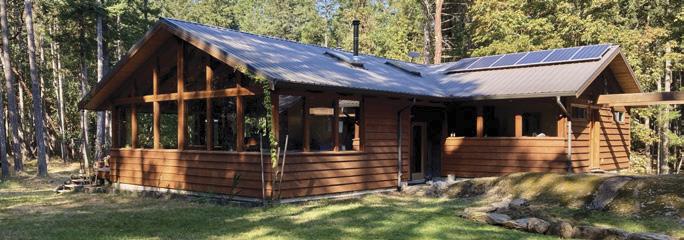
The Call of the Wild! This float plane accessible property is located on a remote island in the Taku River near the Alaskan Panhandle. On the property is a 14 x 16 ft log cabin, washhouse, storage shed and cook house. This is a License of Occupation (Crown Lease). $59,000
MATT CAMERON 250-200-1199 matt@landquest.com
RealEstate 102 - JUNE 2023 ® Marketing British Columbia to the World® www.landquest.com Toll Free 1-866-558-LAND (5263) Phone 604-664-7630 Visit Us
AWESOME SIDNEY ISLAND OCEANFRONT
Ultimate low-bank waterfront recreational getaway at sought after & rarely available Carlson Point! One of the very best properties as the 3 bdrm cottage is perched beyond neighbours, offering great privacy!

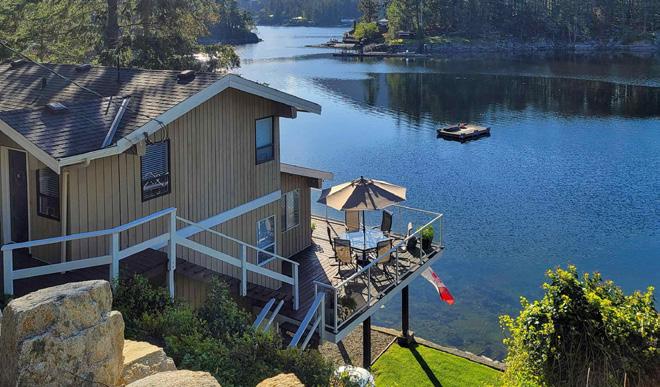
dock. This luxurious home with over 5,000 sq.ft. of living space boasts every imaginable feature. The epitome of comfort & style.
Spectacular 3bed/2bath rancher situation on 0.75 acre oceanfront property with Western exposure, stunning sunsets & great privacy. Sechelt • $2,850,000
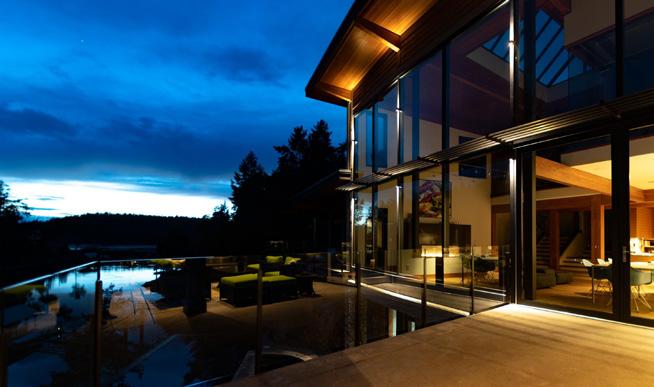
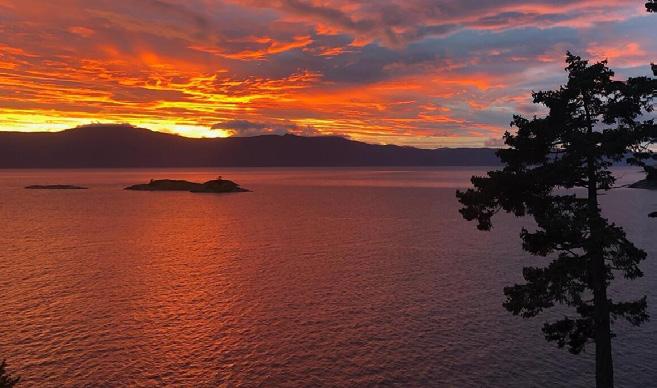

WATERFRONT home in sought after Secret Cove, offering a licensed, private & protected dock for all of your boating needs!
Halfmoon Bay • $2,150,000
Don't miss this custom built, brand new 4bed/4bath home in one of Madeira Park's loveliest & quietest locations, steps to Baker Beach, one of the area's finest! Madeira Park • $1,850,000
Immaculately maintained waterfront home on a quiet cul-de-sac in Halfmoon Bay! Spectacular ocean & island views are front & centre from this lovely
First time on the market, stunning private esplanade lakefront acreage! This is one of the last unobstructed & panoramic lake views & sunshine.
Very private low bank waterfront just mins to Sechelt! Easy access to the pristine beach from this 2,800+ sq.ft. recently reno’d Rancher with level entry access. Sechelt • $2,299,000
Very private low bank waterfront just mins to Sechelt! Easy access to the pristine beach from this
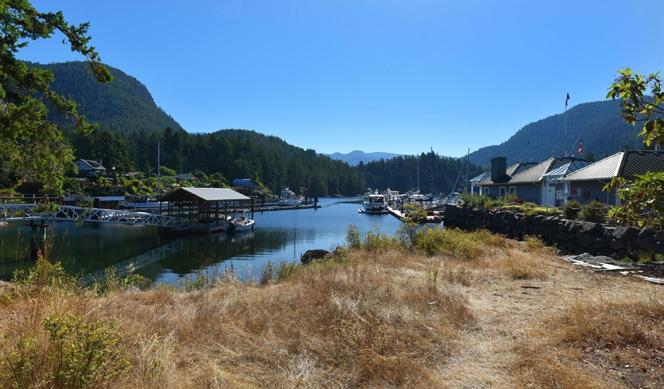
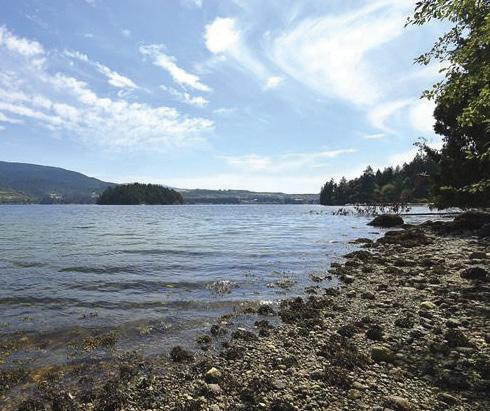

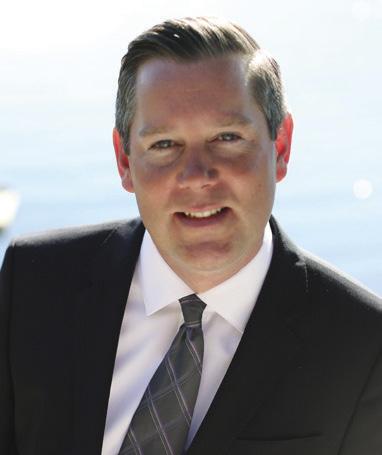
West Coast WATERFRONT retreat - 1.77 acres with beautiful ocean views in a lush forested setting with a brand new, contemporary high end cottage. Garden Bay • $1,190,000
Immaculately maintained waterfront home! This lovely 3bed/2bath West Coast home is bright and sunny and offers spectacular ocean &
Don’t miss this custom built, brand new home in one of Madeira Park’s loveliest & quietest locations, steps to Baker Beach, one of the area’s finest! Madeira Park • $1,795,000
West
home + Carriage House in a fabulous, quiet location. Situated on .74 acre waterfront. Garden Bay • $2,599,000
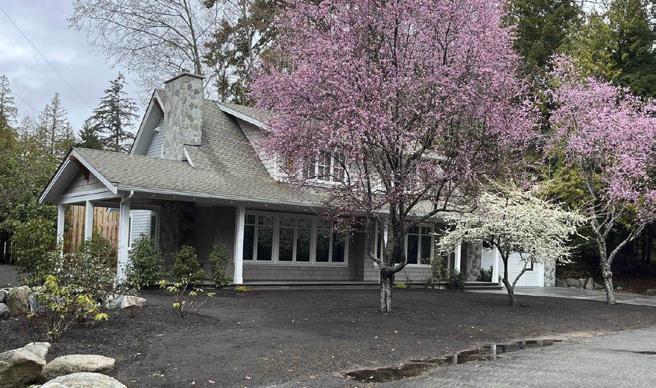
1st time on the market, this spectacular 5+ acre parklike setting at Ruby Lake features 2 separate homes & is the kind of property that sets a new pace the

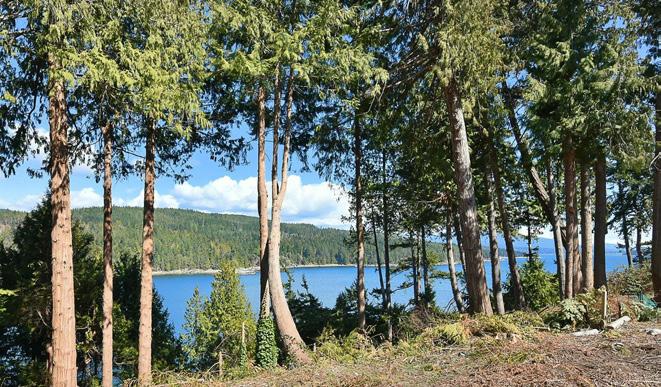
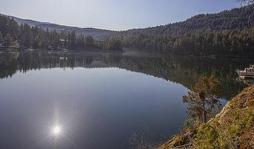
Beautiful ocean views are featured from this “like new” 3 bedroom/2 bath waterfront modular home. Ideally situated to allow for a primary residence in front, on the oceanfront side.
Halfmoon Bay • $1,150,000
kayak, as well as stunning, unobstructed ocean/
RealEstate JUNE 202 3 - 103 Nestled on a 5 acre waterfront parcel, this spectacular custom built home features stunning ocean & island views from nearly every room! $2,650,000 Joel O’Reilly Personal Real Estate Corporations 604.741.1837 | www.oreillyrealestate.ca Halfmoon Bay low-bank waterfront home nestled on 1.8 park like acres with jaw dropping ocean views, perfect SW exposure & year round sunsets. Halfmoon Bay • $3,595,000 This 2.16 acre waterfront property features a super cute low-bank beach cottage with a 50’ licensed foreshore. Sub-dividable. Madeira Park • $1,490,000 NOVEMBER 2022 105 Denise Denise Brynelsen Joel O’Reilly Personal Real Estate Corporations 604.741.1837 | www.brynelsenoreilly.com Great family home with 1 bedroom suite on the lower level. Situated on a level, sunny 1/2 acre & walking distance to the beach, the golf course and more! Great value. 6487 Private low-bank 1 bedroom 4525 Pollock Road Quality-built log home in a classic West Coast park like setting on nearly 2 acres enjoys bright westerly exposure, ocean views & year round sunsets 35 622 Farnham Road bedroom 2nd story apartment is centrally located close to shops. 1450 Sunrise Place One of the last building lots available in this area of fine homes. Ocean views, level building site, corner lot. Gibsons • $359,000 Trophy 18+ acre waterfront property with 1,300’ of ocean frontage, 2 bedroom cottage & 30’ dock on the pristine shores of Sechelt Inlet. 18 West Coast community Garden Adorable 2 bedroom home in Lower Gibsons with designer style & Southern exposure & spectacular ocean views from nearly every room of this “two homes in one” 3,136 sq.ft. residence with suite. Built to last! 6226 South Gale Avenue Renovated esplanade waterfront home with floor to ceiling windows to take in ocean & island views. Suite below. Private 3,230 and 3 guest Halfmoon 4460 Francis Peninsula Road Nearly 3,000 sq.ft. oceanview home in a quiet location, steps to the ocean/hiking & more. Open plan, lots of updates, suite potential. Madeira Park • $587,000 1478 Bright, South Beautifully finished NEW 9752 Secret Road One of a kind contemporary waterfront home with dock on nearly 1 acre. Separate cottage & suites, operating as a successful rental. Magical setting! Secret Cove • $1,750,000 NEW LISTING New custom built low-bank waterfront home with high end finishings throughout. Level entry, open concept, gorgeous vies, easy beach access NEW LISTING 11579 Sunshine Coast Highway Luxurious waterfront estate, 18+ acres with a 10,000 sq.ft. home including indoor pool. Complete & total privacy, spectacular SW ocean views, 8 car garage. Denise Denise Brynelsen Joel O’Reilly Personal Real Estate Corporations 604.741.1837 | www.brynelsenoreilly.com Great family home with 1 bedroom suite on the lower level. Situated on a level, sunny 1/2 acre & walking distance to the beach, the golf course and more! Great value. Private 1 bedroom Quality-built log home in a classic West Coast park like setting on nearly 2 acres enjoys bright westerly exposure, ocean views & year round sunsets bedroom 2nd story apartment is centrally located close to shops. 1450 Sunrise Place One of the last building lots available in this area of fine homes. Ocean views, level building site, corner lot. Gibsons • $359,000 Trophy 18+ acre waterfront property with 1,300’ of ocean frontage, 2 bedroom cottage & 30’ dock on the pristine shores of Sechelt Inlet. West community Adorable 2 bedroom home in Lower Gibsons with designer style & one of the very best ocean views in the area. 5 mins to the ferry. Southern exposure & spectacular ocean views from nearly every room of this “two homes in one” 3,136 sq.ft. residence with suite. Built to last! Renovated esplanade waterfront home with floor to ceiling windows to take in ocean & island views. Suite below. Private and 4460 Francis Peninsula Road Nearly 3,000 sq.ft. oceanview home in a quiet location, steps to the ocean/hiking & more. Open plan, lots of updates, suite potential. Madeira Park • $587,000 Bright, Beautifully NEW 9752 Secret Road One of a kind contemporary waterfront home with dock on nearly 1 acre. Separate cottage & suites, operating as a successful rental. Magical setting! Secret Cove • $1,750,000 NEW LISTING New custom built low-bank waterfront home with high end finishings throughout. Level entry, open concept, gorgeous vies, easy beach access NEW LISTING 11579 Sunshine Coast Highway Luxurious waterfront estate, 18+ acres with a 10,000 sq.ft. home including indoor pool. Complete & total privacy, spectacular SW ocean views, 8 car garage.
Sechelt • $699,000
Coast inspired Architecturally designed waterfront
The ultimate West Coast WATERFRONT retreat - 1.77 acres w/ beautiful ocean views in a lush forested setting with spectacular Douglas Fir, Cedar, Hemlock & Arbutus trees. Garden Bay • $799,000
Esplanade lakefront home with 4bed/3bath, location features unobstructed & panoramic views of Hotel Lake with tons of sunshine. Garden Bay • $1,150,000
Premier waterfront residence w/ a private & licensed
Halfmoon Bay • $5,980,000
6, Noeick River: 178 acres, ocean and riverfront south of Bella Coola, at the mouth of the Noeick River. Potentially harvestable 2nd
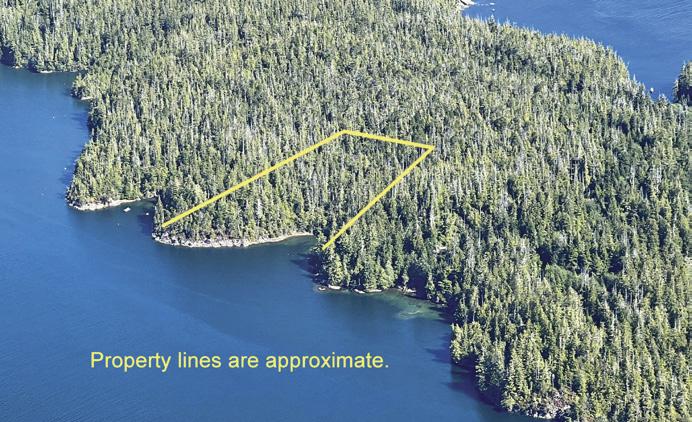



Quadra Island Acreages
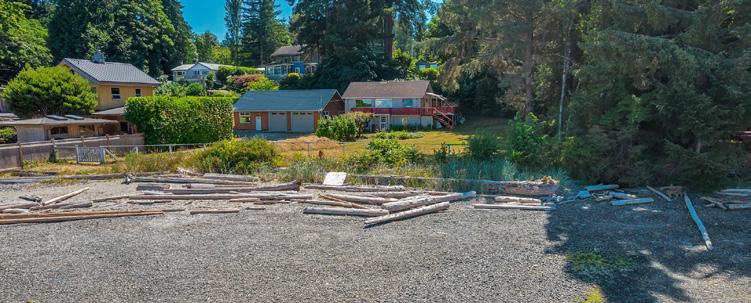
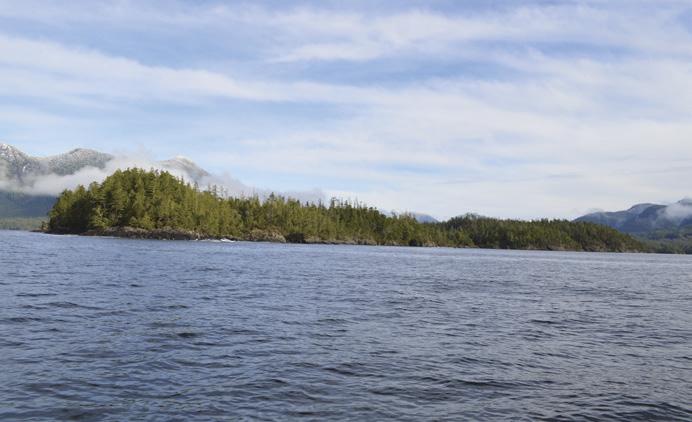

Two 4.9 acre highbank oceanfront lots, offering a private, peaceful island sanctuary away from the hustle and bustle and surrounded by nature. Part of a 77 acre development on the southern shores of Quadra Island subdivided into 7 titles. Standing forest, beautiful
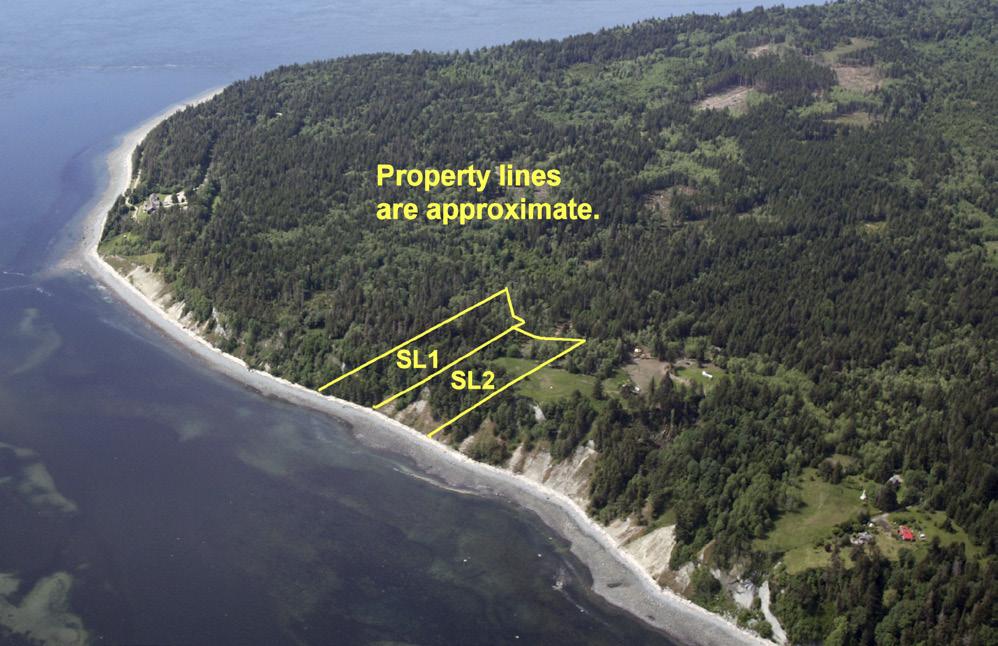
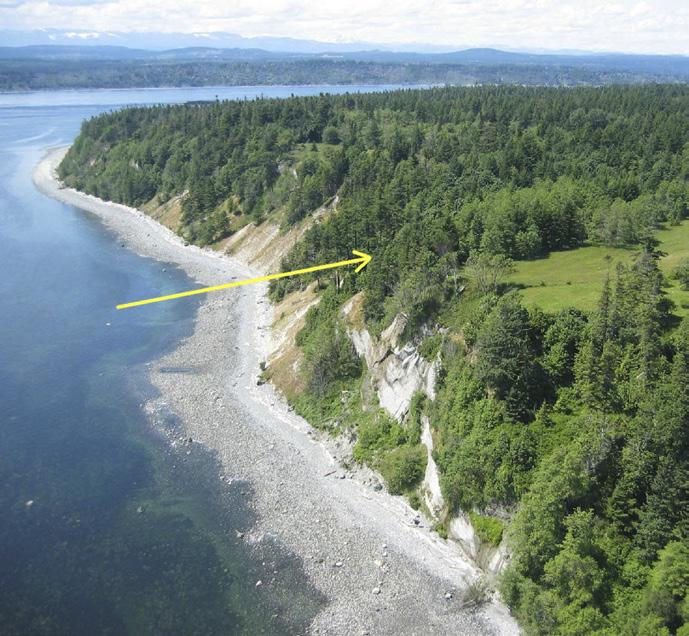

QUADRA ISLAND REAL ESTATE TEAM
Are you ready for island time?
QUADRA ISLAND REAL ESTATE TEAM
QUADRA ISLAND

QUADRA ISLAND REAL ESTATE TEAM







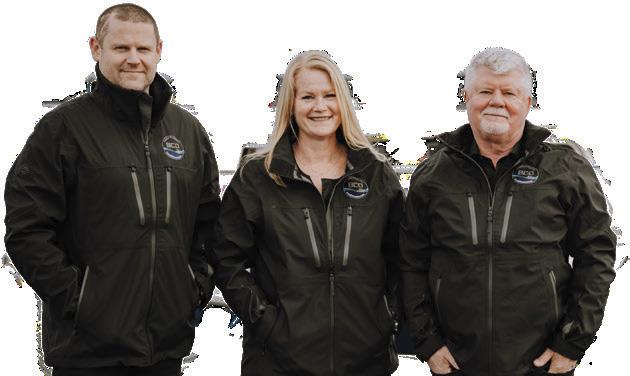
Are you ready for island time?
Are you ready for island time?
PERSONAL REAL ESTATE CORPORATION




Bill Bradshaw
Sarah Bradshaw
AFFORDABLE GRANITE BAY ACREAGE
AFFORDABLE GRANITE BAY ACREAGE
•6.5 acre lot located on northwest corner of Quadra Island•Comes with driveway into property, drilled well and hydro services to property line•In an area with great outdoor recreation: hiking, kayaking, sports fishing•Community wharf and boat ramp minutes away•Located 20 minutes from services in Heriot Bay MLS # 398896 • $139,000
•6.5 acre lot located on northwest corner of Quadra Island•Comes with driveway into property, drilled well and hydro services to property line•In an area with great outdoor recreation: hiking, kayaking, sports fishing•Community wharf and boat ramp minutes away•Located 20 minutes from services in Heriot Bay MLS # 398896 • $139,000
QUATHIASKI COVE OCEANVIEW RANCHER & RENTAL TRAILER
QUATHIASKI COVE OCEANVIEW RANCHER & RENTAL TRAILER
•Great ocean views of Quathiaski Cove and Discovery
AFFORDABLE GRANITE BAY ACREAGE
acre lot located on northwest corner of Quadra Island•Comes with driveway into property, drilled well and hydro services to property line•In an area with great outdoor recreation: hiking, kayaking, sports fishing•Community wharf and boat ramp minutes away•Located 20 minutes from services in Heriot Bay MLS # 398896 • $139,000
914258 New Price! $928,000 MLS# 905800 New Price! $999,000 MLS# 901410 Just Listed! $2,200,000 MLS# 915885
•6.5 acre lot located on northwest corner of Quadra Island•Comes with driveway into property, drilled well and hydro services to property line•In an area with great outdoor recreation: hiking, kayaking, sports fishing•Community wharf and boat ramp minutes away•Located 20 minutes from services in Heriot Bay MLS # 398896 • $139,000
QUATHIASKI COVE OCEANVIEW RANCHER & RENTAL TRAILER
•Great ocean views of Quathiaski Cove and Discovery Passage•Rancher is at foot of 0.41 acre lot next to ferry to Campbell River• Mature shrubs provide lots of privacy along front of home• Up the hill is a 2 bed room trailer currently rented out to long-term tenant
Passage•Rancher is at foot of 0.41 acre lot next to ferry to Campbell River• Mature shrubs provide lots of privacy along front of home• Up the hill is a 2 bed room trailer currently rented out to long-term tenant •Shor t walk from all services in Quathiaski Cove

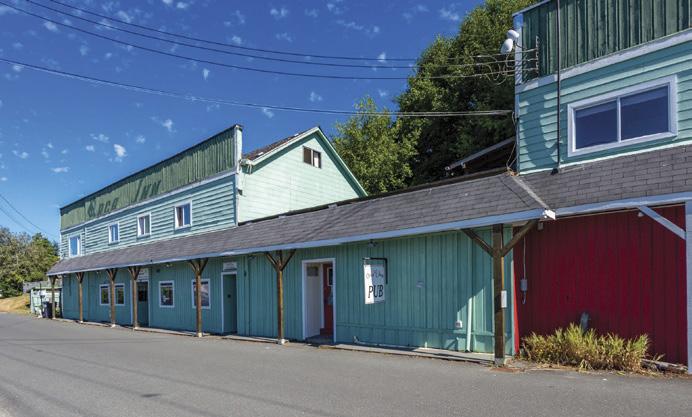

MLS# 398397 • $249,000

•Shor t walk from all services in Quathiaski Cove MLS# 398397 • $249,000
DL364 Whiterock Pass Maurelle Island off-grid home, guest cabin &

billbradshaw@royallepage.ca
sarahbradshaw@royallepage.ca
•Shor t walk from all services in Quathiaski Cove MLS# 398397 • $249,000
of privacy along front of home• Up the hill is a 2 bed room trailer currently rented out to long-term tenant •Shor t walk from all services in Quathiaski Cove MLS# 398397 • $249,000
billbradshaw@royallepage.ca
www.quadrarealestate.ca
sarahbradshaw@royallepage.ca
www.quadrarealestate.ca
billbradshaw@royallepage.ca
sarahbradshaw@royallepage.ca
billbradshaw@royallepage.ca | sarahbradshaw@royallepage.ca
www.quadrarealestate.ca
www.quadrarealestate.ca

RealEstate 104 - JUNE 2023 www. BC Ocean front.com 1-888-286-1932 DL 6, Noeick River: 178
ocean and riverfront
of Bella Coola, at the mouth of the Noeick River Potentially harvestable 2nd Orca Inn, Alert Bay: Inn and restaurant/pub with lots of potential! Commercial kitchen, 3 rental units plus self-contained manager’s private island in Esperanza Ed Handja Personal Real Estate Corporation 250.287.0011 edhandja@bcoceanfront.com Shelley McKay Personal Real Estate Corporation 250.830.4435 shelleymckay@bcoceanfront.com The BC Oceanfront Real Estate Team Greg du Cloux www. BC Ocean front.com 1-888-286-1932 It’s a coastal lifestyle...Live it! DL
Orca Inn,
private island in Esperanza $1,790,000
acres,
south
Alert Bay: Inn and restaurant/pub with lots of potential! Commercial kitchen, 3 rental units plus self-contained manager’s
valley ravine
secluded beach. SL1: $698,000 SL2: $722,000 billbradshaw@royallepage.ca | sarahbradshaw@royallepage.ca www.quadrarealestate.ca AFFORDABLE GRANITE BAY ACREAGE QUATHIASKI COVE OCEANVIEW RANCHER & RENTAL TRAILER billbradshaw@royallepage.ca sarahbradshaw@royallepage.ca www.quadrarealestate.ca •6.5
pastoral land, a
and a
PERSONAL REAL ESTATE CORPORATION Sarah Bradshaw TOLL FREE
REAL ESTATE CORPORATION
Bradshaw TOLL FREE LOCAL
Bradshaw PERSONAL REAL ESTATE CORPORATION QUADRA ISLAND REAL ESTATE TEAM TOLL FREE 250.285.3293
PERSONAL
Sarah
Bill
DL364 Whiterock Pass guest cabin & workshop situated on a 22 acre oceanfront property! Incredible views across Whiterock Pass to Read Island and a newer commercial grade wharf.
Quadra Island oceanfront rancher & two guest cabins on 2.3 acres, overlooking Sutil Channel on the east side of the island!
beyond to the mainland mountains! 675 Cove Cres. Brand new built Quathiaski Cove home! This 1,440 sq ft two level turnkey home was constructed by reputable local builders, J Toelle Construction Ltd. 1550 Schooner Rd. Commercial property in the heart of Heriot Bay! Heriot Bay acreage! This 11.29 acre property has preliminary approval in place for a 3 lot subdivision & is in a great walkable location in Heriot Bay on Quadra Island. New Price! $668,000 MLS# 900495 New Listing! $669,000 MLS#
681 Bull Rd. Oceanfront family home in the heart of Heriot Bay with 150 feet of walk on ocean frontage & views across Heriot Bay to Open Bay &
REAL ESTATE CORPORATION
PERSONAL
ISLAND REAL ESTATE TEAM
Bill
PERSONAL
ESTATE
Sarah
TOLL
LOCAL
250.285.3293
PERSONAL REAL ESTATE
Sarah Bradshaw
QUADRA
Are you ready for island time?
Bradshaw
REAL
CORPORATION
Bradshaw
FREE
1.877.735.3292
Bill Bradshaw
CORPORATION
TOLL FREE 1.877.735.3293 | LOCAL 250.285.3293
workshop situated on a 22 acre oceanfront property! Incredible views across Whiterock Pass to Read Island and a newer commercial grade wharf. 1010 Topcliffe Rd Quadra Island oceanfront rancher & two guest cabins on 2.3 acres, overlooking Sutil Channel on the east side of the island! 681 Bull Rd. Oceanfront family home in the heart of Heriot Bay with 150 feet of walk on ocean frontage & views across Heriot Bay to Open Bay & beyond to the mainland mountains! 675 Cove Cres. Brand new built Quathiaski Cove home! This 1,440 sq ft two level turnkey home was constructed by reputable local builders, J Toelle Construction Ltd. 1550 Schooner Rd. Commercial property in the heart of Heriot Bay! Are you ready fortime?island DL24 Schooner Rd. Heriot Bay acreage! This 11.29 acre property has preliminary approval in place for a 3 lot subdivision & is in a great walkable location in Heriot Bay on Quadra Island. New Price! $668,000 MLS# 900495 New Listing! $669,000 MLS# 914258 $859,000 MLS# 907823/907788 New Price! $928,000 MLS# 905800 New Price! $999,000 MLS# 901410 Just Listed! $2,200,000 MLS# 915885
Heriot
Rd
and services! $590,000$399,000 *New Price* MLS# 918881 $590,000 681
Rd
$999,000 MLS# 922833 652 Fox Rd
Island custom built home on 10 acres, featuring ocean views across Sutil Channel to Marina Island, Cortes Island and the Mainland Mountain Range beyond! $590,000 $1,549,000 MLS# 923218
695
Bay
Quathiaski Cove home on 0.40 acres located a short walk from shops
Bull
Oceanfront home in the heart of Heriot Bay with 150 feet of walk on ocean frontage & views across Heriot Bay to Open Bay & beyond to the mainland mountains!
Quadra
$590,000$799,000 MLS# 907823/907788
1550 Schooner Rd Commercial property in the heart of Heriot Bay!
740 SEA D RIVE , CE N TRAL SAA N ICH , BC V8
B O ATER S and L ov ers o f t h e S ea y ou w i l l de l ig h t in t h is O CEANF R ONT r et r eat designed wit h w all s of gl a s s on th r ee l e v e ls t o p r o vide SPEC TA CULAR Top of t he World VIEW S , scarlet SUNSETS and a n e v e r - c han g in g Vis t a of w i l d l i f e and SA IL S ! Co m e t o t h e w est side whe r e w ar m Bea c he s , But c ha r t G a r dens Fi r e w or k s , c r a b , and p r awn shin g a r e natu r e ’ s g ift - T he r en o wned B r ent w ood B a y L od g e , Blue ’ s B a y ou r es t au r ant , co n v enient Mi l l B a y F er r y & m u c h m o r e combine with 3,750 SF of CUS TO M -
in g Vis t a of w i l d l i f e and SA IL S ! Co m e t o t h e w est side whe r e w ar m Bea c he s , But c ha r t
G a r dens Fi r e w or k s c r a b and p r awn shin g a r e natu r e ’ s g ift - T he r en o wned B r ent w ood B a y L od g e
y ou w i l l de l ig h t in t h is O CEANF R ONT r et r eat , designed wit h w all s of gl a s s on th r ee l e v e ls t o p r o vide SPEC TA CULAR Top of t he World VIEW S , scarlet SUNSETS and a n e v e r - c han g in g Vis t a of w i l d l i f e and SA IL S ! Co m e t o t h e w est side whe r e w ar m Bea c he s But c ha r t G a r dens Fi r e w or k s , c r a b , and p r awn shin g a r e natu r e ’ s g ift - T he r en o wned B r ent w ood B a y L od g e , Blue ’ s B a y ou r es t au r ant , co n v enient Mi l l B a y F er r y & m u c h m o r e combine with 3,750 SF of CUS TO M -


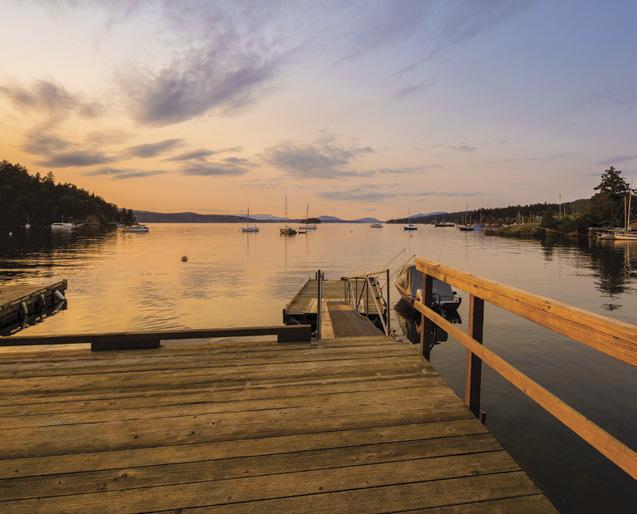
B UI LT Livin g NEW LE G A L M OD ERN 1- B ED R OO M sui t e wit h b ountiful Ocean Vi e w s c r af t ed wit h al l ameni t ie s in m ind , t o g ua r an t ee y our friend s and f a m ily will deli g ht in vi s itin g . An abundanc e of accom m odation in c l uding a n e w r oo f, natu r al gas run t o the p r ope r t y, and 105 ft of O cea n f r on t a g e ov er l ookin g B RENT W OO D B AY, PLU S a pri v a t e DEEP- WATER DOCK WITH Gene r al F o r e s ho r e Licence is a r a r e G e m indeed! I m a g ine t y in g up a Boat f r o m y our v e r y o wn do c k , comp l e t e wit h f r es h w a t er and p o w e r Boo k soon f or S E A d r ea m s co m e true! L IS T
Blue ’ s B a y ou r es t au r ant , co n v enient Mi l l B a y F er r y & m u c h m o r e combine with 3,750 SF of CUS TO MB UI LT Livin g NEW LE G A L M OD ERN 1- B ED R OO M sui t e wit h b ountiful Ocean Vi e w s , c r af t ed wit h al l ameni t ie s in m ind , t o g ua r an t ee y our friend s and f a m ily will deli g ht in vi s itin g An abundanc e of accom m odation in c l uding a n e w r oo f, natu r al gas run t o the p r ope r t y, and 105 ft of O cea n f r on t a g e ov er l ookin g B RENT W OO D B AY PLU S a pri v a t e DEEP- WATER DOCK WITH Gene r al F o r e s ho r e Licence is a r a r e G e m indeed! I m a g ine t y in g up a Boat f r o m y our v e r y o wn do c k , comp l e t e wit h f r es h w a t er and p o w e r Boo k soon f or S E A d r ea m s co m e true! L IS T ED AT $ 3, 450 , 000 ML S ® 91330 3 $3,375,000 MLS 925002
B UI LT Livin g NEW LE G A L M OD ERN 1- B ED R OO M sui t e wit h b ountiful Ocean Vi e w s , c r af t ed wit h al l ameni t ie s in m ind , t o g ua r an t ee y our friend s and f a m ily will deli g ht in vi s itin g An abundanc e of accom m odation in c l uding a n e w r oo f, natu r al gas run t o the p r ope r t y, and 105 ft of O cea n on t a g e ov er l ookin g B RENT W OO D B AY, PLU S a pri v a t e DEEP- WATER DOCK WITH Gene r al F o r e s ho r e Licence is a r a r e G e m indeed! I m a g ine t y in g up a Boat f r o m y our v e r y o wn do c k , comp l e t e wit h f r es h w a t er and p o w e r Boo k soon f or S
6489
ca

m s co m e true! L IS T ED AT $ 3, 450 , 000 ML S ® 91330 3




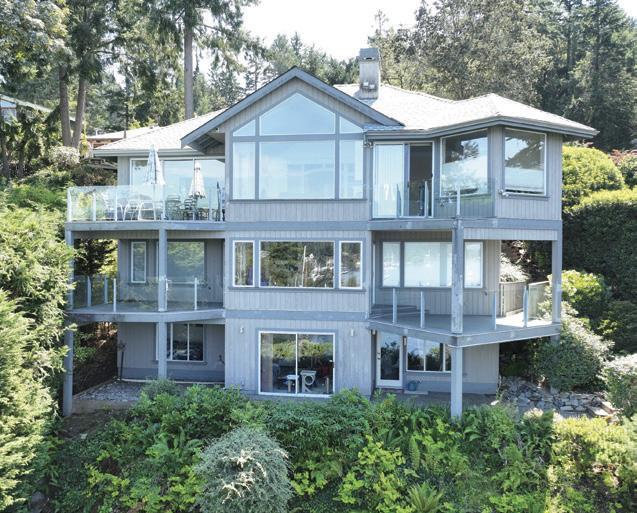

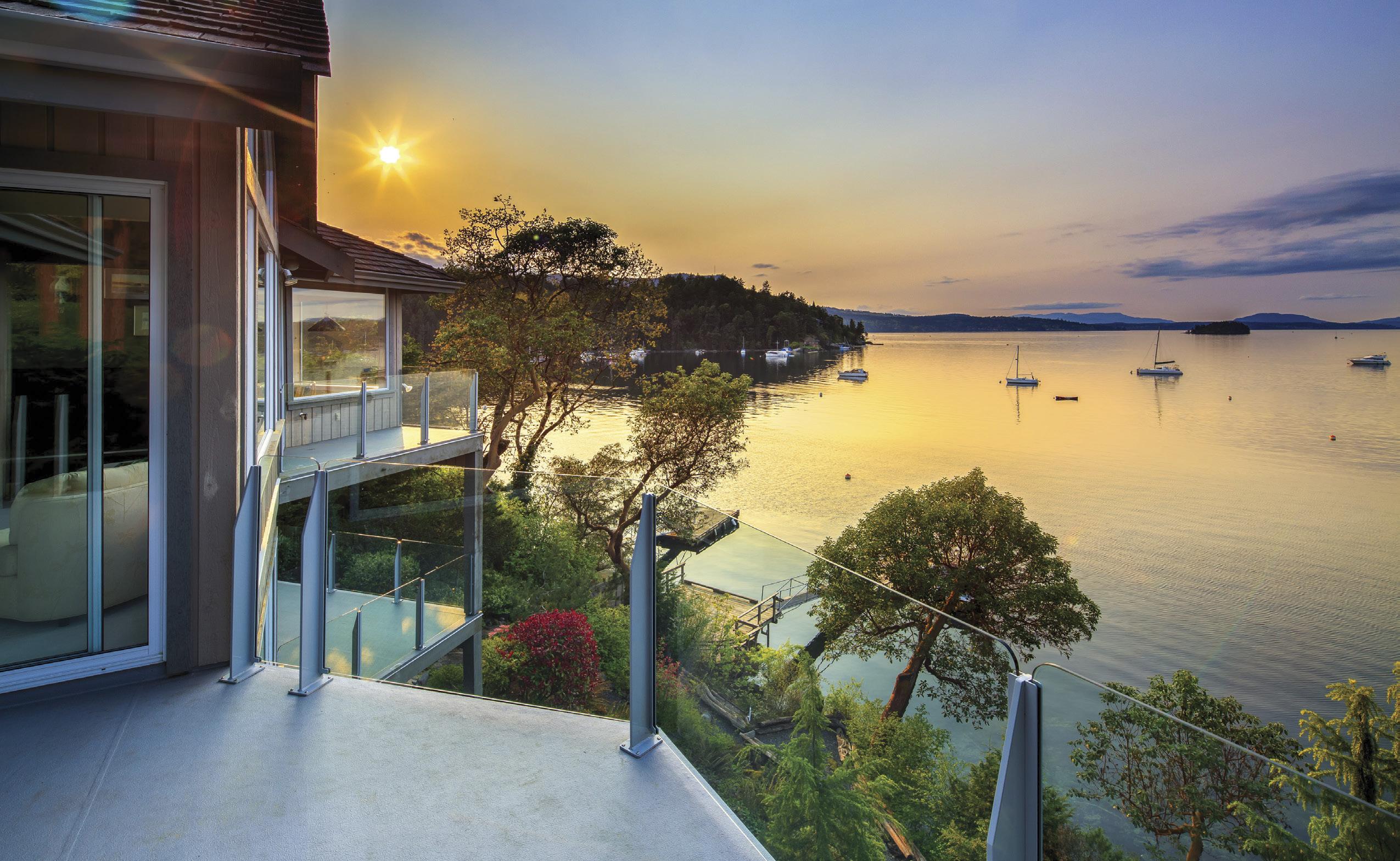
RealEstate JUNE 202 3 - 105 .818 6489 marilyn@marilynball.ca w.marilynball ca arilyn Ball A L T O R ® .818 6489 marilyn@marilynball ca w.marilynball.ca ari A L T O R ® presents Uninterrupted Views, S CARLET SU N SET S A N D A N Ever-changing Vista OF W IL D LI F E A N D SAI L S !
M 1B 1
,
S
91330 3 .818.6489 marilyn@marilynball ca w.marilynball ca arilyn Ball A L T O R ® presents 250.818 6489 marilyn@marilynball.ca www.marilynball ca Marilyn Ball RE A L T O R ® presents Uninterrupted Views, S CARLET SU N SET S A N D A N Ever-changing Vista OF W IL D LI F E A N D SAI L S ! 740 SEA D RIVE , CE N TRAL SAA N ICH , BC V8 M 1B 1 B O ATER S , and L ov ers
ED AT $ 3, 450
000 ML
®
o f t h e S ea ,
d
ea
E A
r
presents
A L T O R
presents Uninterrupted Views, S CARLET SU N SET S A N D A N Ever-changing Vista OF W IL D LI F E A N D SAI L S !
SEA D RIVE , CE N TRAL SAA N ICH , BC V8 M 1B 1 B O ATER S , and L ov ers o f t h e S ea , y ou w i l l de l ig h t in t h is O CEANF R ONT r et r eat , designed wit h w all s of gl a s s on th r ee l e v e ls t o p r o vide SPEC TA CULAR Top of
he World VIEW S
scarlet SUNSETS and
e v e
- c han g
250.818
marilyn@marilynball
www.marilynball.ca Marilyn Ball RE A L T O R ®
250.818.6489 marilyn@marilynball ca www.marilynball ca Marilyn Ball RE
®
740
t
,
a n
r
Tranquil Oceanfront Retreat with Deep Water Moorage!
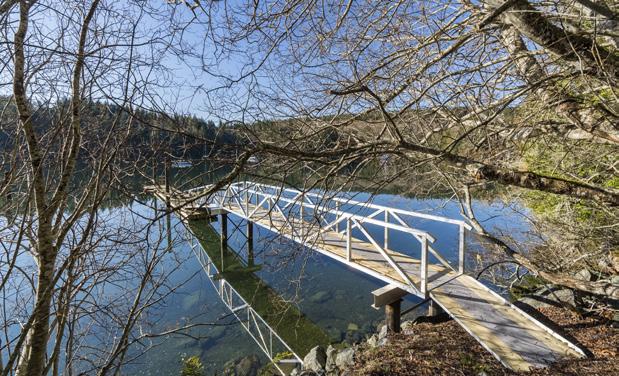
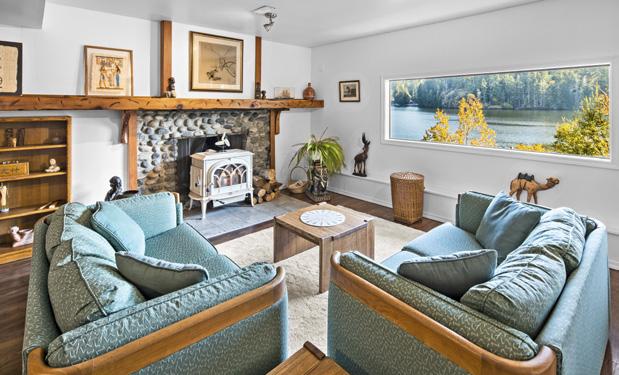
Idyllically set in a private two acres with just shy of 230 feet of sheltered ocean frontage, this rare south-facing waterfront home, built in the 1970s, has been extensively updated with new windows, eco-vinyl flooring throughout the principal rooms, updated kitchen with quality cabinetry and quartz countertops and much more. The Primary Bedroom and ensuite are conveniently located on the main floor, and there are 3 additional bedrooms upstairs and loads of storage. The walkout basement features a spacious family room with cozy fireplace and additional storage. With views from all three levels overlooking the serene, sheltered waters of Anderson Cove the property features a NEW sun-drenched dock with “All Weather Safe”, deep moorage and easy access to Juan de Fuca Strait. Generous foreshore assignment allows for further dock extension. Bring your kayaks, paddle boards and your yachts to enjoy a uniquely Westcoast lifestyle.
Price: $2,000,000 CAD
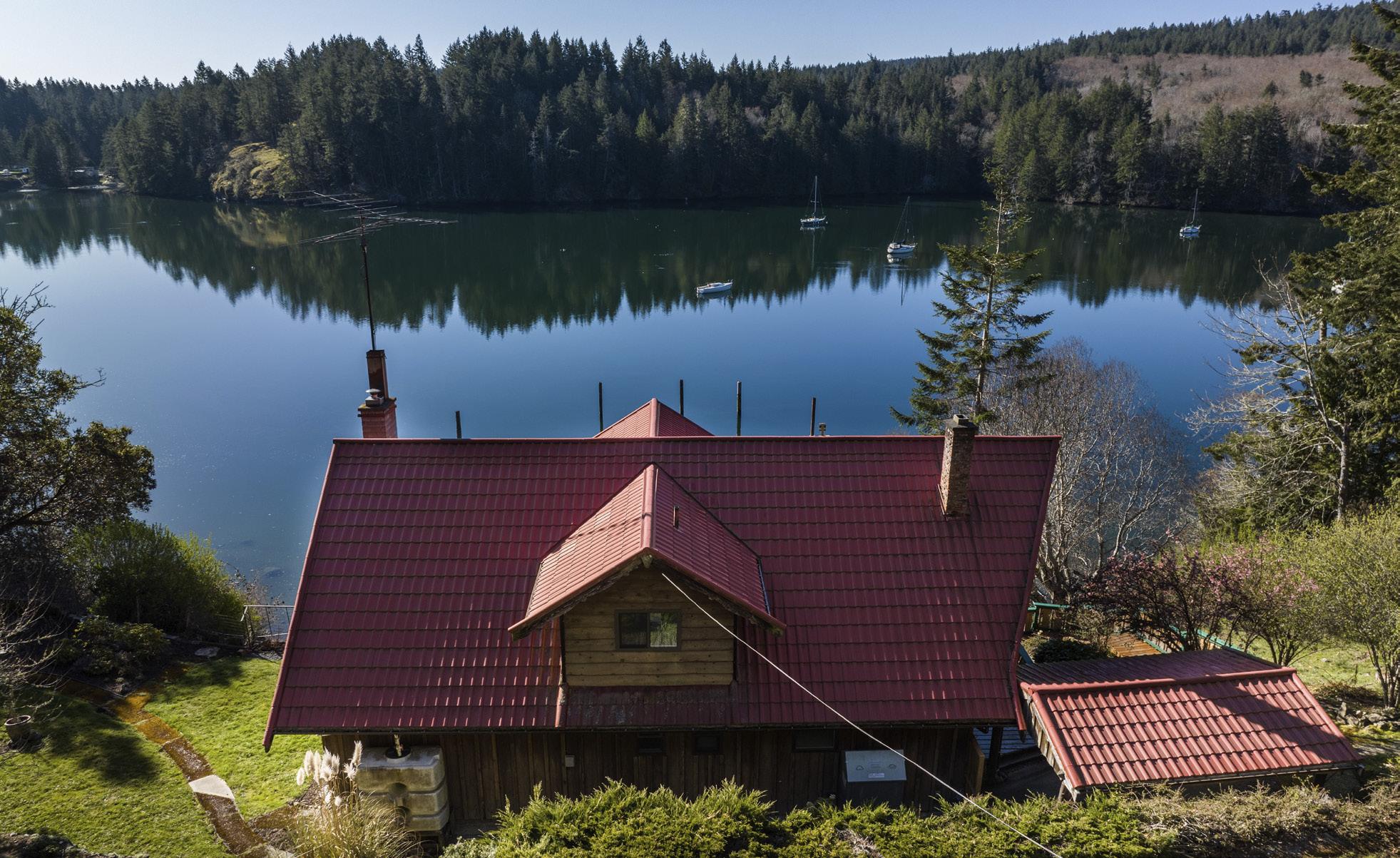
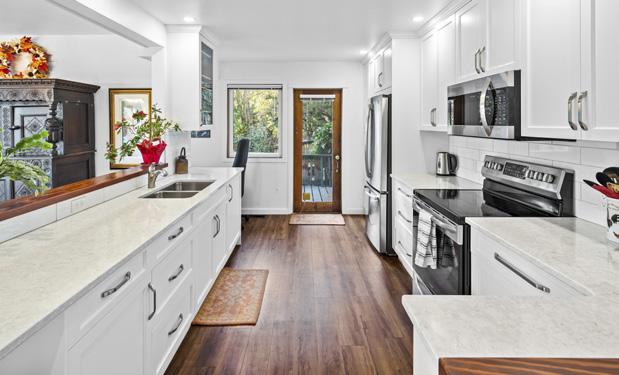





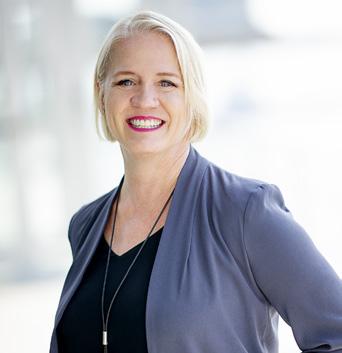
RealEstate 106 - JUNE 2023 PERSONAL REAL ESTATE CORPORATION | SALES REPRESENTATIVE C: 250-588-2852 | O: 250-477-1100 | tara@ tarahearn.com | tara-hearn.c21.ca 2558 Sinclair Road, Victoria, BC V8N 1B8
5805 Anderson Cove, Sooke, BC
2 Acres | 229 Feet of Ocean Frontage | Deep Water Dock | 4 Bed & 3 Bath House | Workshop
10 Acre Legacy Property, Saunders Island, Bella Bella, BC


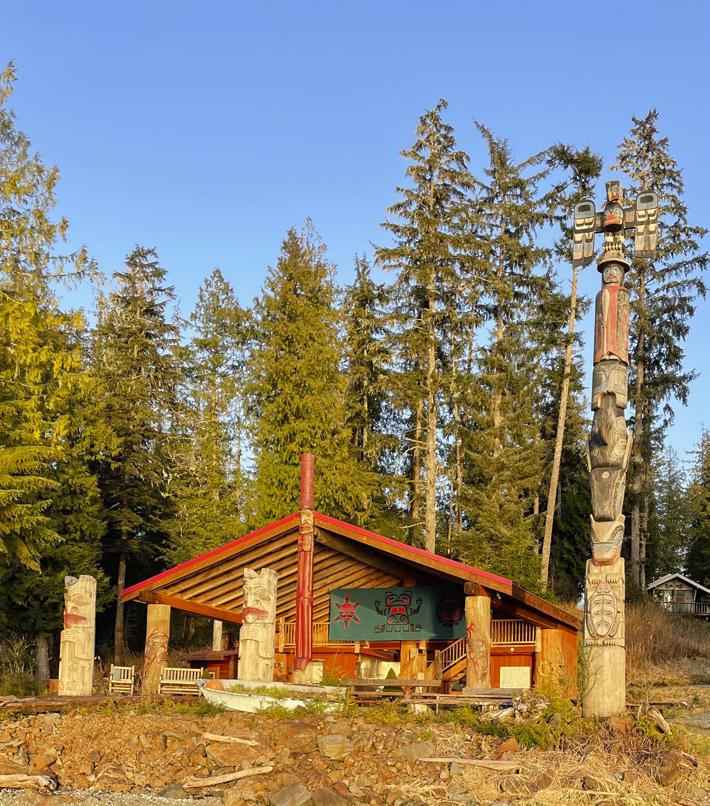
Private retreat in the heart of the Great Bear Rainforest. On the Inside Passage, minutes from daily flights to Vancouver & BC Ferry to Port Hardy or Prince Rupert. Waterfront residence, bighouse with commercial kitchen, 2 guest cabins, hilltop lodge, steward’s cabin and outbuildings, ample fresh water, 1.4 km of well-established roads, 200’ dock space, off grid solar, diesel backup, all furnishings and maintenance equipment included. $4,400,000 Email: saunders.island.mgt@gmail.com www.oceantribecharters.com
SUBSCRIBE &

SALT SPRING ISLAND
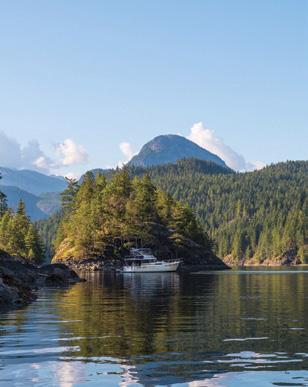
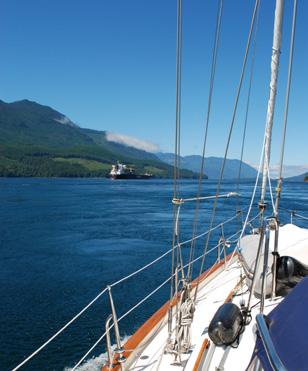

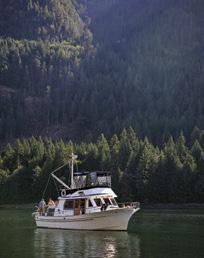
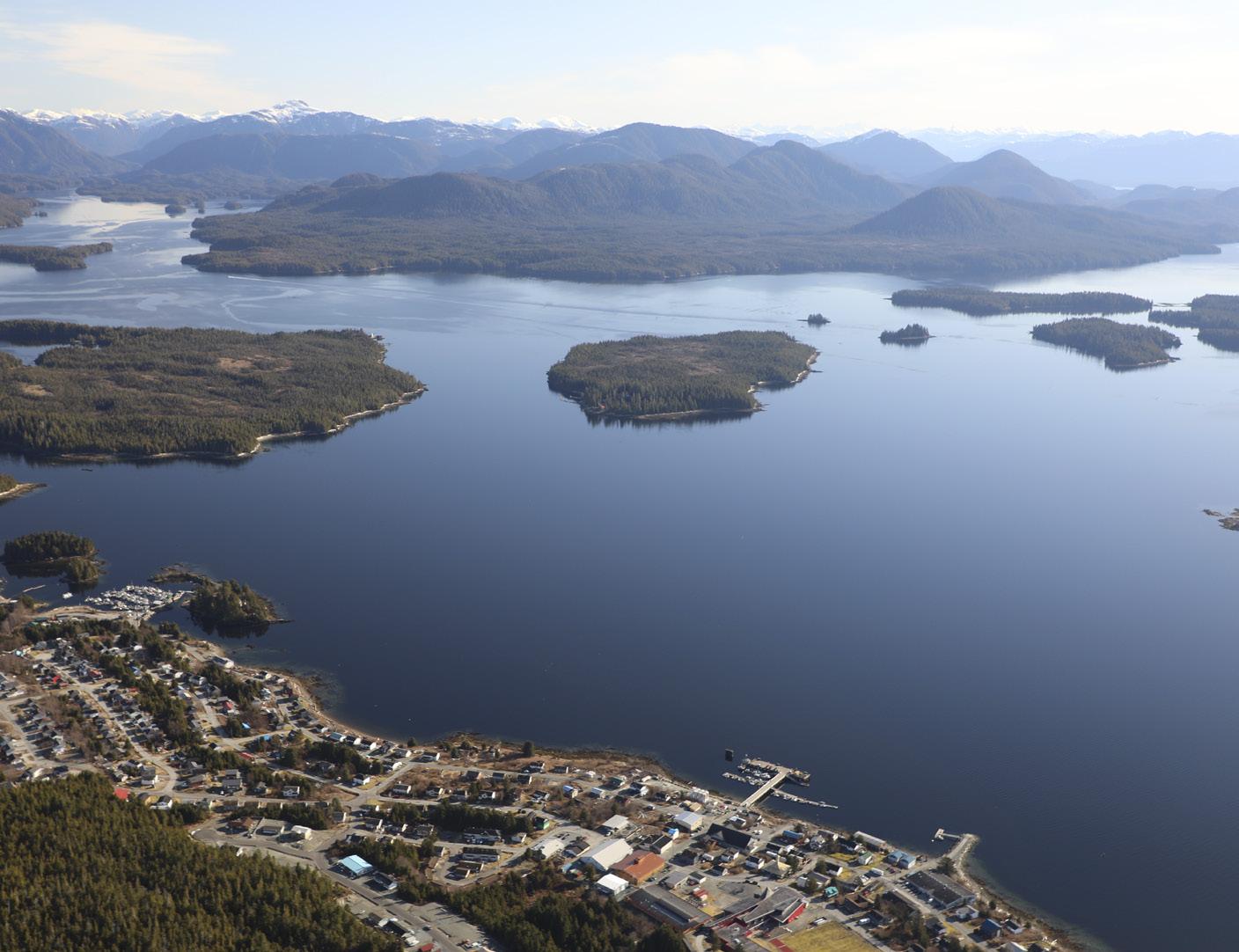
VALUE PACKED OCEANFRONT WITH MOORAGE $1,799,000
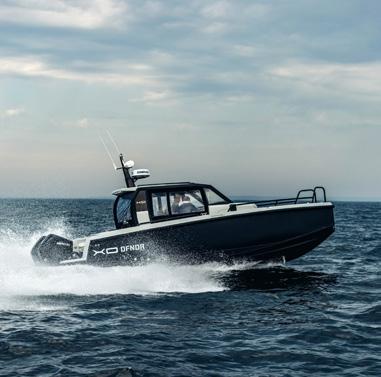
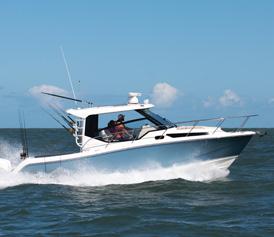

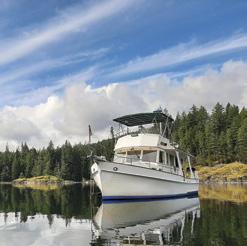
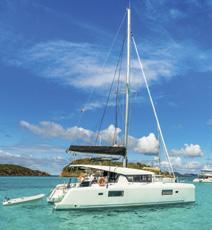
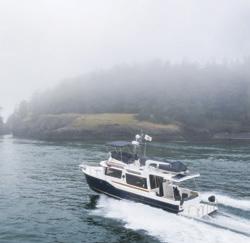
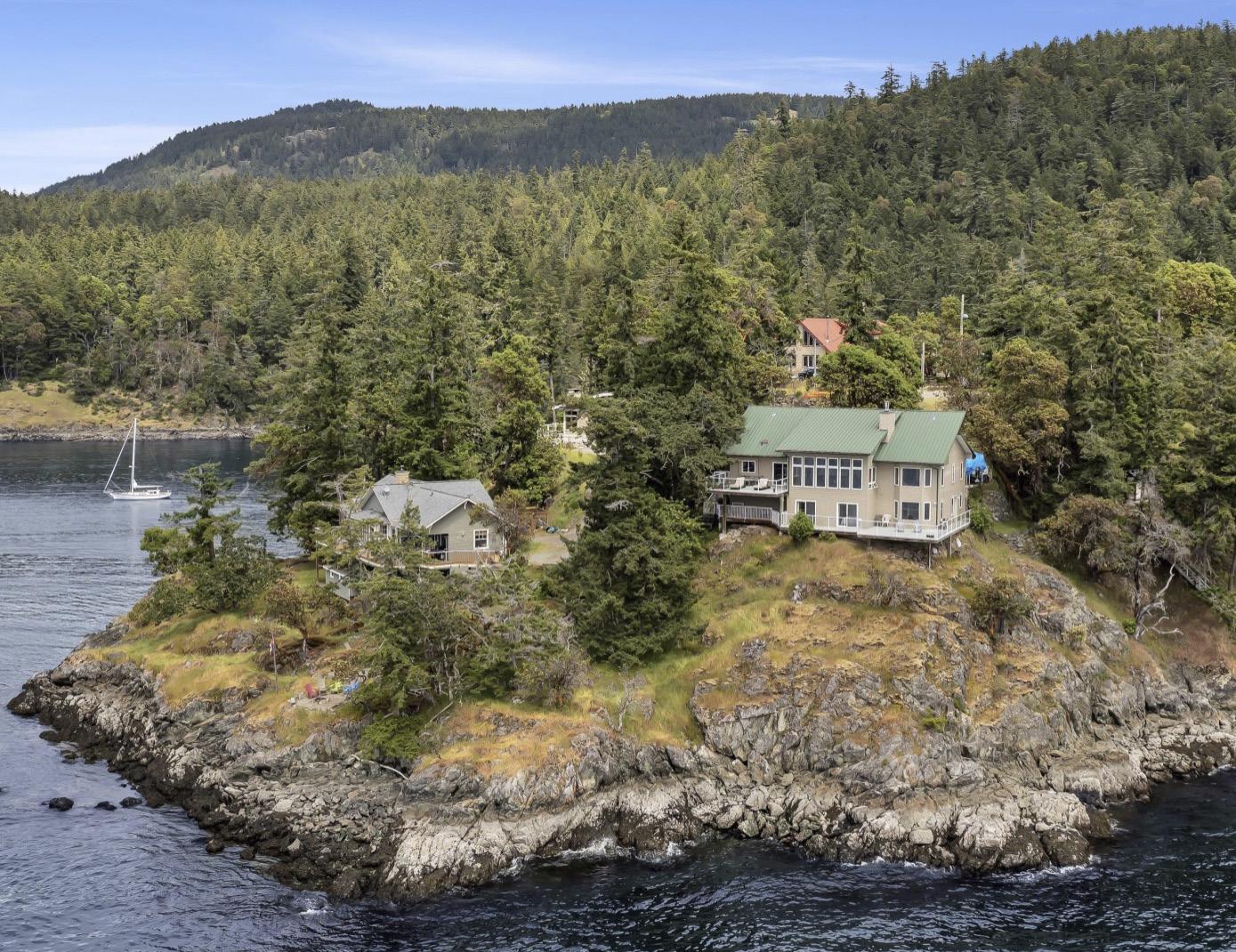
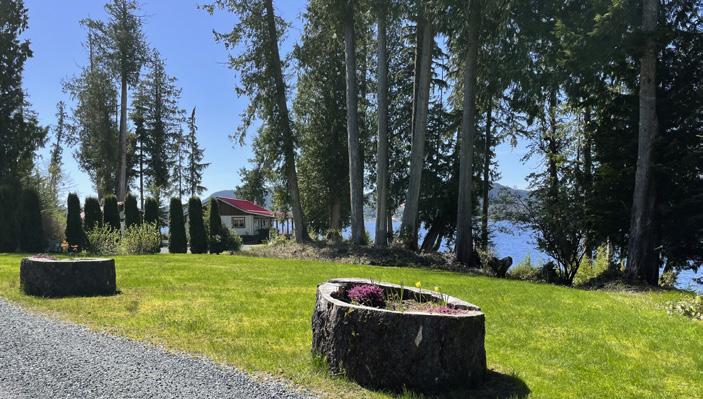
Custom design 2,800 sq. ft. 3 bed, 3 bath home with 1,800 sq. ft. no step main floor, lower floor 2 bedroom self-contained guest suite, 250 feet of ocean frontage, South West exposure, private, 180 degree views, sunsets, open floor plan, vaulted ceilings, granite counters and Bird’s Eye maple cabinetry.
MIKE HARDY 250-537-6445 mhardy@saltspringislandrealty.com









RealEstate JUNE 202 3 - 107
PEMBERTONHOLMESSALTSPRING.COM
SAVE TRAWLERS Tsehum Harbour Cruise Aboard Coastal Supply Ship COMMAND BRIDGE SAFETY & SURVIVAL STORMPROOF ANCHORING AIS VS. RADAR COMPLETE SOOKE HARBOUR TALES ANCHOR LIKE PRO MARINE ELECTRONICS SPECIAL PUGET SOUND GUNKHOLES JOHNSTONE STRAIT CHINOOK REGS EXPLAINED ANCHORAGES SEEKING SOLITUDE ECO ISSUE SPECIES AT RISK Monday Anchorage The Future of Lakebay Marina 8 TIPS SINCE 1968 FROM A LONG NIGHT ON ANCHOR XO DFNDR 9 JOYSTICK STEERING WHAT YOU NEED TO KNOW HEAVY AIR SAILING BANANAS AND BAD LUCK! BOATING SUPERSTITIONS 12 ISSUES FOR JUST ORDER ONLINE WWW.PACIFICYACHTING.COM OR CALL 1-800-663-7611 $48 ONE YEAR SUBSCRIPTION DIGITAL PLATFORMS ALSO AVAILABLE
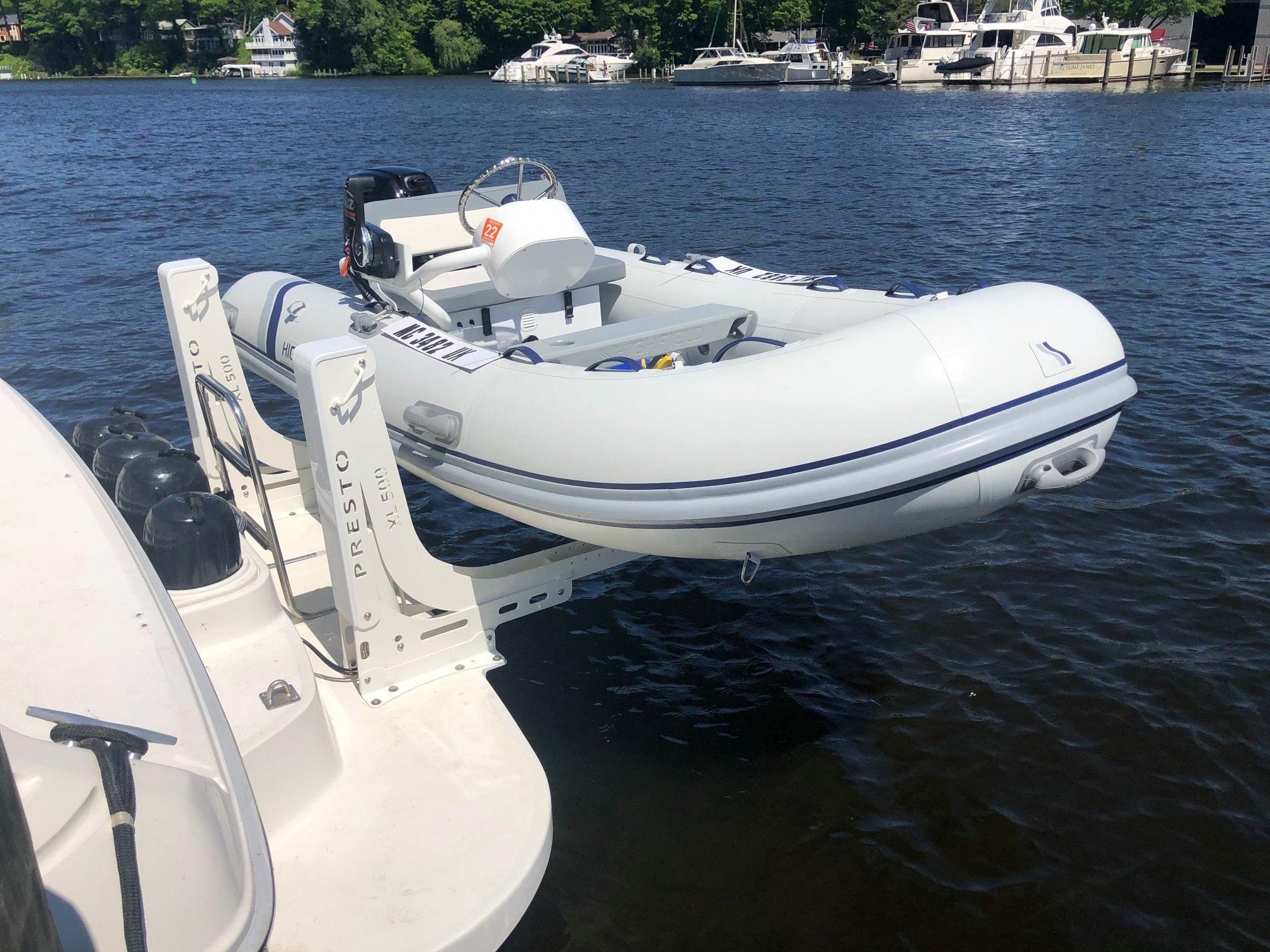

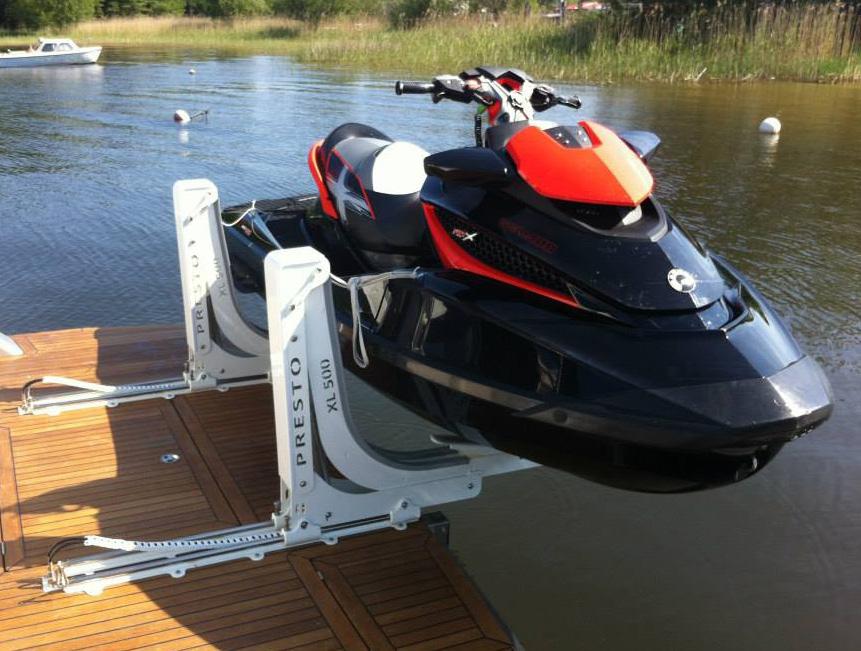



Classifieds 778.716.0456 support@prestomarine.ca www.prestomarine.ca Simply the Easiest & Quickest Lifts to Use! 4 Lift Models | 500 to 1000 lbs of Lifting Power | 100% Satisfaction With a Presto Marine Lift you can quickly launch your tender or pwc from your swim platform in 30 seconds MEENA MANN | 604.559.9052 | MEENA@PACIFICYACHTING.COM 108 - JUNE 2023
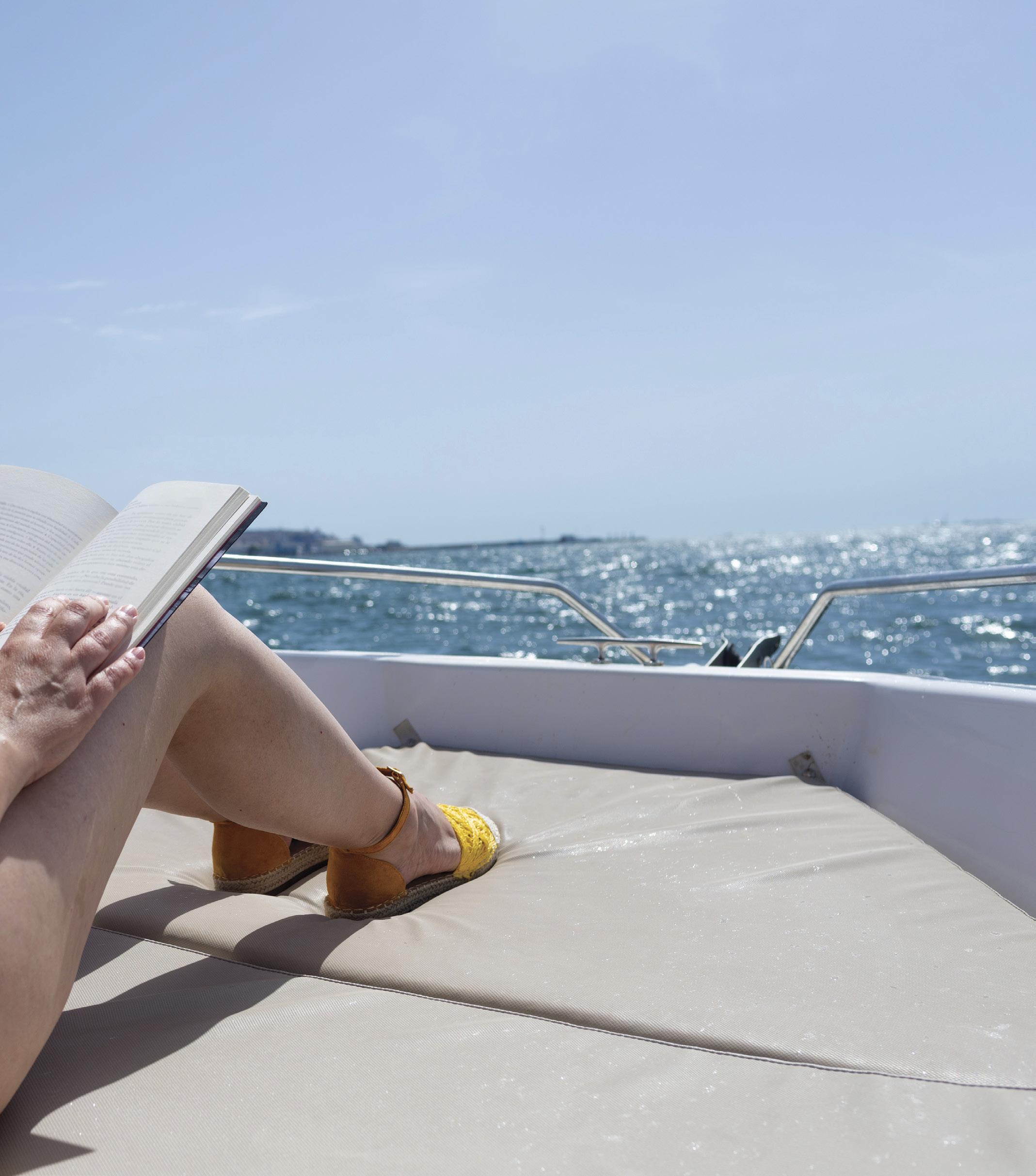



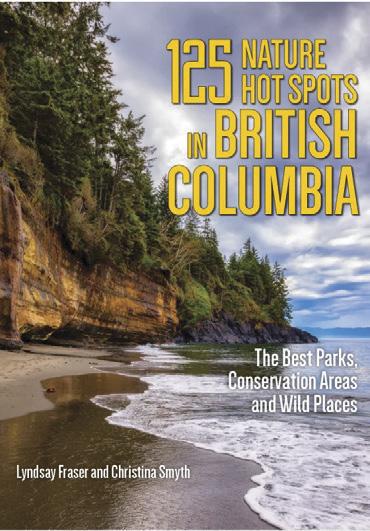



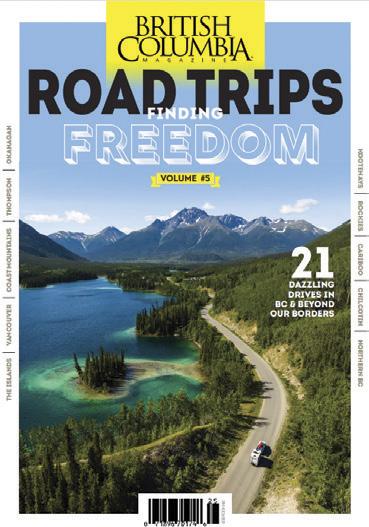
MEENA MANN | 604.559.9052 | MEENA@PACIFICYACHTING.COM JUNE 202 3 - 109 ON BOARD READING VISIT OUR BOOKSTORE FOR MORE GREAT READING! PACIFICYACHTING.COM/BOOKSTORE | 1-800-663-7611 FOR THE ADVENTURER FOR THE NATURE LOVER

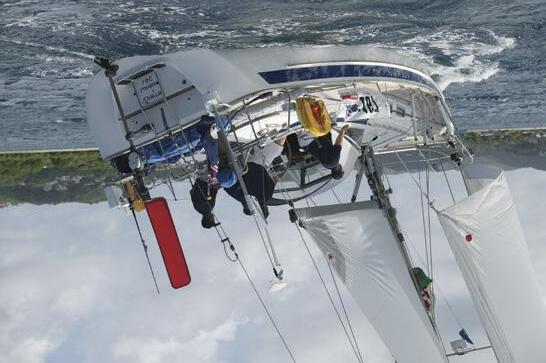









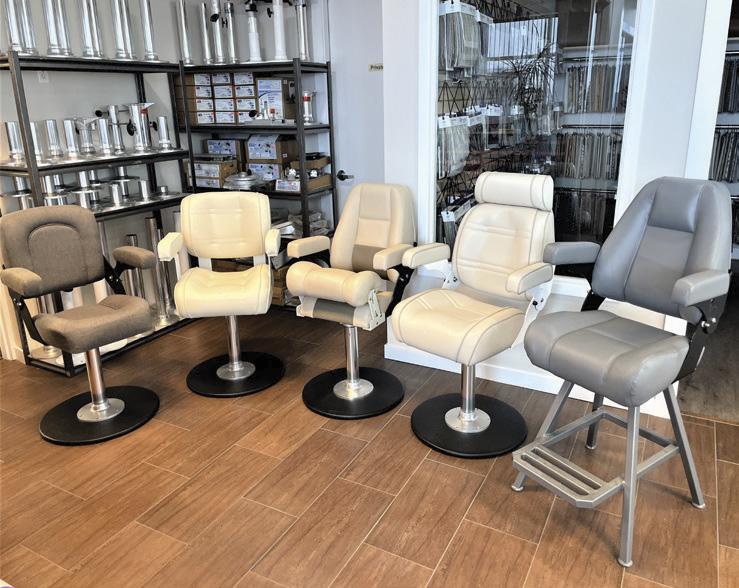

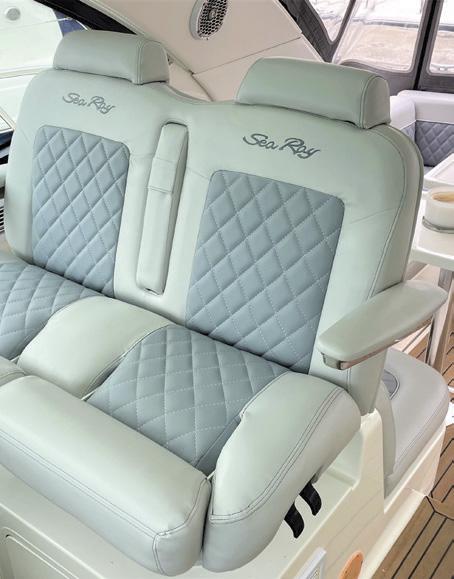

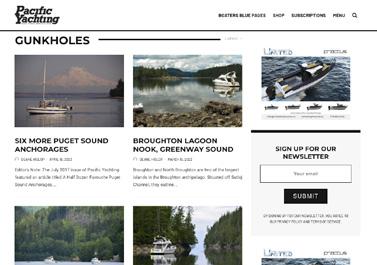
MEENA MANN | 604.559.9052 | MEENA@PACIFICYACHTING.COM Winning Windvane! With Hydrovane: Your Independent Self Steering Windvane AND Emergency Rudder Your best crew ...steers 24/7 Have con dence for all scenarios Install o center, with davits & gear FEEL THE FREEDOM PANDA 34 JEANNEAU SO 43 HALLBERG RASSY 39 RUSTLER 36 HYDROVANE STEERING THE DREAM Hydrogenerator DELIVERIES MARINE TITLES (CANADA) LTD. A complete Marine documentation and Licensing company. E-mail: marinetitlesltd@telus.net 400-1681 Chestnut St. Vancouver, B.C. V6J 4M6 Tel: 604-736-3377 TRADES & SERVICES POWERBOAT, MOTORSAILOR DELIVERIES Maine-Alaska (SE,Gulf,PWS), Panama, China. U.S. West Coast. Electronic Chartplotting, EXPERT: picking weather, bar crossings (2000+), wintertime, North Pacific. USCG Master. 45+ years experience Mike Maurice +1-503-310-7590 www.yachtsdelivered.com local community of sailors with disabilities and receive a tax receipt for its full market value. We call that a win-win. All boat sale proceeds directly support the Adaptive Sailing Association of BC Learn more at www.asabc.org/breeze Donate your boat in support of our local community of sailors with disabilities and receive a tax receipt for its full market value. We call that a win-win. All boat sale proceeds directly support the Adaptive Sailing Association of BC UNIT # 1A - 15050 54A AVE., SURREY, BC V3S 5X7 WITHIN GREATER VANCOUVER: 604-595-5075 Exterior Helmsman Seats, Seats, Flip Back Seats, SEATING BEDDING ON MARKET WWW.RCB.CA INFO@RCB.CA 1-877-887-6887
ALSO DO CUSTOM LOGOS
IN YOUR UPHOLSTERY AT THE END OF THIS SEASON AND WE WILL STORE AND HAVE IT READY FOR NEXT SPRING FINEST MARINE UPHOLSTERY THAT FITS! UNIT # 1A - 15050 54A AVE., SURREY, BC V3S 5X7 WITHIN GREATER VANCOUVER: 604-595-5075 Exterior Helmsman Seats, Back Seats, SEATING BEDDING ON WWW.RCB.CA INFO@RCB.CA 1-877-887-6887
DO CUSTOM LOGOS
IN YOUR UPHOLSTERY
THE END OF THIS SEASON AND
IT
FOR NEXT SPRING FINEST MARINE UPHOLSTERY THAT FITS! MARINE UPHOLSTERY SPECIALIST WE ALSO DO CUSTOM LOGOS MARINE • AUTOMOTIVE • COMMERCIAL • RESIDENTIAL 110 - JUNE 2023 Visit PY Online pacificyachting.com
WE
BRING
WE ALSO
BRING
AT
WE WILL STORE AND HAVE
READY
2021 35’ PURSUIT OS 355 – INSANE!, “AS NEW”, TWIN Yamaha XTO Digital 425’s (130 hours w/ 100 service complete), Joystick control, Fisher Panda Genset, Watermaker, Full Garmin Pack, Downriggers, AC/

CAD

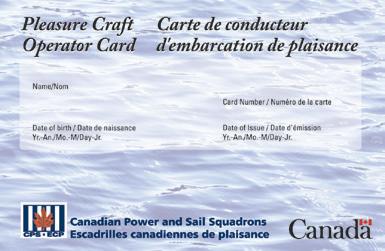



PRIDE KEPT, COCKPIT FULL ENCLOSURE, ALL OPTIONS including custom match teak upgrades. Yamaha 200 Hp.w/ only 379 hours! Yamaha 9.9 Kicker, Full Garmin pack, Rocna, Webasto heat and more!!!
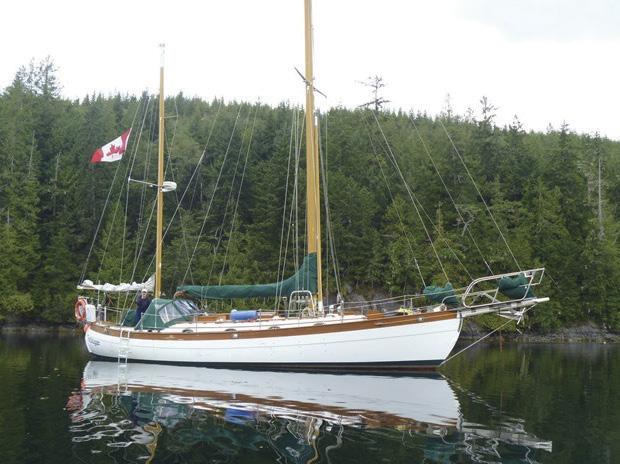
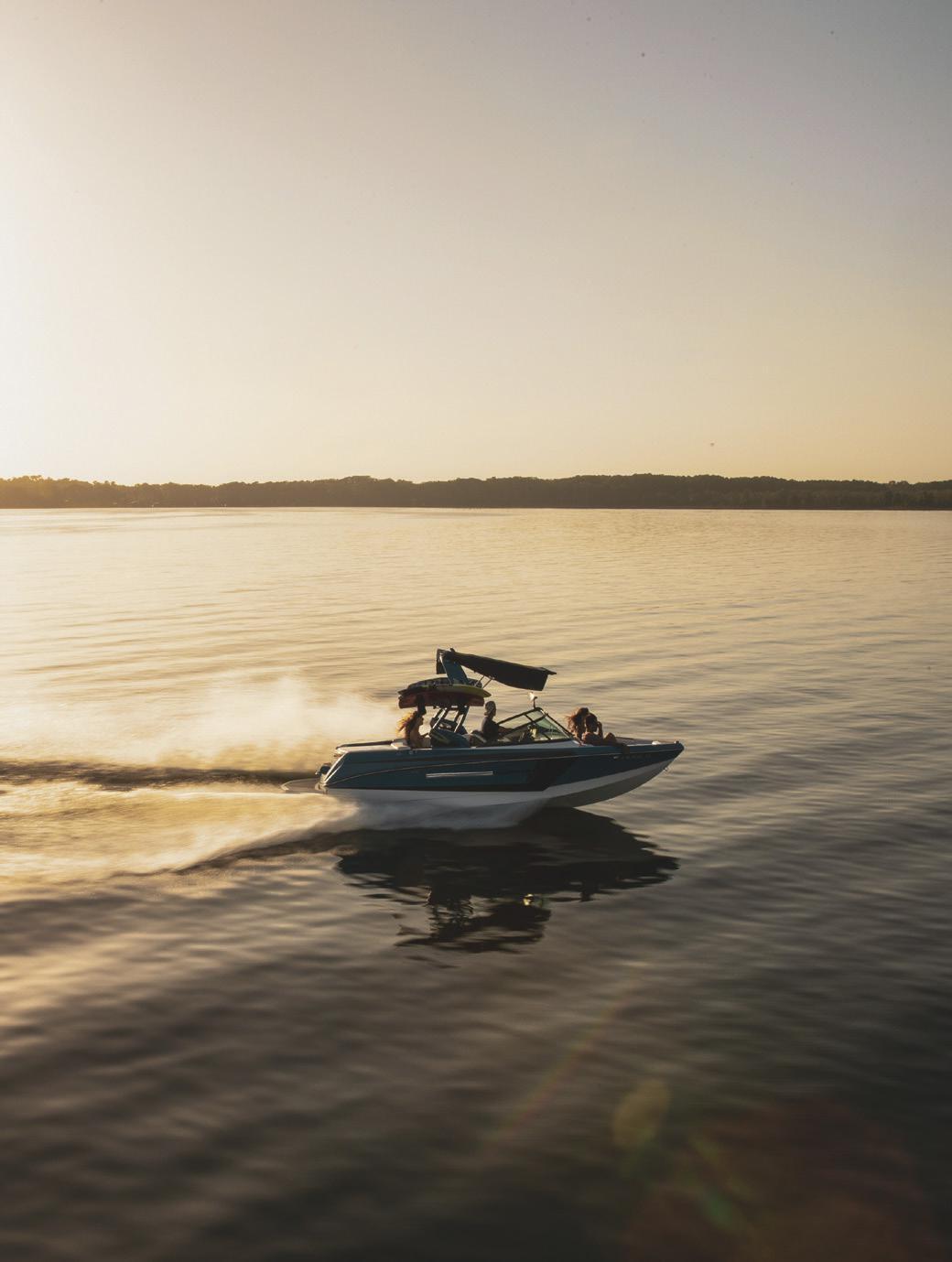
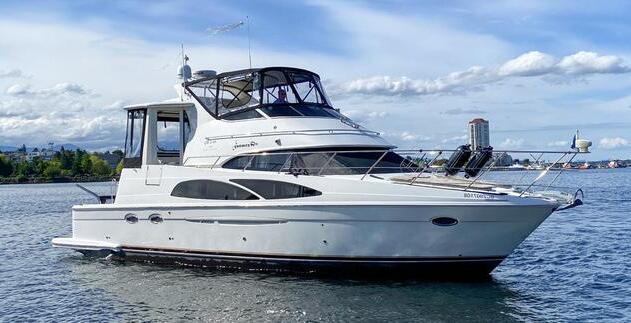

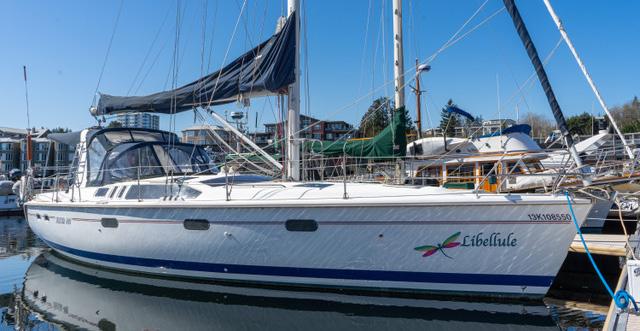

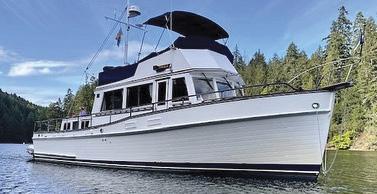
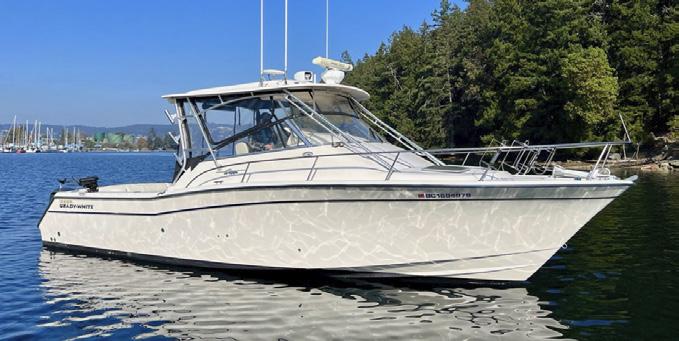
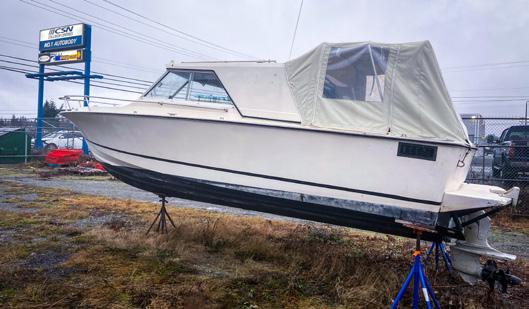
MEENA MANN | 604.559.9052 | MEENA@PACIFICYACHTING.COM JUNE 202 3 - 111 BOATS FOR SALE ZETA 24 FOR SALE 350 Chevy, 280 Volvo leg rebuilt 2022, good running condition, fully loaded, asking $17,500 CAD. Call 250-594-4049 WE SPECIALIZE IN CROSS BORDER SALES! 250-755-5887 VIEW OUR FEATURED VESSELS AND MORE AT CHARLESDAVIDYACHTS.COM We have qualified power & sail buyers looking now! Get your vessel SOLD & list with us today! Charles David Y achts 1996 32’ NORDIC TUG – Cummins Diesel, BOW Thruster, Wonderful layout, Solar, NEW Lowrance HDS12 Chartplotter, Radar, Autopilot, RIB Tender package and more $189,000 CAD 1973 42’ GRAND BANKS (FIBREGLASS) – CLEAN, MAINTAINED & WONDERFULLY UPDATED! Twin Lehman’s, FULL WINTER COVER, many systems upgraded including genset, Simrad Electronics and nice RIB Tender Package - Must be seen in person! $154,000 CAD 1998 43’ SAGA – Rare & Reputable - Proven offshore traveler, Bob Perry designed, Built in Canada. Re-powered with Yanmar 54 Hp (2013), Rigging (2018), OC Tender package, Watermaker, Planar Diesel heat (2021) and more! $249,000 CAD 2017 24’ RANGER TUG WITH TRAILER – Stunning GREY (unpainted bottom!), OWNER PRIDE KEPT, COCKPIT FULL ENCLOSURE, ALL OPTIONS including custom match teak upgrades. Yamaha 200 Hp.w/ only 379 hours! Yamaha 9.9 Kicker, Full Garmin pack, Rocna, Webasto heat and more!!! $187,000 CAD 2021 35’ PURSUIT OS 355 – INSANE!, “AS NEW”, TWIN Yamaha XTO Digital 425’s (130 hours w/ 100 service complete), Joystick control, Fisher Panda Genset, Watermaker, Full Garmin Pack, Downriggers, AC/ Heat, Beautiful “Nautilus’ Interior - Save Over New! $799,000 CAD 2004 35’ Maxum 3500 SY 1969 32’ Grand Banks Trawler 33’ 2002 Grady White 330 Express - TWIN 2015 YAMAHA 300’s RE-POWER (104 hours!!!), BOW-THRUSTER, Upgraded Lowrance Chartplotter, Full Galley Pack, Scott Downriggers, Honda Genset, Seeps 4!, - Hauled & Enginers dealer serviced in Sept 2022! $235,000 CAD WE SPECIALIZE IN CROSS BORDER SALES! 250-755-5887 VIEW OUR FEATURED VESSELS AND MORE AT CHARLESDAVIDYACHTS.COM We have qualified power & sail buyers looking now! Get your vessel SOLD & list with us today! Charles David Y achts 1996 32’ NORDIC TUG – Cummins Diesel, BOW Thruster, Wonderful layout, Solar, NEW Lowrance HDS12 Chartplotter, Radar, Autopilot, RIB Tender package and more 1973 42’ GRAND BANKS (FIBREGLASS) – CLEAN, MAINTAINED & WONDERFULLY UPDATED! Twin Lehman’s, FULL WINTER COVER, many systems upgraded including genset, Simrad Electronics and nice RIB Tender Package - Must be seen in person! $154,000 CAD 1998 43’ SAGA – Rare & Reputable - Proven offshore traveler, Bob Perry designed, Built in Canada. Re-powered with Yanmar 54 Hp (2013), Rigging (2018), OC Tender package, Watermaker, Planar Diesel heat (2021) and more! 2017 24’ RANGER TUG WITH TRAILER – Stunning GREY (unpainted bottom!), OWNER PRIDE KEPT, COCKPIT FULL ENCLOSURE, ALL OPTIONS including custom match teak upgrades. Yamaha 200 Hp.w/ only 379 hours! Yamaha 9.9 Kicker, Full Garmin pack, Rocna, Webasto heat and more!!! 2021 35’ PURSUIT OS 355 – INSANE!, “AS NEW”, TWIN Yamaha XTO Digital 425’s (130 hours w/ 100 service complete), Joystick control, Fisher Panda Genset, Watermaker, Full Garmin Pack, Downriggers, AC/ Heat, Beautiful “Nautilus’ Interior - Save Over New! $799,000 CAD 2004 35’ Maxum 3500 SY 1969 32’ Grand Banks Trawler SALE PENDING WE SPECIALIZE IN CROSS BORDER SALES! 250-755-5887 VIEW OUR FEATURED VESSELS AND MORE AT CHARLESDAVIDYACHTS.COM We have qualified power & sail buyers looking now! Get your vessel SOLD & list with us today! Charles David Y achts 1996 32’ NORDIC TUG – Cummins Diesel, BOW Thruster, Wonderful layout, Solar, NEW Lowrance HDS12 Chartplotter, Radar, Autopilot, RIB Tender package and more $189,000 CAD 1973 42’ GRAND BANKS (FIBREGLASS) – CLEAN, MAINTAINED & WONDERFULLY UPDATED! Twin Lehman’s, FULL WINTER COVER, many systems upgraded including genset, Simrad Electronics and nice RIB Tender Package - Must be seen in person! $154,000 CAD 1998 43’ SAGA – Rare & Reputable - Proven offshore traveler, Bob Perry designed, Built in Canada. Re-powered with Yanmar 54 Hp (2013), Rigging (2018), OC Tender package, Watermaker, Planar Diesel heat (2021) and more! $249,000 CAD 2017 24’ RANGER TUG WITH TRAILER – Stunning GREY (unpainted bottom!), OWNER
$187,000
Heat, Beautiful “Nautilus’ Interior - Save Over New! $799,000 CAD 2004 35’ Maxum 3500 SY 1969 32’ Grand Banks Trawler 2014 Ranger Tug R-31CB, LIKE NEW, IMMACULATE!, Low hour Volvo 300 Hp, Bow/ Stern Thrusters, Desired Northwest Package with every option. Tender Package on Seawise davit system $390,000 CAD 1998 43’ Hunter 430, CLEAN! Yanmar Diesel, Full Enclosure, Stack pack Main, HUGE layout, 2 Staterooms, 2 Heads, Stainless davits with RIB Tender Package! $125,000 CAD 2005 Hunter 41DS (Deck Salon), WOW! Fantastic layout, HUGE SALON, Two Private cabins with ensuite heads, Yanmar, Deluxe Full Enclosure, Power Main Winch, SS Davits W/ Rib Tender Package - Great Alaska Vessel! $209,000 CAD 2006 Carver 444 CMY, BOW & STERN THRUSTERS, LOW HOUR Volvo D6’s, Raymarine electronics, docking camera, two stateroom, two heads, TWO ESPAR diesel forced air heating (Flybridge/ Cockpit), A/C, heat, SAT TV, Genset, Inverter, All new batteries! $359,000 CAD Summer Smith 01/01/2020 SMI-1234 05/01/2023 GET YOUR BOATING LICENCE TODAY! BoatLicenceCanada.ca CANADA’S PLEASURE CRAFT OPERATOR CARD COURSE Course and Card $49.95 Tax Free SCAN TO LEARN MORE
Beautiful, world renowned, full keel, blue water sailing yacht; customized interior by HC and Meridien Yachts; 1800 hrs on diesel. "Trafalgar" received major upgrades in 2021. For photos, inventor y, info and viewing: Email glenrc51@telus.net Phone or text 250 902-8428 Asking $160,000
43' Hans Christian Ketch (1979)
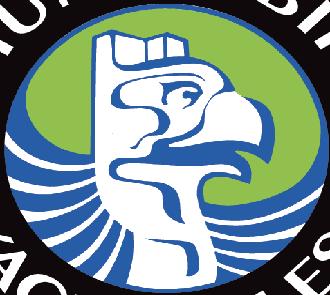
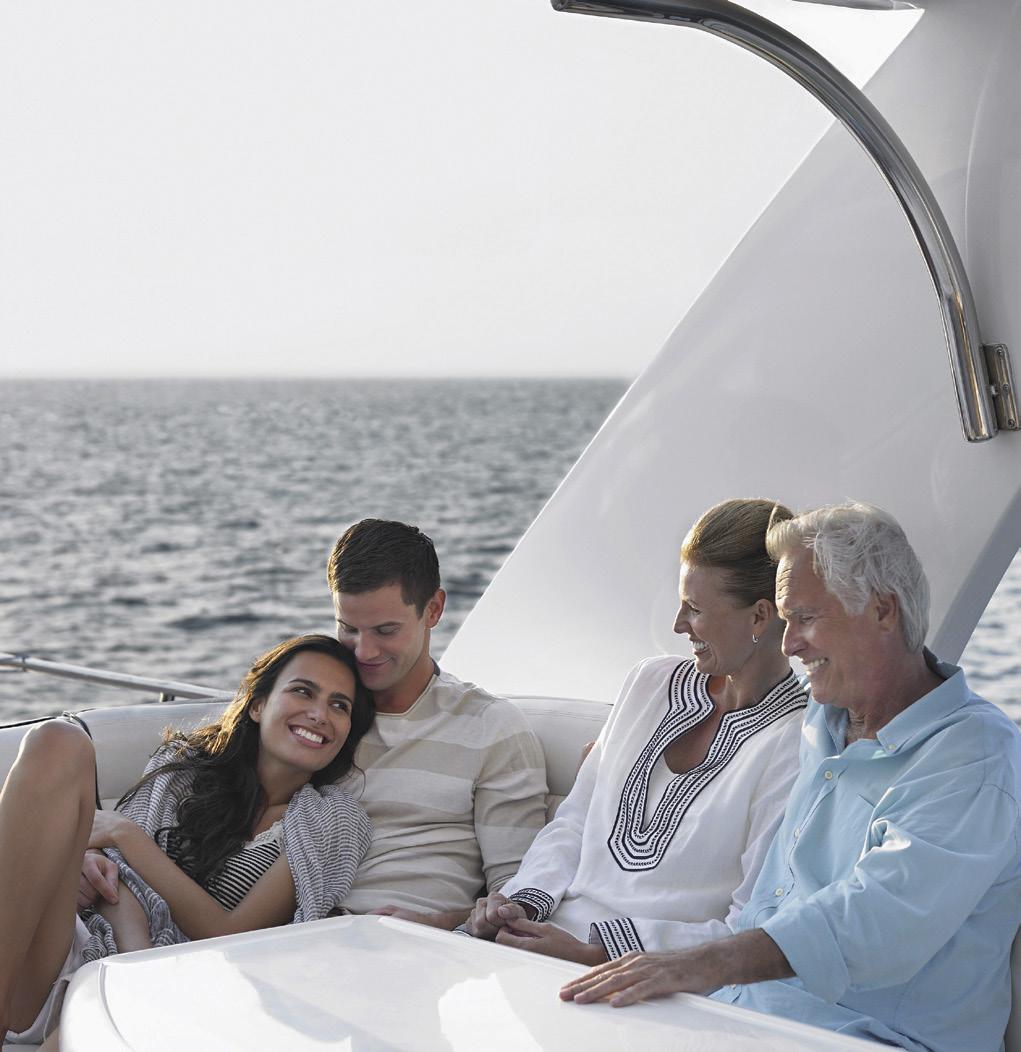
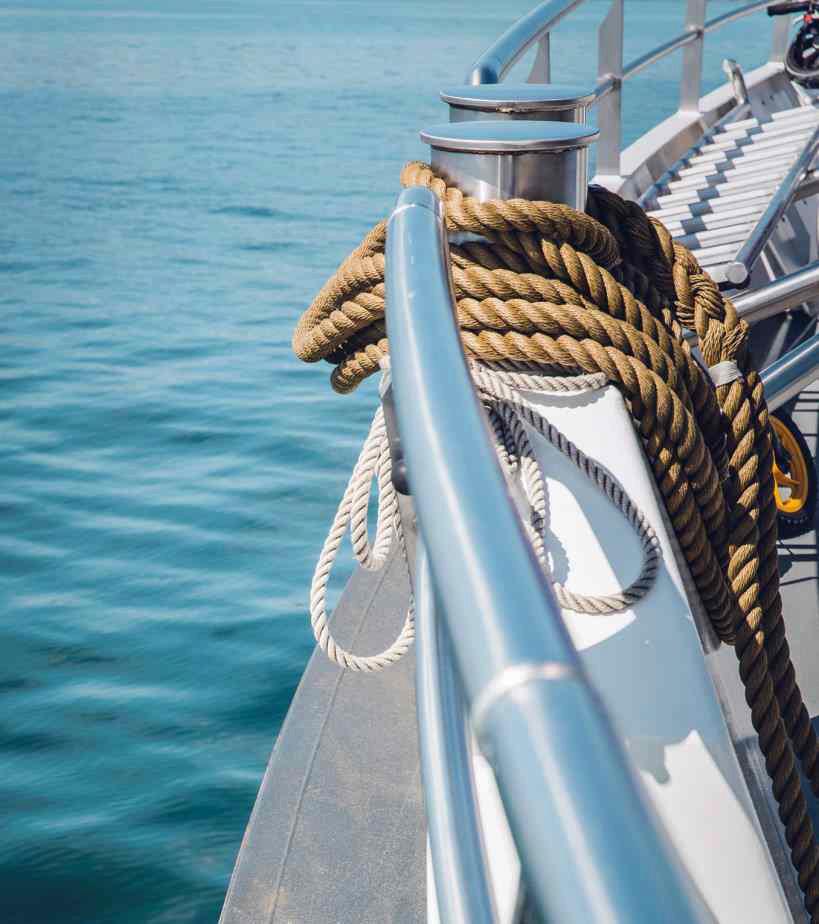
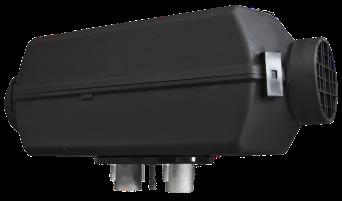

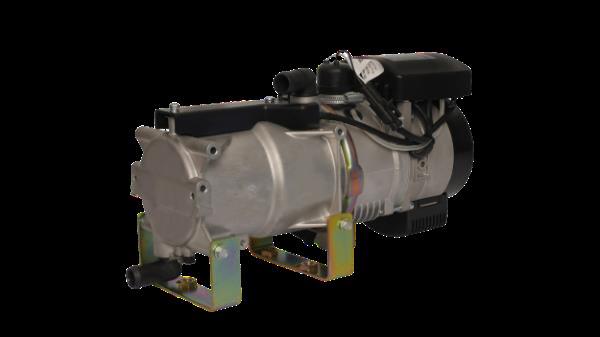



112 - JUNE 2023 BOATS FOR SALE 150 exclusive listings: www.thunderbirdmarine.com B.C.’s Largest Database of Used Boats Thunderbird Marina West Vancouver 604.921.7457 Reed Point Marina Port Moody 604.939.0499 Westport Marina Sidney Vancouver Island 250.656.5832 THUNDERBIRD YACHT SALES See us online at: PacificYachting.com Your boating community NOW WITH 8 LOCATIONS TO SERVE YOU BETTER AMC Cassells Insurance Your Marine Specialists Saving boaterS $ for over 50 yearS! Call for a FREE Quote Now! C ALL US FIRST FOR ALL YOUR INSURANCE NEEdS 4075 Cambie Street, Vancouver, BC V5Z 2X9 604-876-0126 WWW. AMCINSURANCE . CA MARINE @ AMCINSURANCE . CA INSURANCE MARINE SUPPLIES FORCED AIR HEATERS 7,000 – 27,000 BTU COOLANT HEATERS 17,000 – 100,000 BTU PLANAR DISTRIBUTION Ltd. Unit 106 18663 52 Ave, Surrey, BC V3S8E5 e: info@planarheaters.com / ph: 604 372-3222 N. AMERICAN DISTRIBUTOR OF MARINE AIR and COOLANT HEATERS planarheaters.com Extend your boating season in comfort… Canadian Power & Sail Squadrons Volunteers Teaching Safe Boating Canadian Power & Sail Squadrons Teaching Boating www.boatingcourses.ca Photo courtesy of National Safe Boating Council HAVE FUN BE SAFE TAKE A BOATING COURSE FROM CPS HAVE FUN SAFE TAKE A BOATING COURSE FROM CPS PMD-halfPG-07.qxd 12/19/06 3:43 PM Page 1 SCHOOLS & INSTRUCTION
De Groot Marine Surveyors






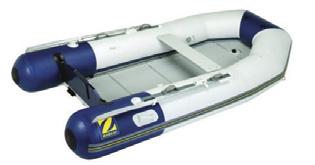

rowed ashore where I passed one end of the line around a tree. Then it was just a matter of rowing back to the big boat and tying off.
Remember Robert Redford in Butch Cassidy and the Sundance Kid?
Lois is fond of saying, “I didn’t get to be this old and not learn a thing or two,” but it turns out that rowing is not one of the things that she has learned along the way. When I got back to shore she was rowing around aimlessly, increasingly frantic, leaving me stranded on Broughton Island.
By the time she figured it out and got back to pick me up, the big boat had floated in a half circle. Half of our stern line was no longer long enough to get back aboard. What a show we were putting on for our neighbours!
Finally, out of desperation, I simply tied a knot around the tree so that we had all 300 feet of line available to us, enough to get back to the boat. The only downside was that I would have to repeat the process the next morning and hope that I could untie the knot.
By the time we got back to the boat, it had rotated a full 180 degrees but by hauling on that line I was slowly able to get it turned stern-to-shore so that it looked like we knew what we were doing.
By the time we were settled in the cockpit, our neighbours had left and we had Laura Cove all to ourselves. No need to stern tie.
SEND US YOUR STORIES!
Have a funny or interesting story? Cockpit Confession is a readersubmitted column and we are always looking for another good yarn. Send your 600-word story to editor@pacificyachting.com.

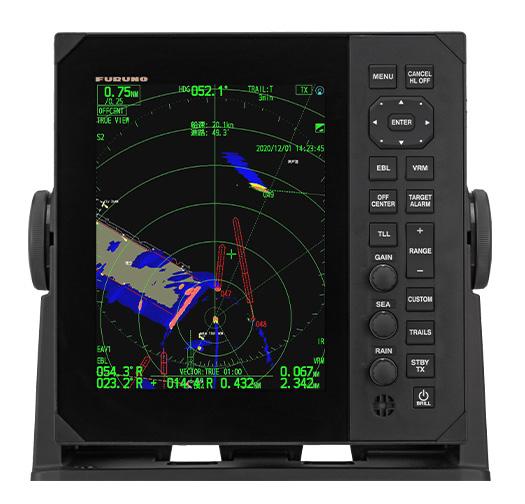


We’ll send you a T-shirt!


JUNE 2023- 113
MEENA MANN | 604.559.9052 | MEENA@PACIFICYACHTING.COM
Yacht Surveyors Since 1969 Phone 778-954-7341 bowensurveyor.degroot@gmail.com
AFFORDABLE WATERMAKERS Desalinators featuring simplicity, reliability & do-it-yourself installation kits. www.wolfwatermakers.com. 250-339-4922 WATERMAKERS LETTERING & GRAPHICS We’re Big On marine YOU r FULL S er V i C e in FL aTa BL e BOaT e XP er TS marine.S a L e S @gaC he C k PO in T CO m WWW.gaC he C k PO in T CO m P O r T CO q U i TL am 604-461-3434 1462 Mustang Place, Port Coquitlam, BC aBBOTSFO rd 604-854-3440 31926 Mercantile Way, Abbotsford, BC INFLATABLES Compatible
6710 Hardy Bay Road, Port Hardy, Email: info@strykerelectronics.com Toll Free: 1-888-839-8022 NEW Furuno FR-10 & FR-12 Radar Displays STRYKER ELECTRONICS Ltd. Sales
IN STOCK ELECTRONICS
SURVEYORS
with Furuno award-winning NXT radars
& Service of Marine Electronics
Lonely in Laura Cove
BY GORDON CURRIE
Wlast summer, there were two boats anchored and rafted together near the entrance, so we ventured further in, behind the island to the spot favoured by Easy Goin’.
a small fortune, but for now we make do with 300 feet of floating line that we keep in a plastic tub in the aft lazarette. It is bright yellow, marked in the middle with a piece of blue tape.
We got some good advice when we bought our boat: “Get where you’re going early and get the anchor down, then sit back and enjoy watching everybody else try to anchor.”
This is especially true when there is a stern tie involved.
In the January 2023 issue of PY, Deane Hislop told us about the time he and his wife had Laura Cove all to themselves. When Lois and I arrived
Because we knew that Laura Cove is a popular anchorage, we planned to stern tie. And it wasn’t our first rodeo. We have successfully stern tied many times before.

Even in the marine parks where there are chains in place, it’s a two-person job, and in remote anchorages like Laura Cove where you tie off to a tree, there is the added challenge of having to go ashore, which involves clambering over sharp rocks and slippery seaweed.
I aspire to own one of those fancy, stainless steel stern-tie reels that cost
In a perfect world, the middle of the line—the blue tape—would be placed right behind the tree leaving two lines running back to the boat where they can be snugged up and tied off to cleats on either side of the stern. Departing the next morning is then simply a matter of untying one end and reeling in the line.
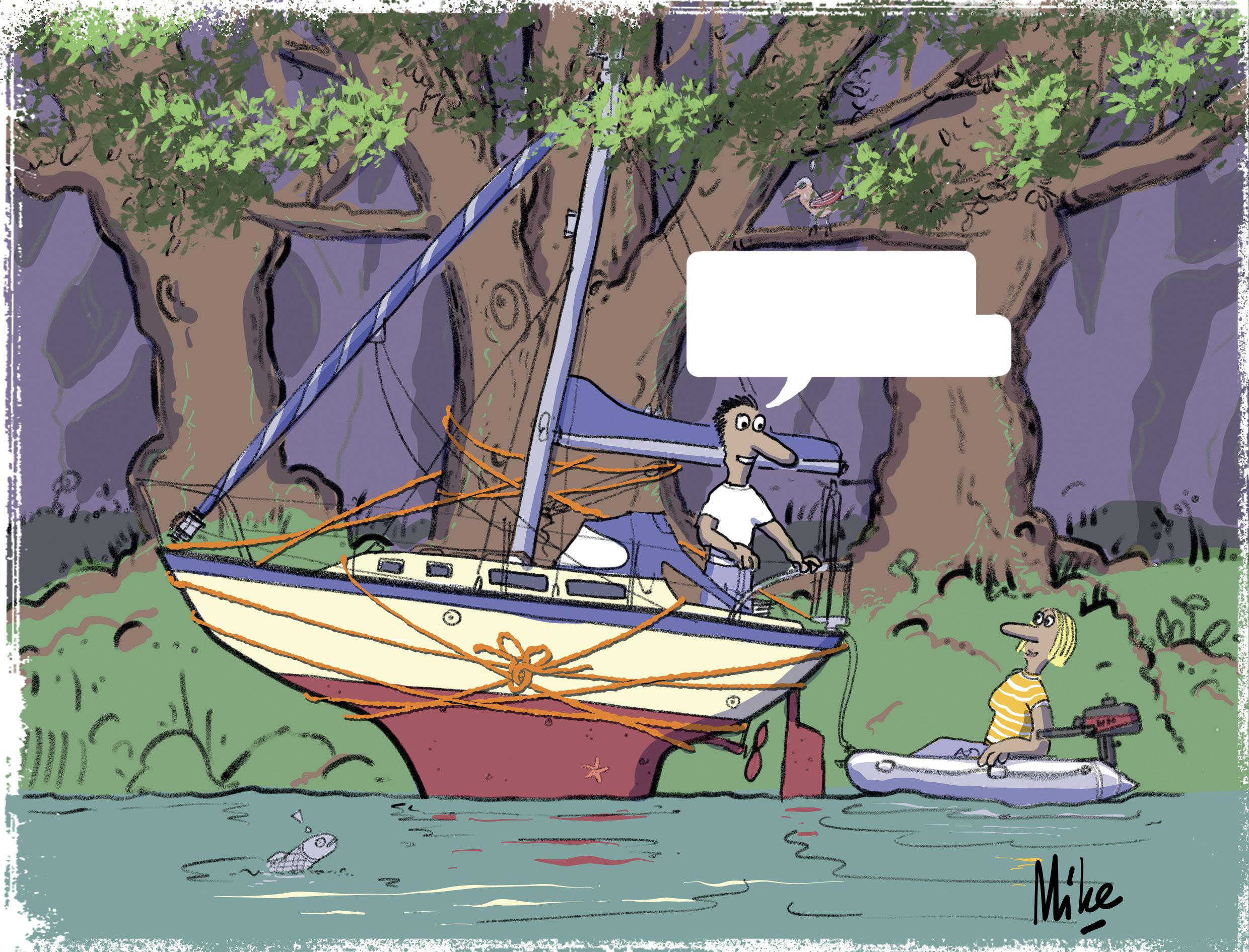
In a perfect world.
We dropped the anchor and when we were satisfied that it was properly set, we jumped in the dinghy and
Continued on page 113
Mike Mockford
114 - JUNE 2023
COLUMN COCKPIT CONFESSION
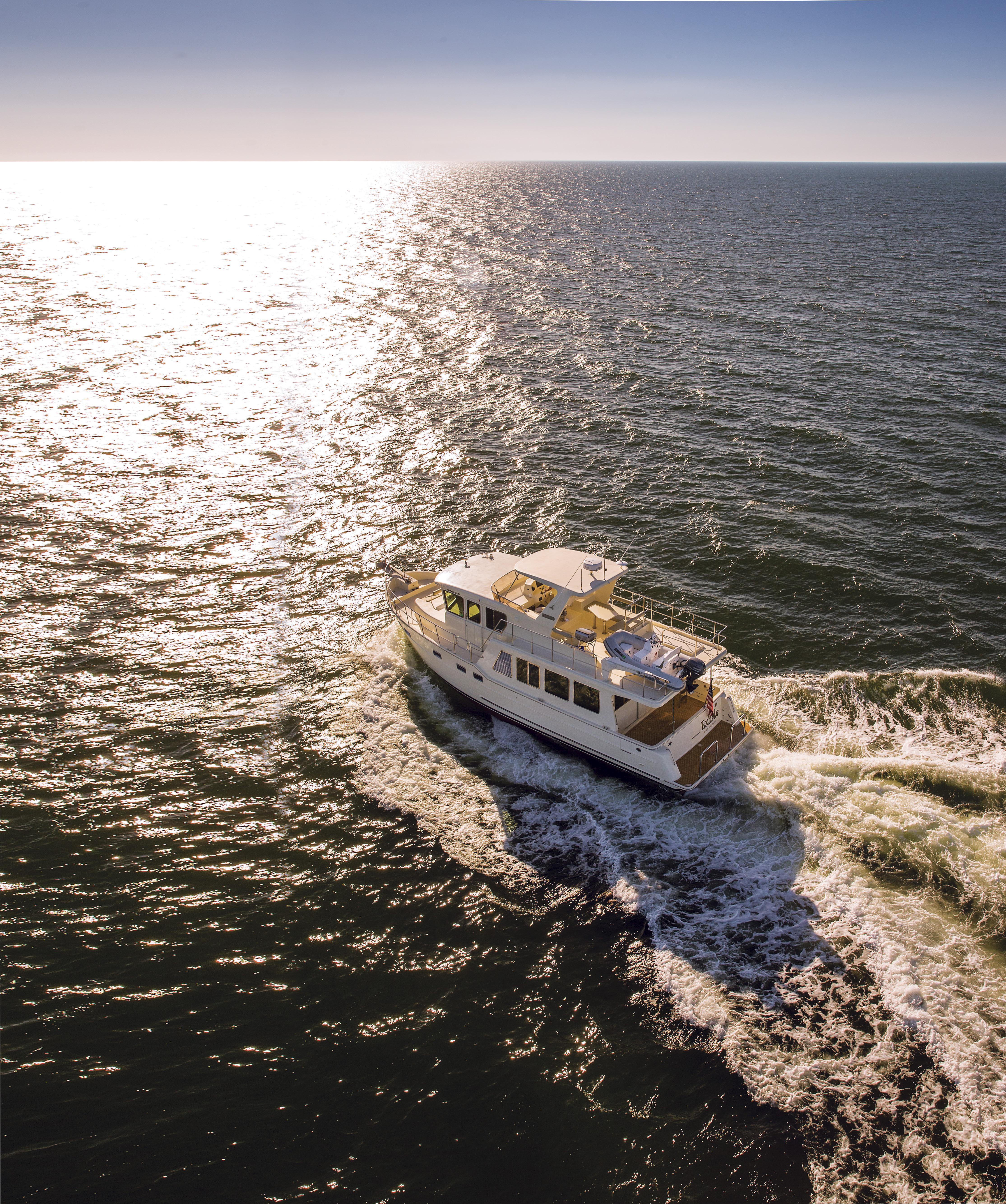


info@NorthPacificYachts.com 877-564-9989 NorthPacificYachts.com Enjoy the yachting lifestyle with all the comforts and amenities of home, wherever your adventures may take you. Proven, capable and luxurious, our vessels are built to the highest standards of quality so your precious time on the water is safe and enjoyable.
Start making your dream a reality. Let
begin…
Pictured: NPY 49′ Pilothouse
the adventure
Introducing a new marina in Pender Harbour on the Sunshine Coast!

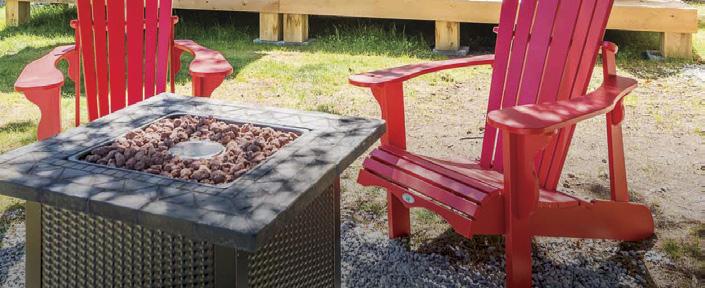

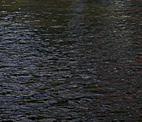
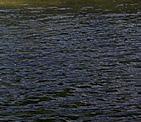



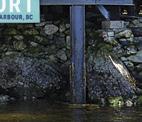
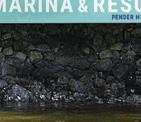
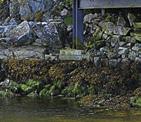
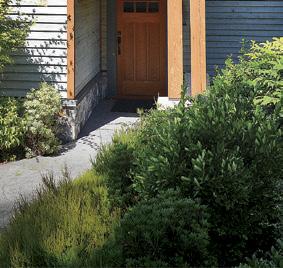
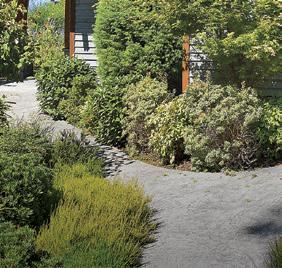
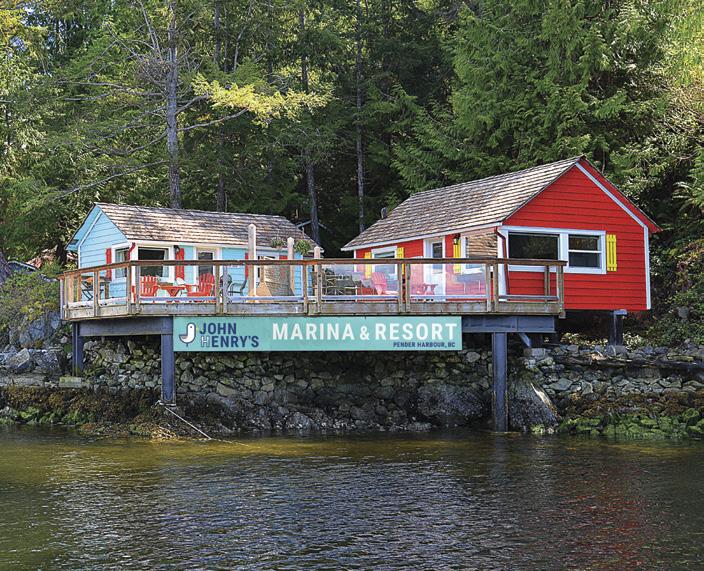
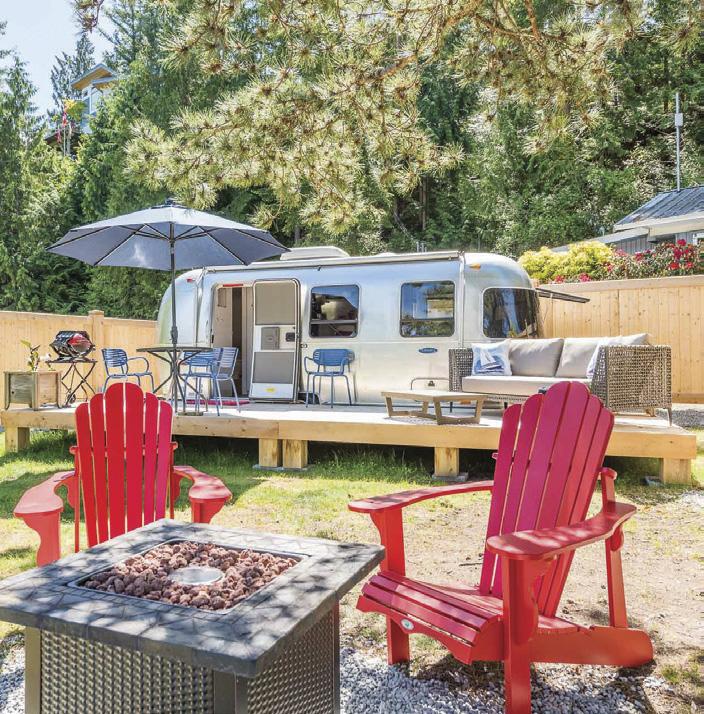
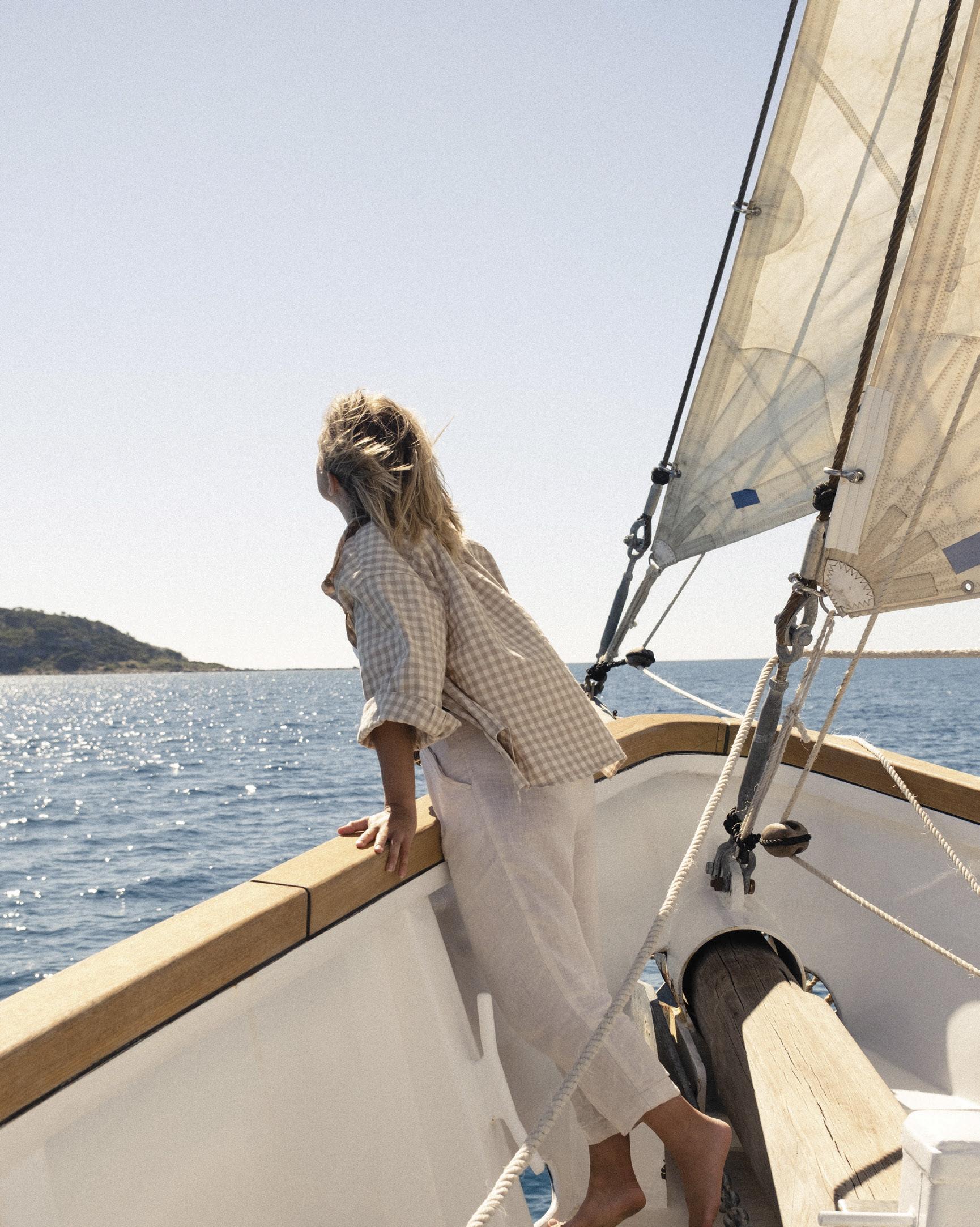
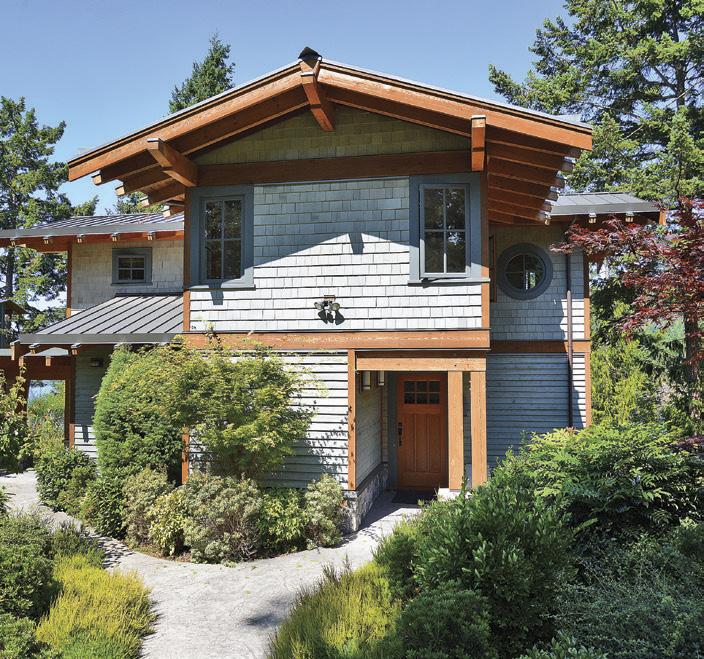
John Henry’s is building a new 40 slip marina. Located in Hospital Bay in beautiful Pender Harbour, 45 nautical miles from Vancouver, brand new slips from 32 to 80 are available for annual moorage. We’re offering the opportunity to moor your boat in one of the best boating locations in the world!
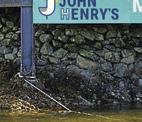

JH MARINA & RESORT INC. PO Box 68 · 4907 Pool Rd., Garden Bay BC V0N 1S0 T 604.883.2336 · Marina & Resort Office: Ext 1 Secure your slip at johnhenrys.ca
Airstream
Oceanfront
Oceanfront Cottages Luxury Rental
NEW 40 SLIP MARINA COMPLETE WITH FLOAT PLANE DOCK OCEANFRONT ACCOMMODATIONS

 By Marianne Scott
By Sam Burkhart
By Marianne Scott
By Sam Burkhart


 By Roxanne Dunn
By Roxanne Dunn
 By Nadia Dale
By Nadia Dale































































































































 Boats at anchor in Penrose State Park.
Boats at anchor in Penrose State Park.











 By Sophia Betegh GM/COO, Brian Renix, Business Development Manager, and Alex Dale Manager Technical Services, Yacht Care Systems
By Sophia Betegh GM/COO, Brian Renix, Business Development Manager, and Alex Dale Manager Technical Services, Yacht Care Systems














 Orford Bay, Bute Inlet.
Orford Bay, Bute Inlet.









 BY DAVID DOSSOR
BY DAVID DOSSOR























































































































































































































































































































































































































































































































































































































































































